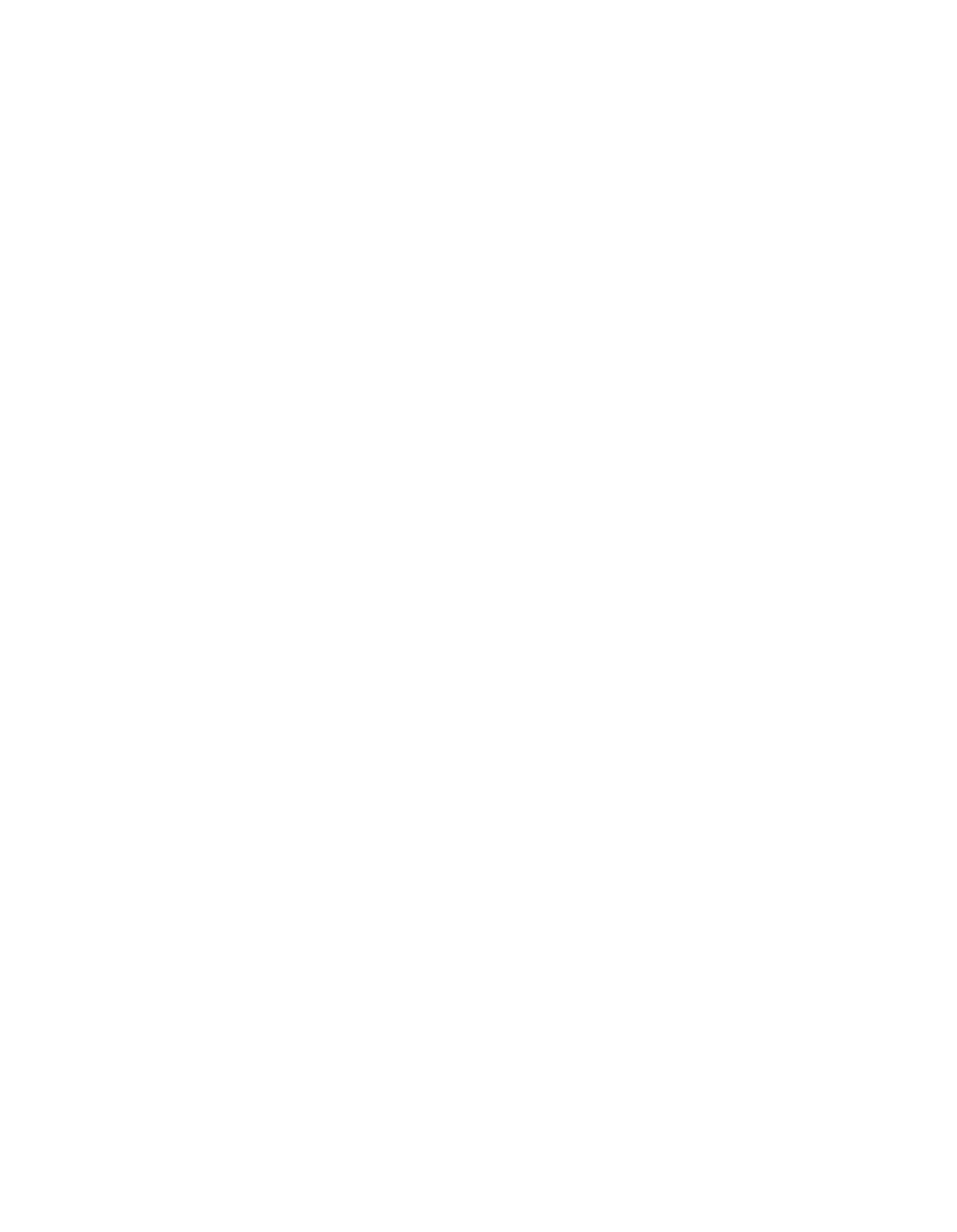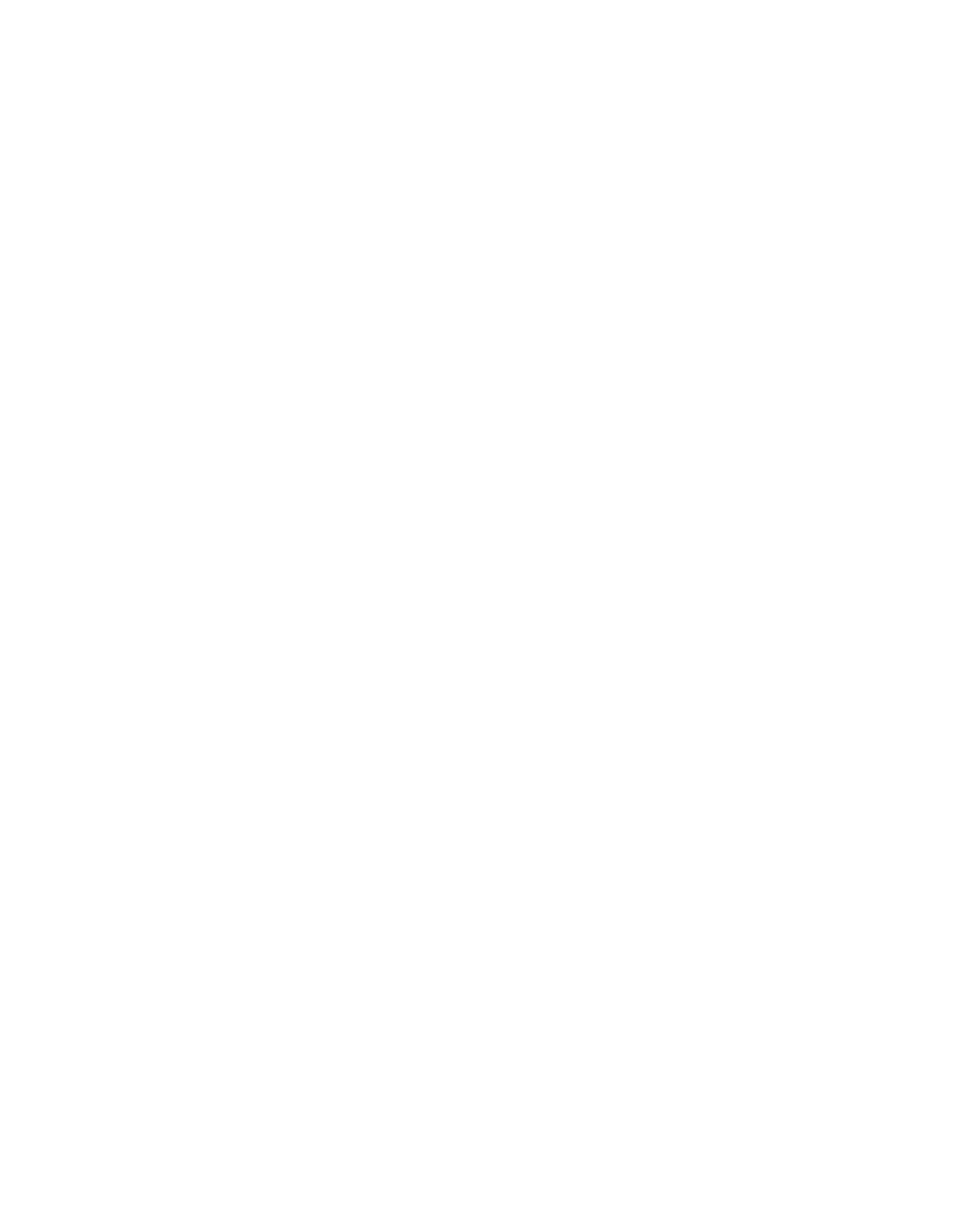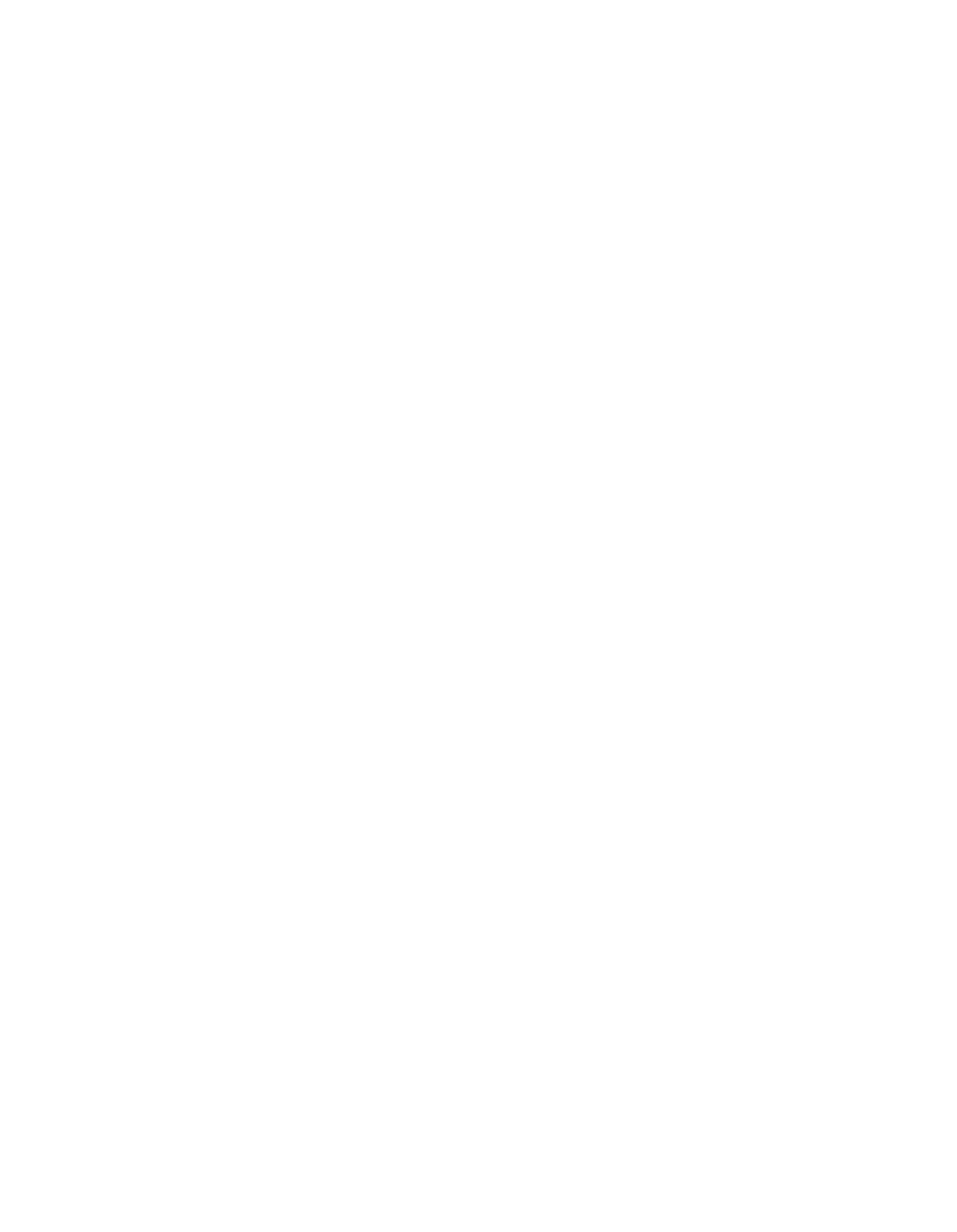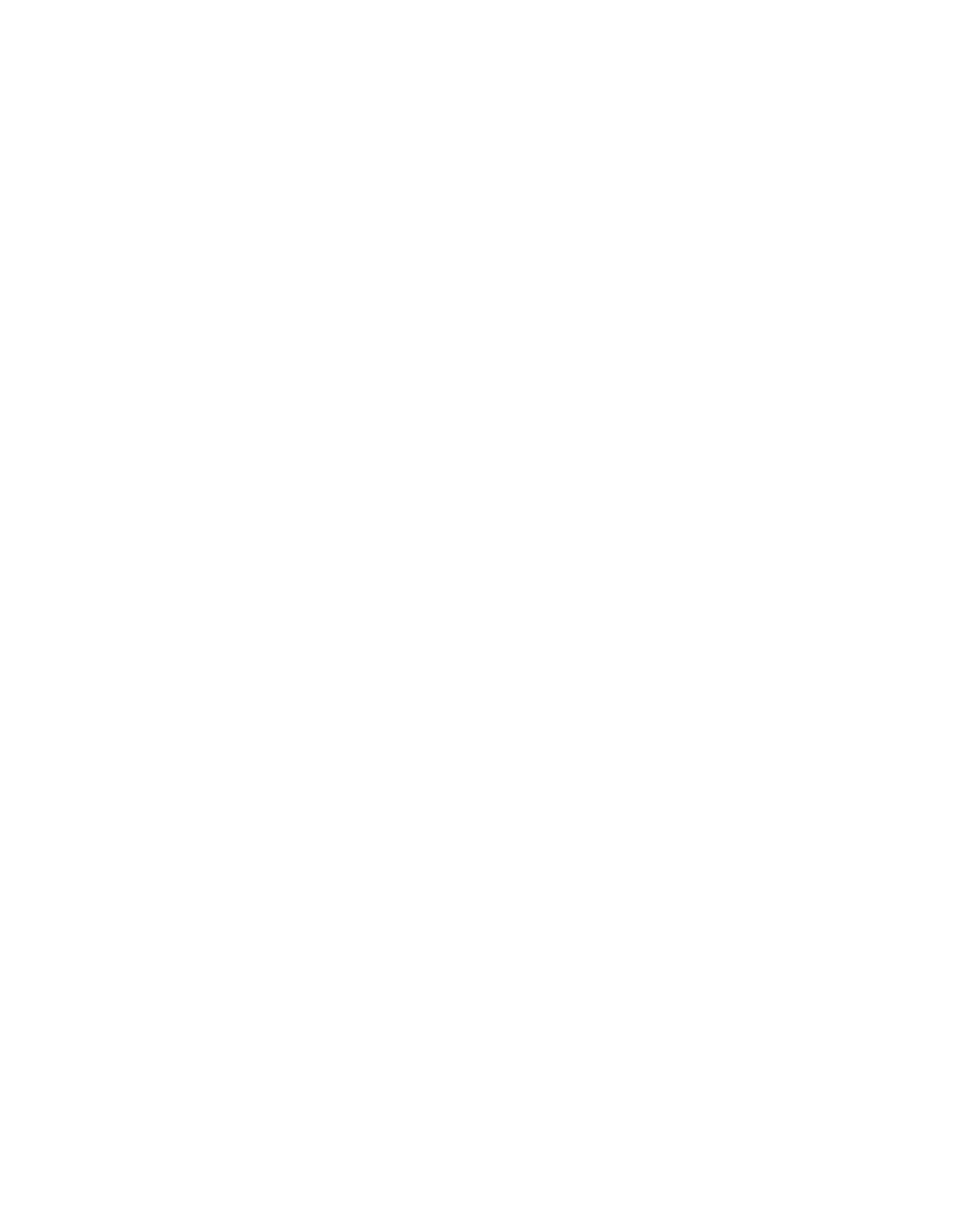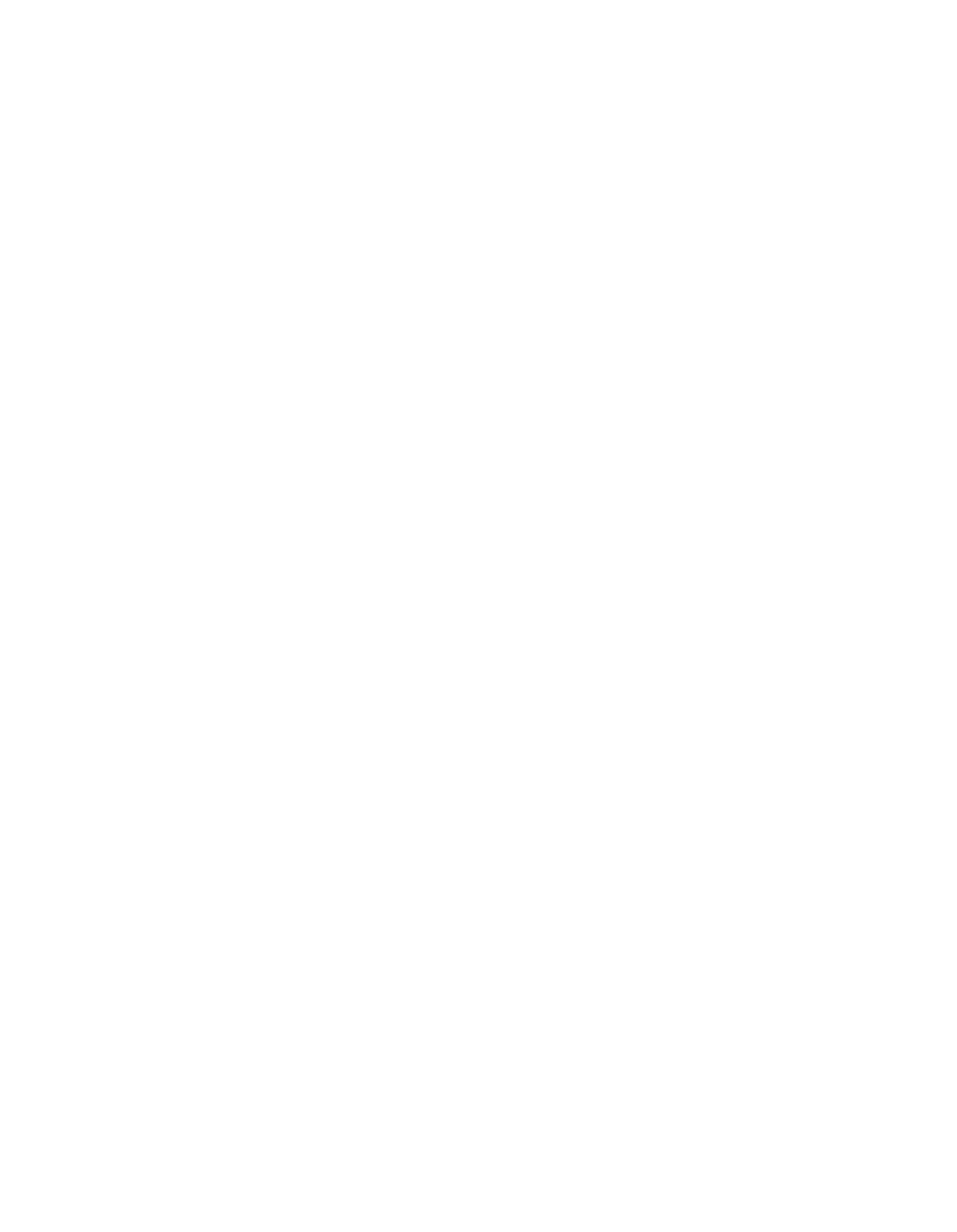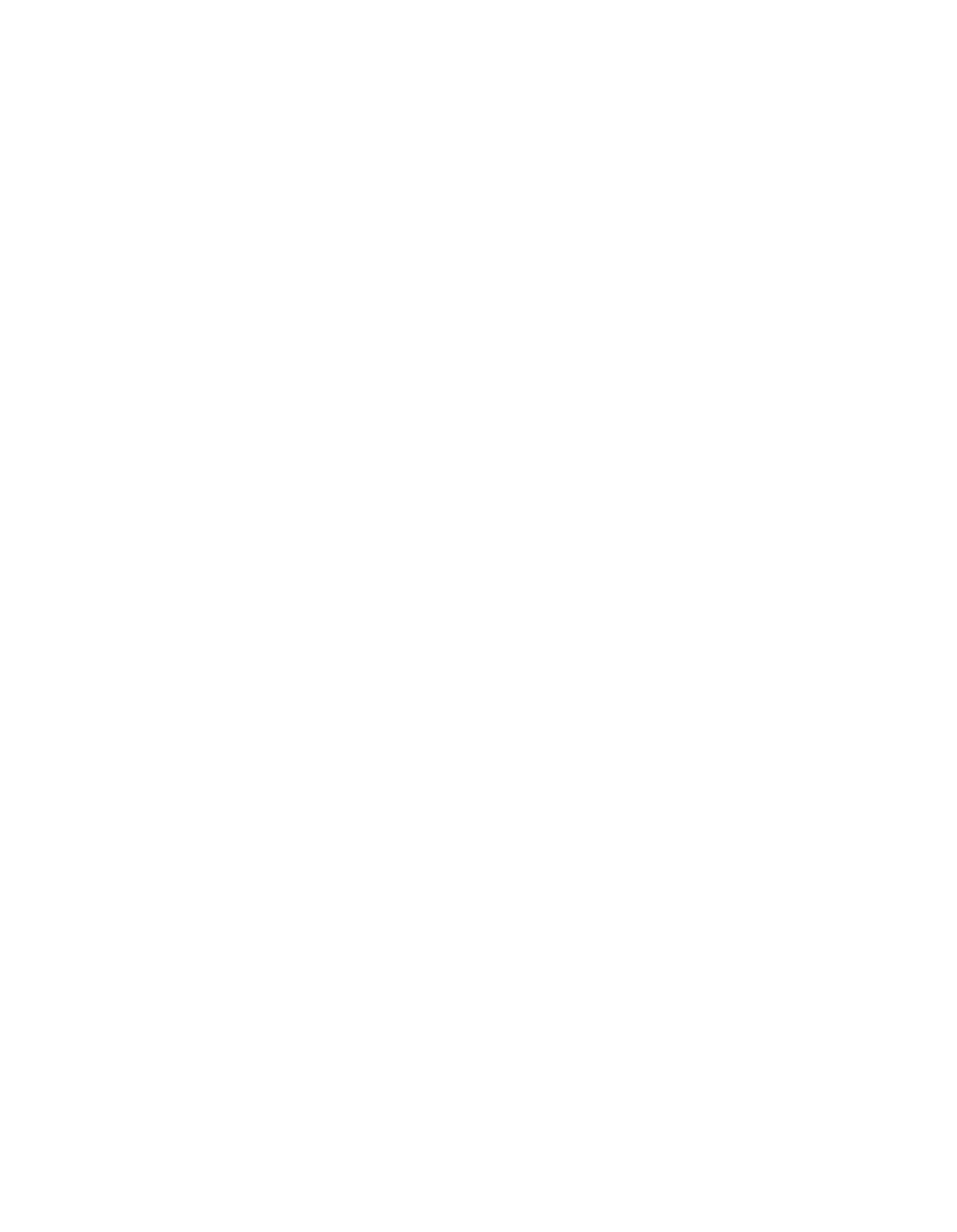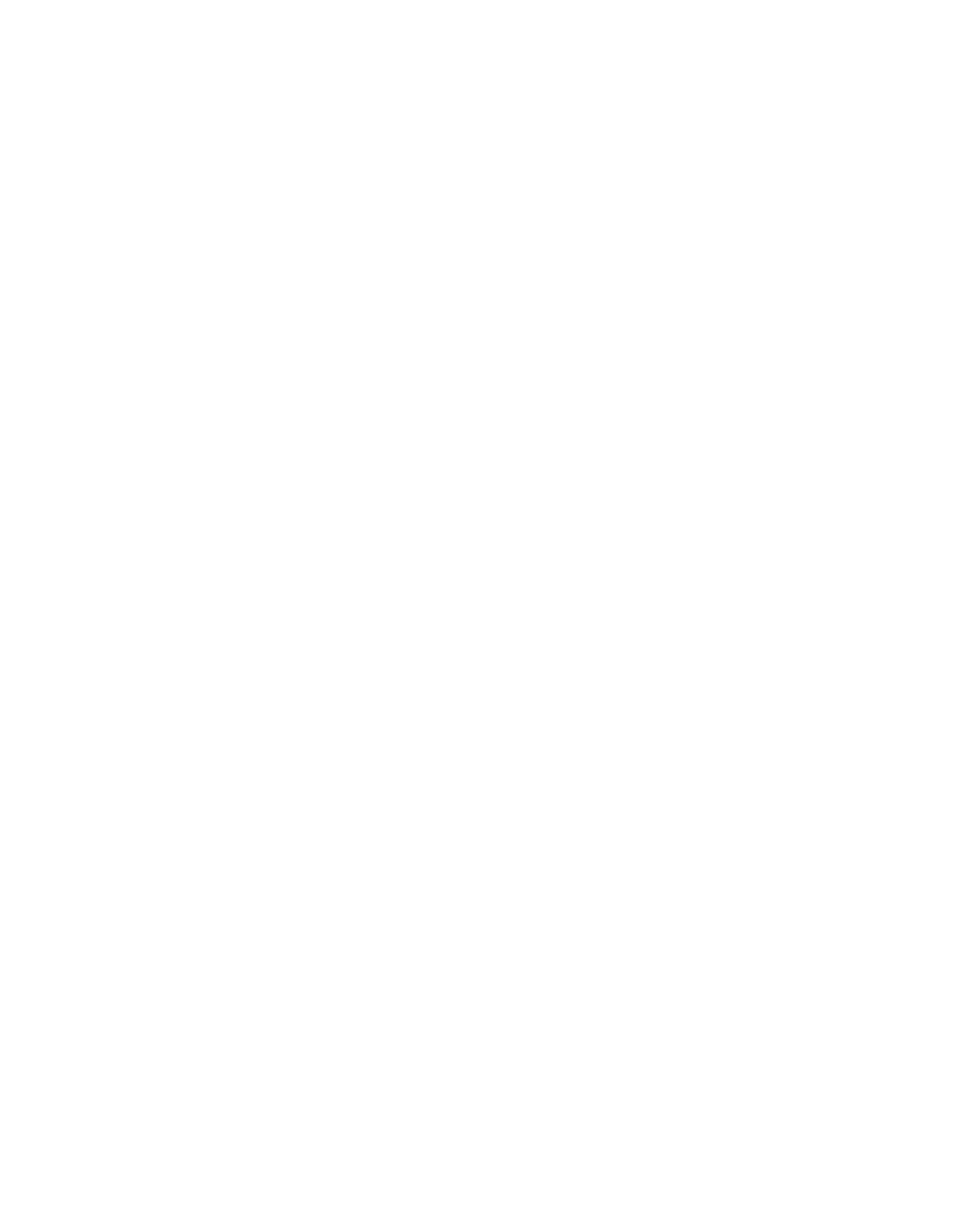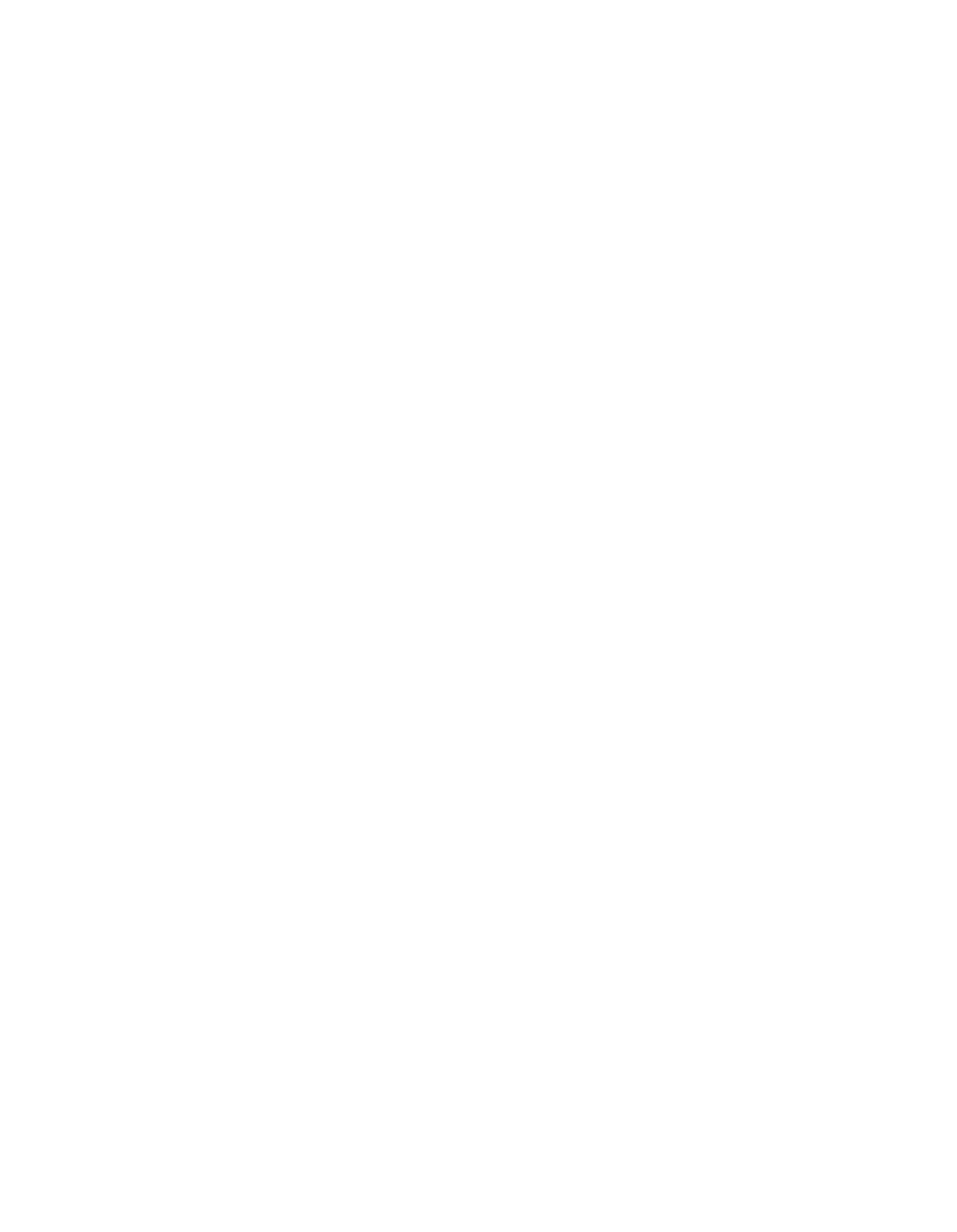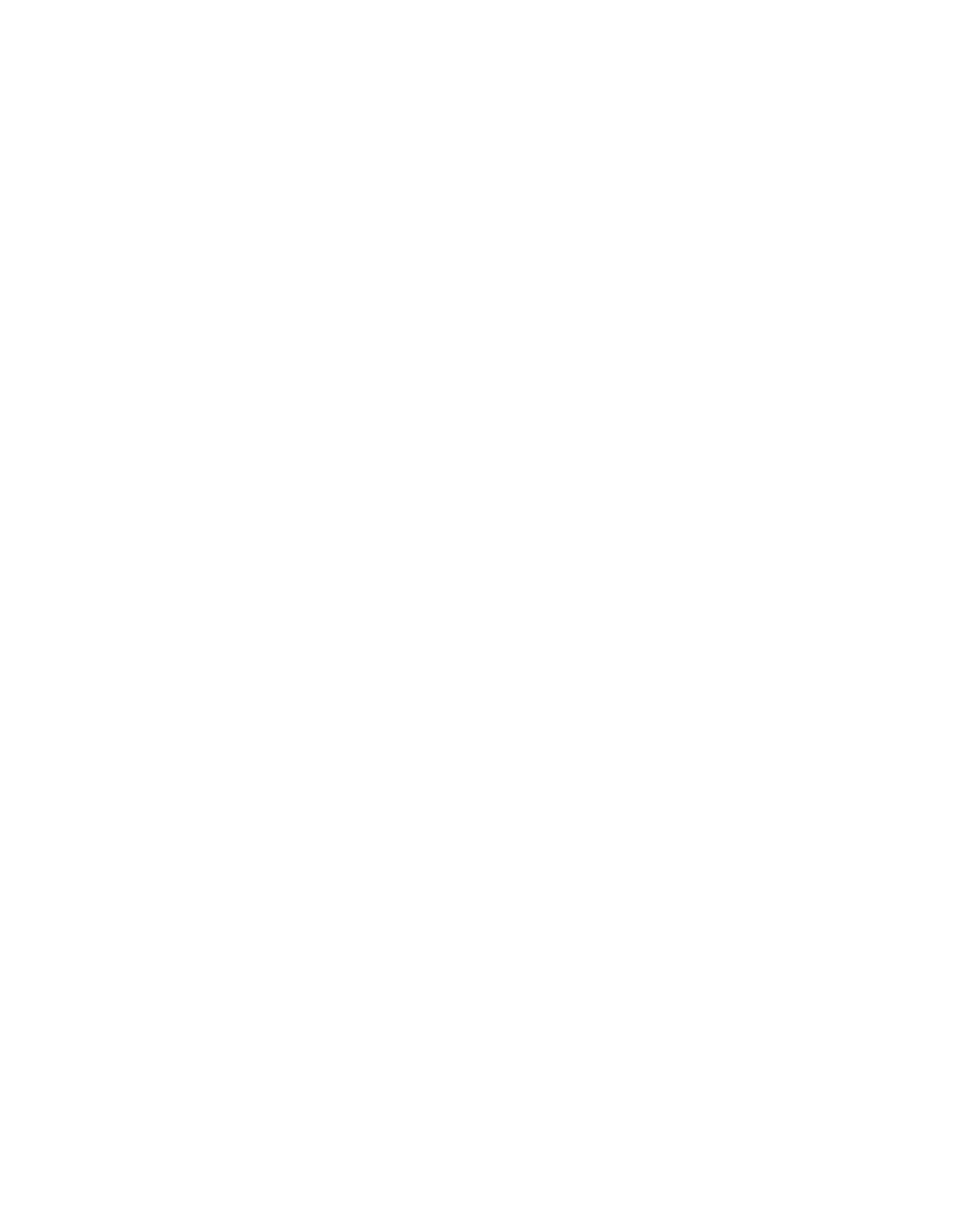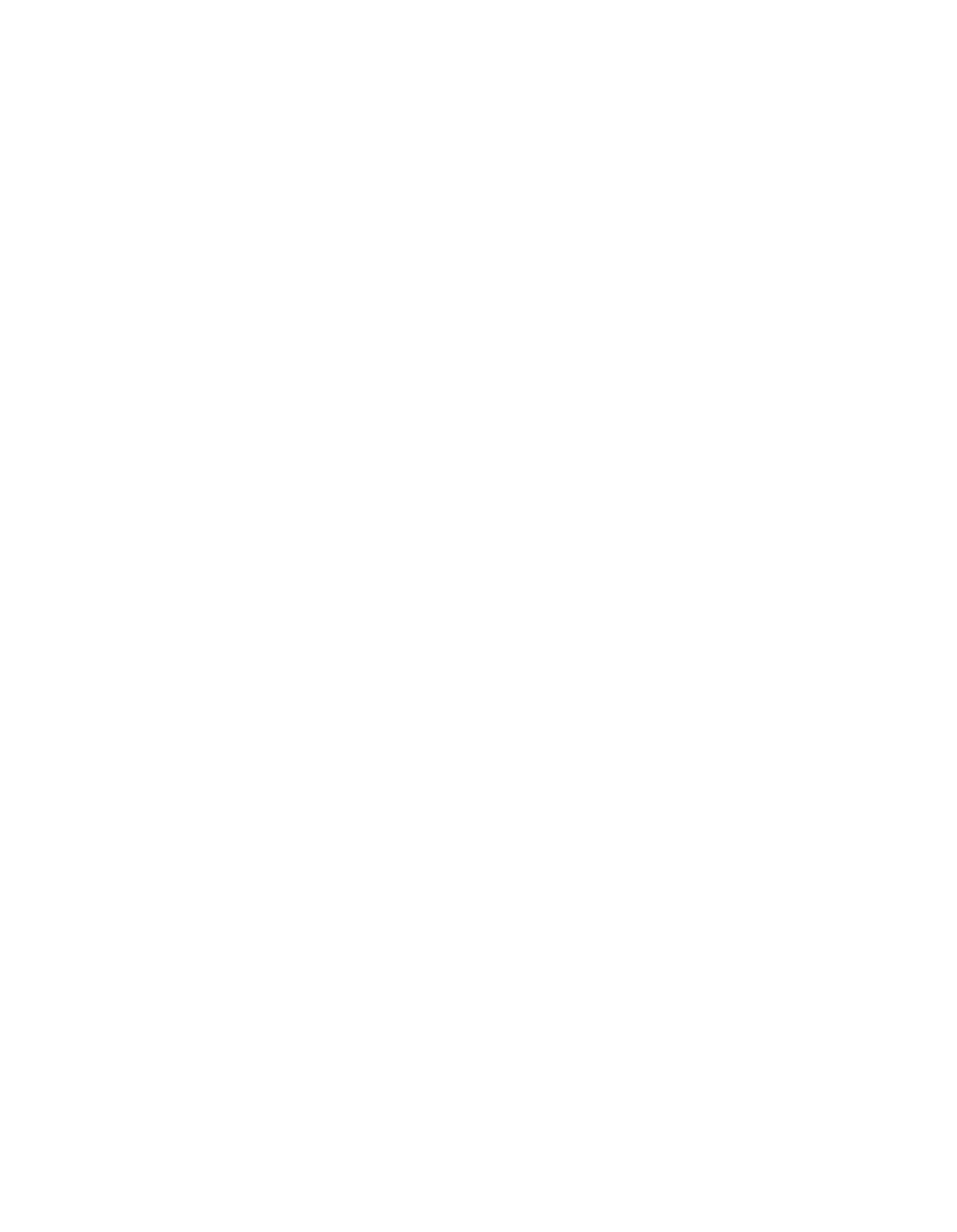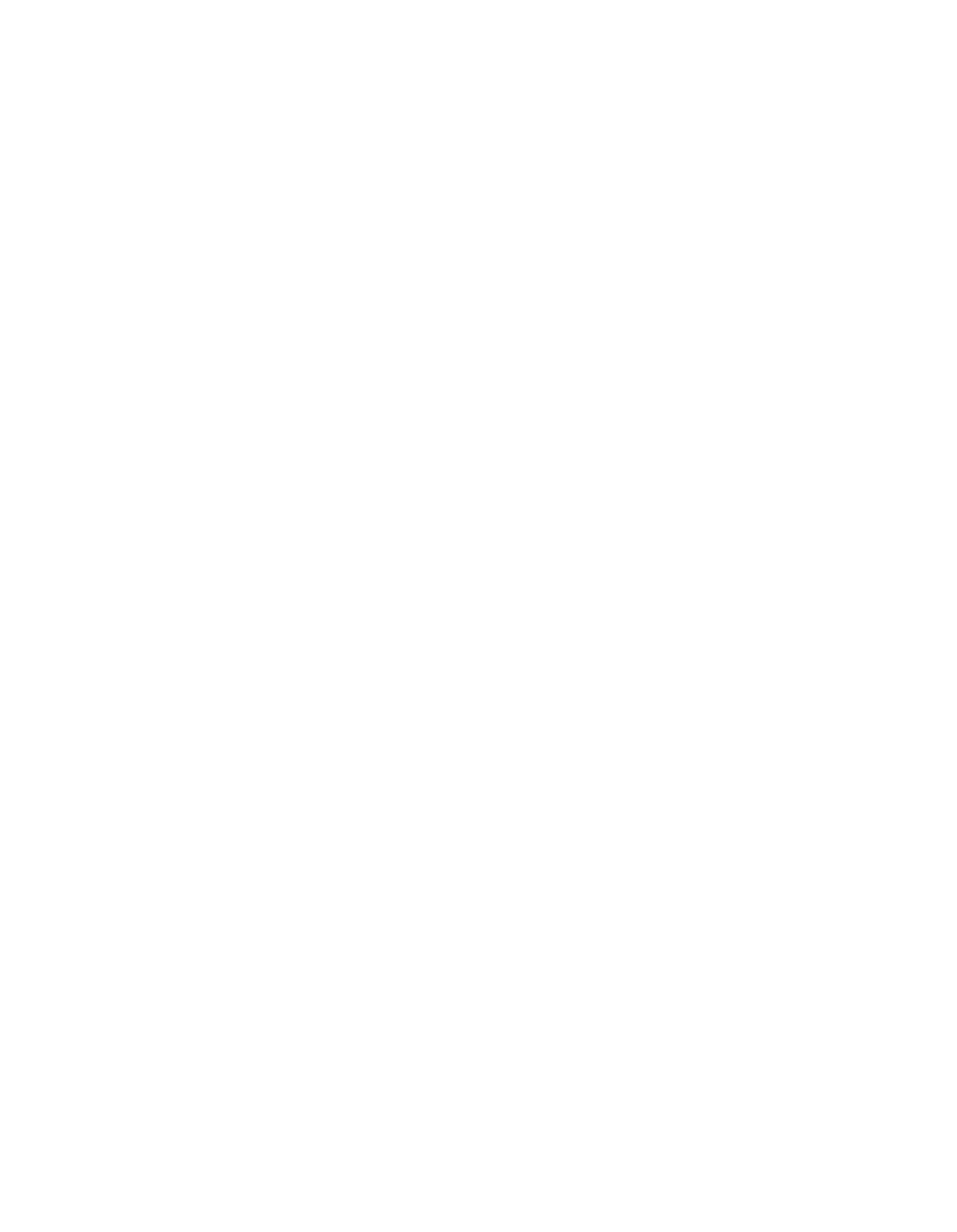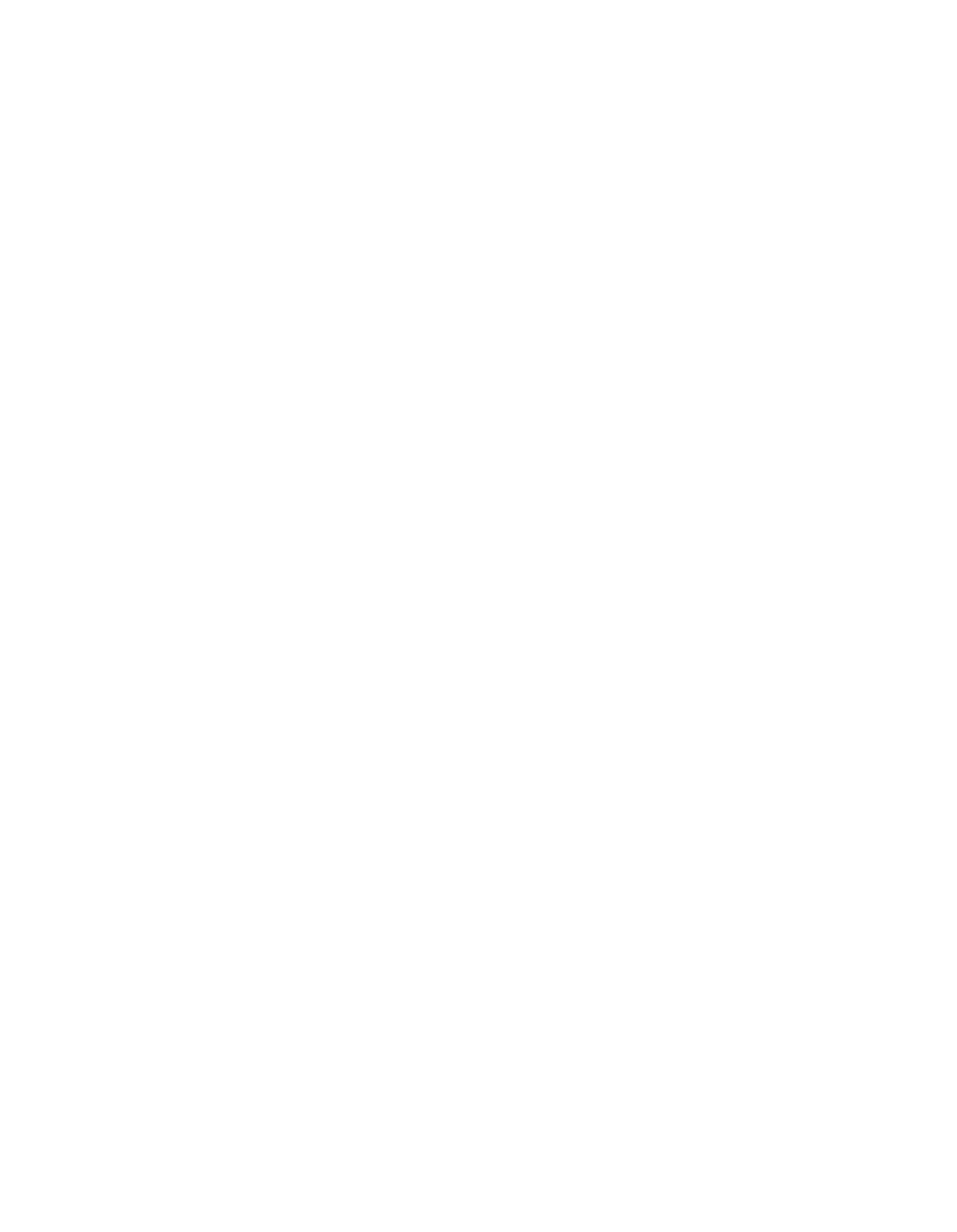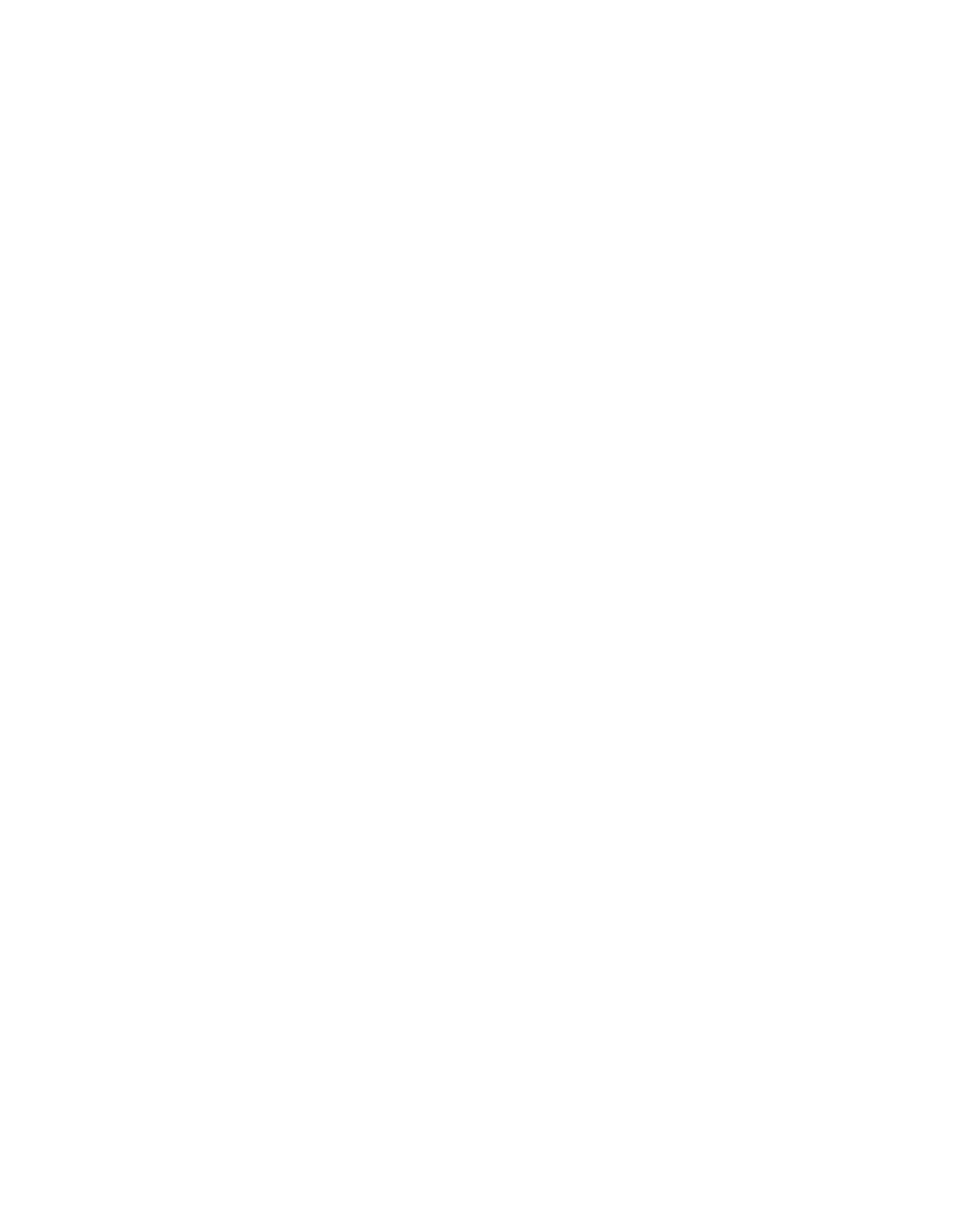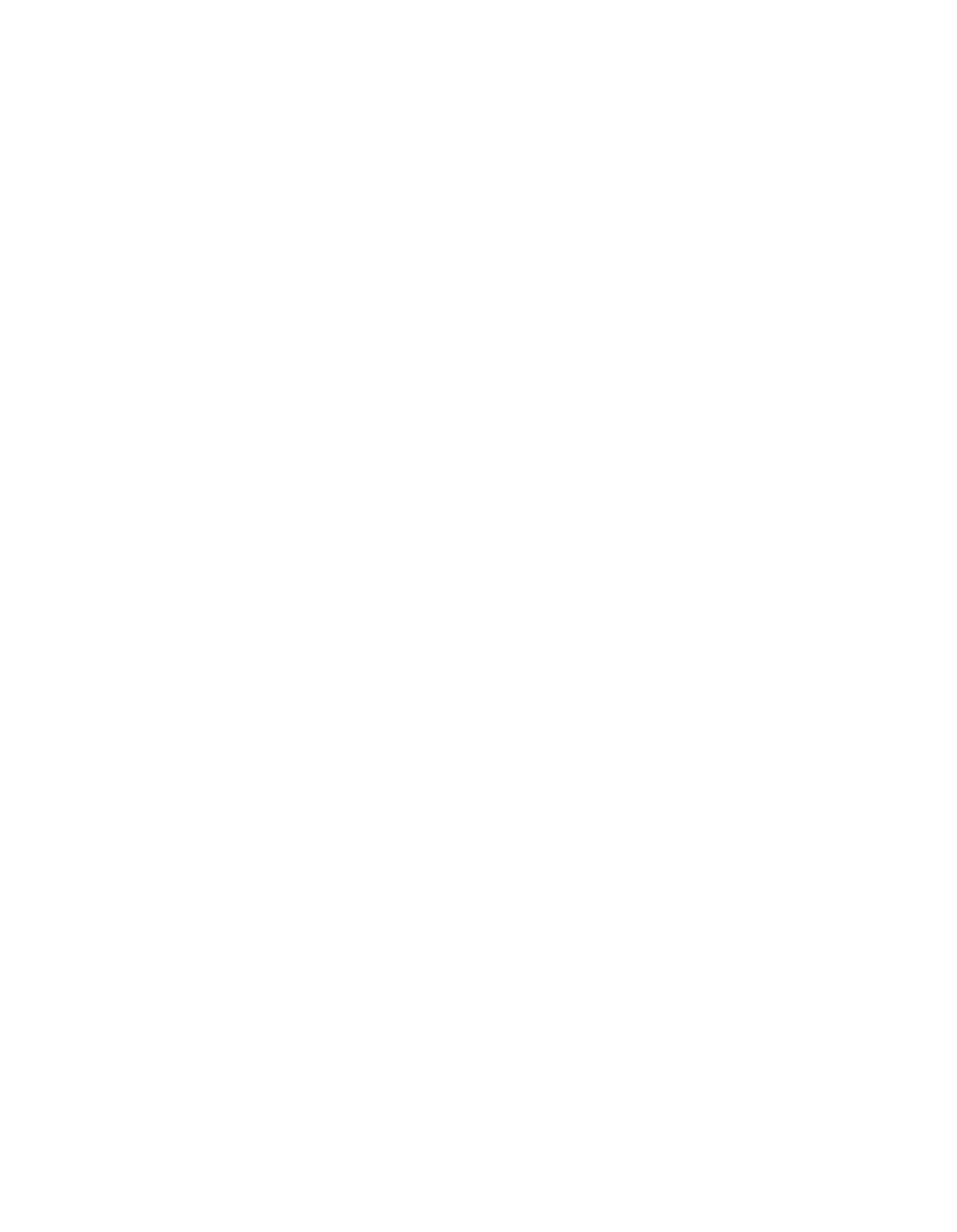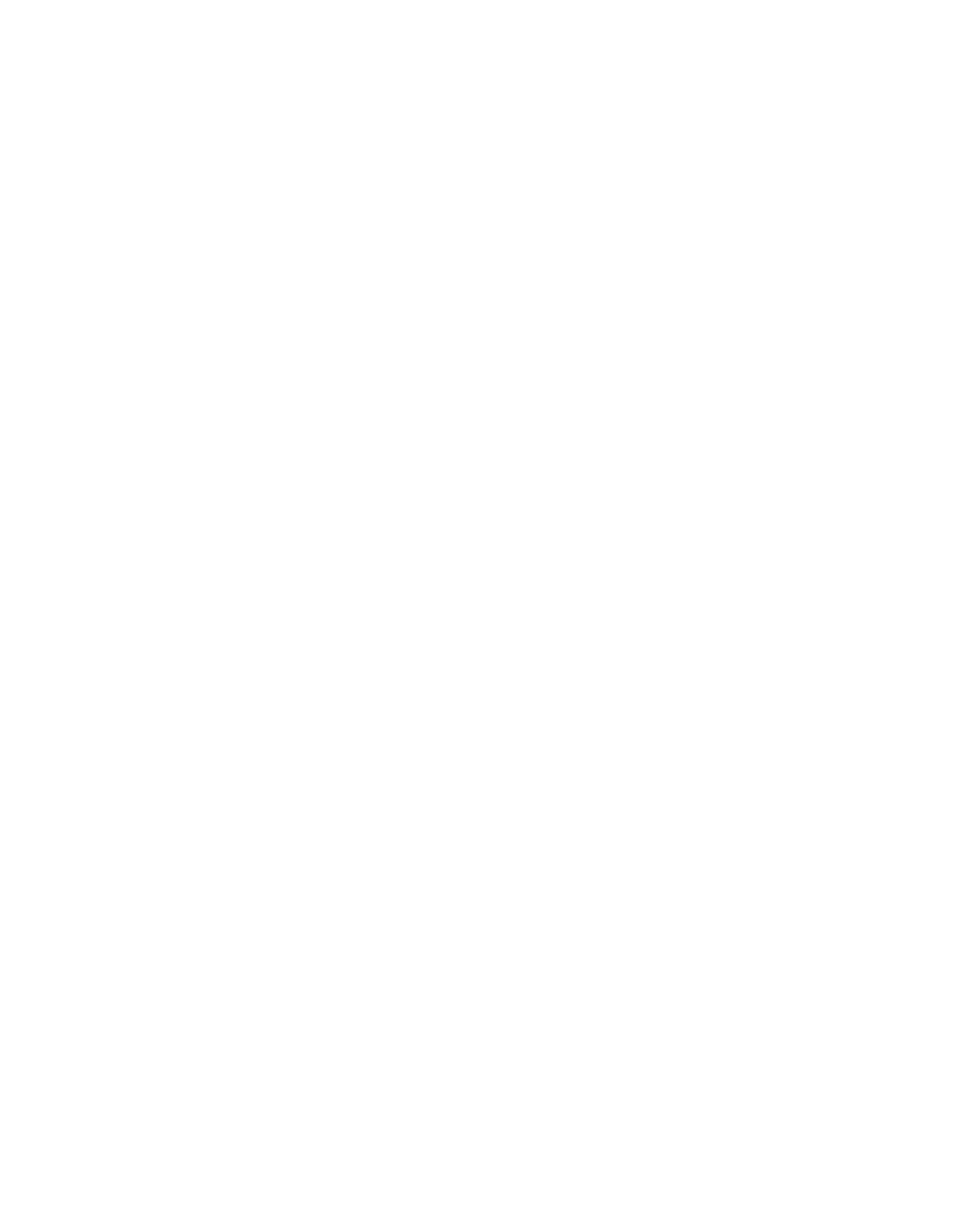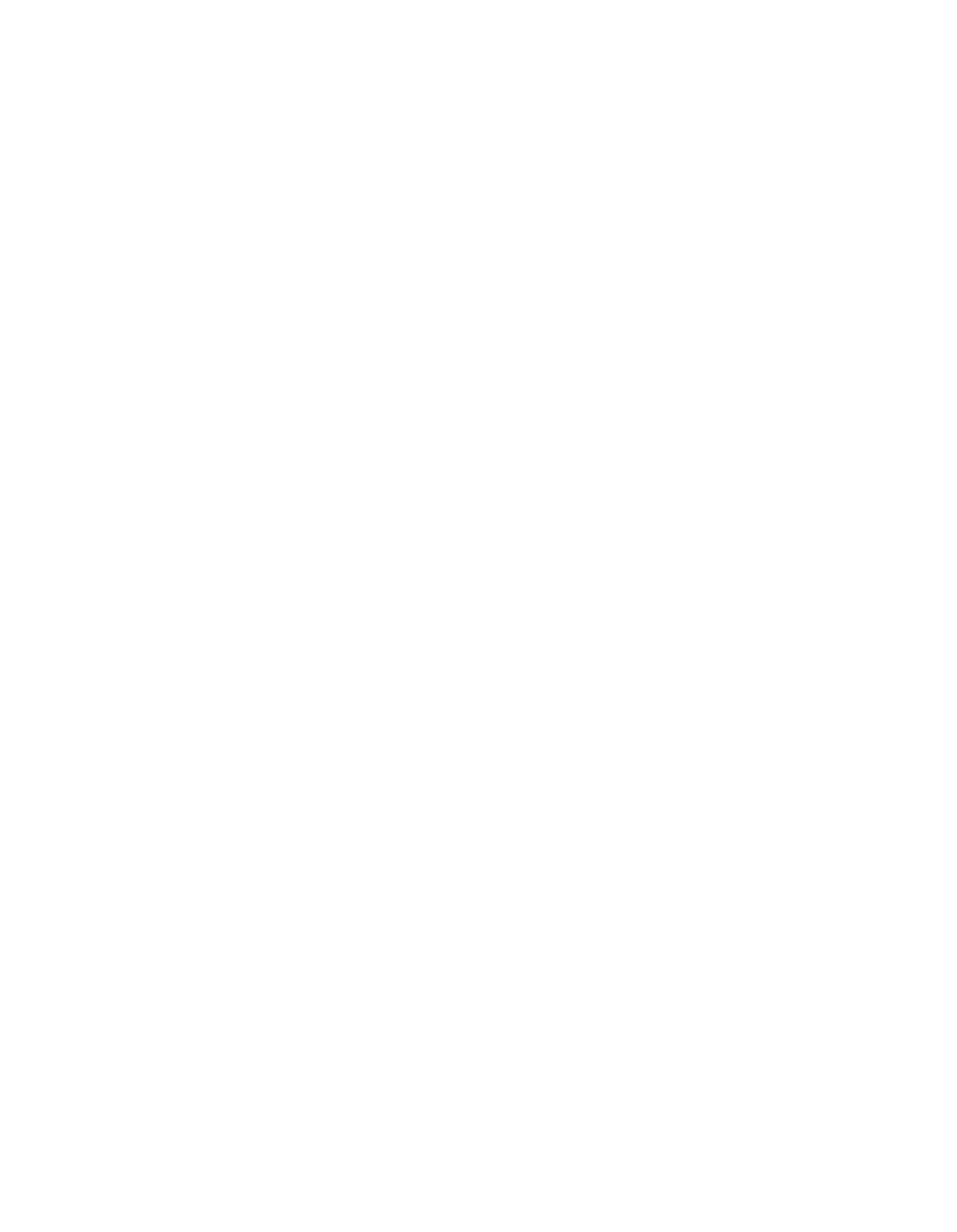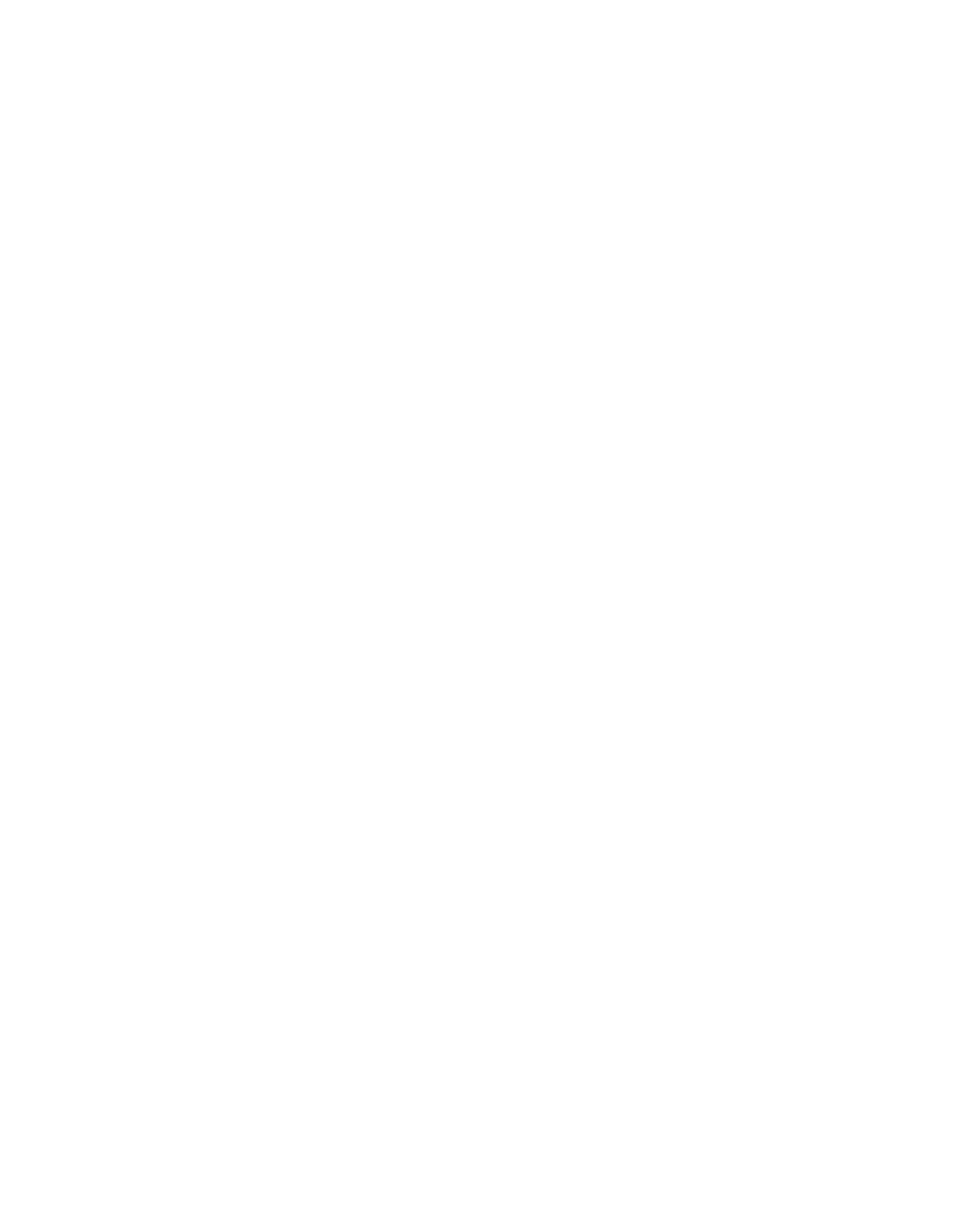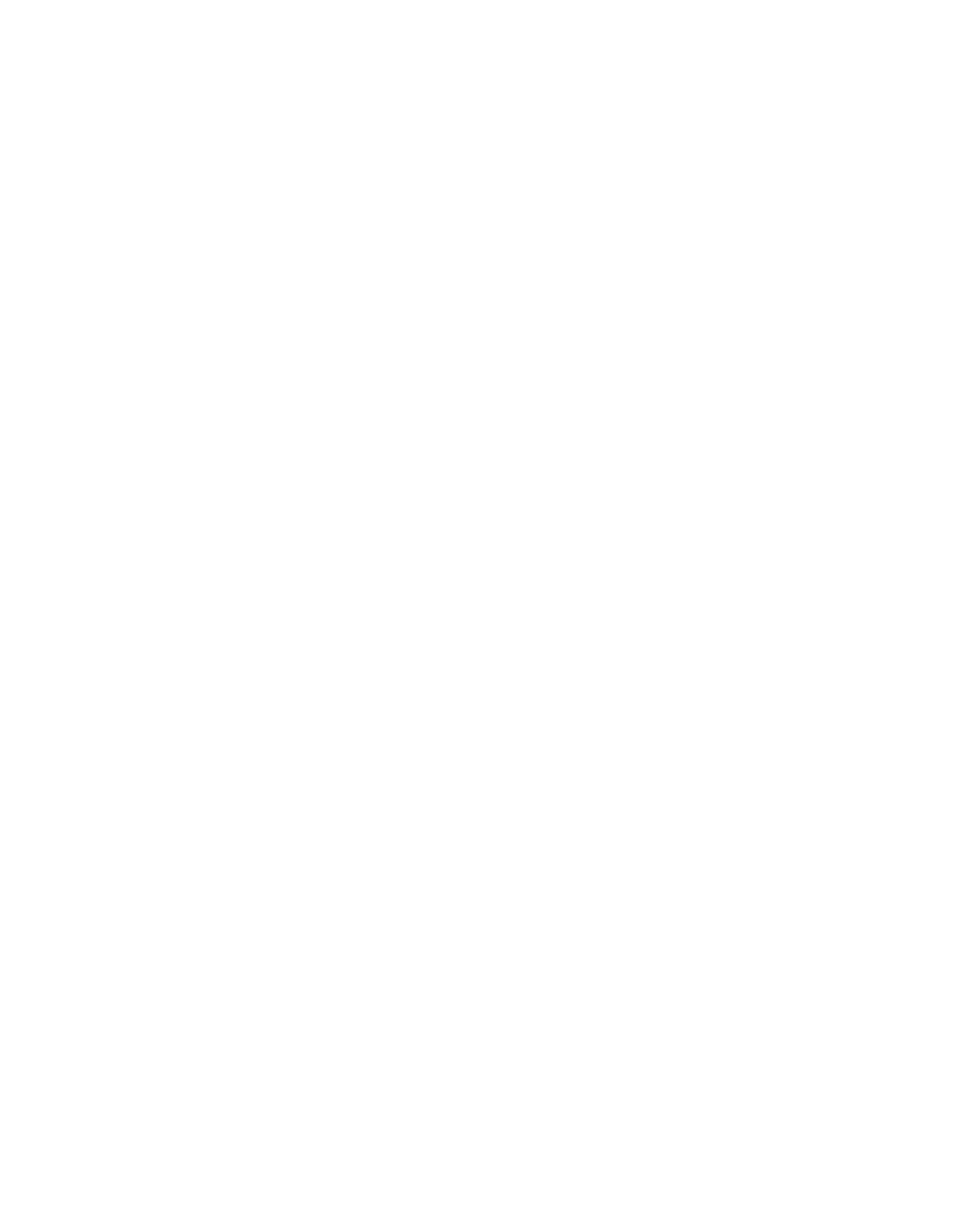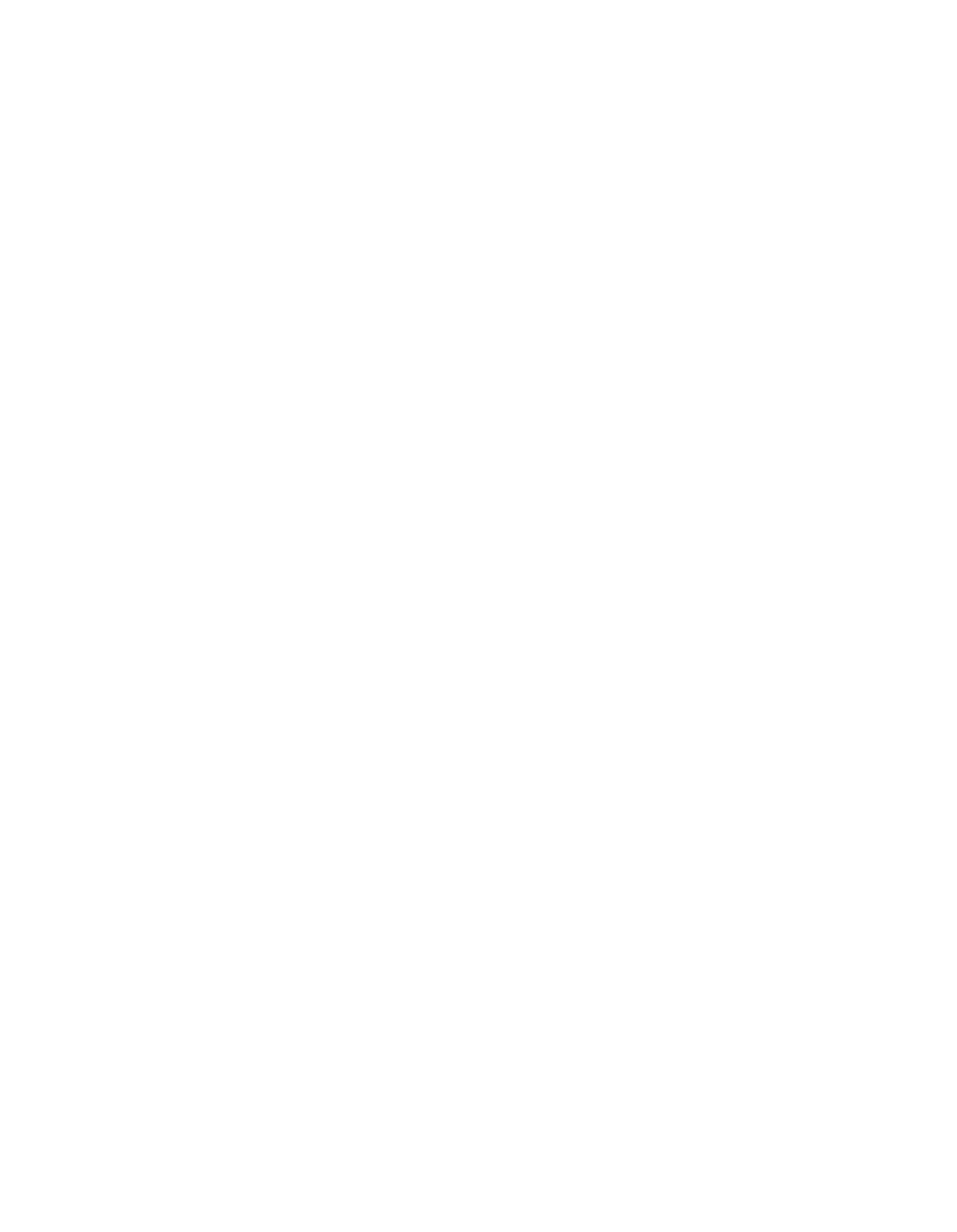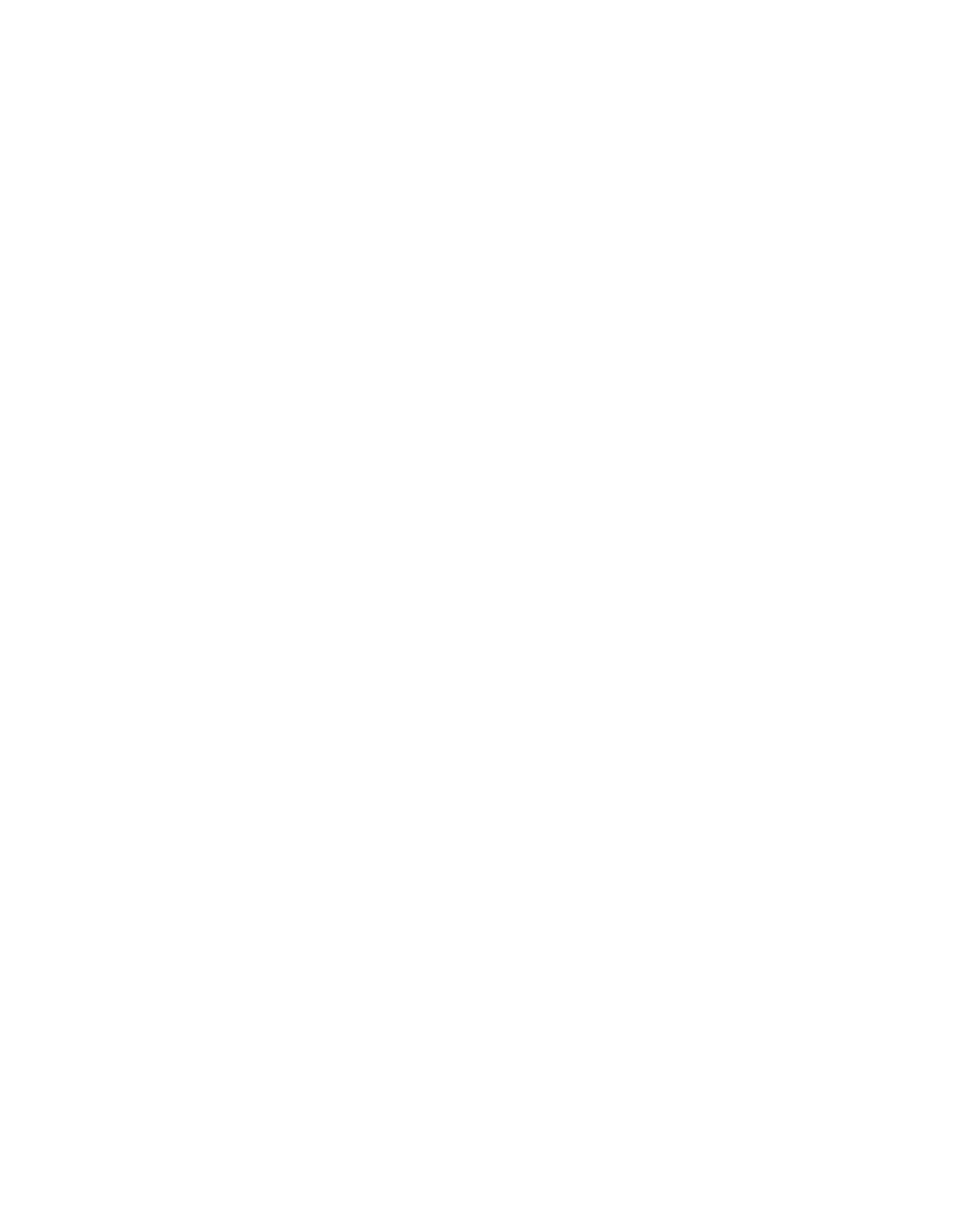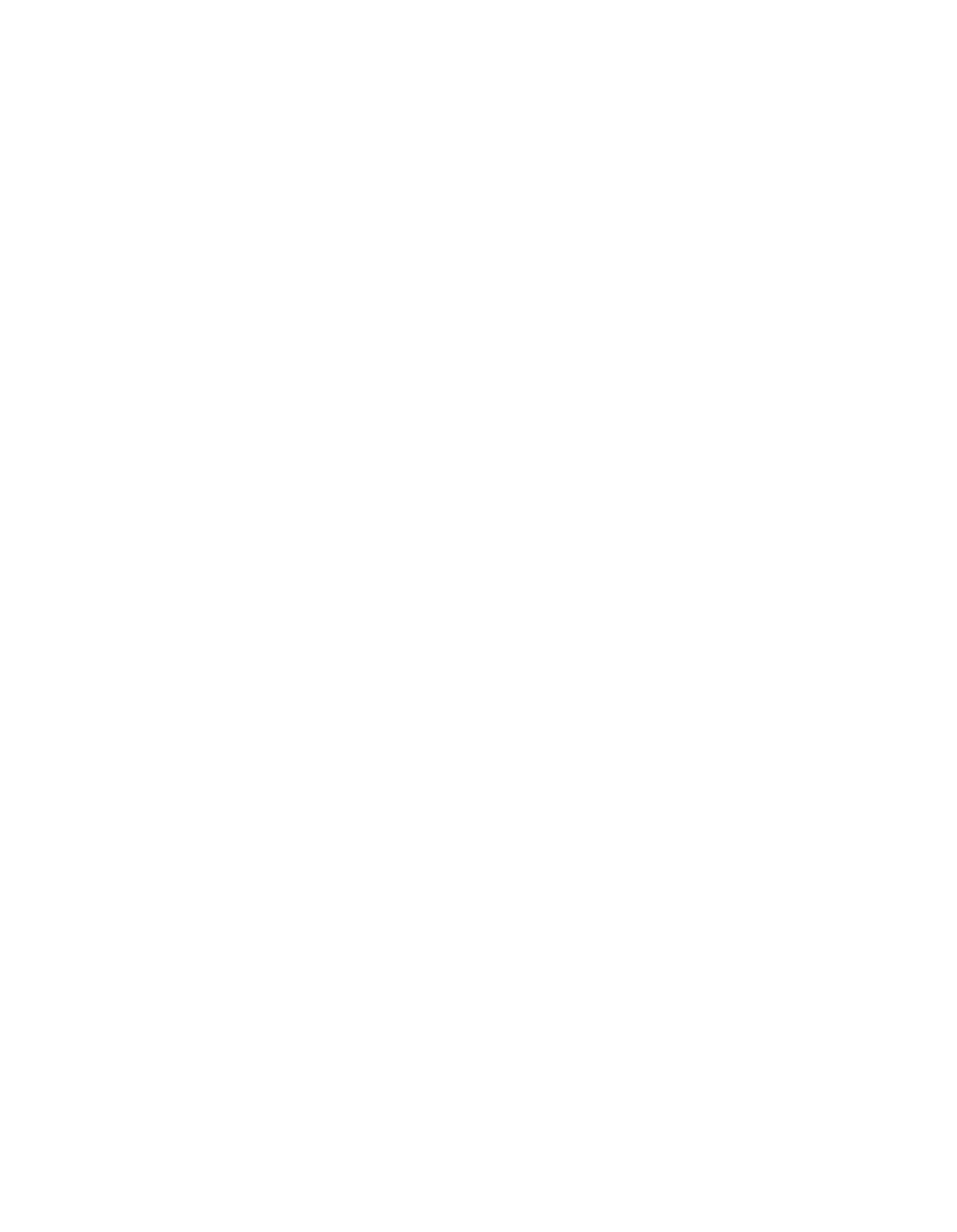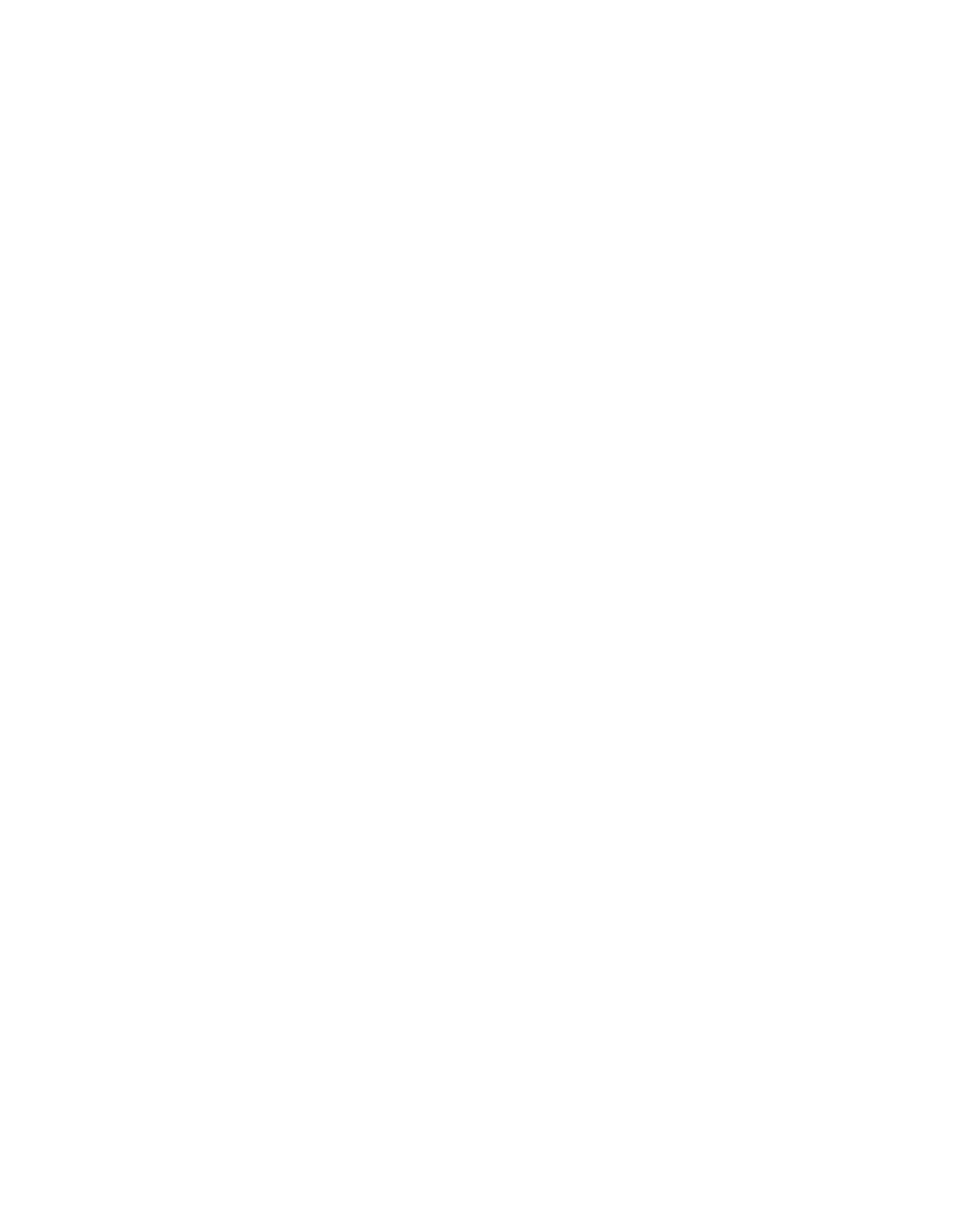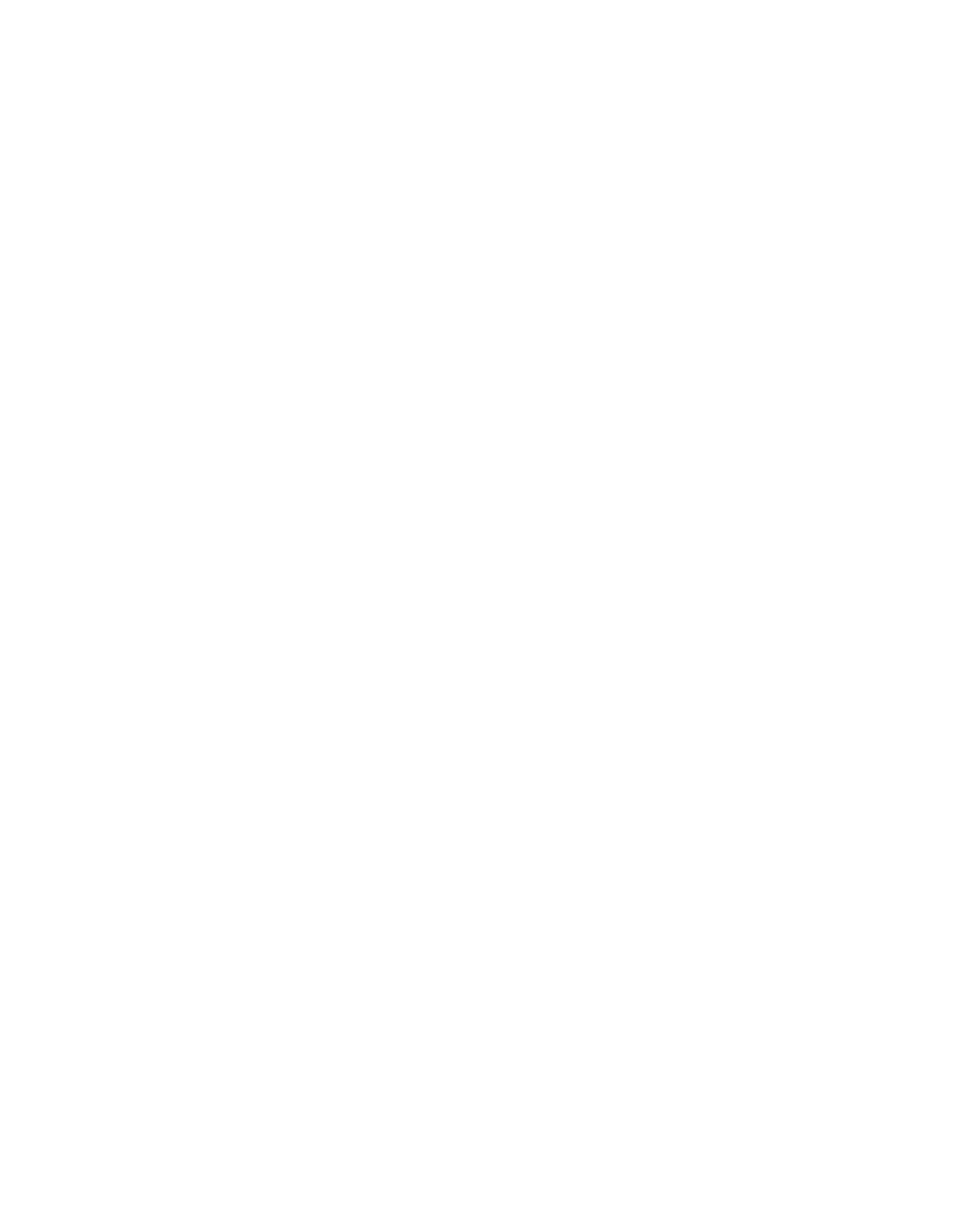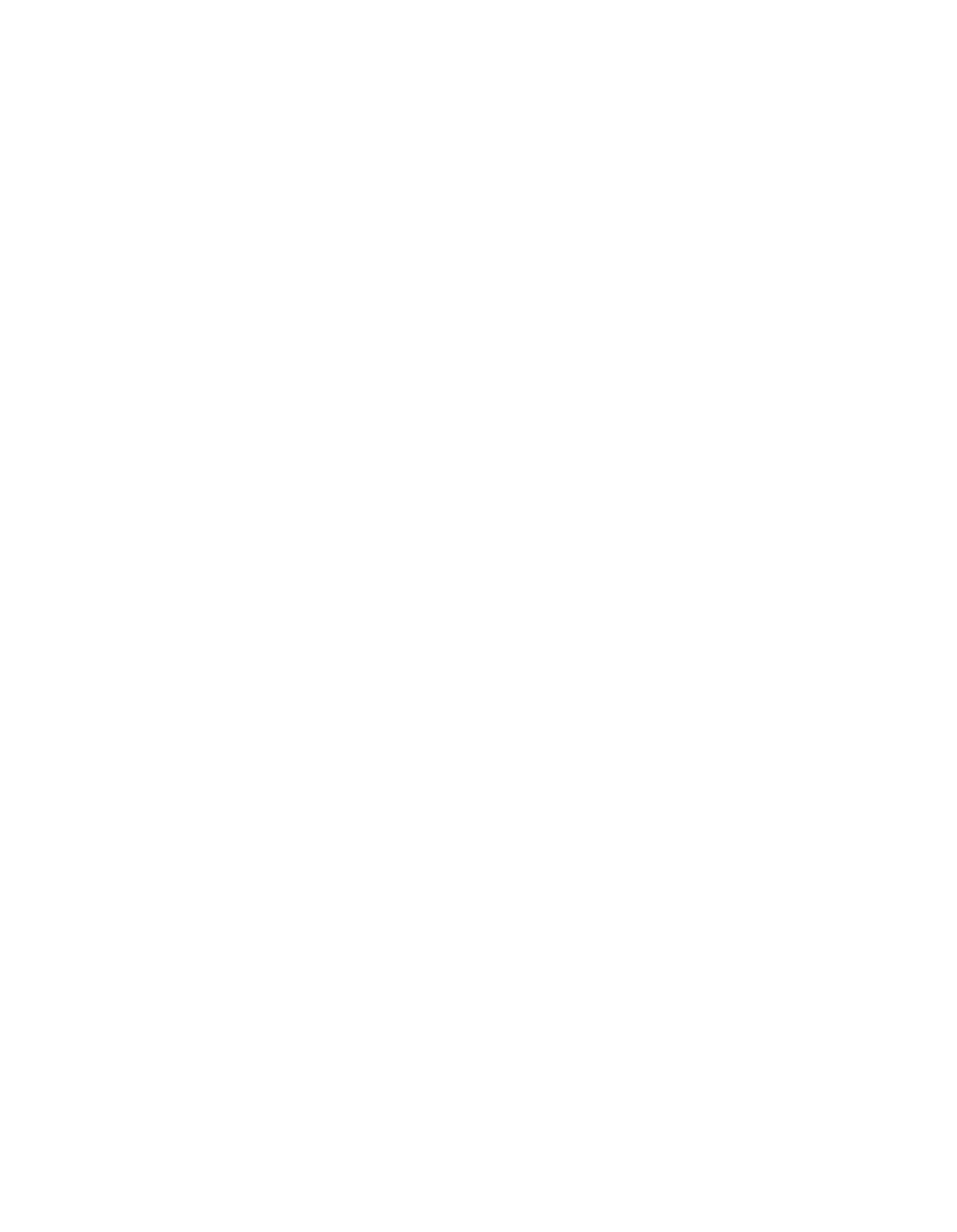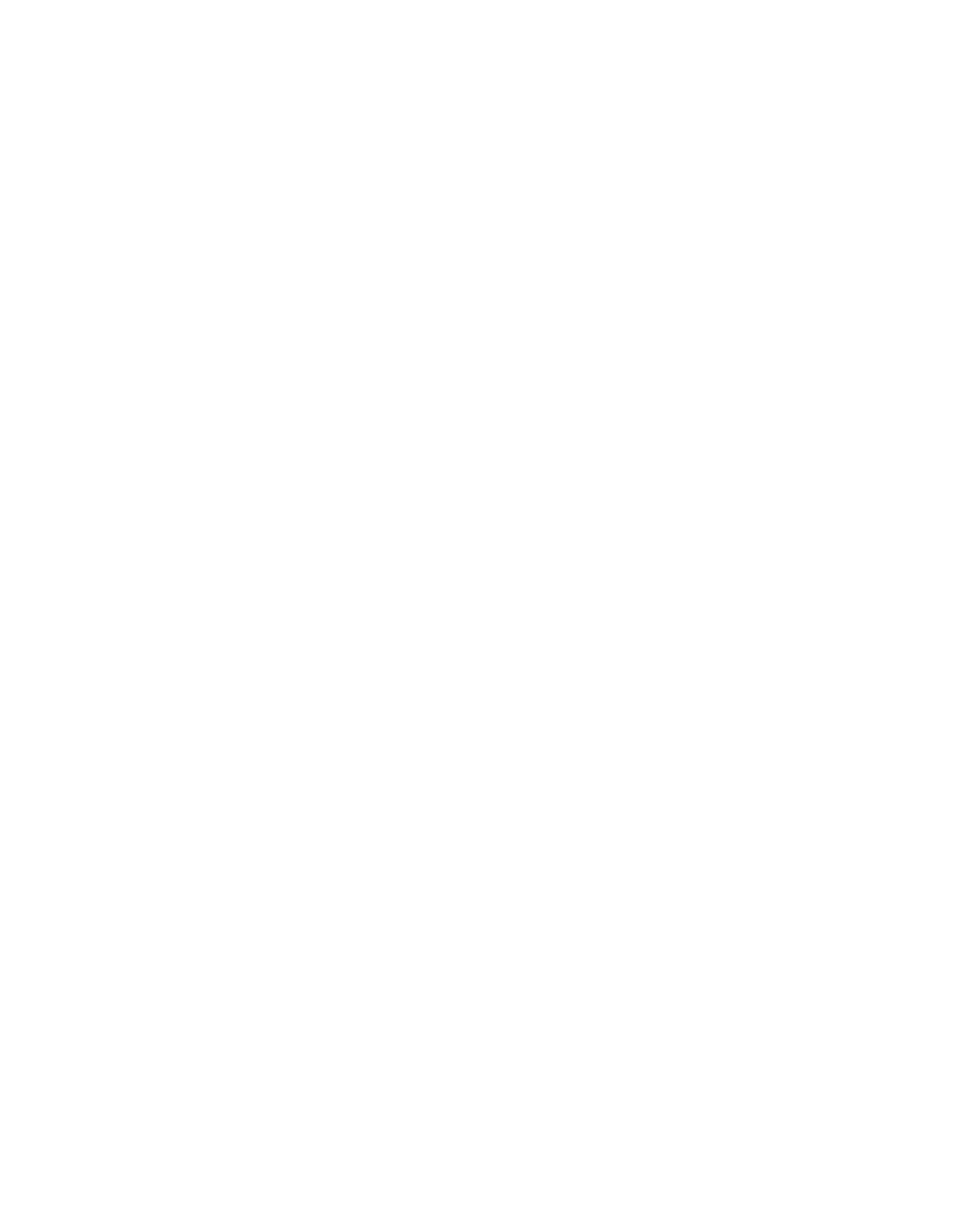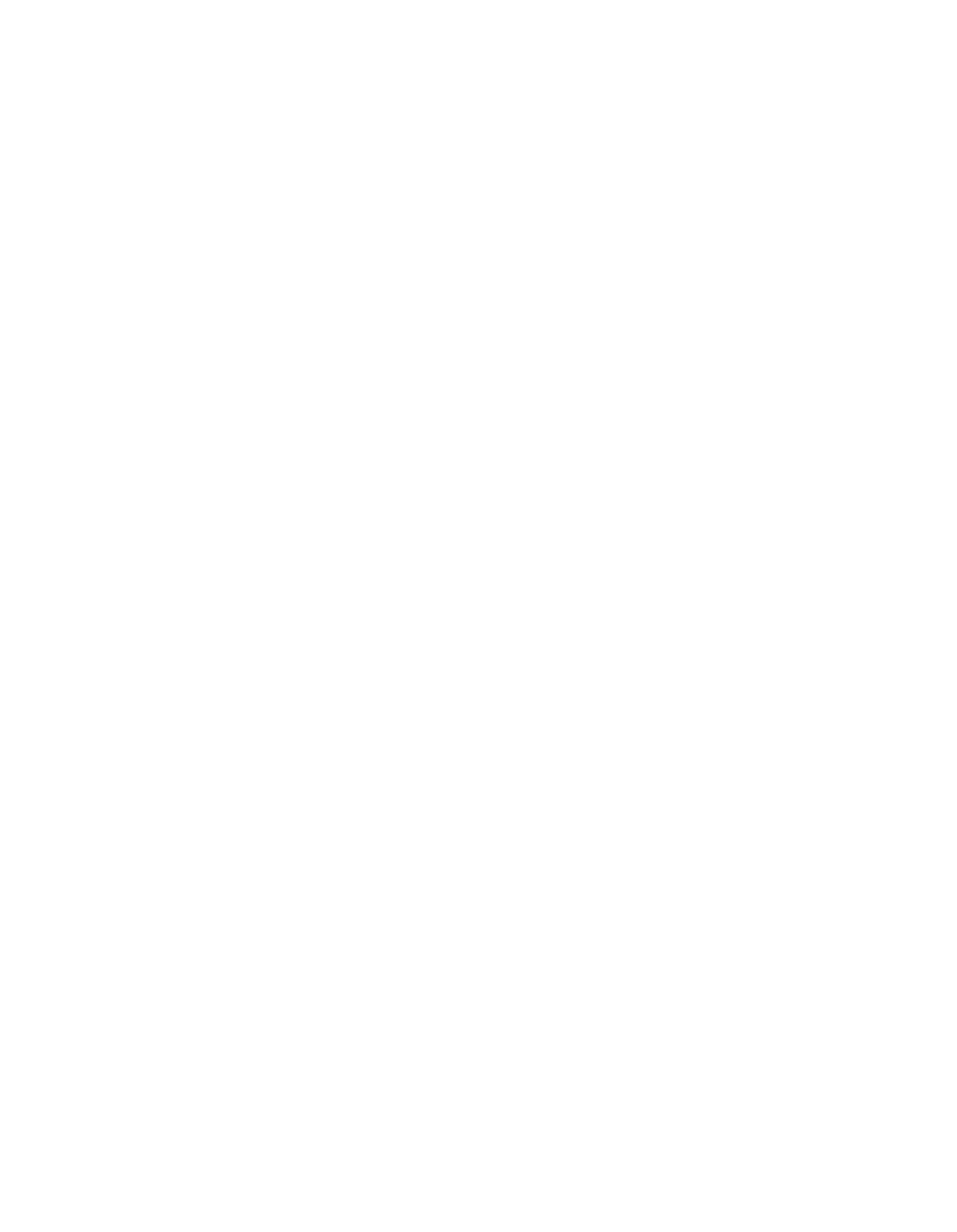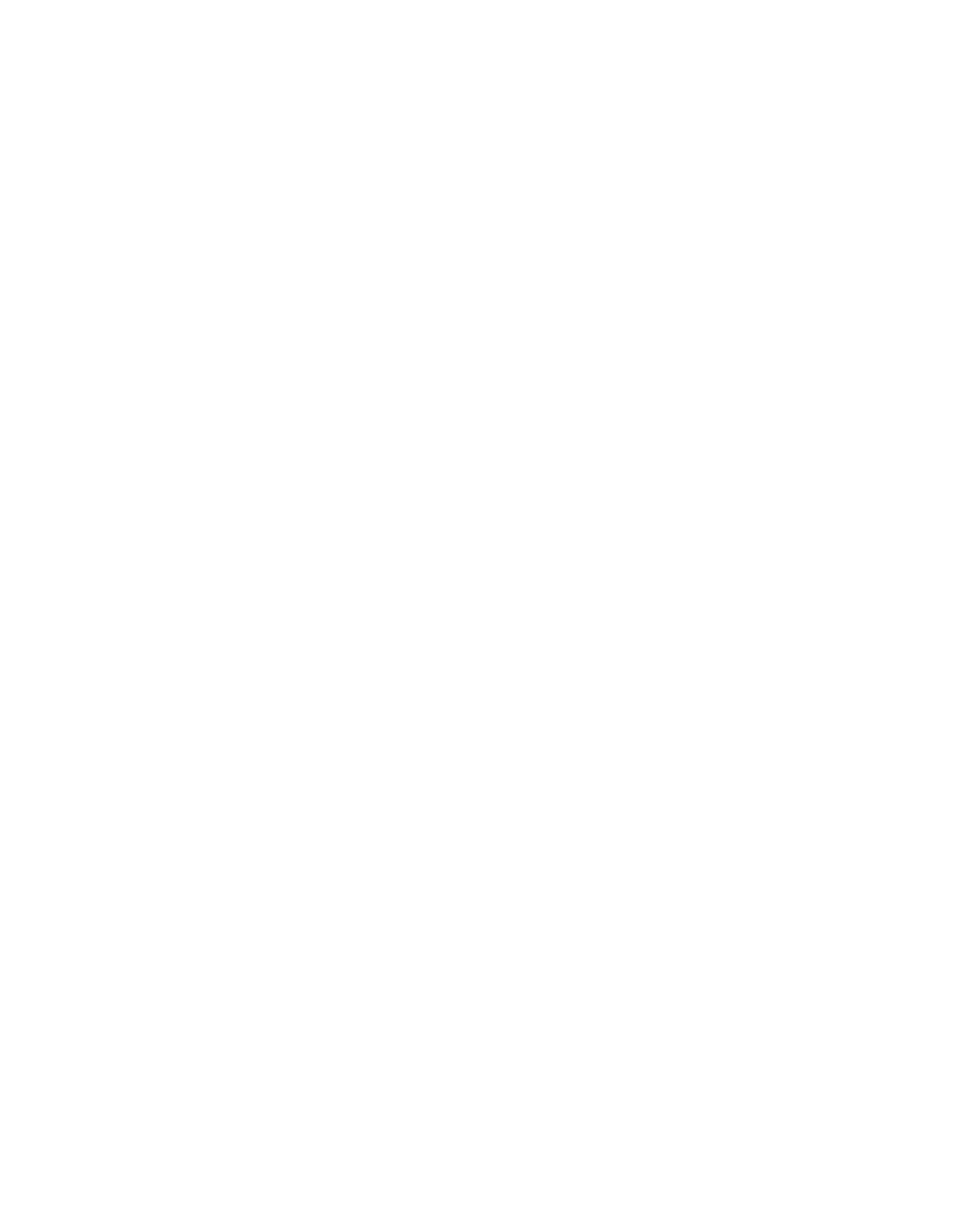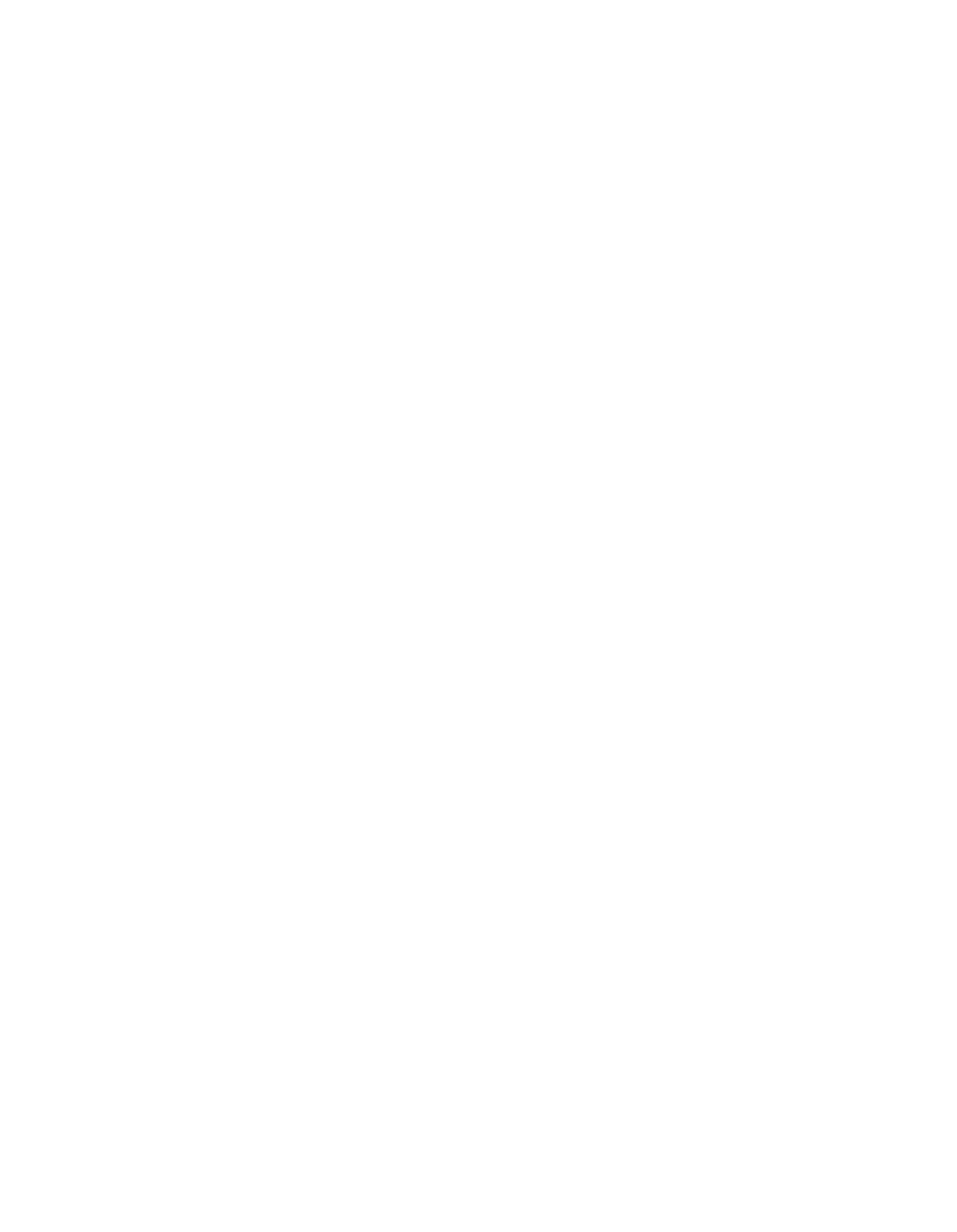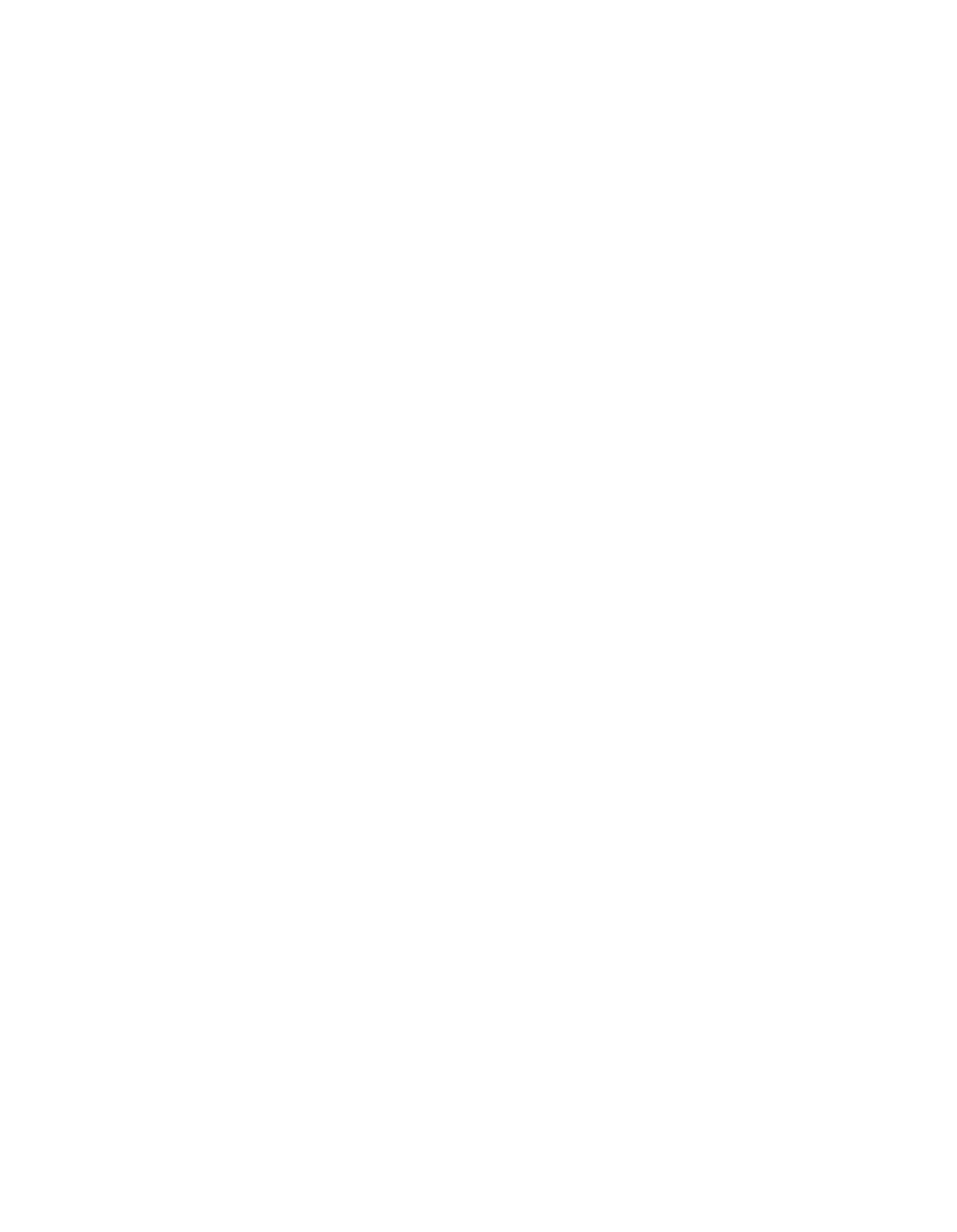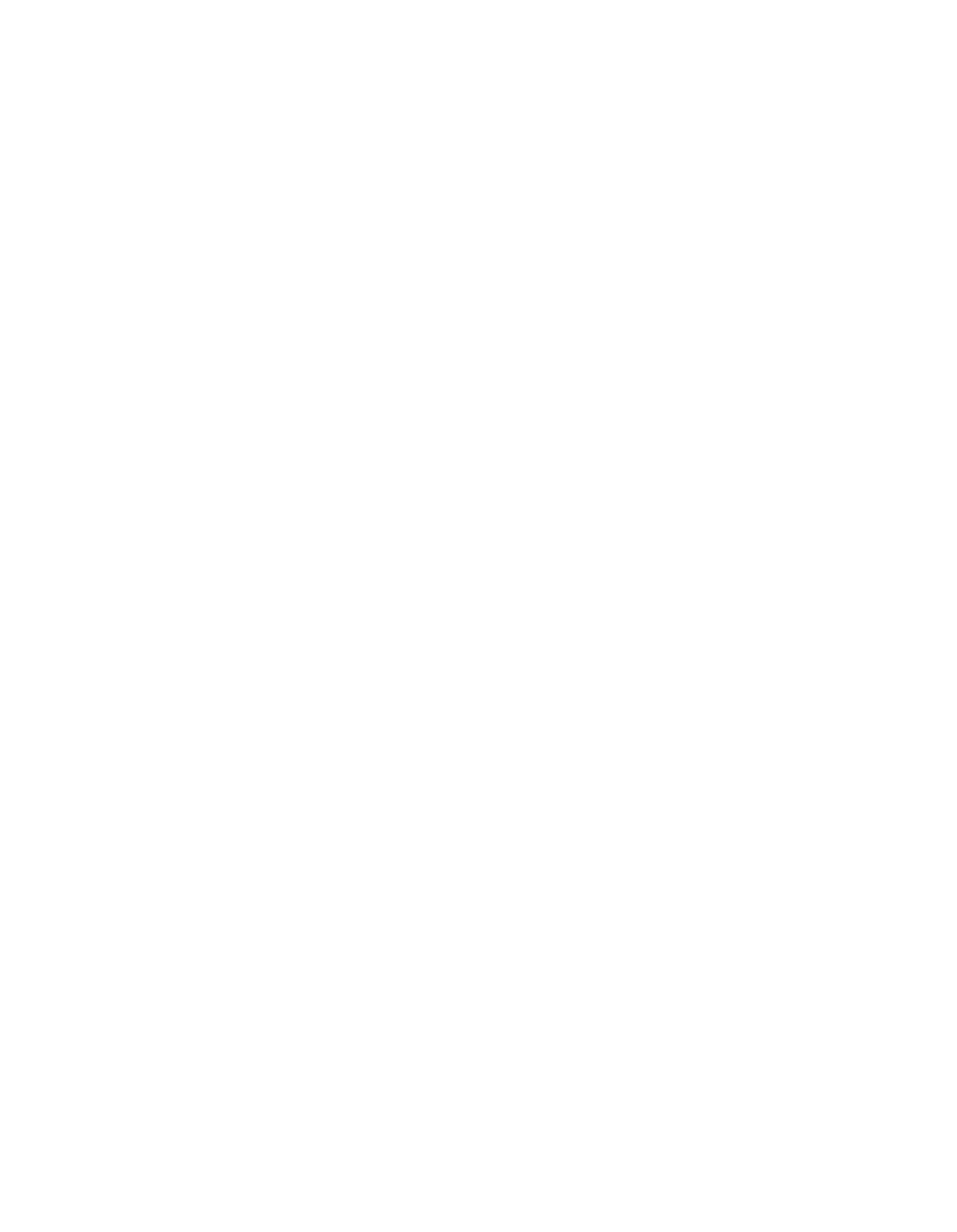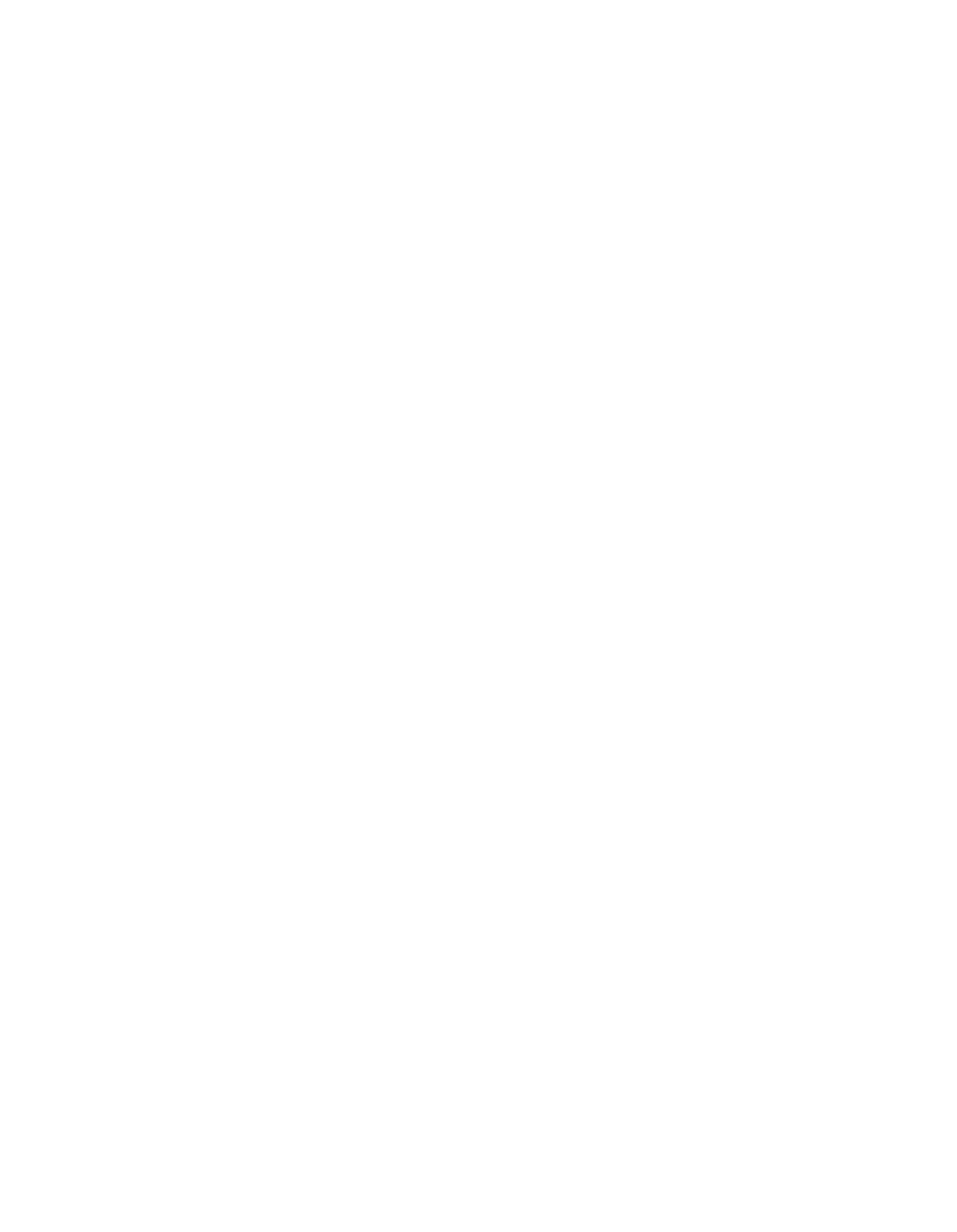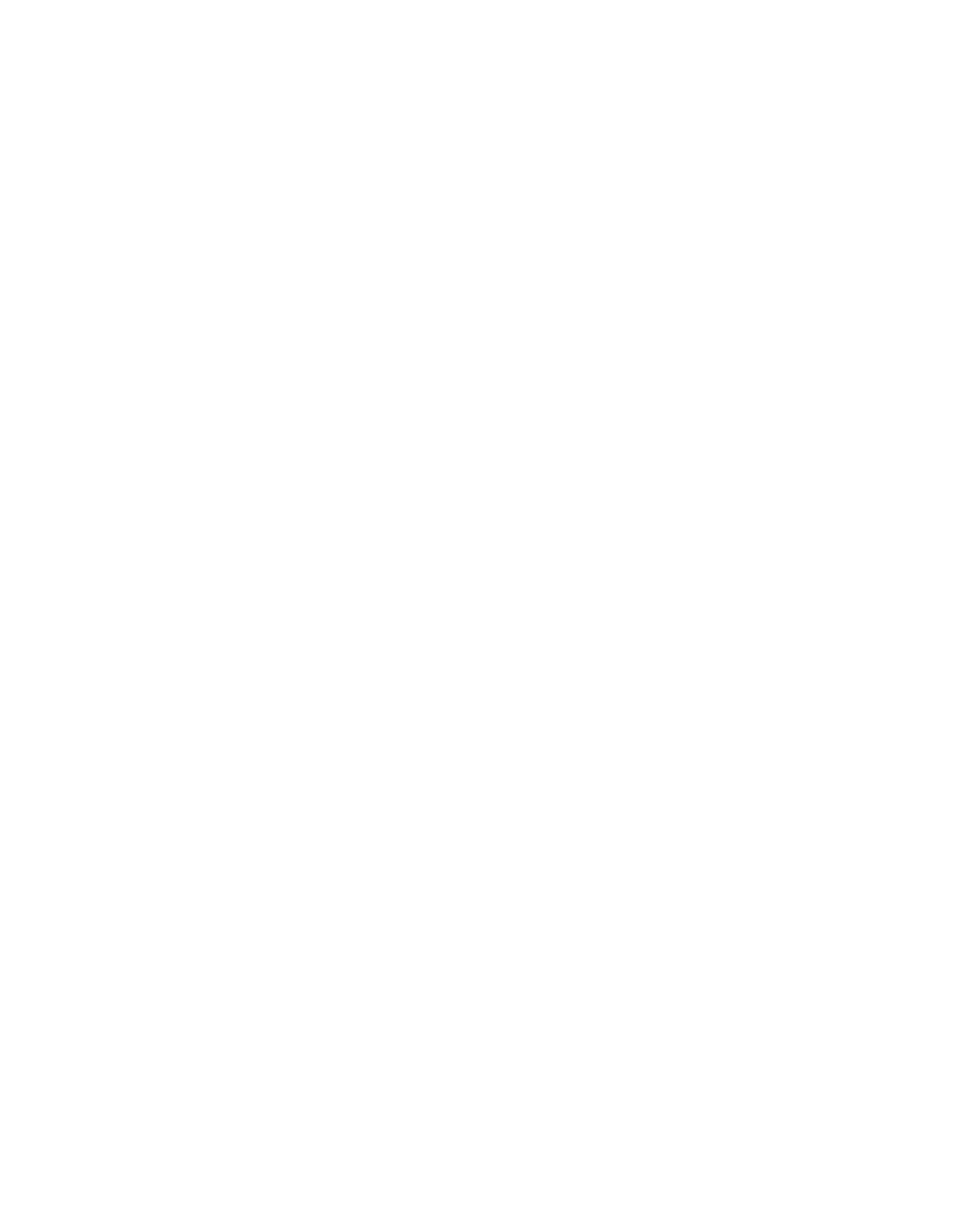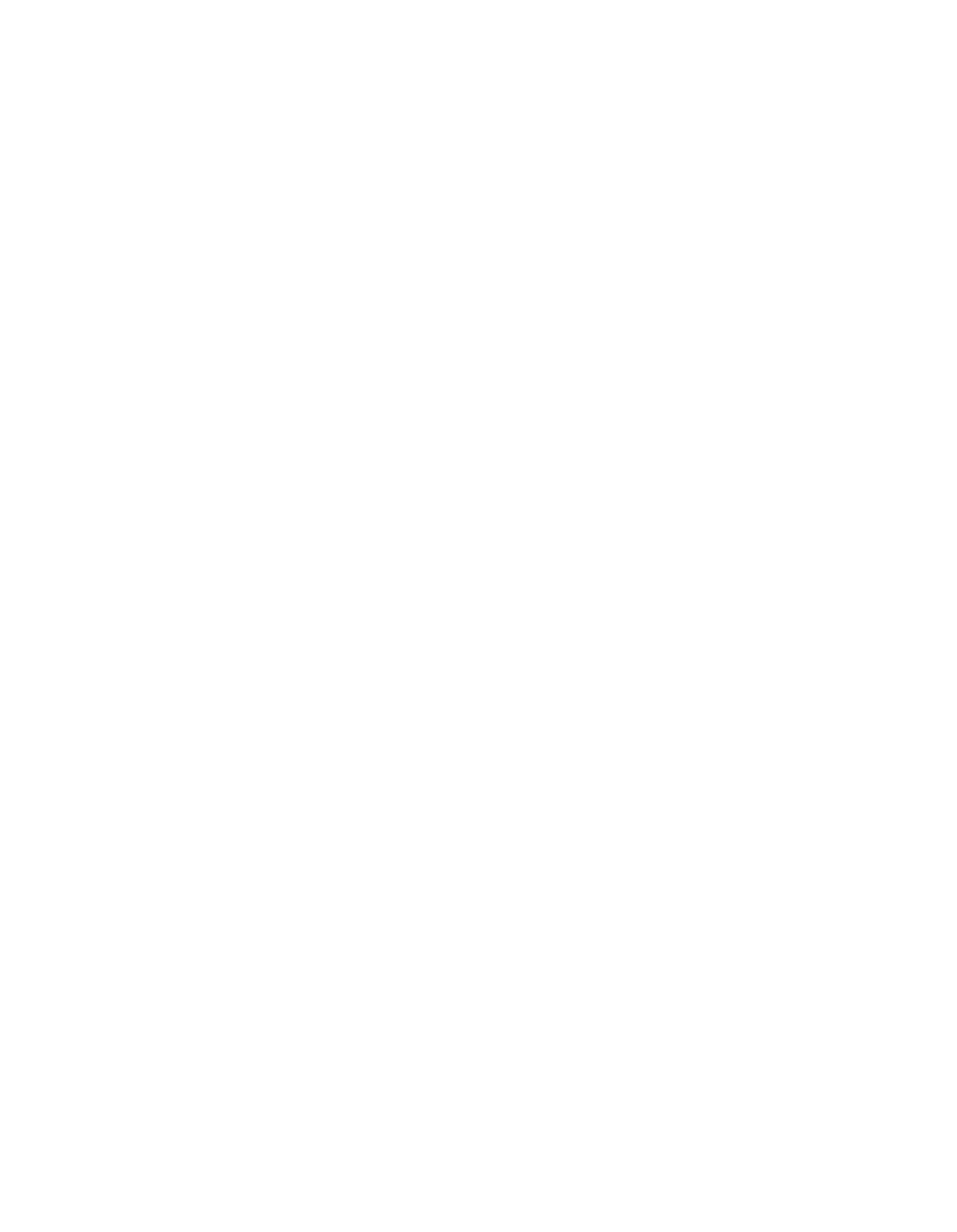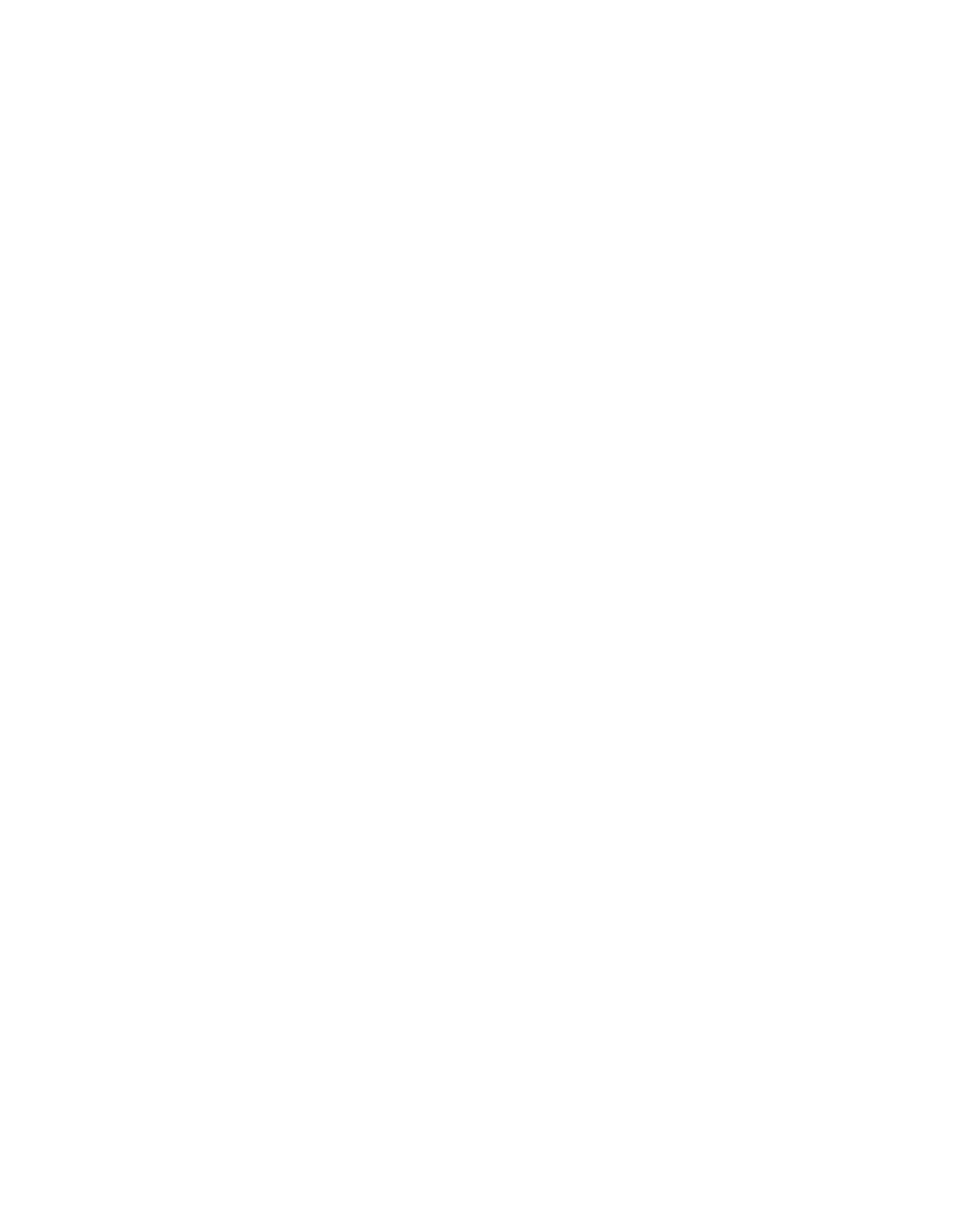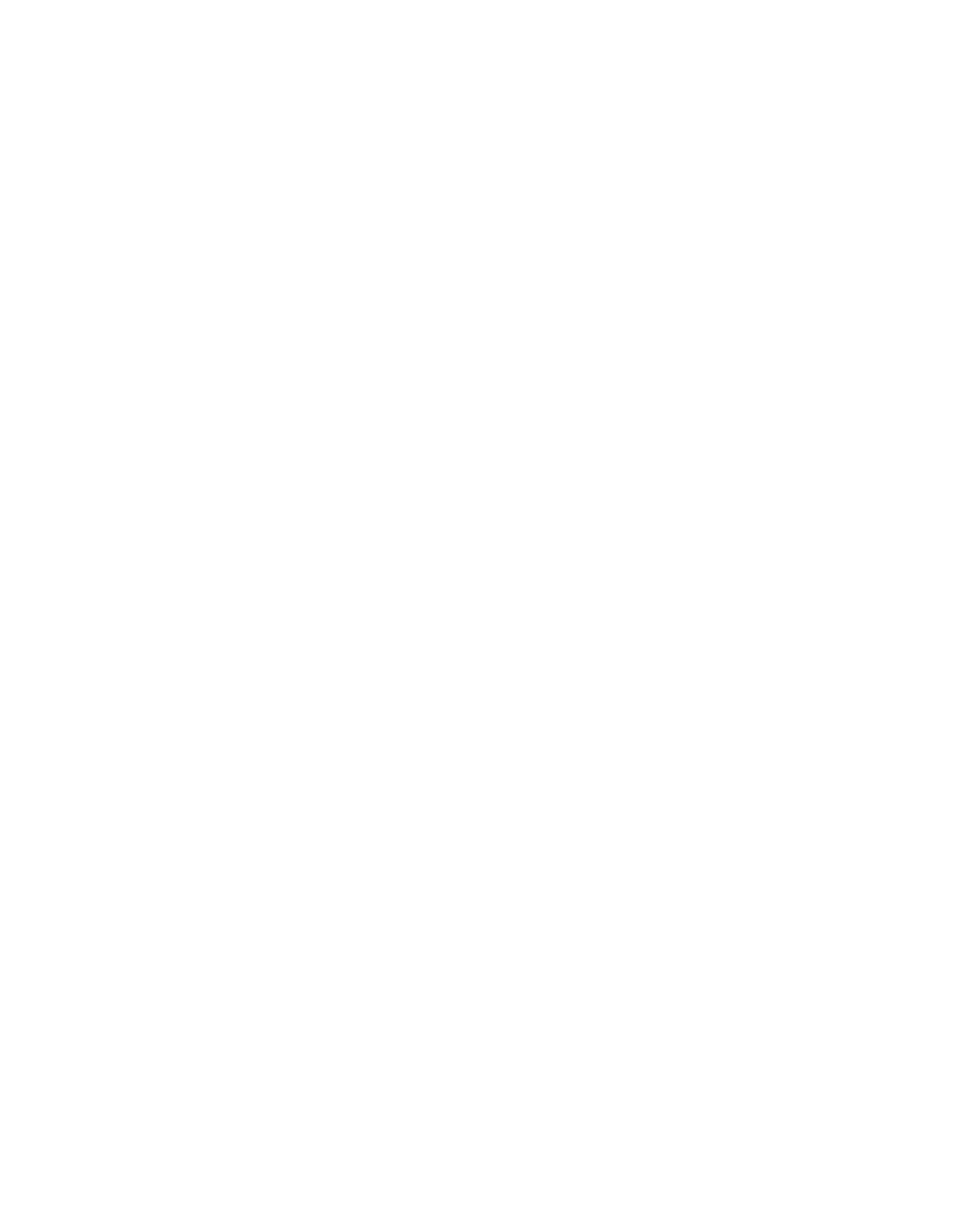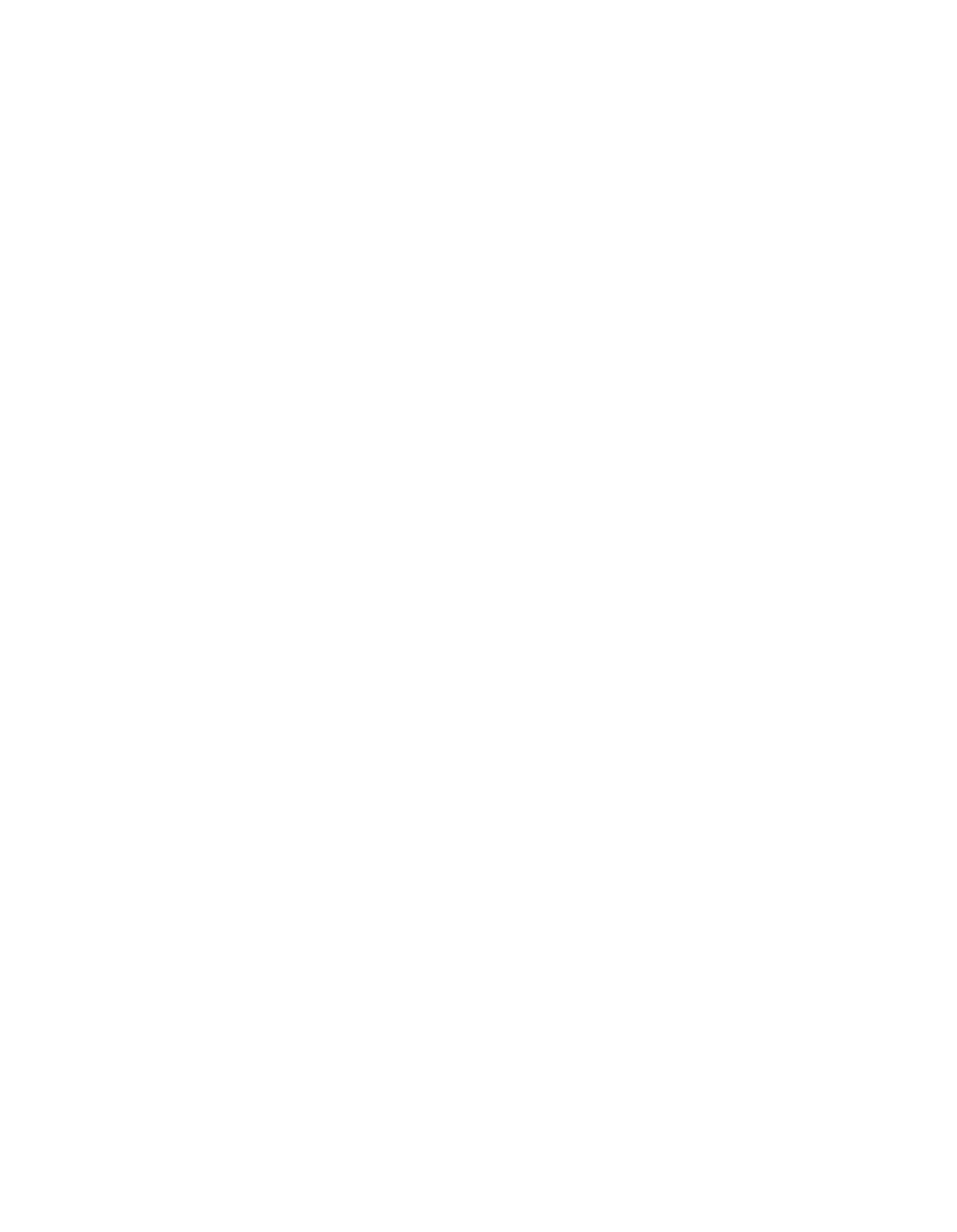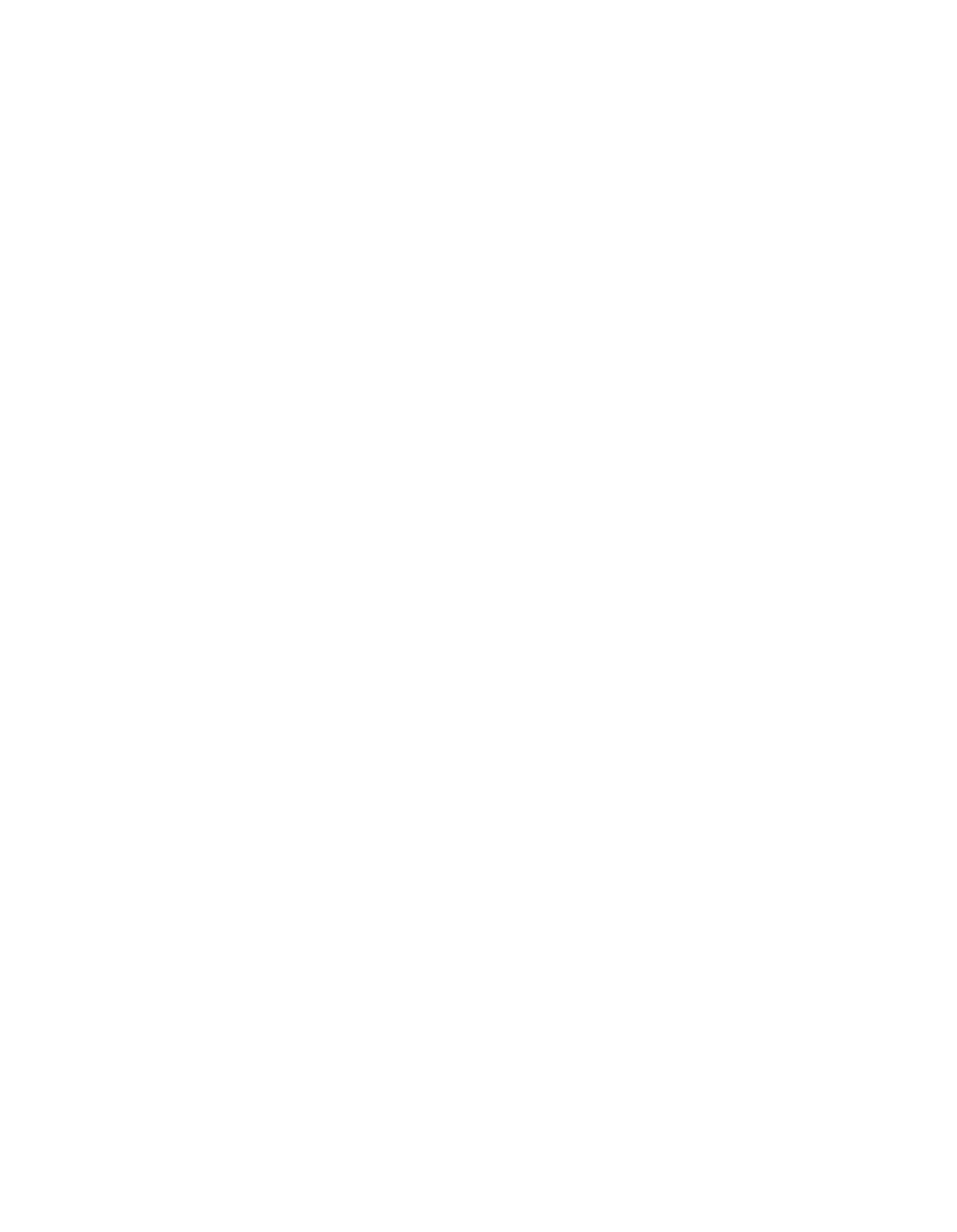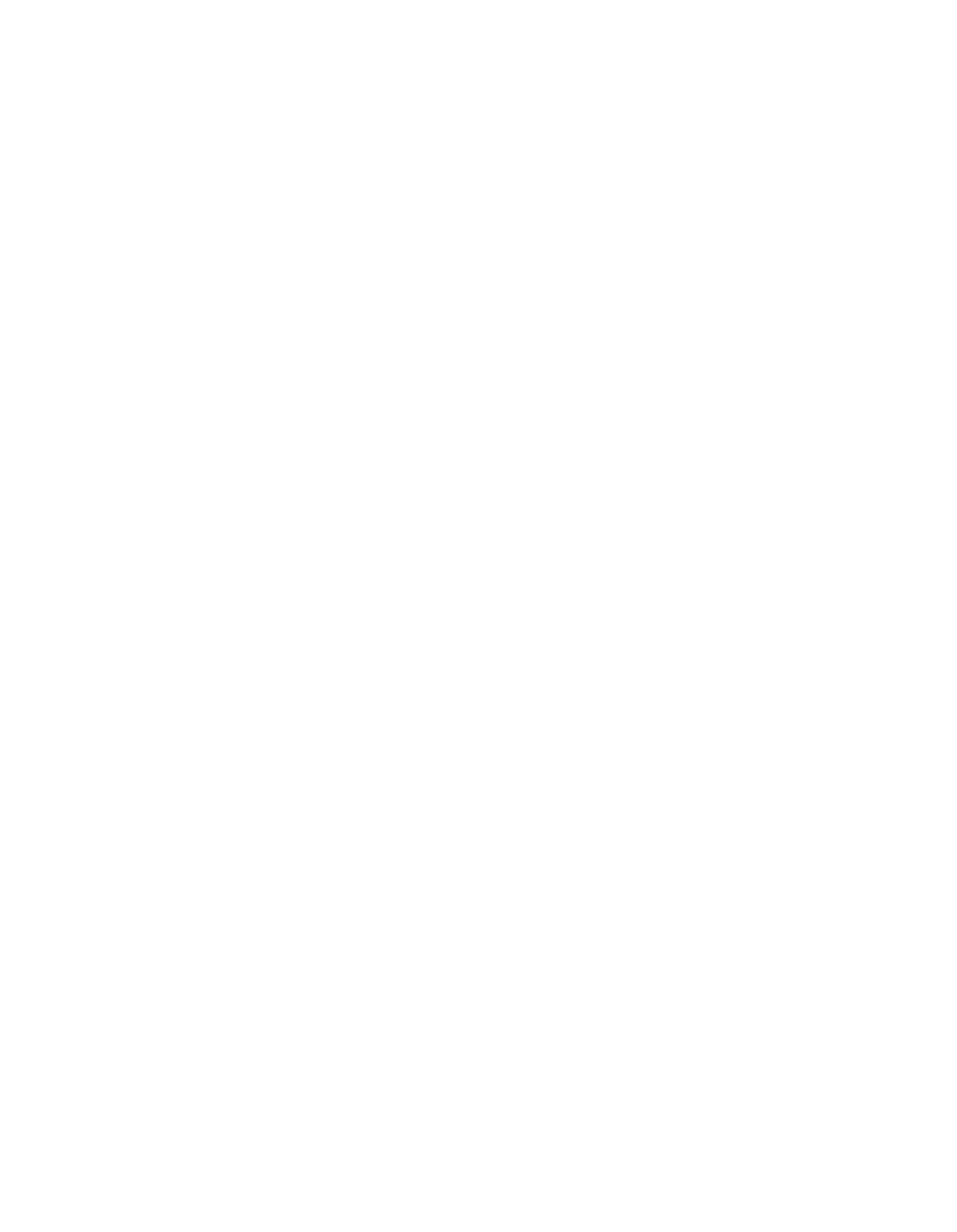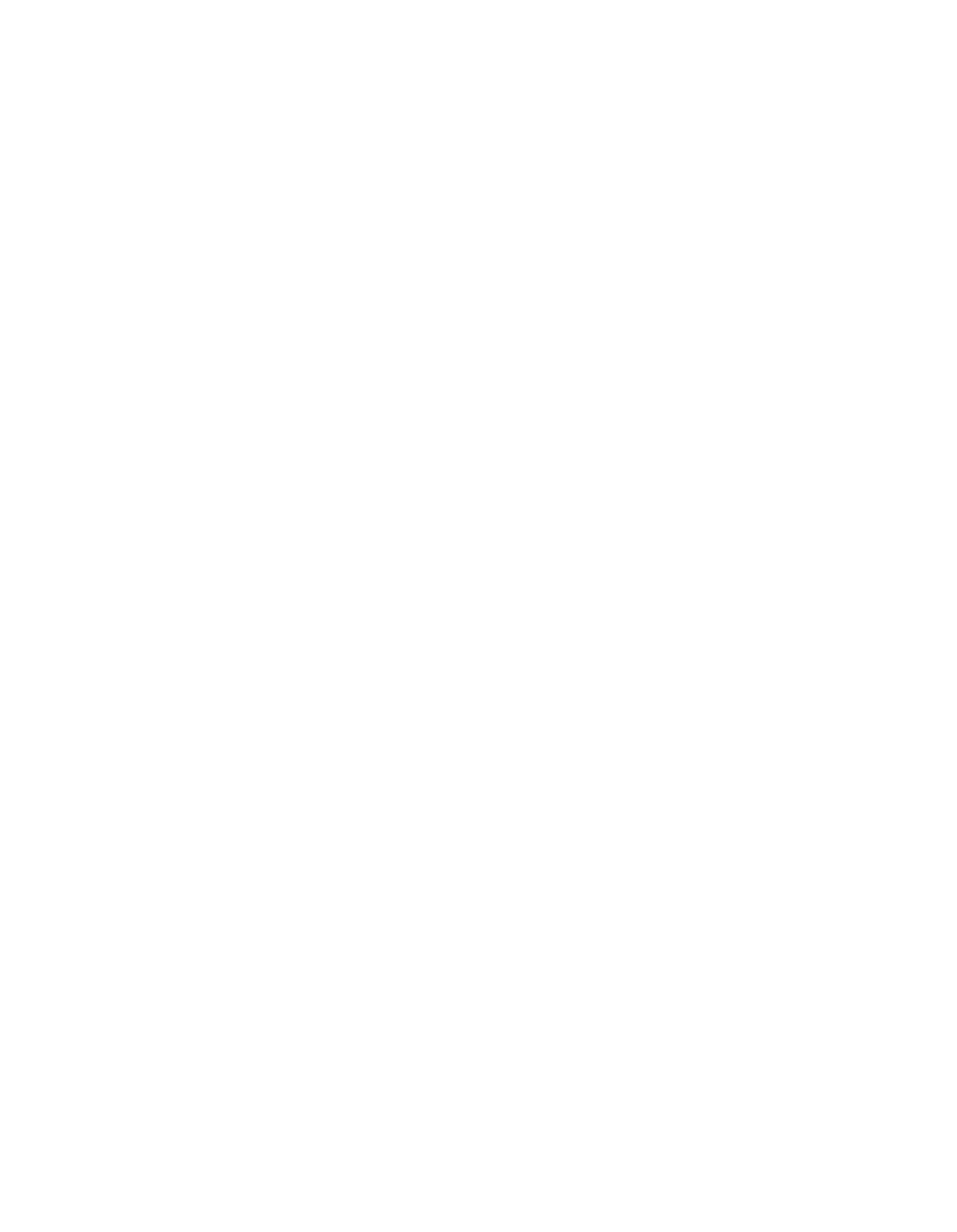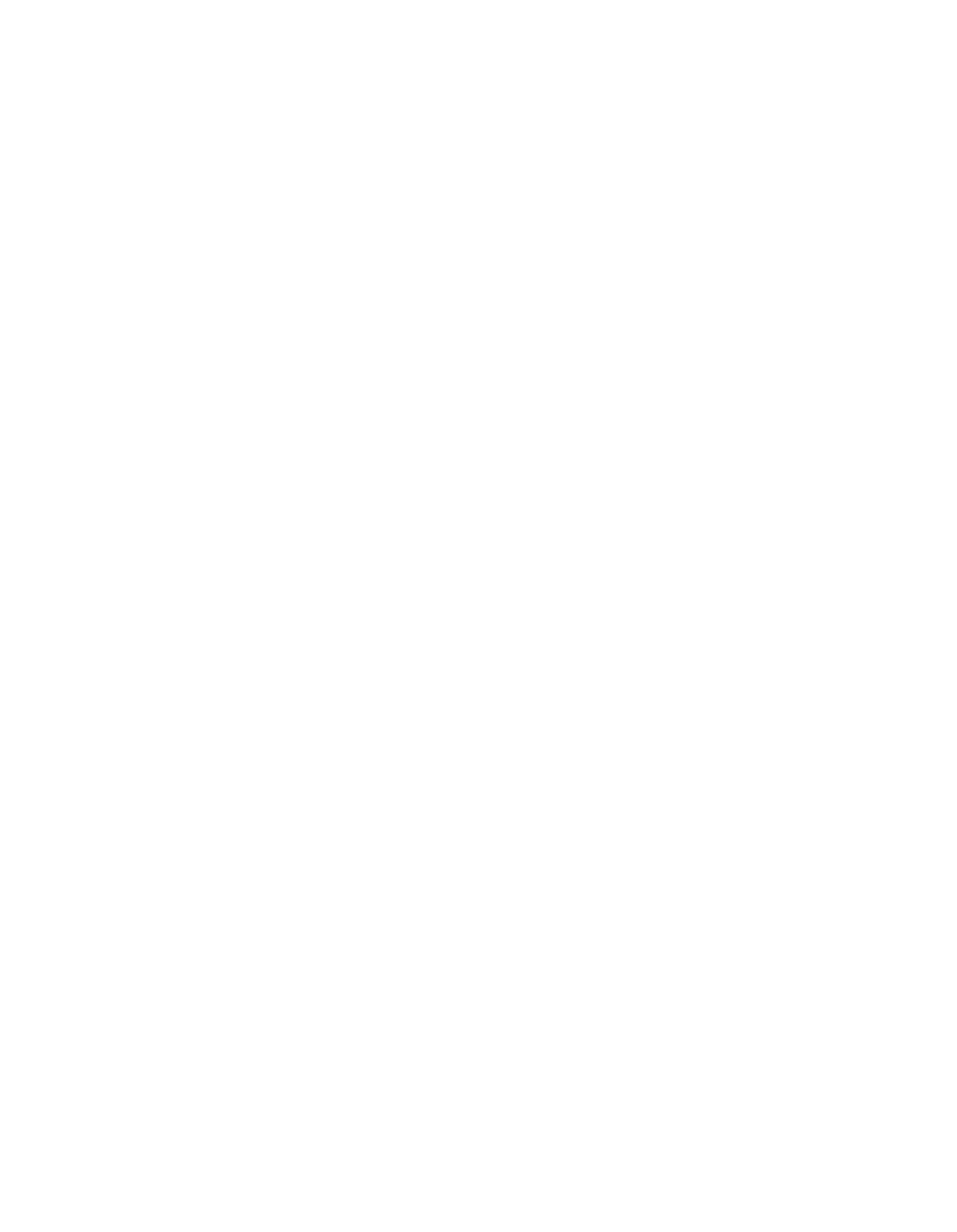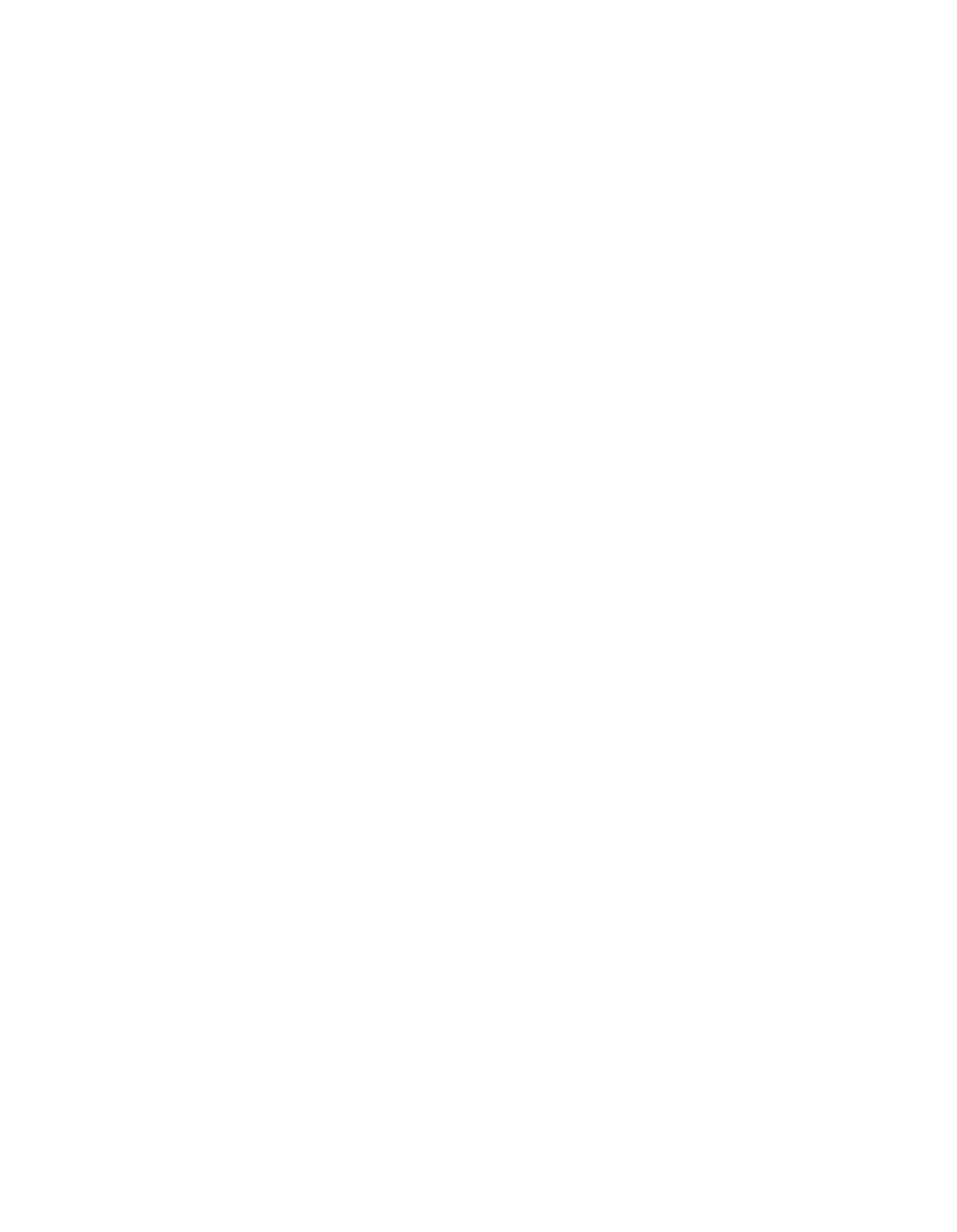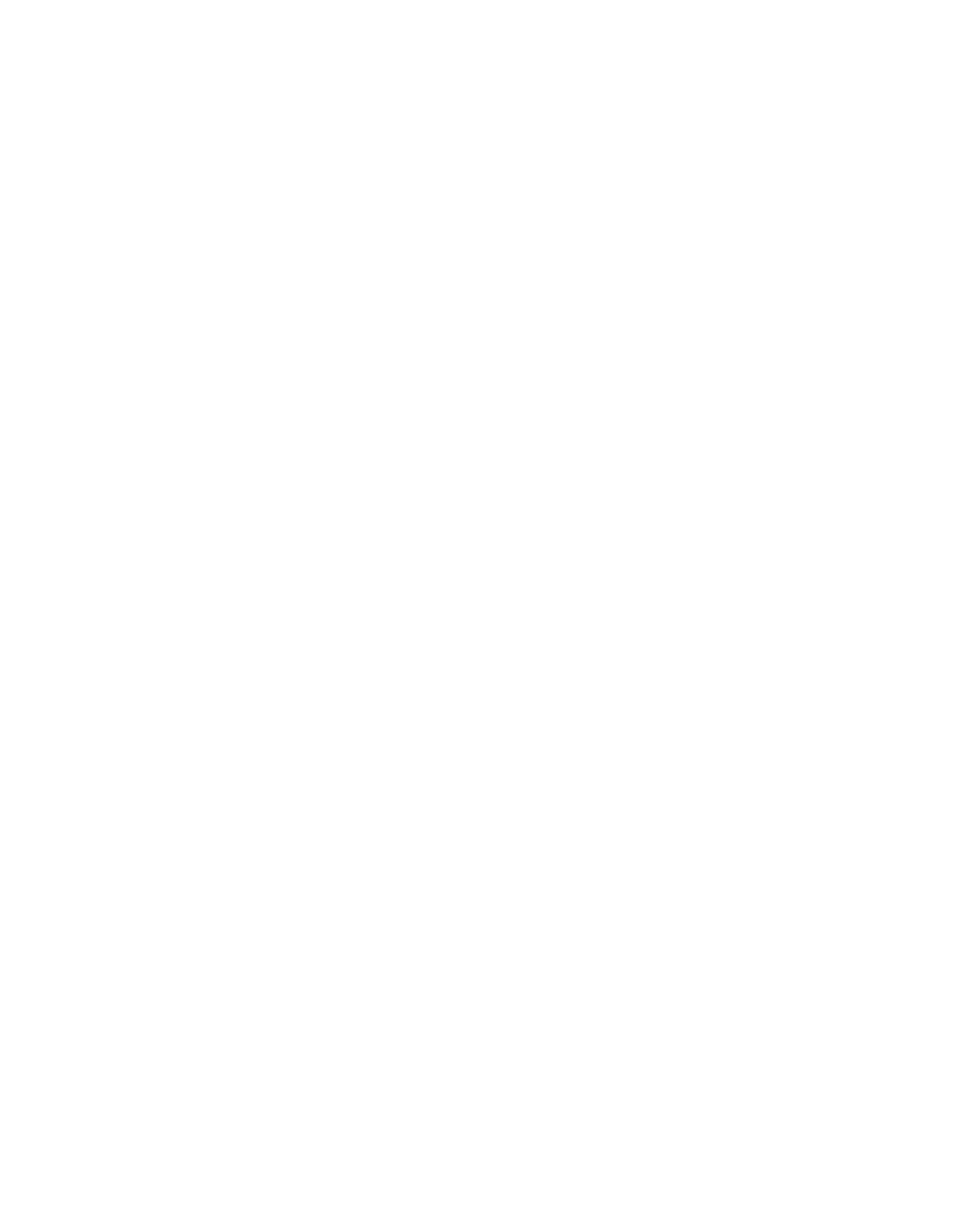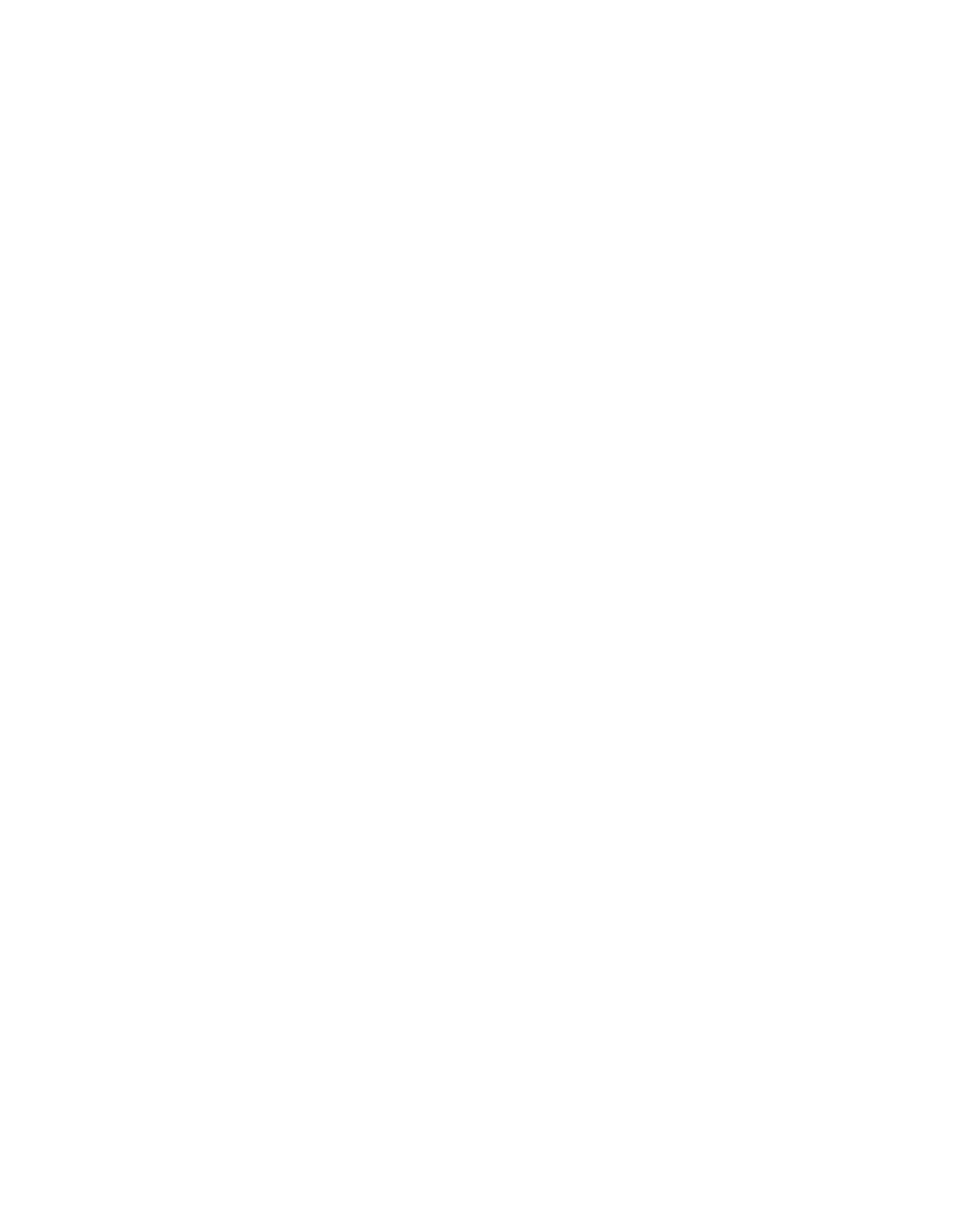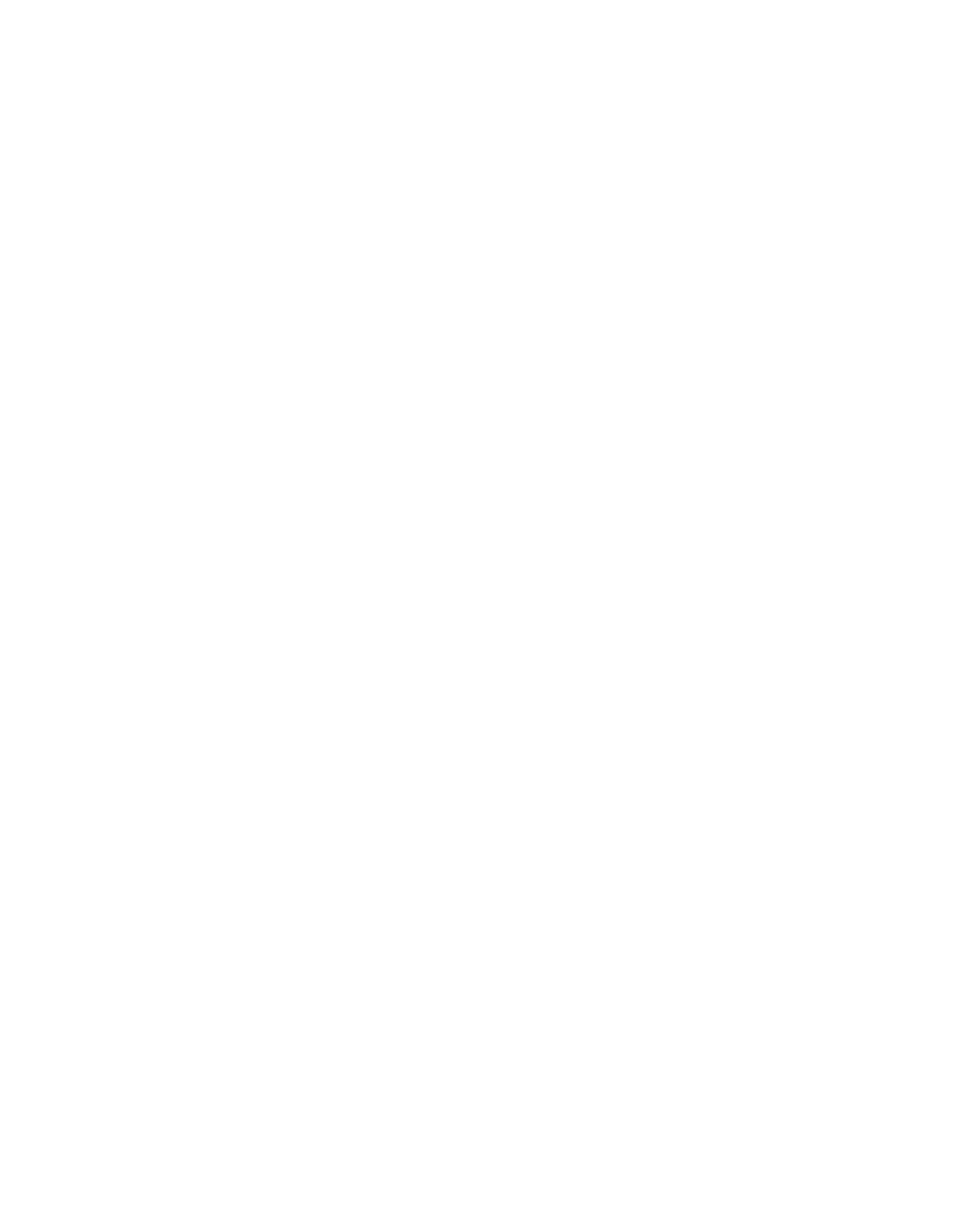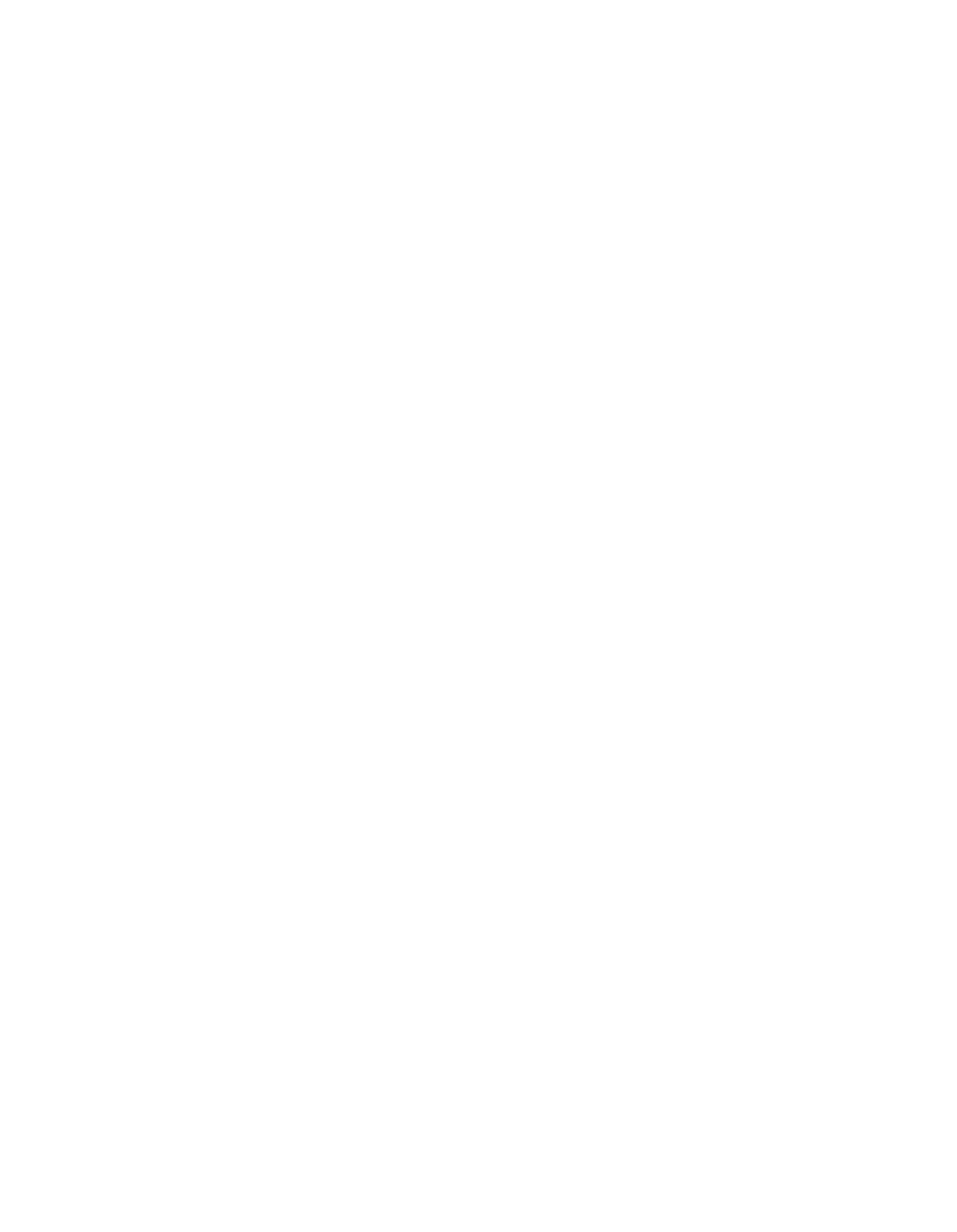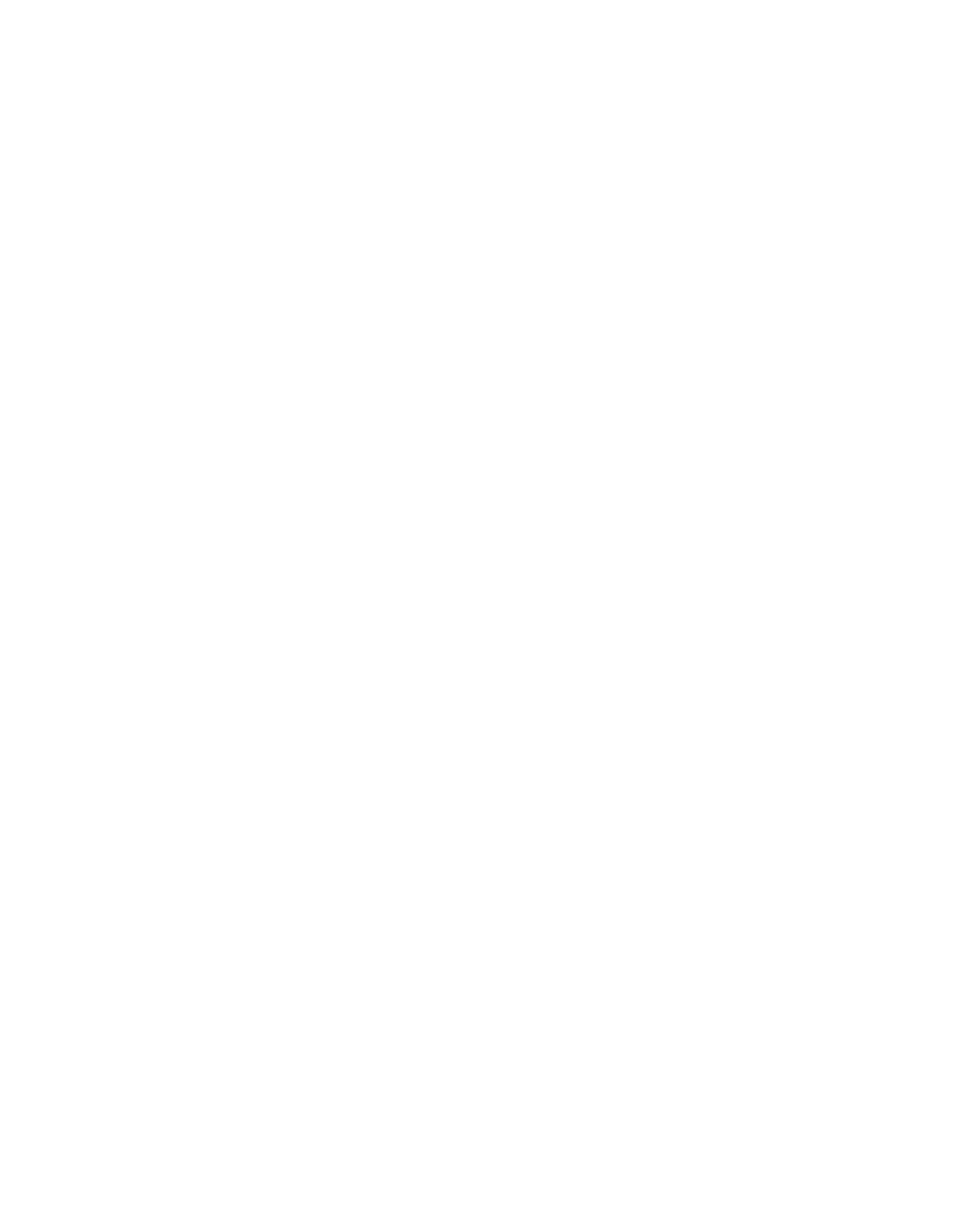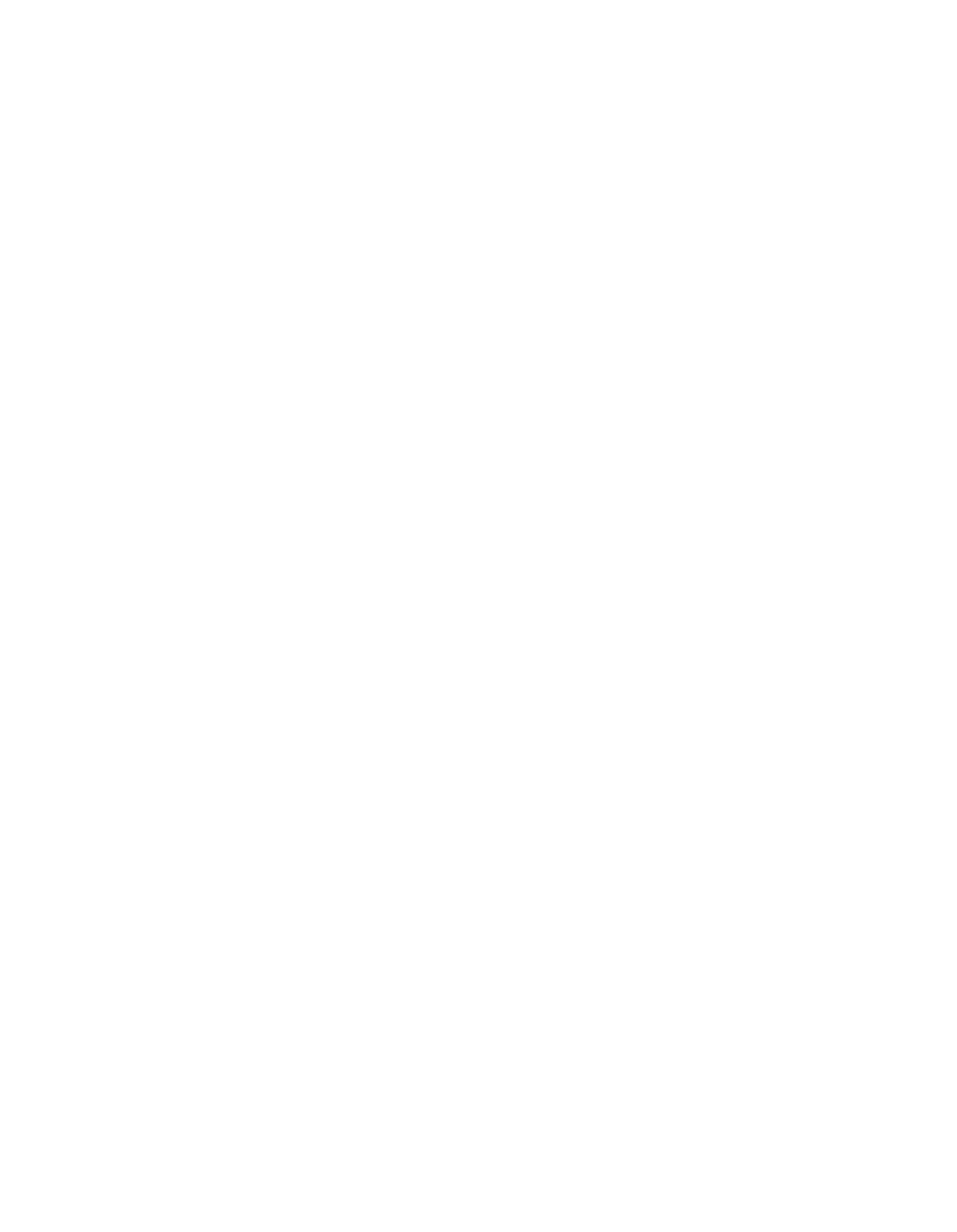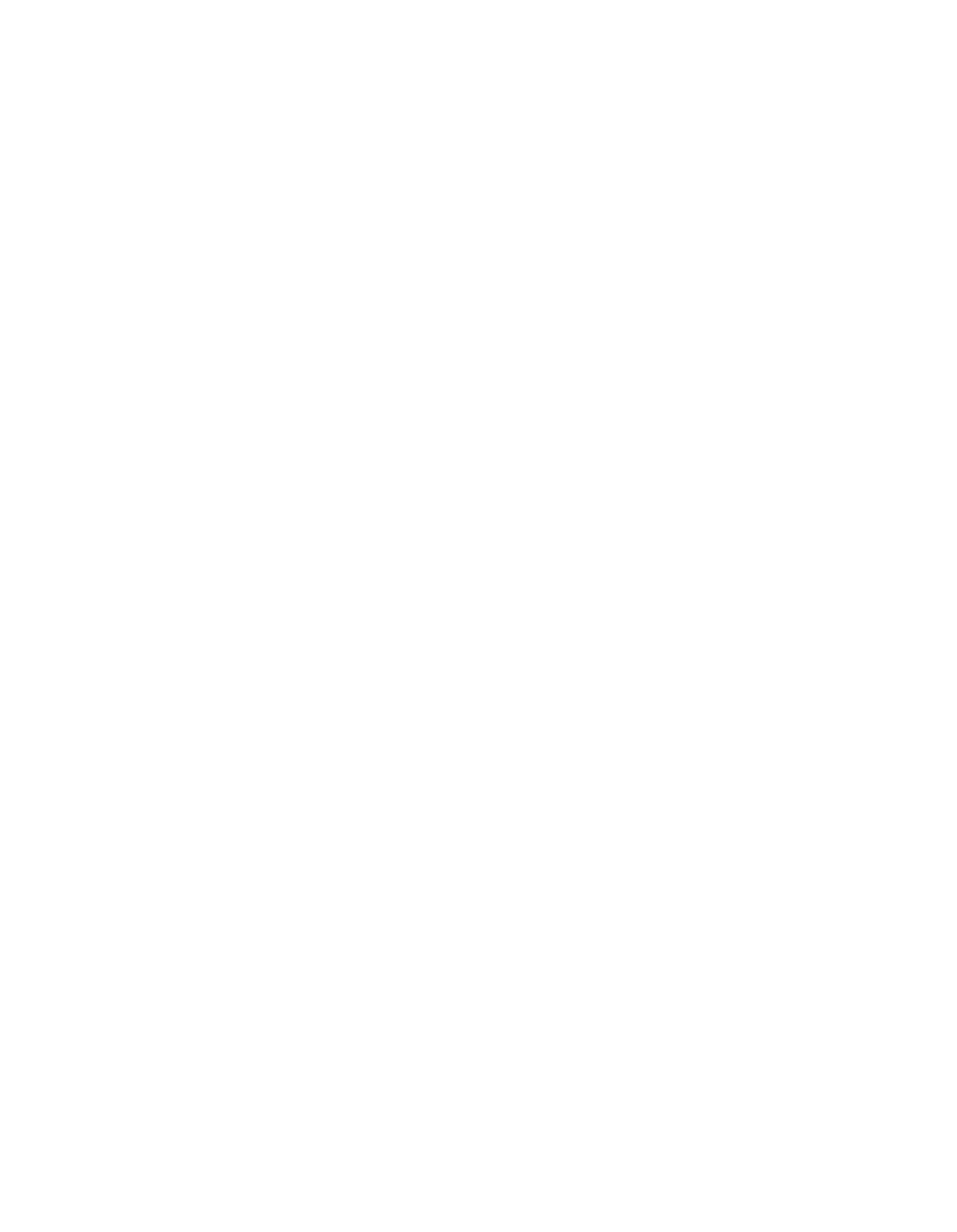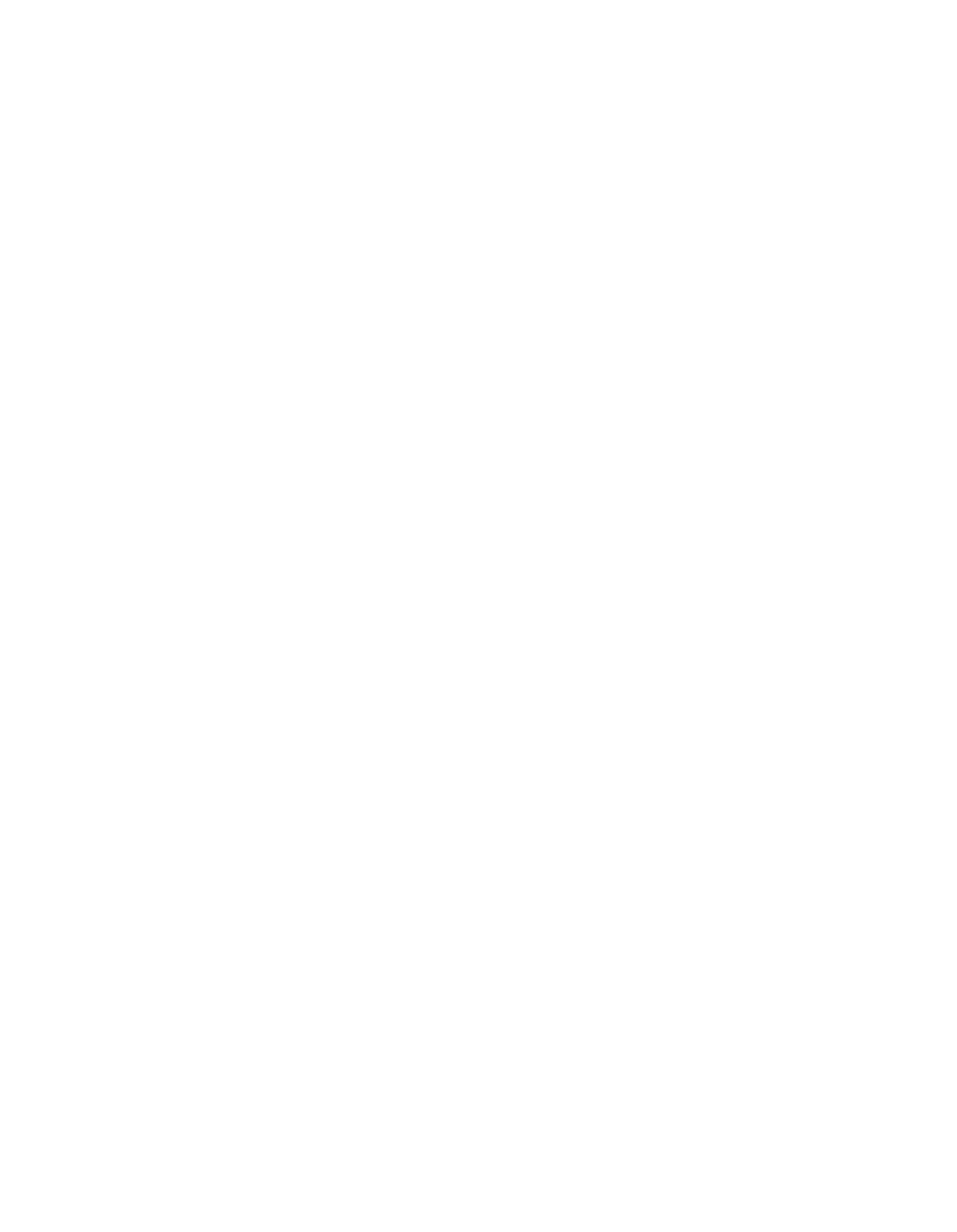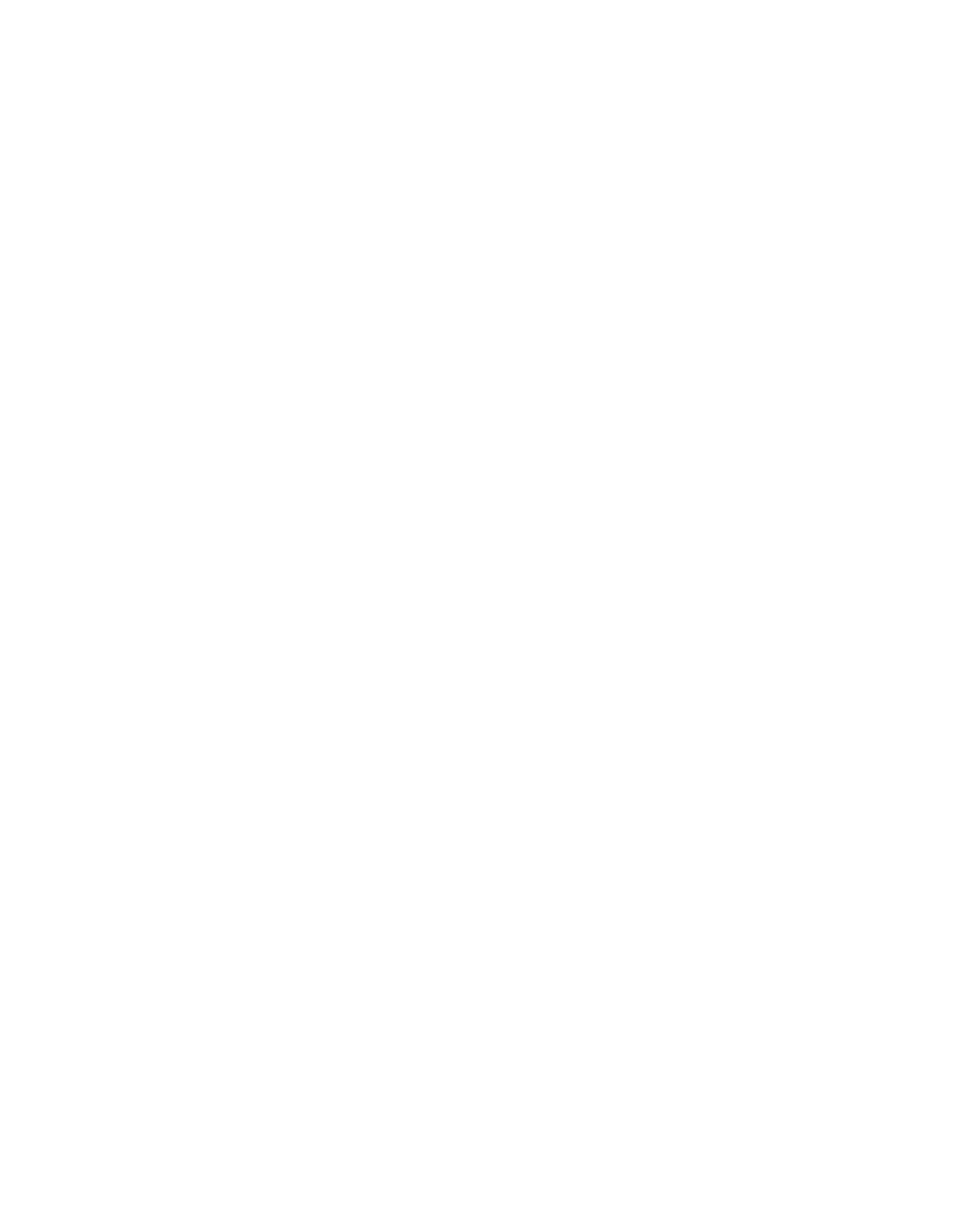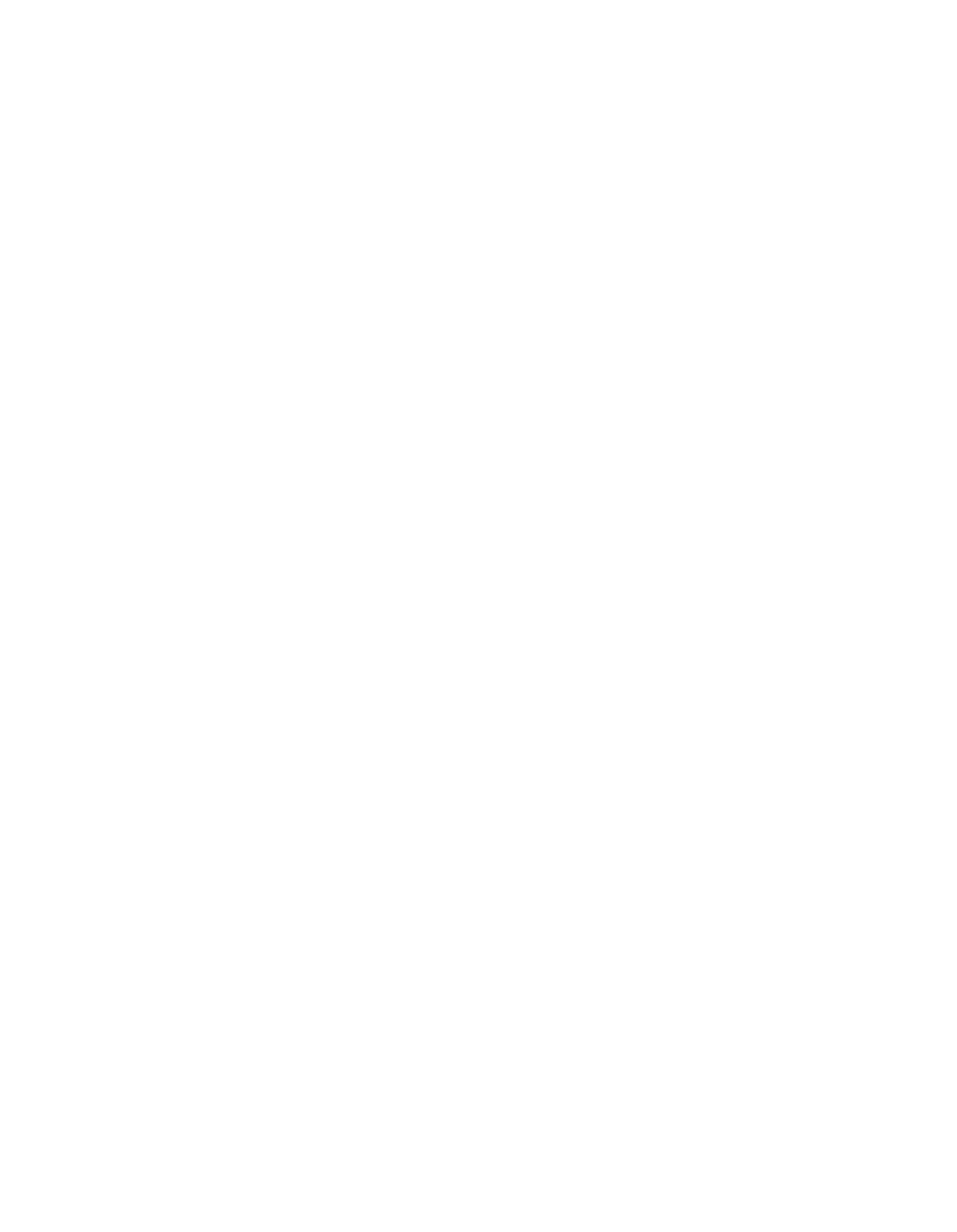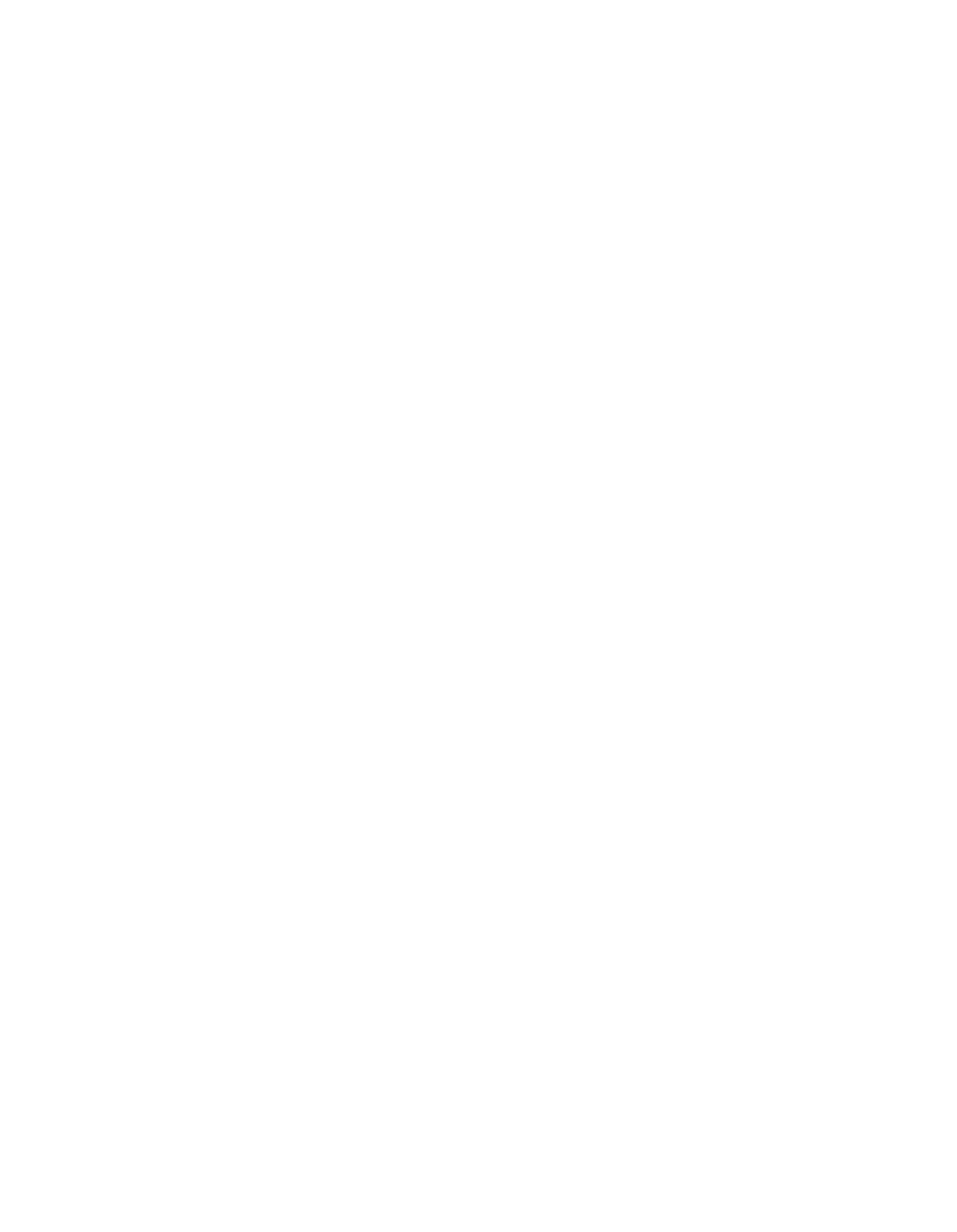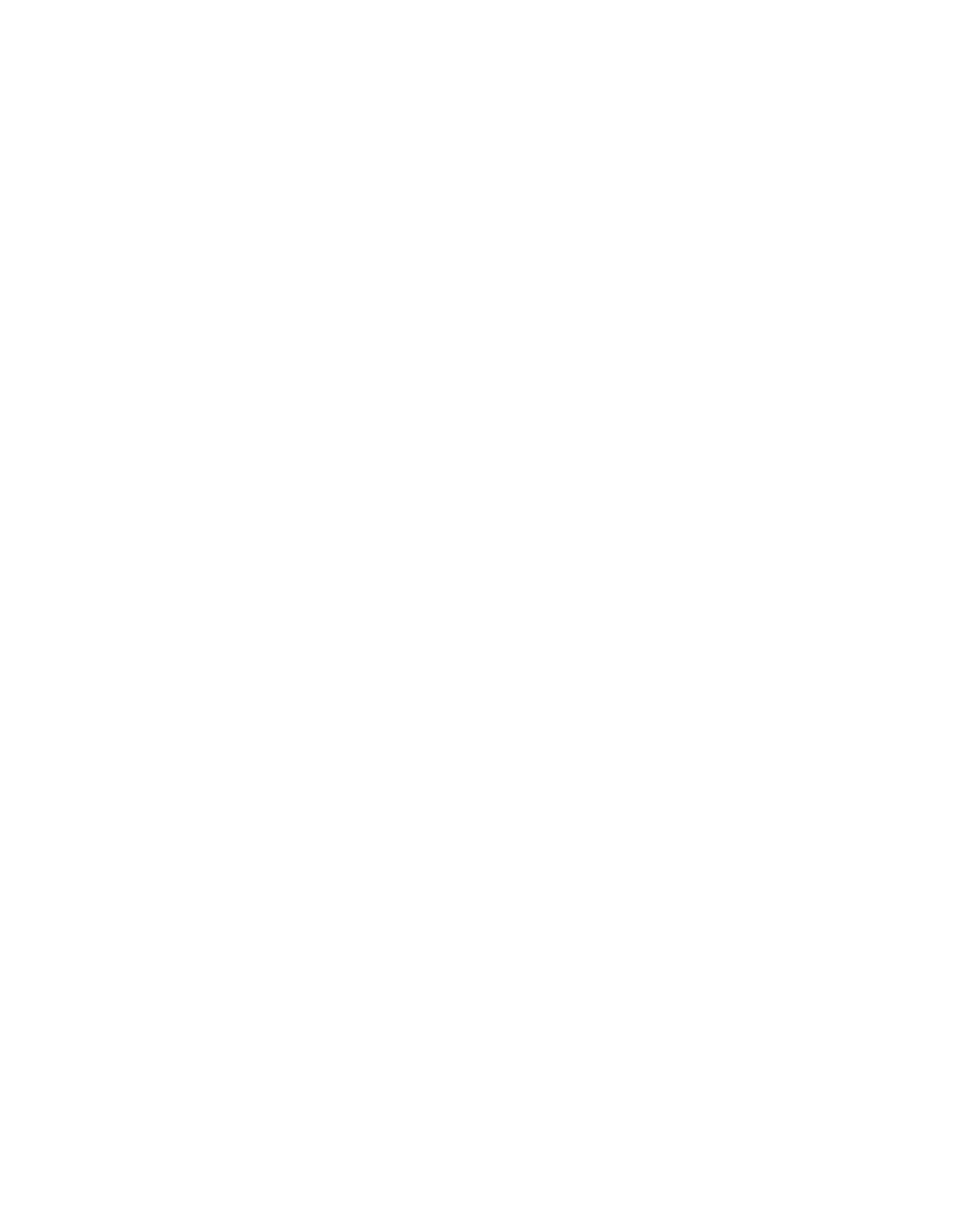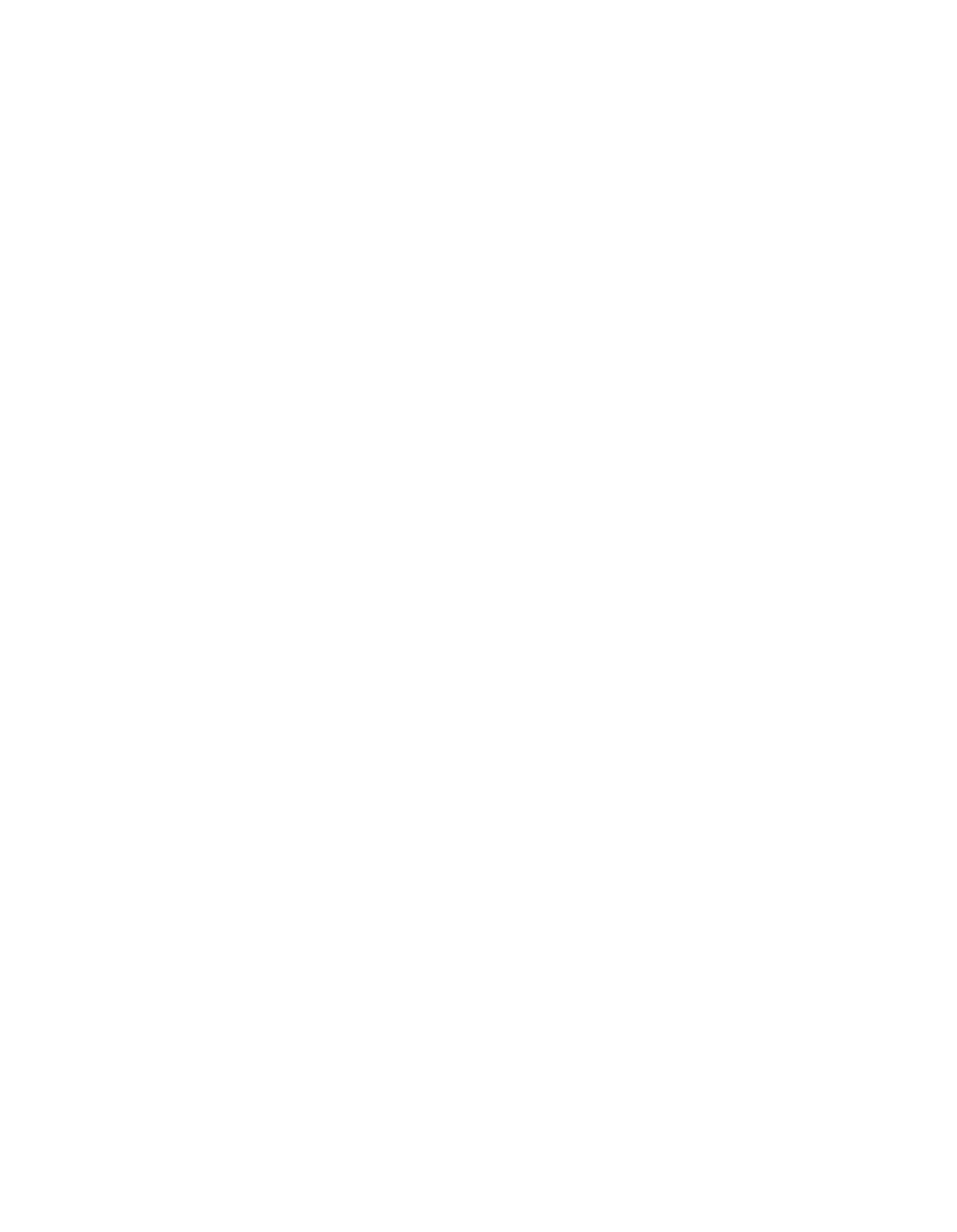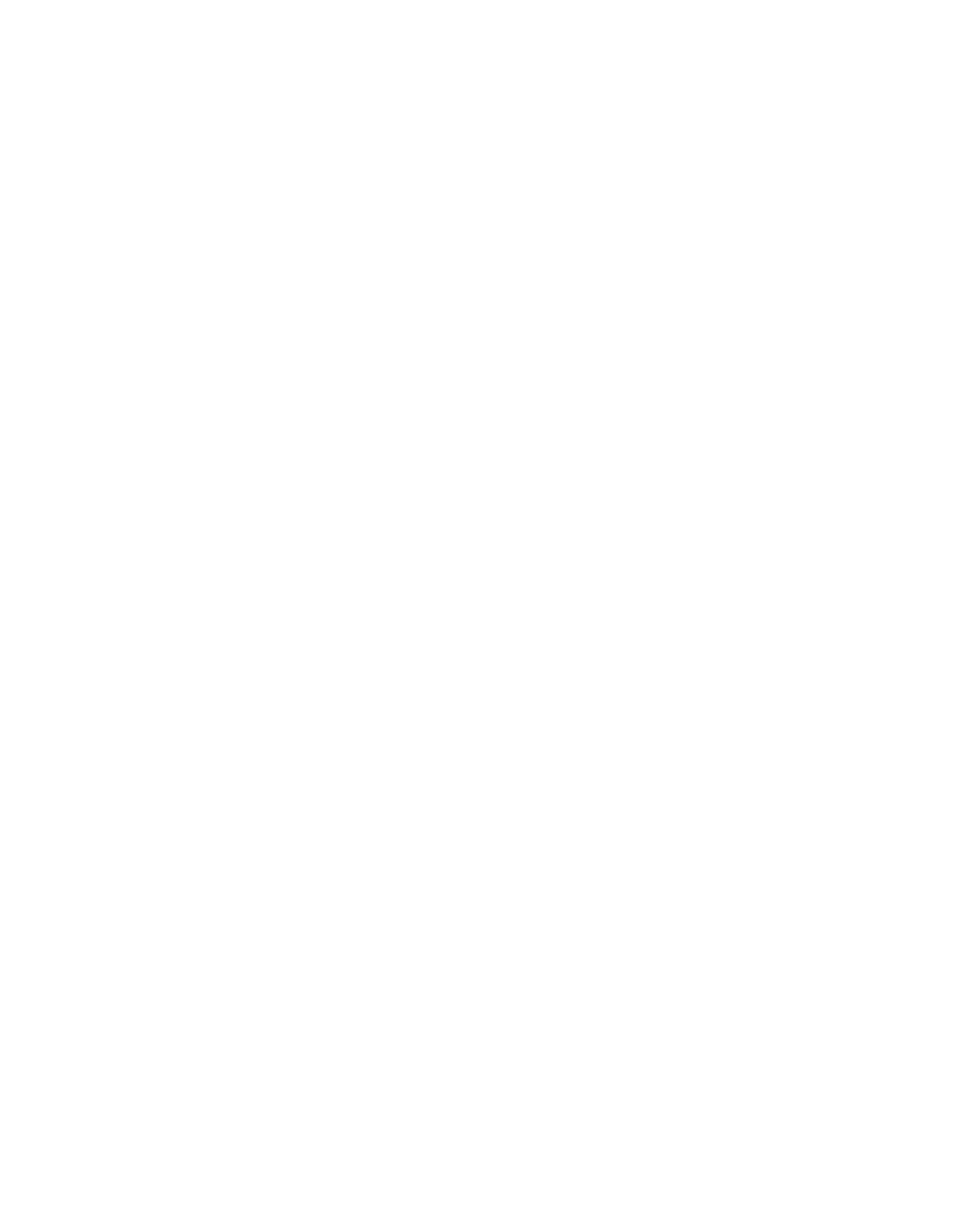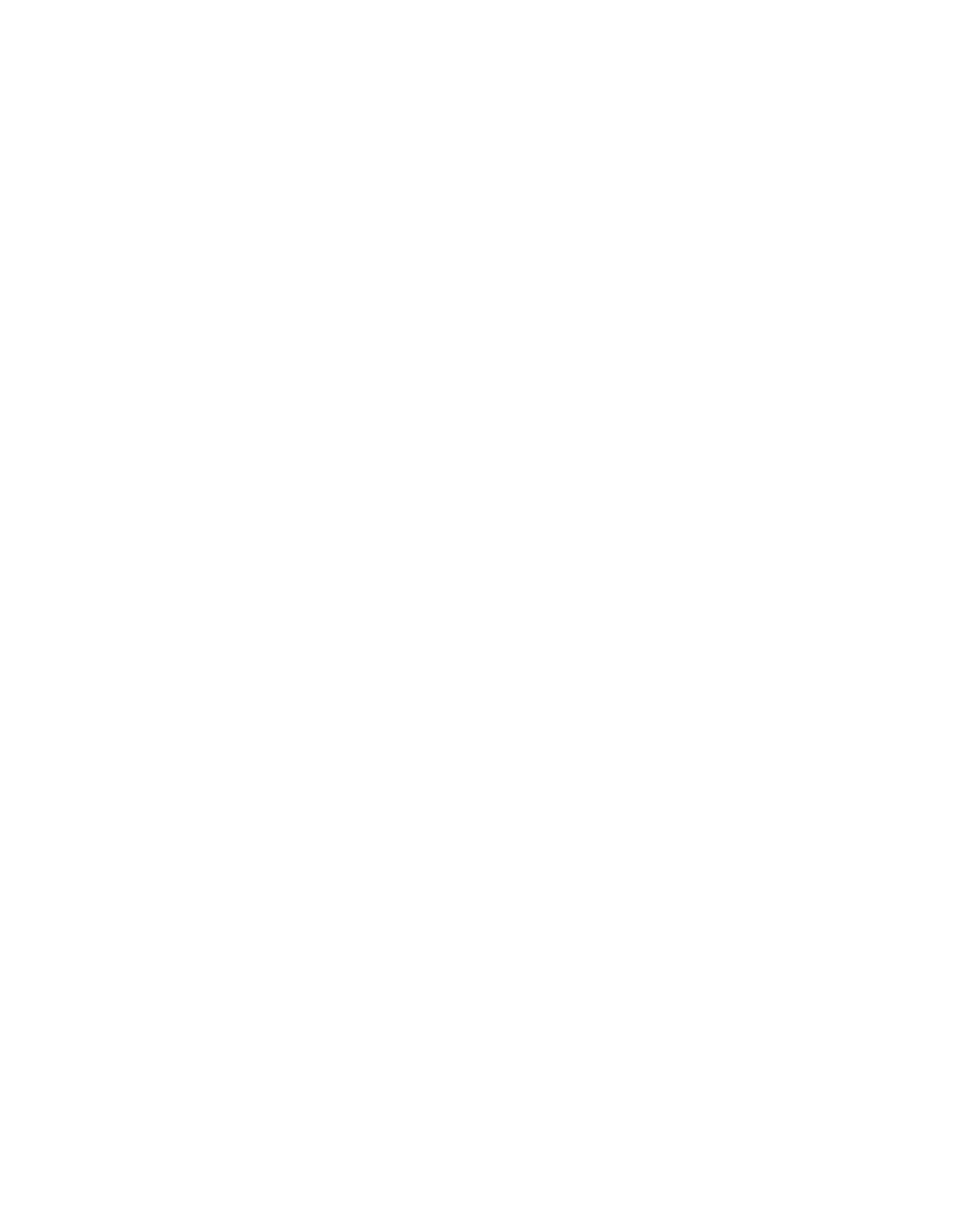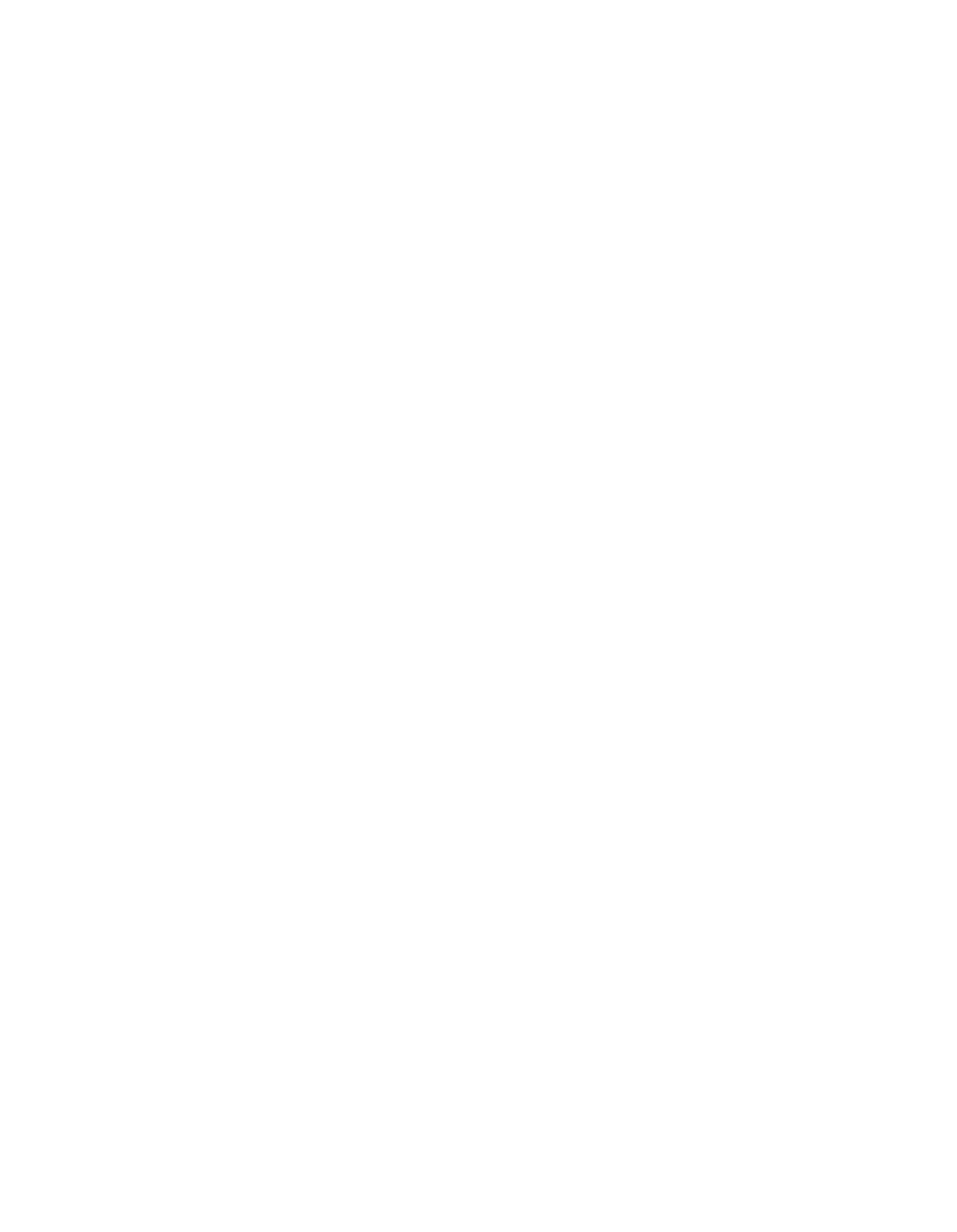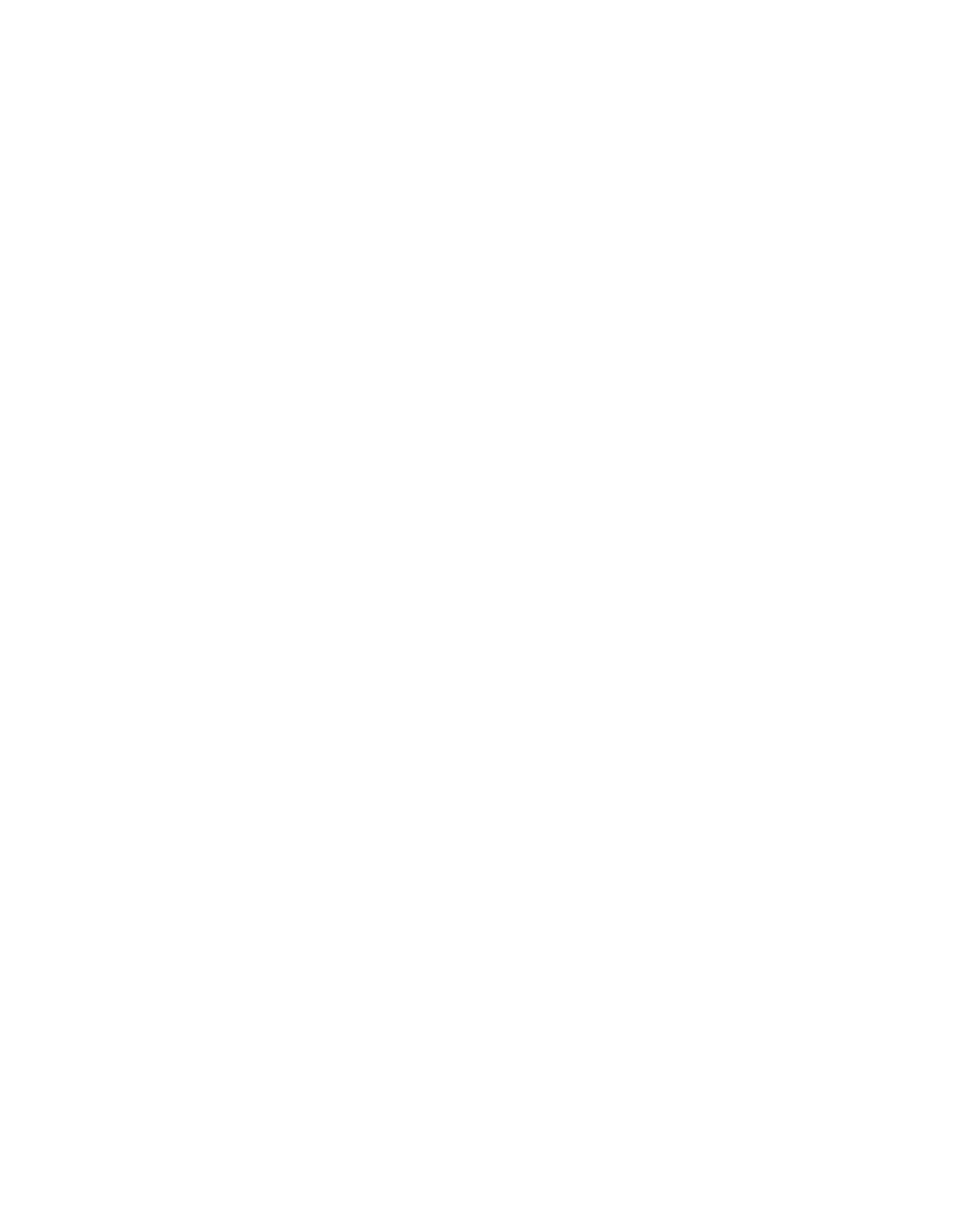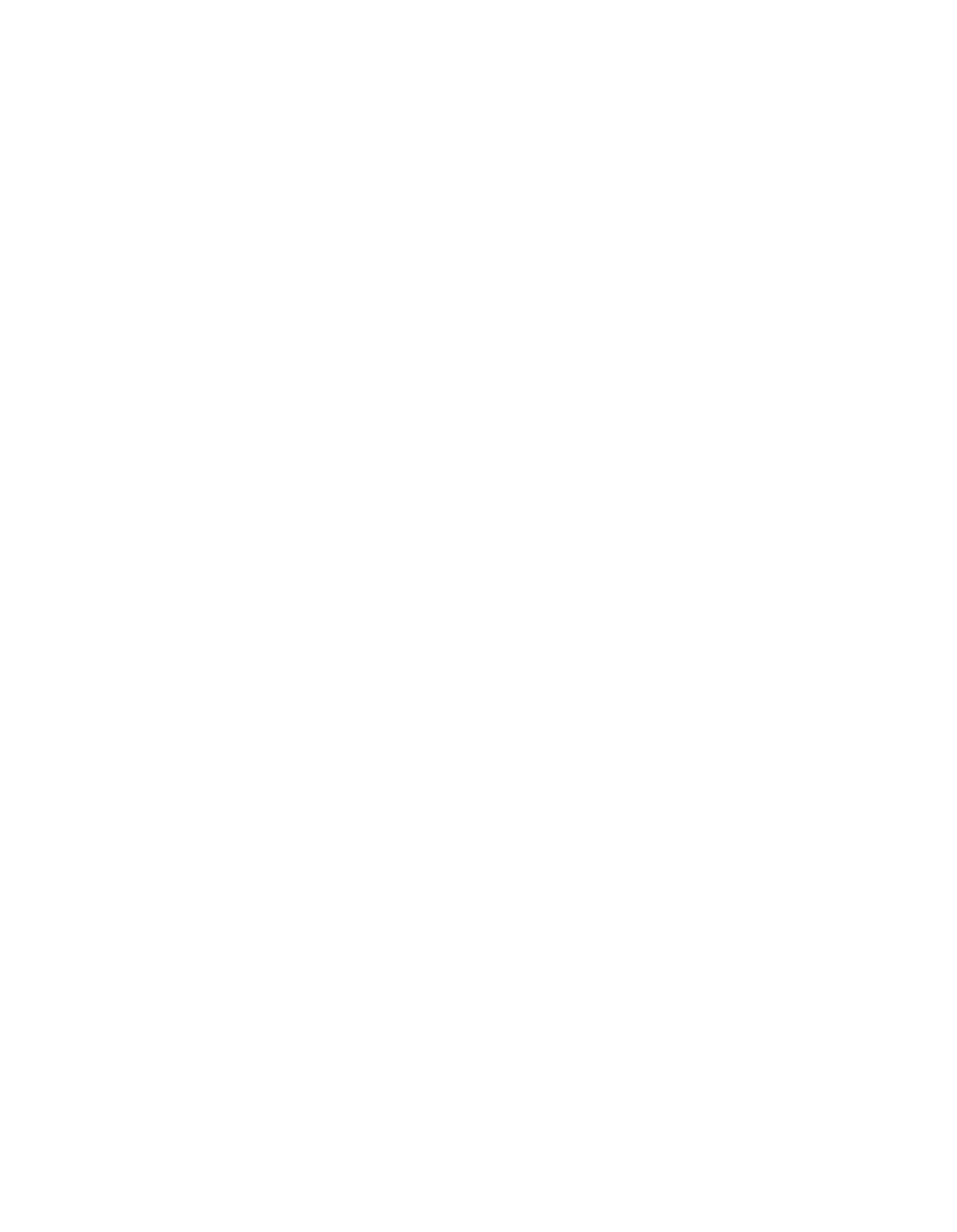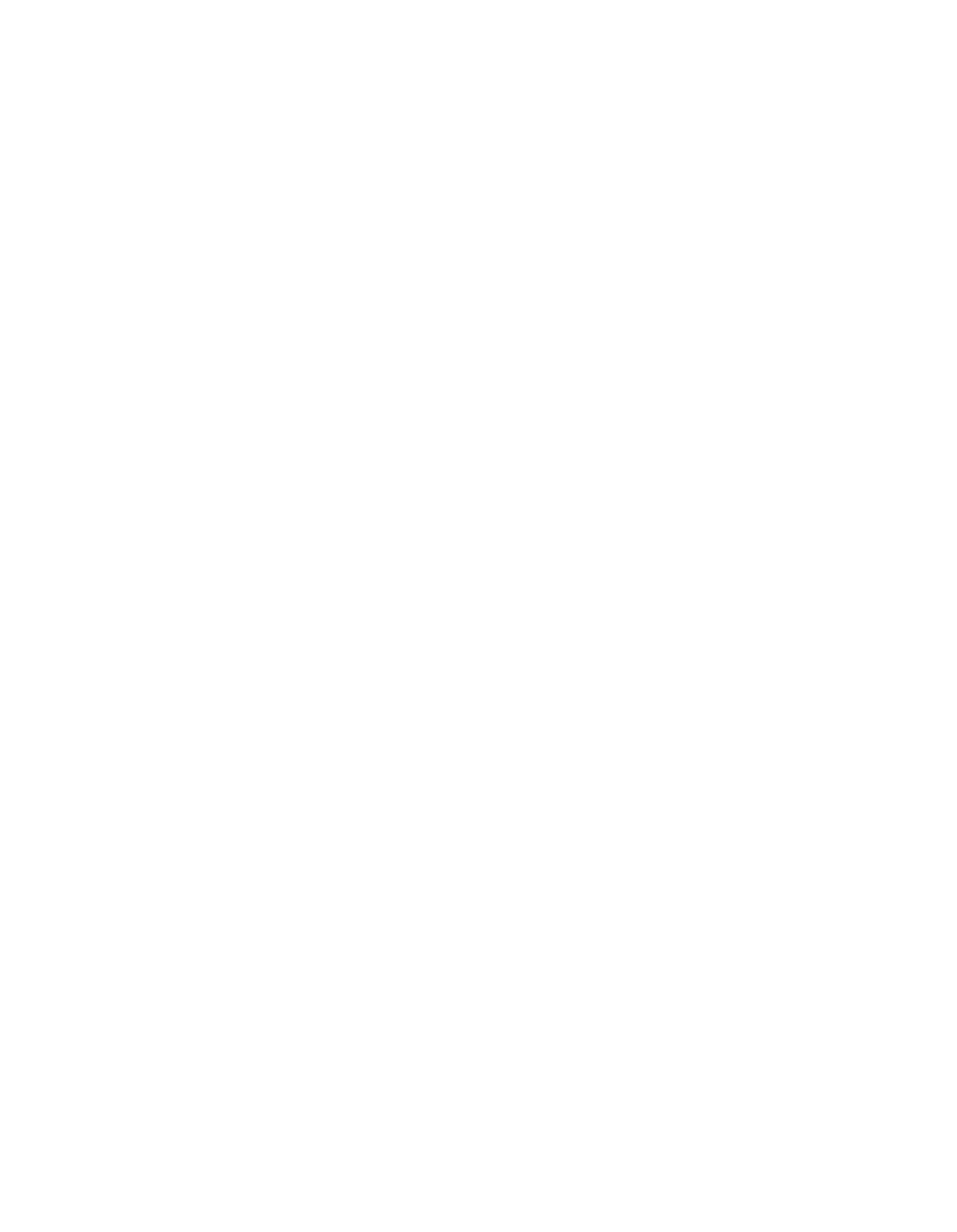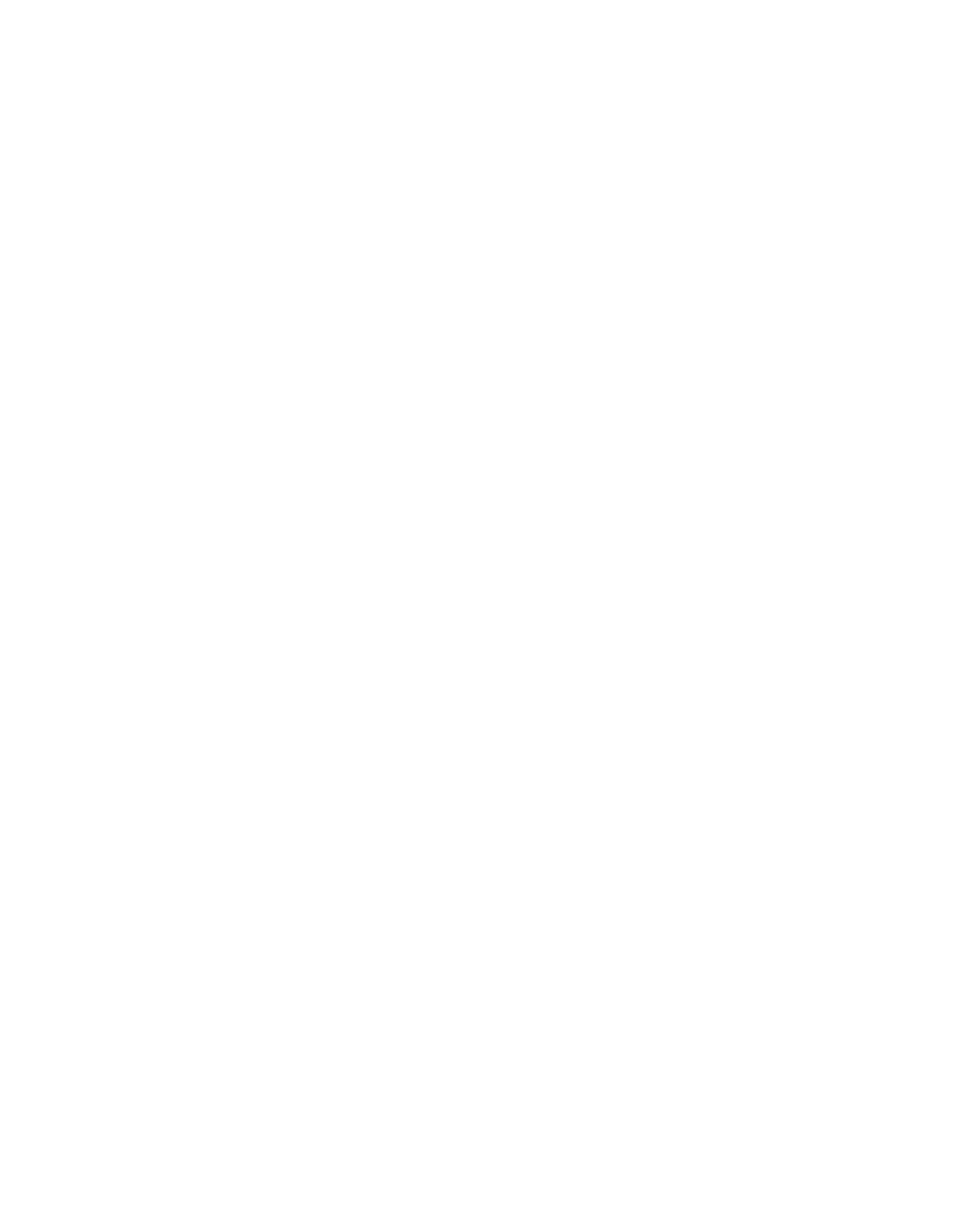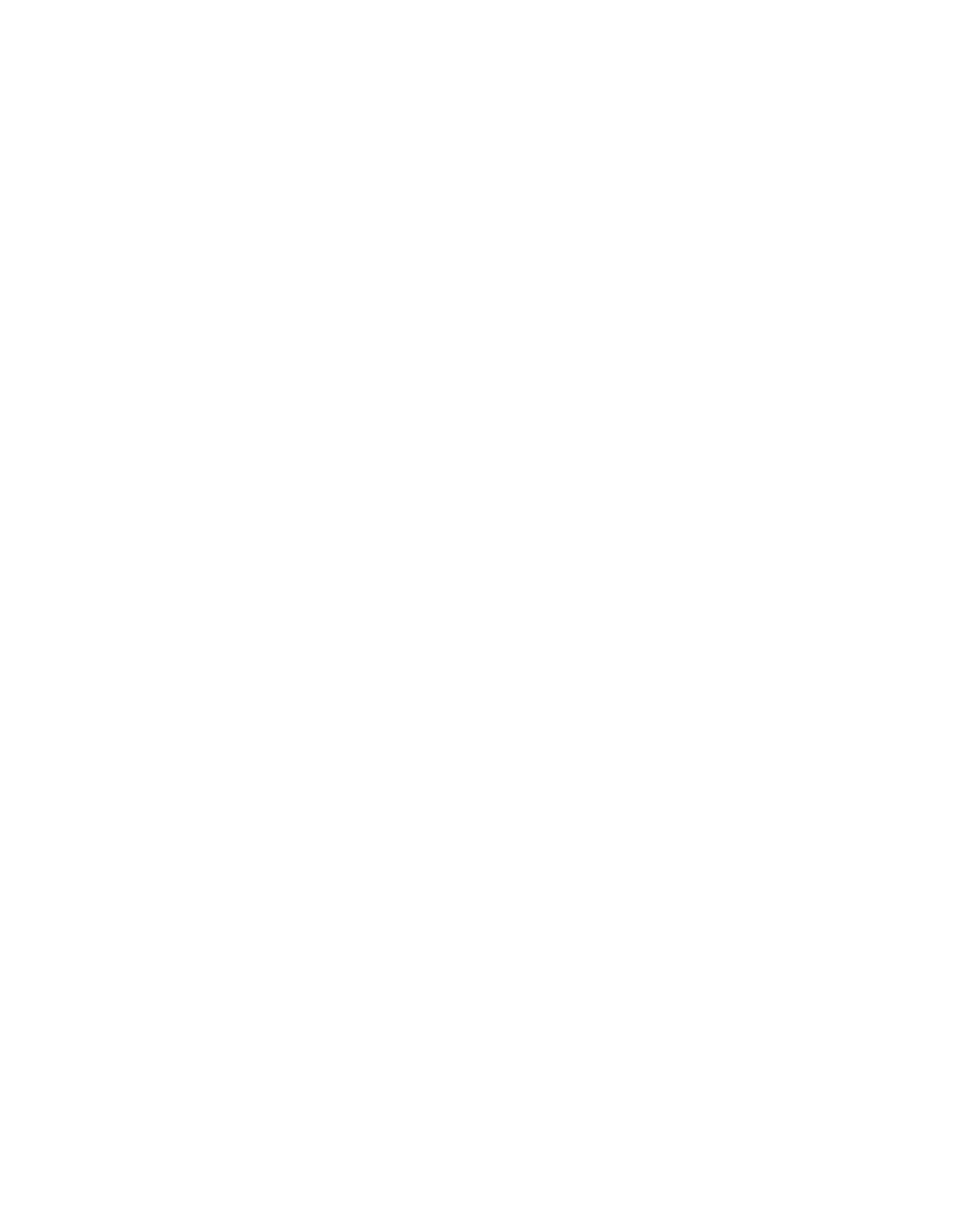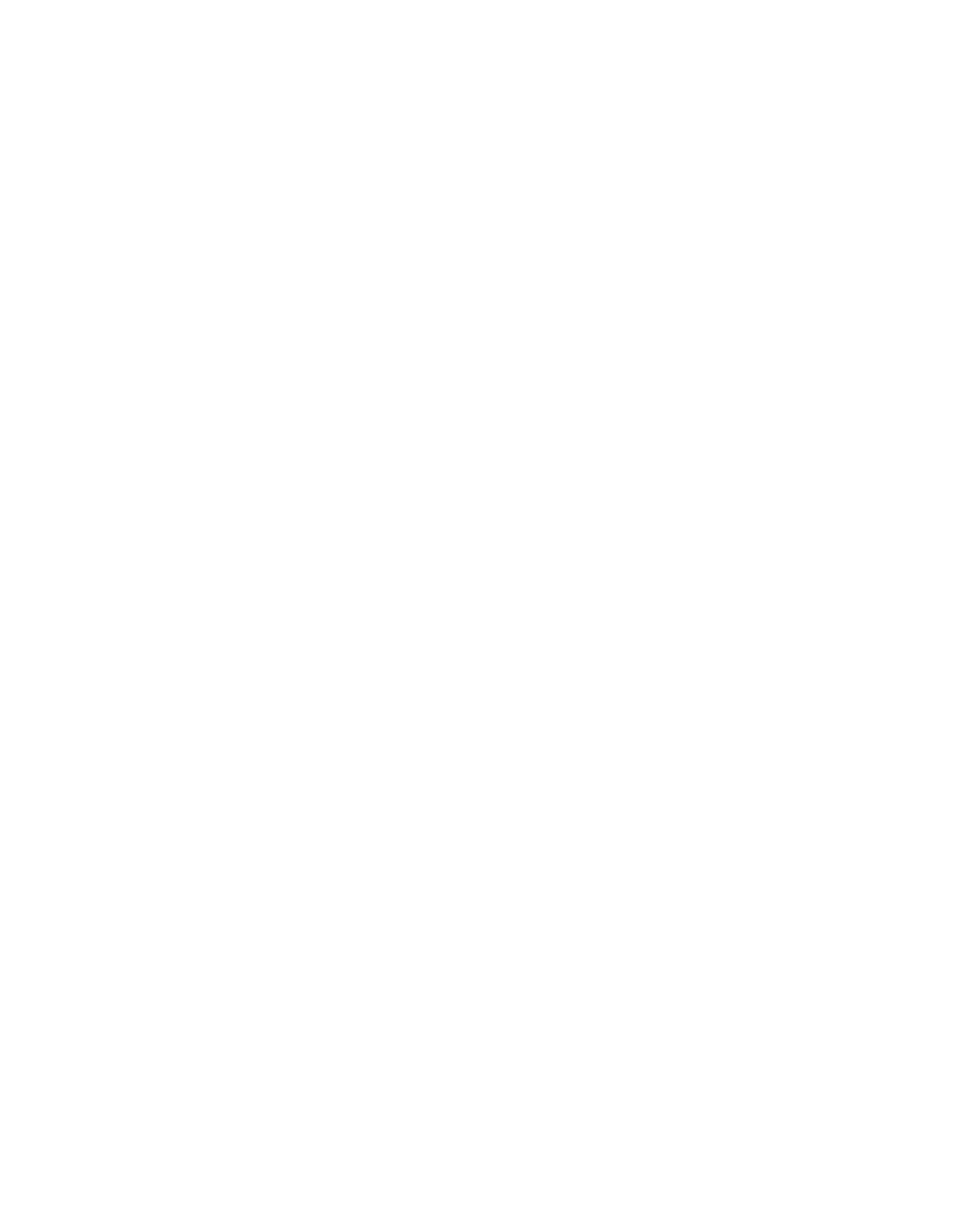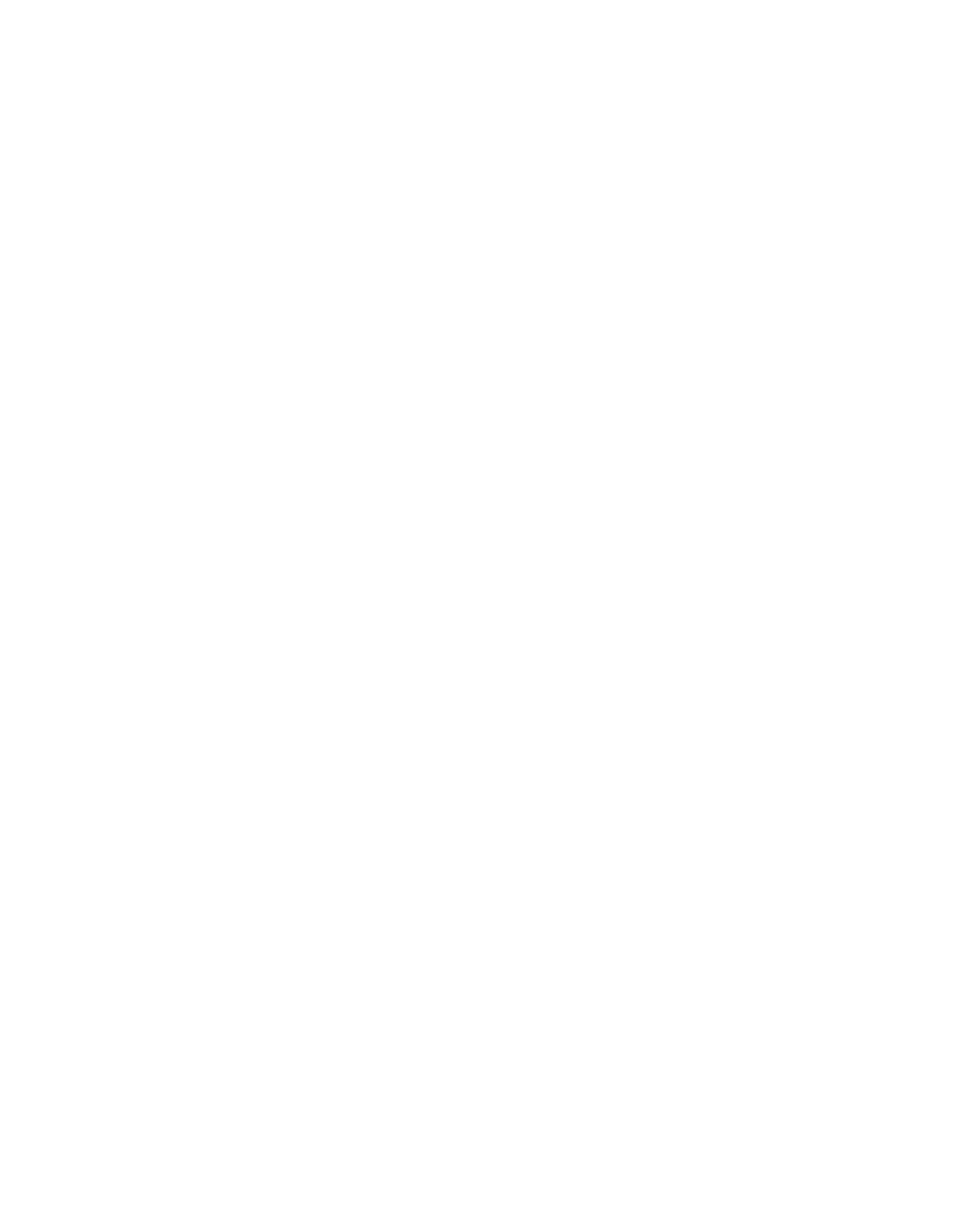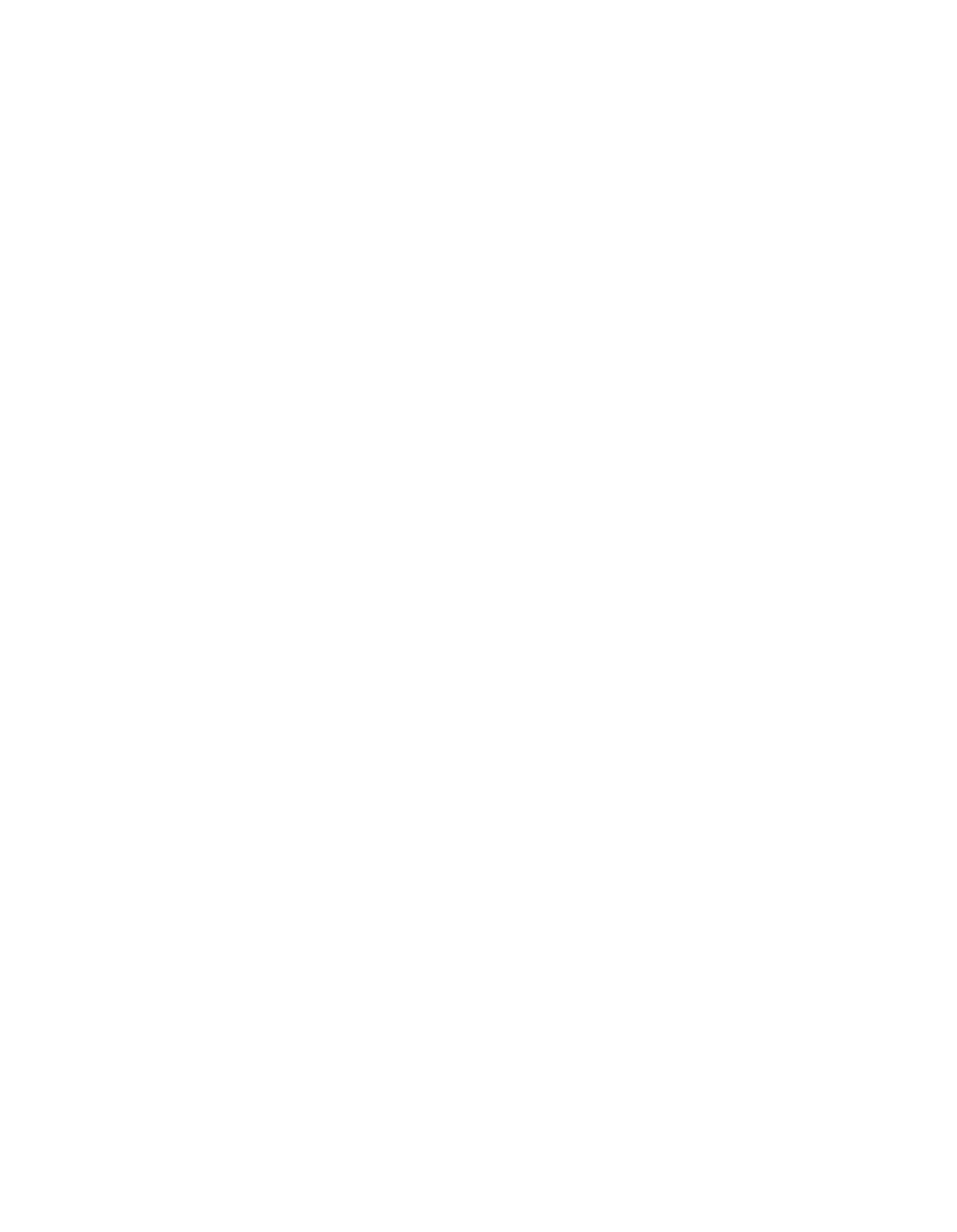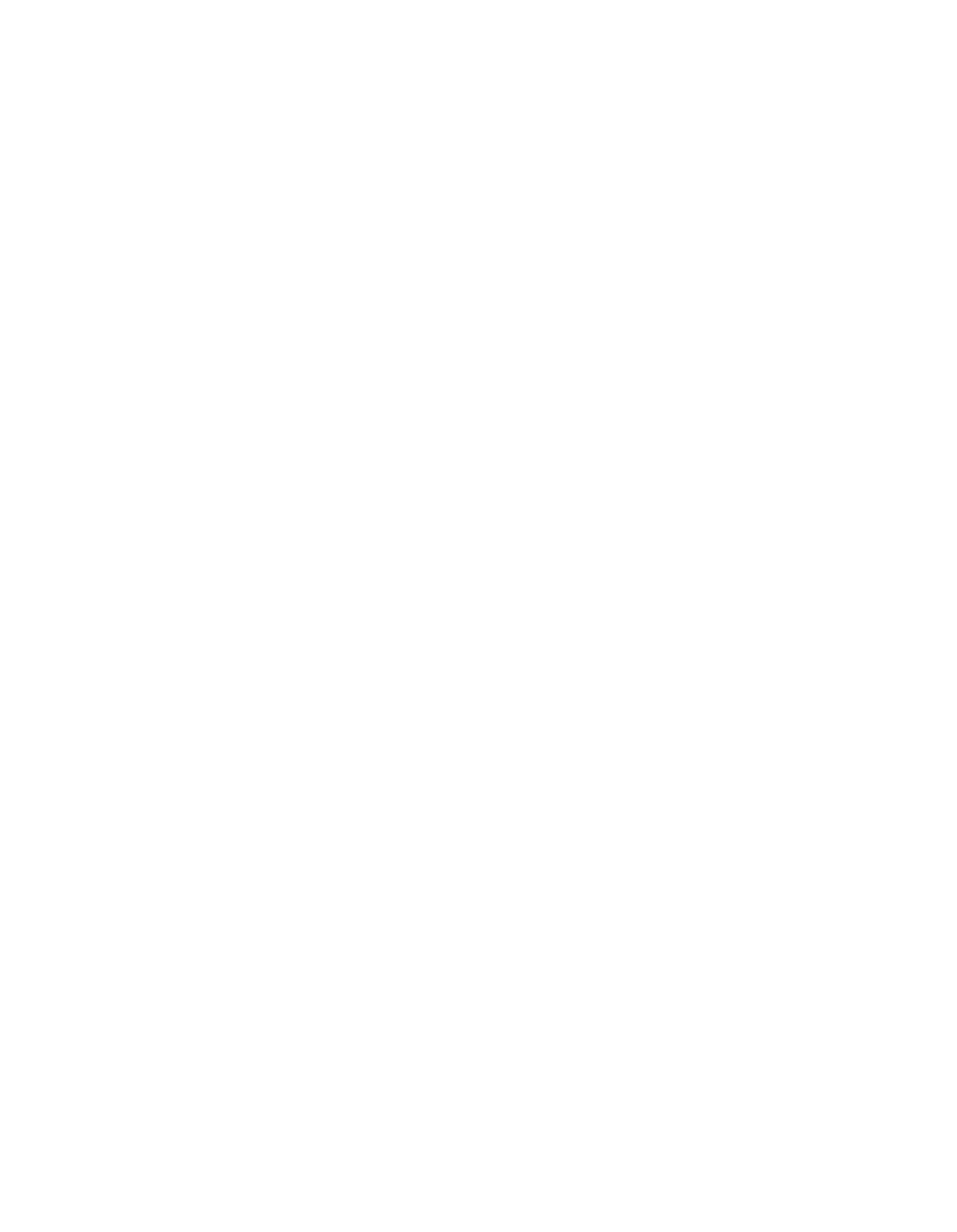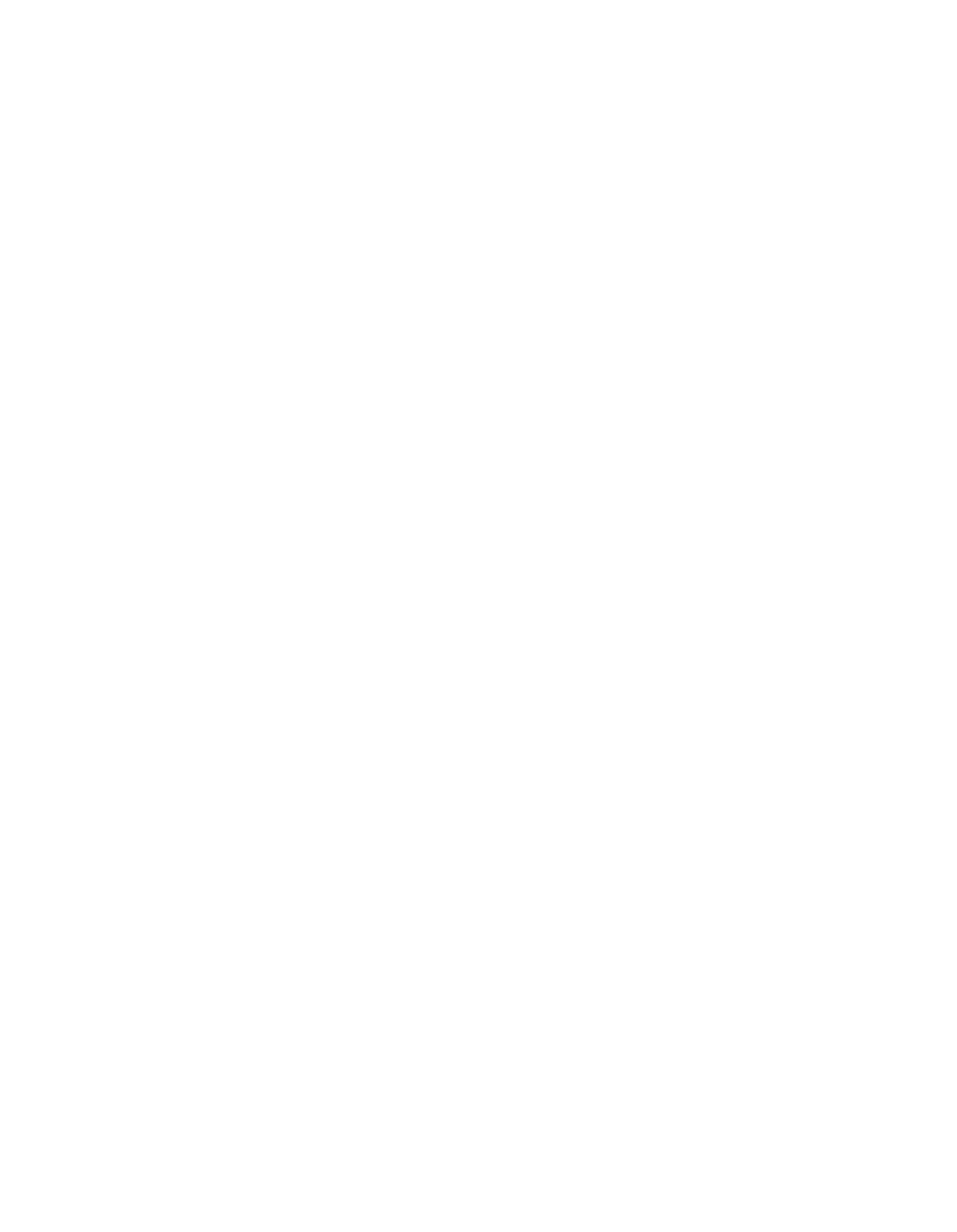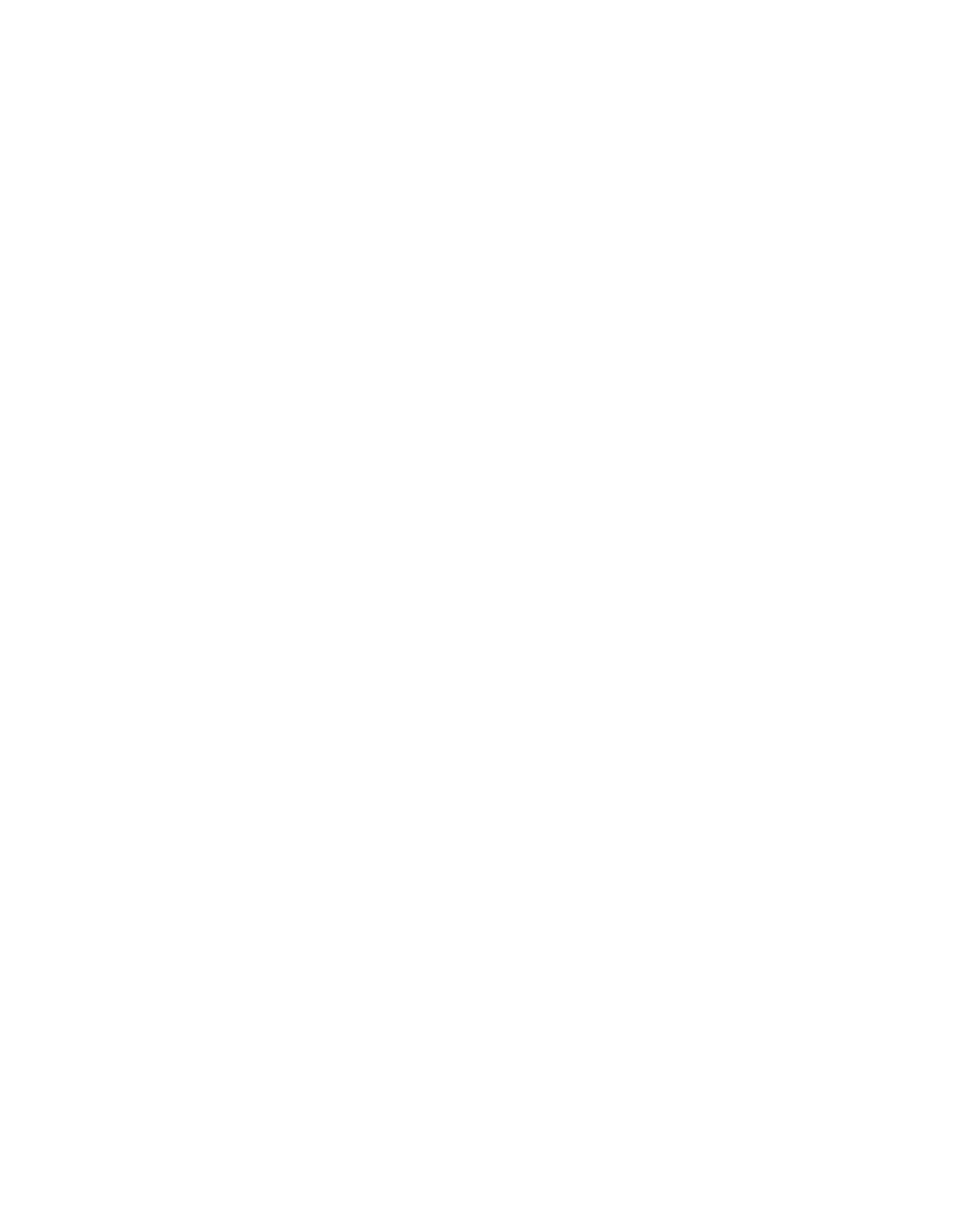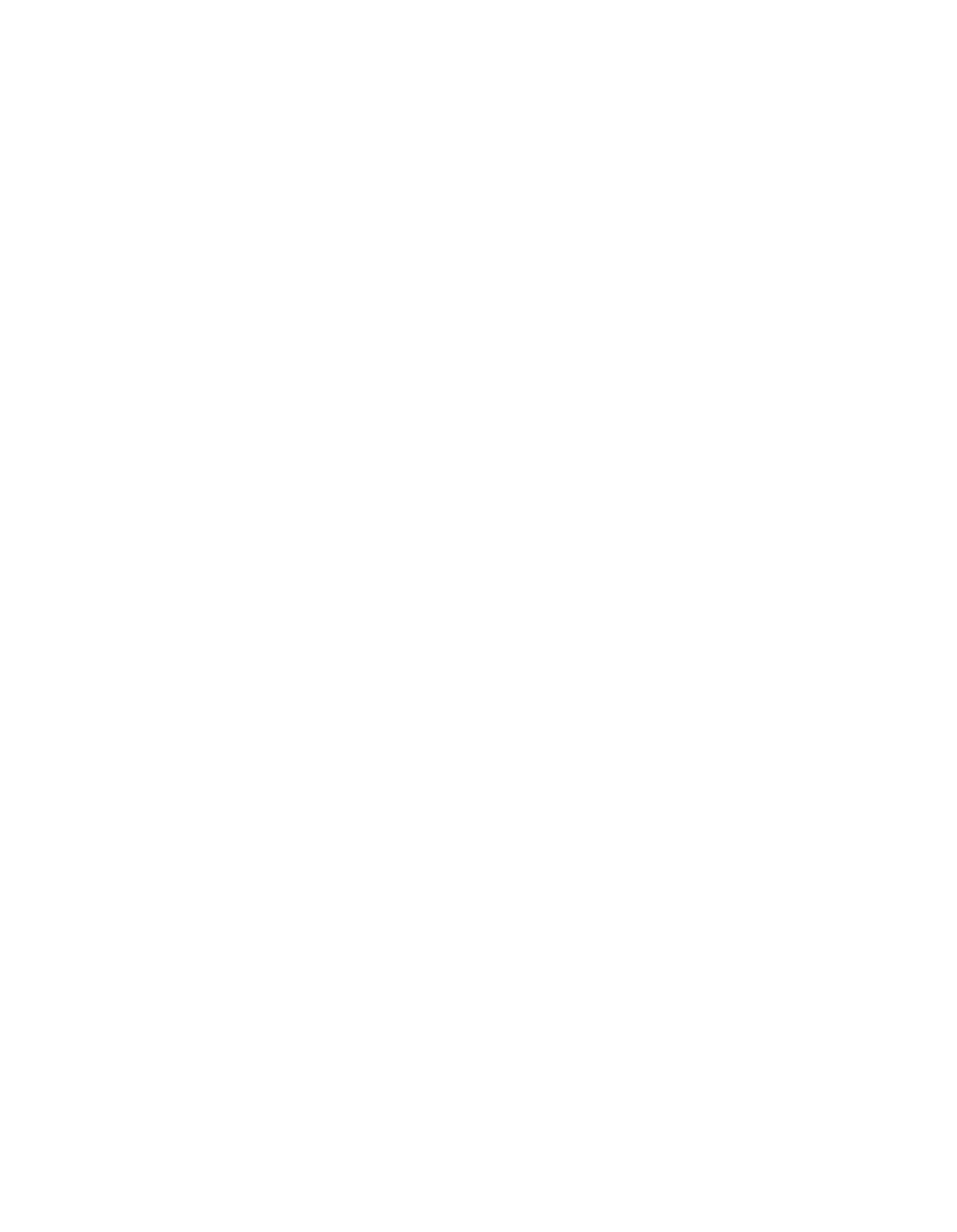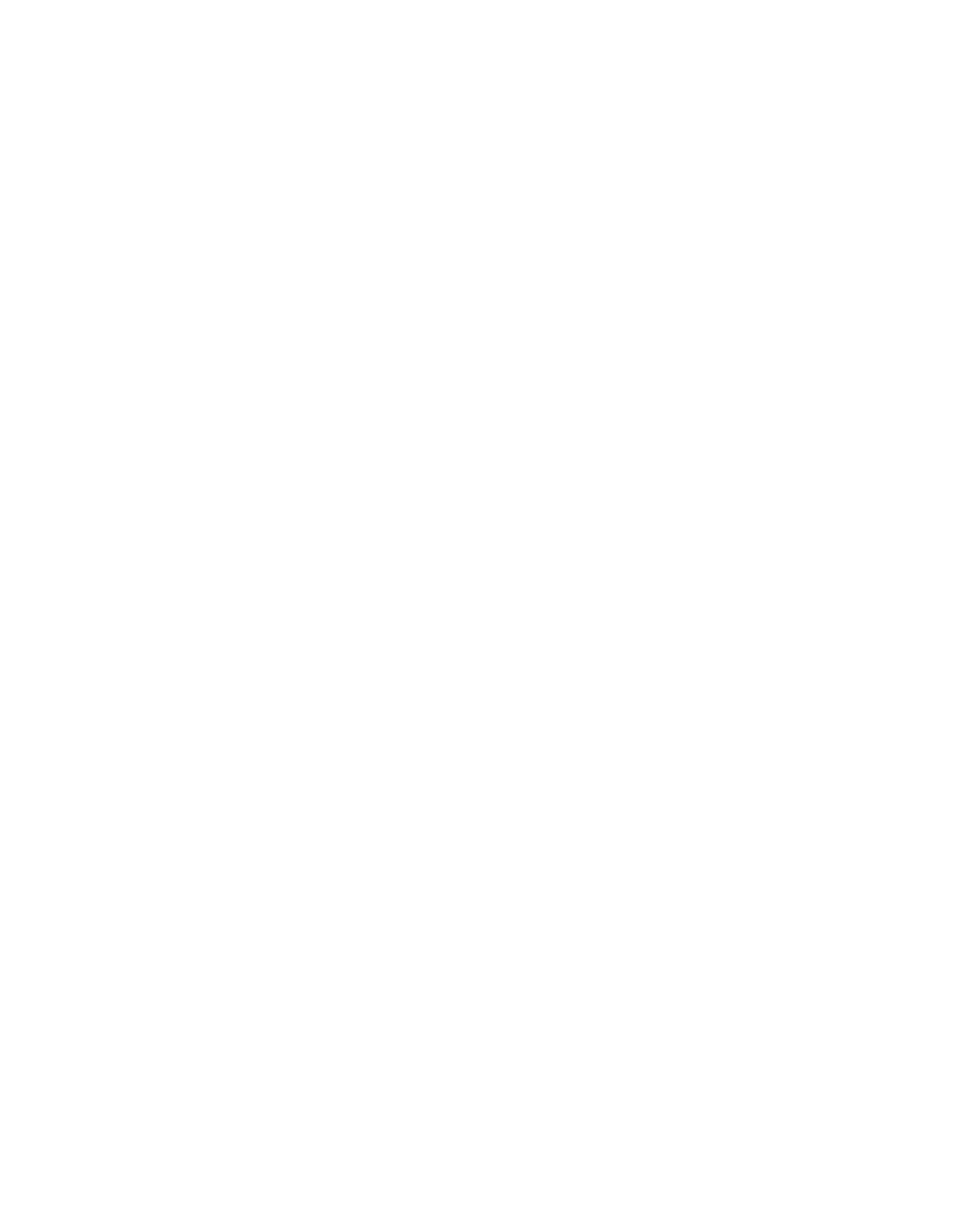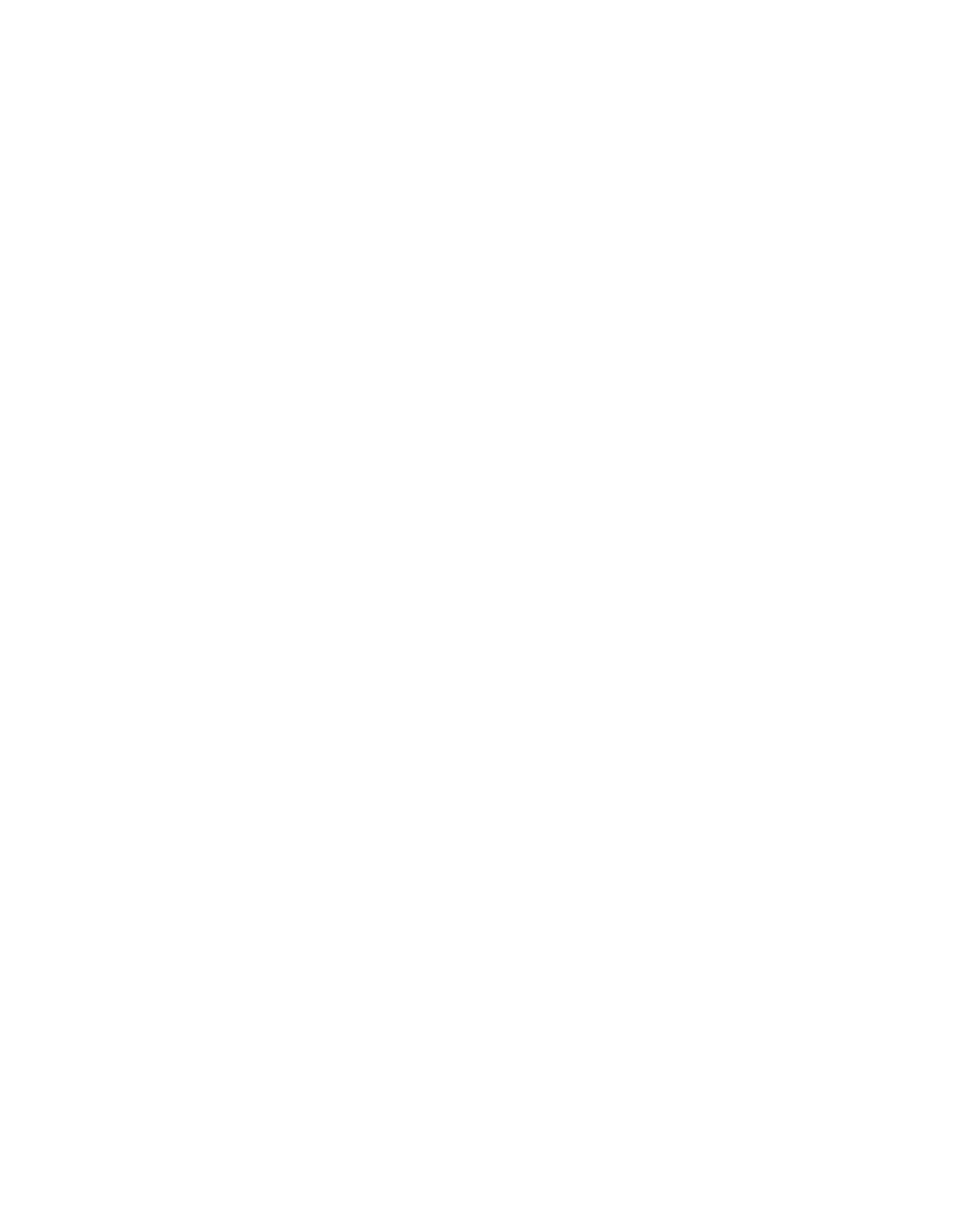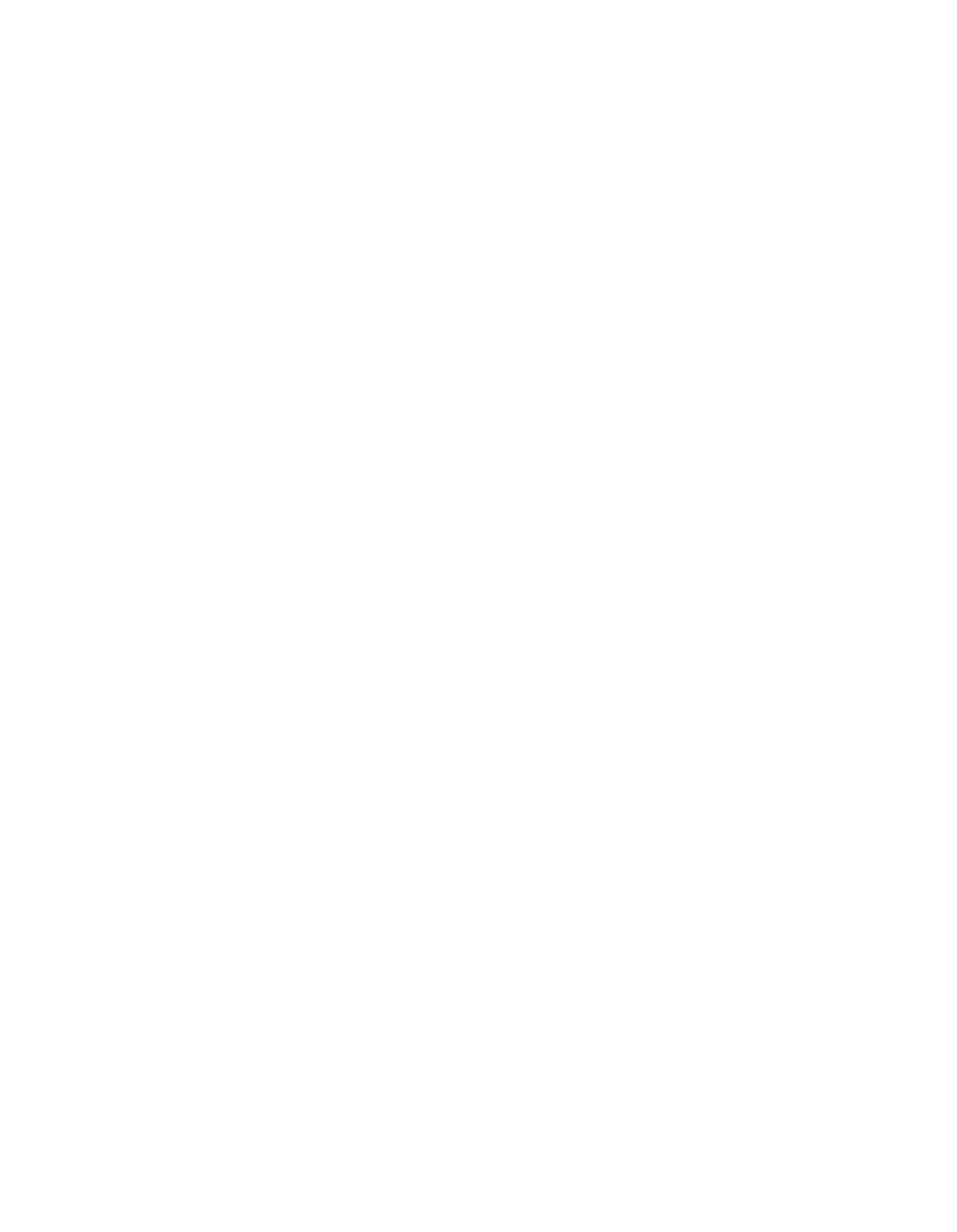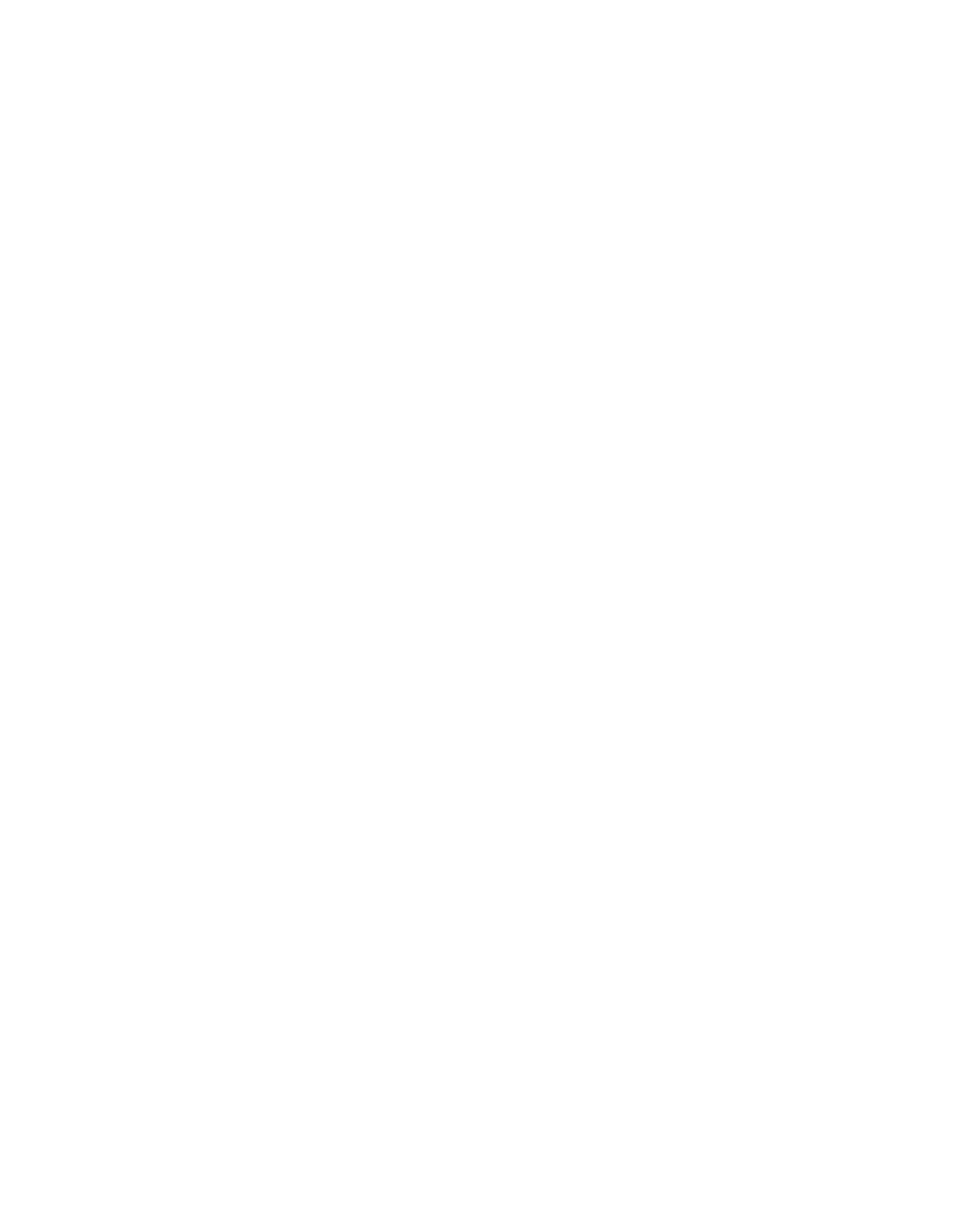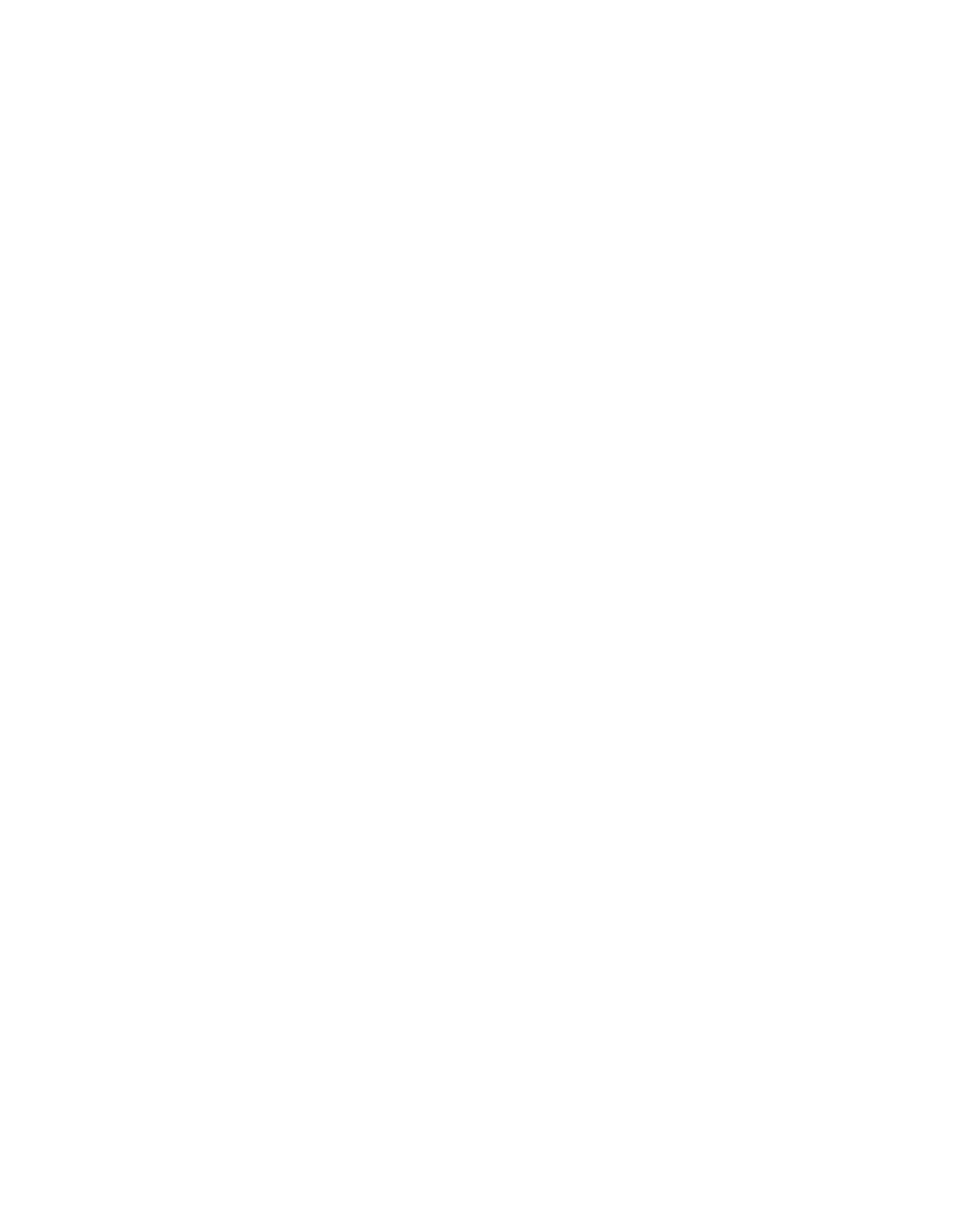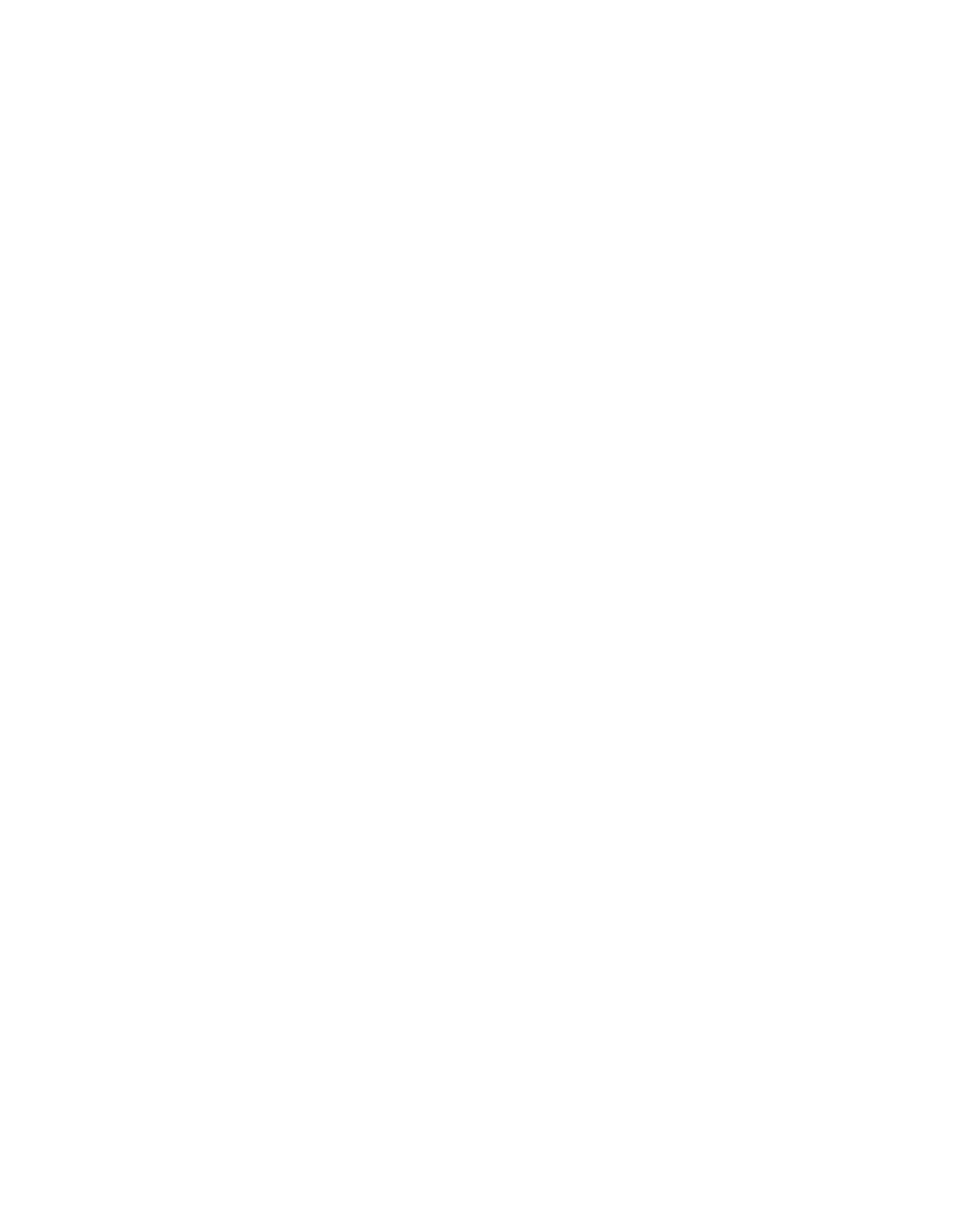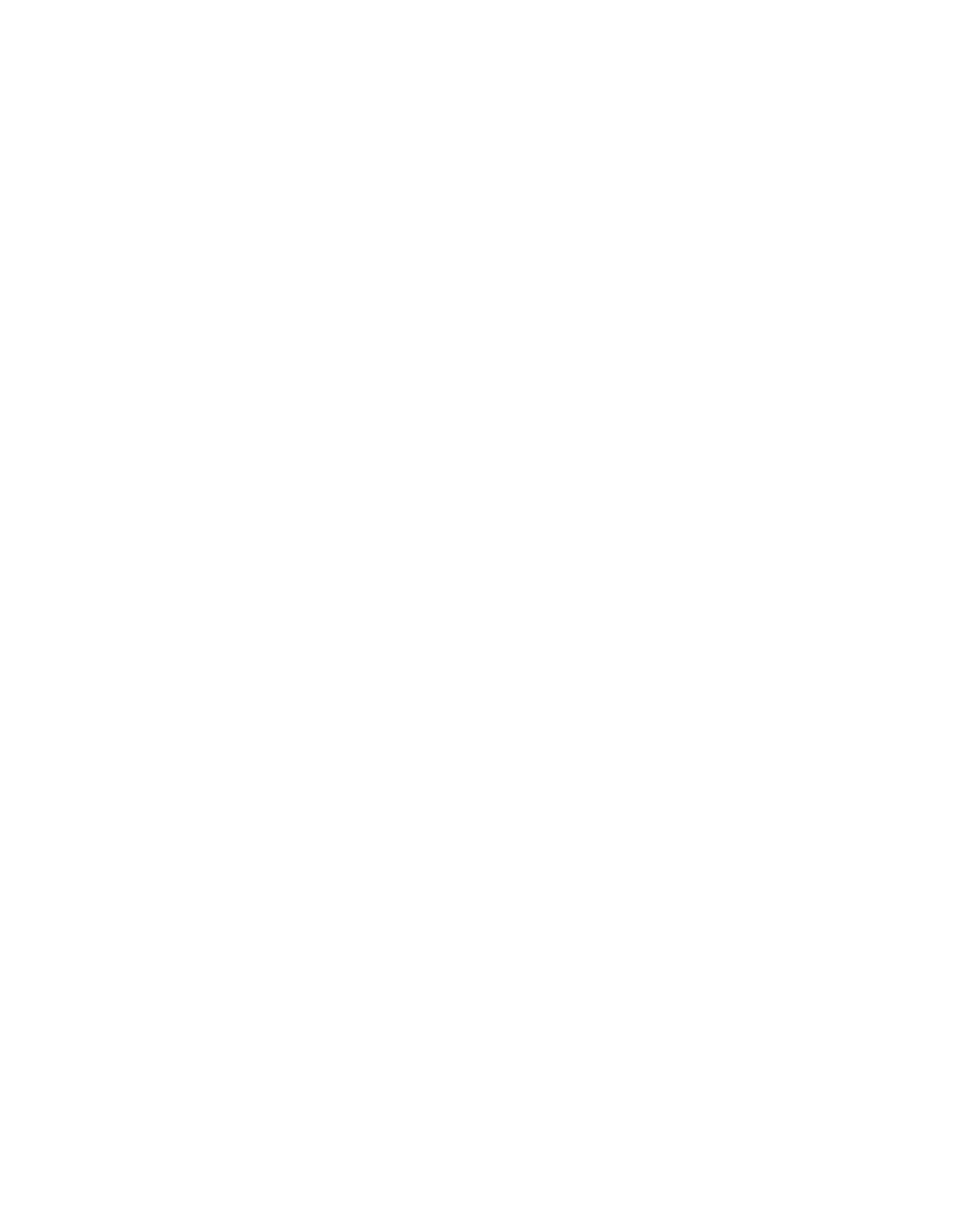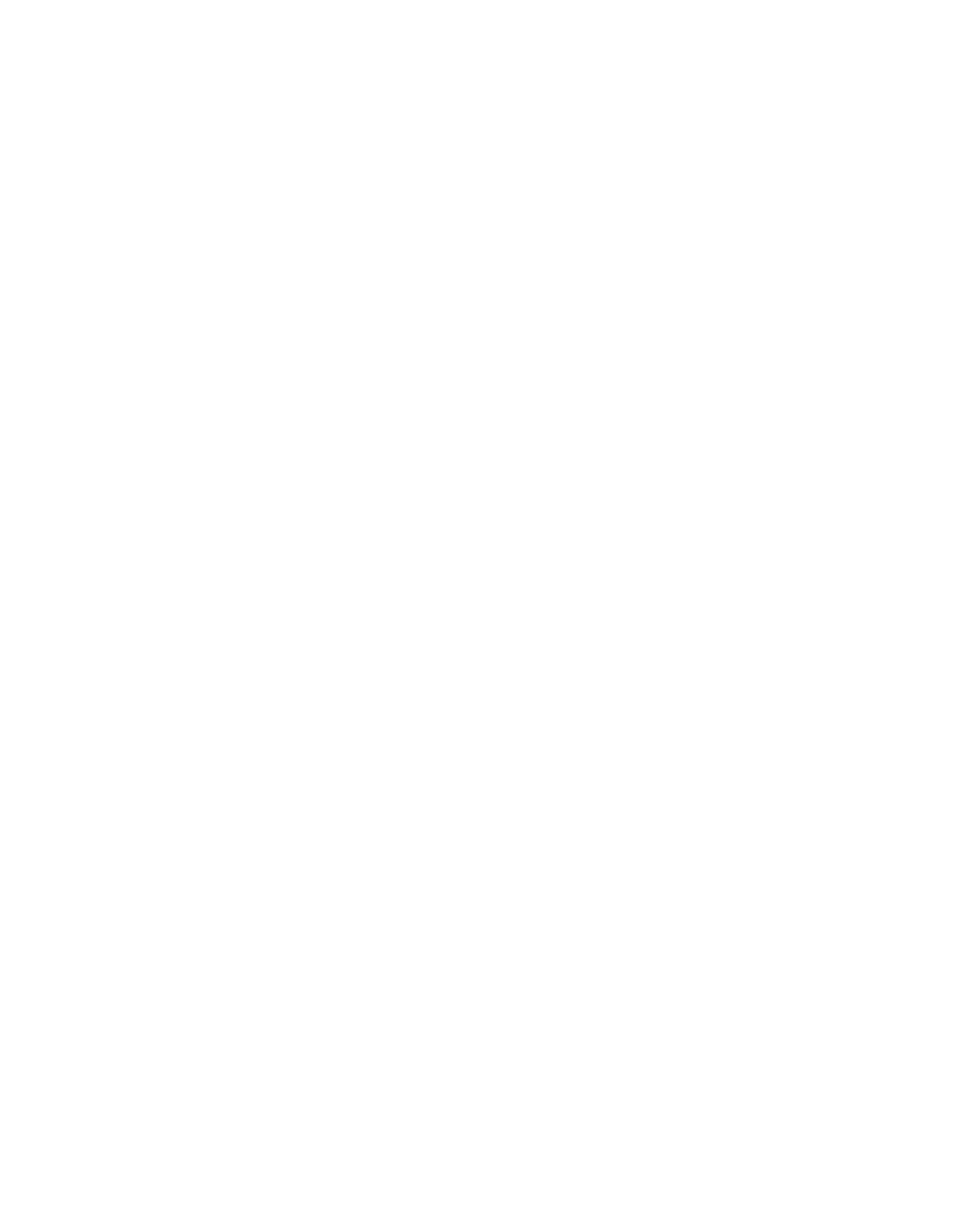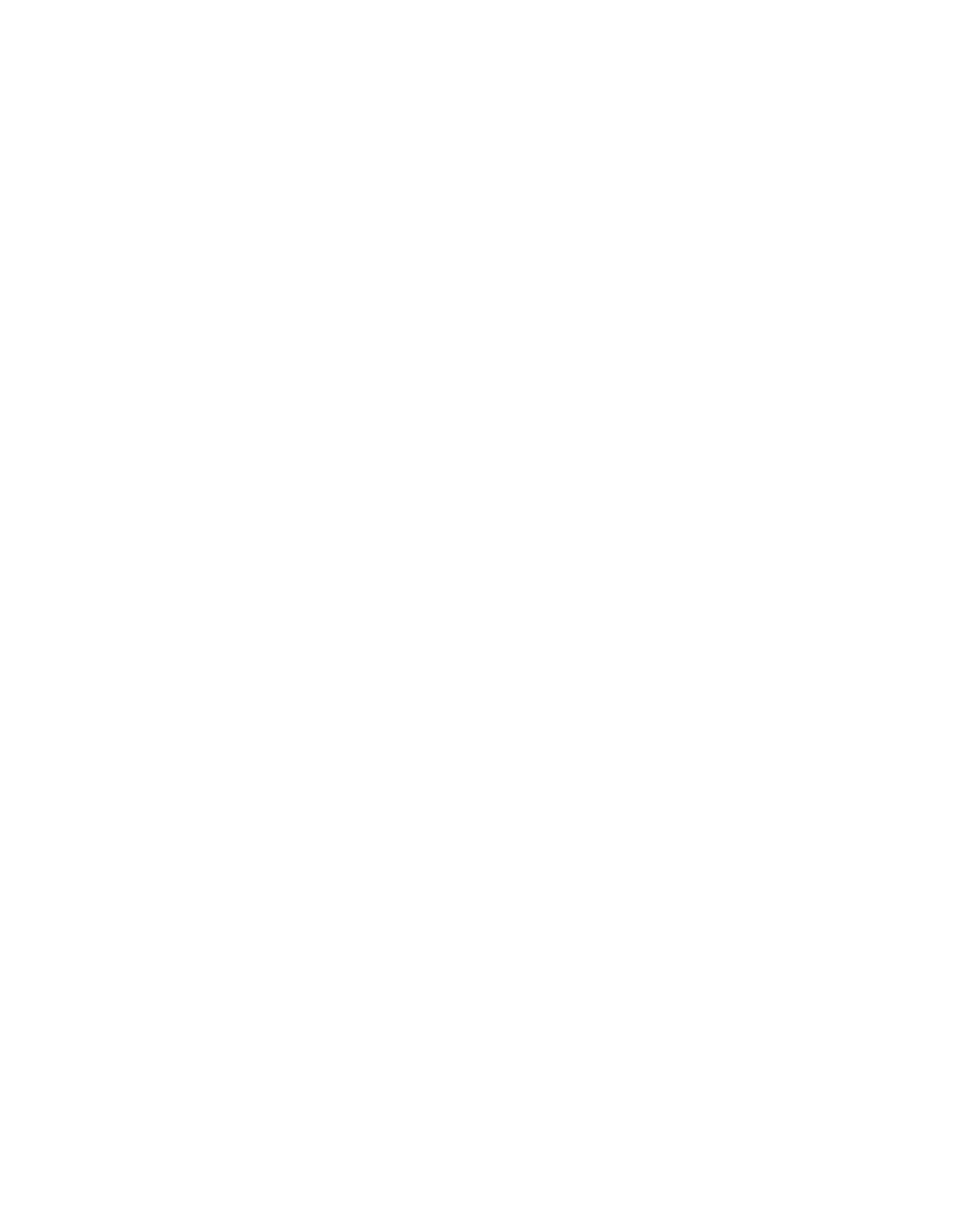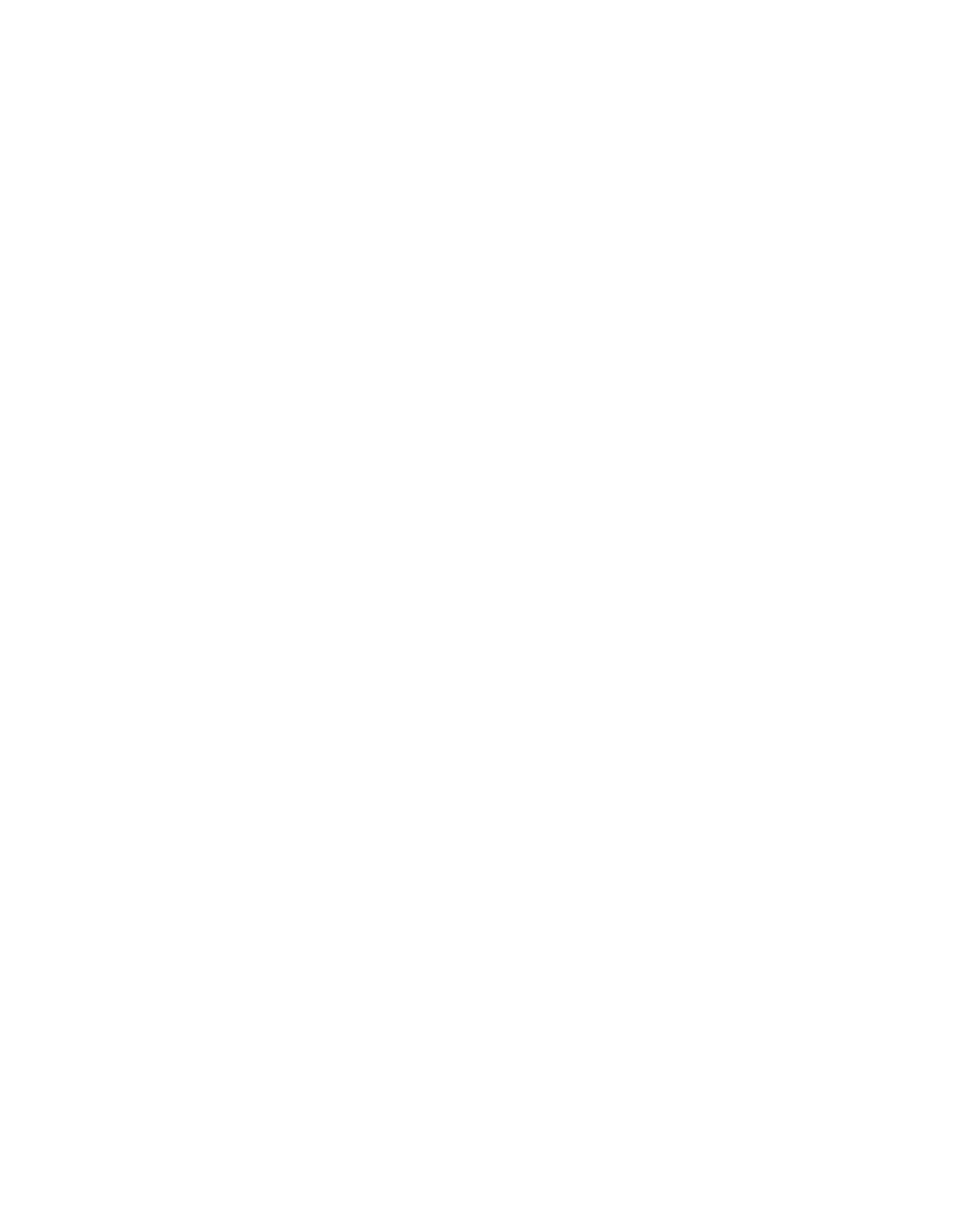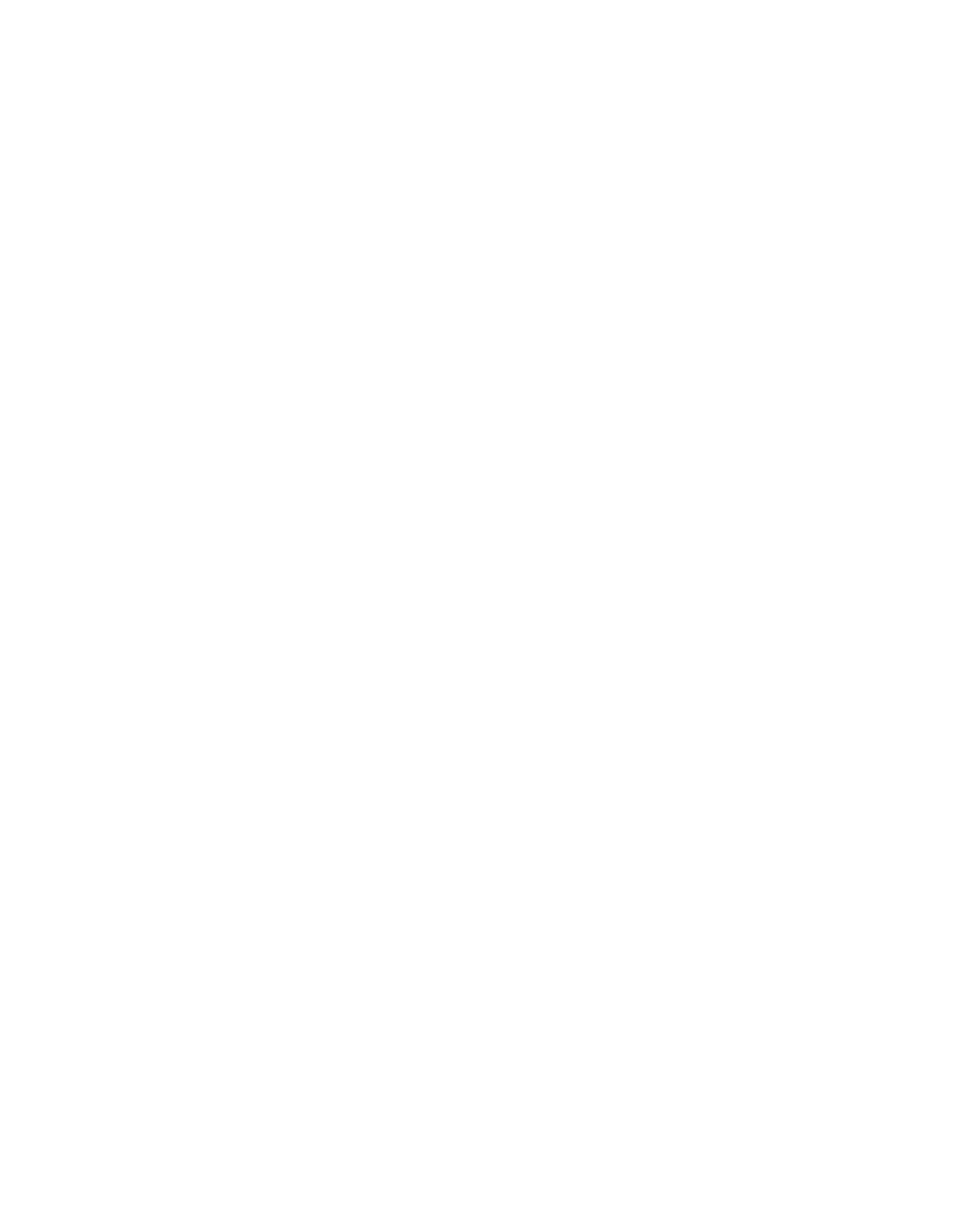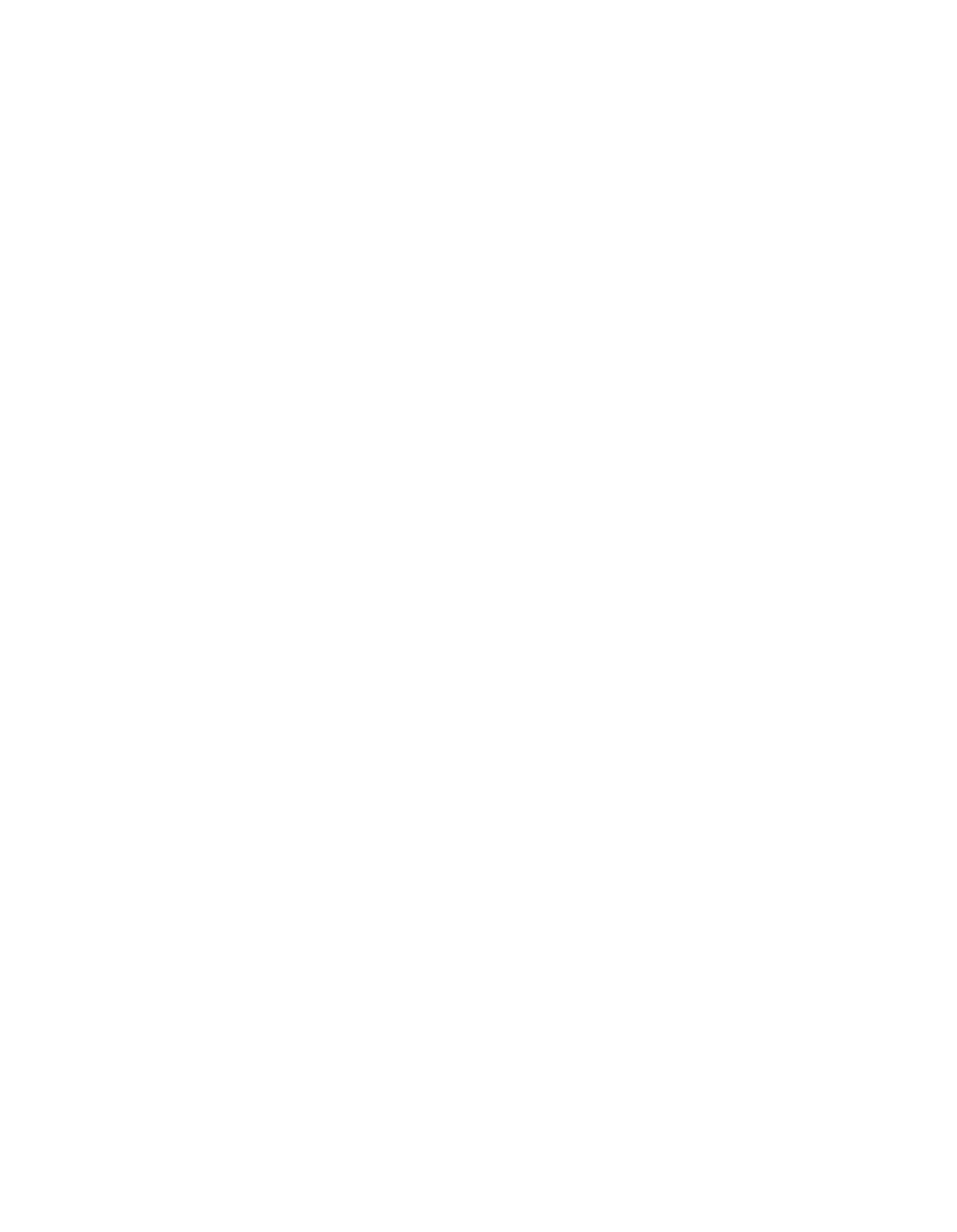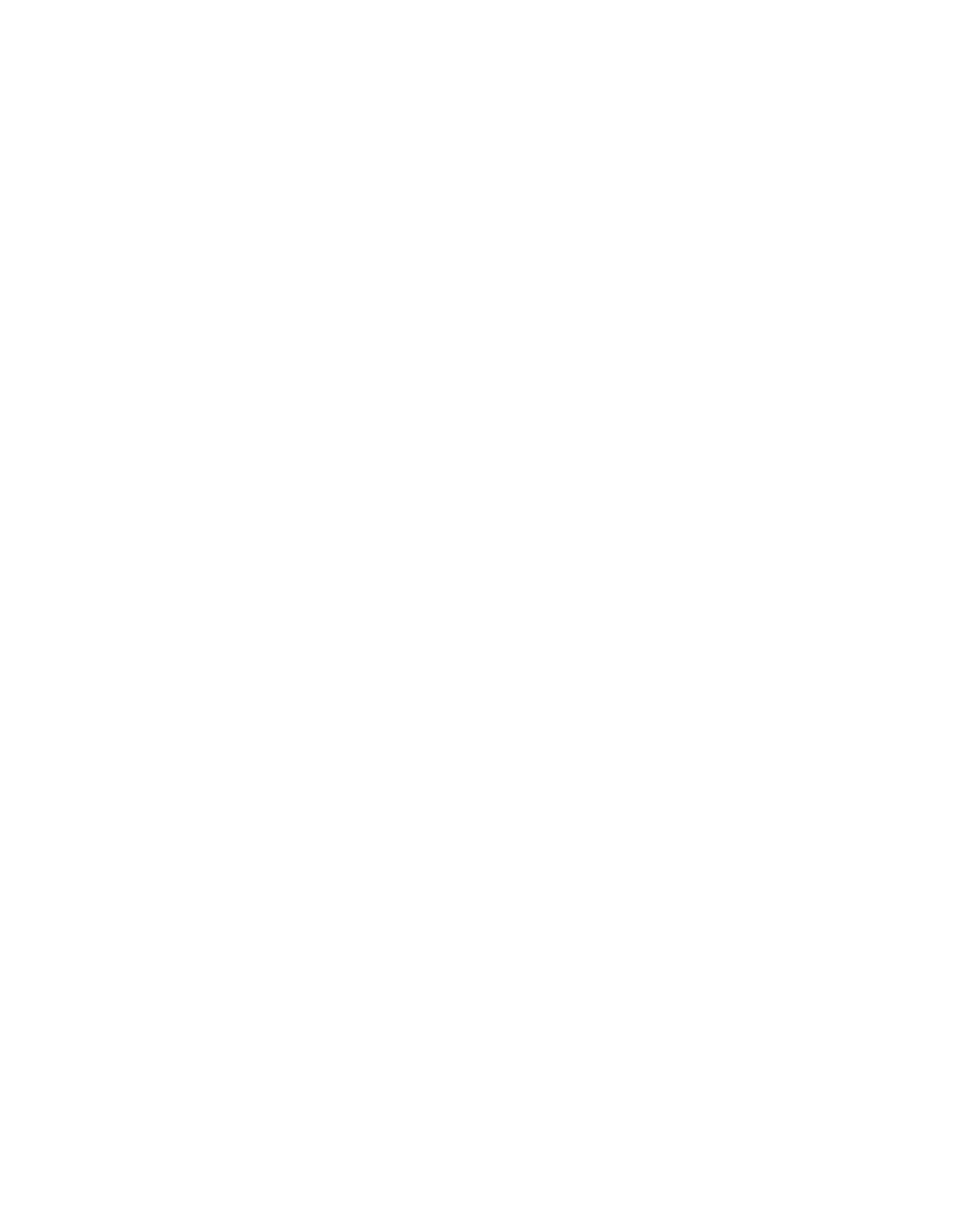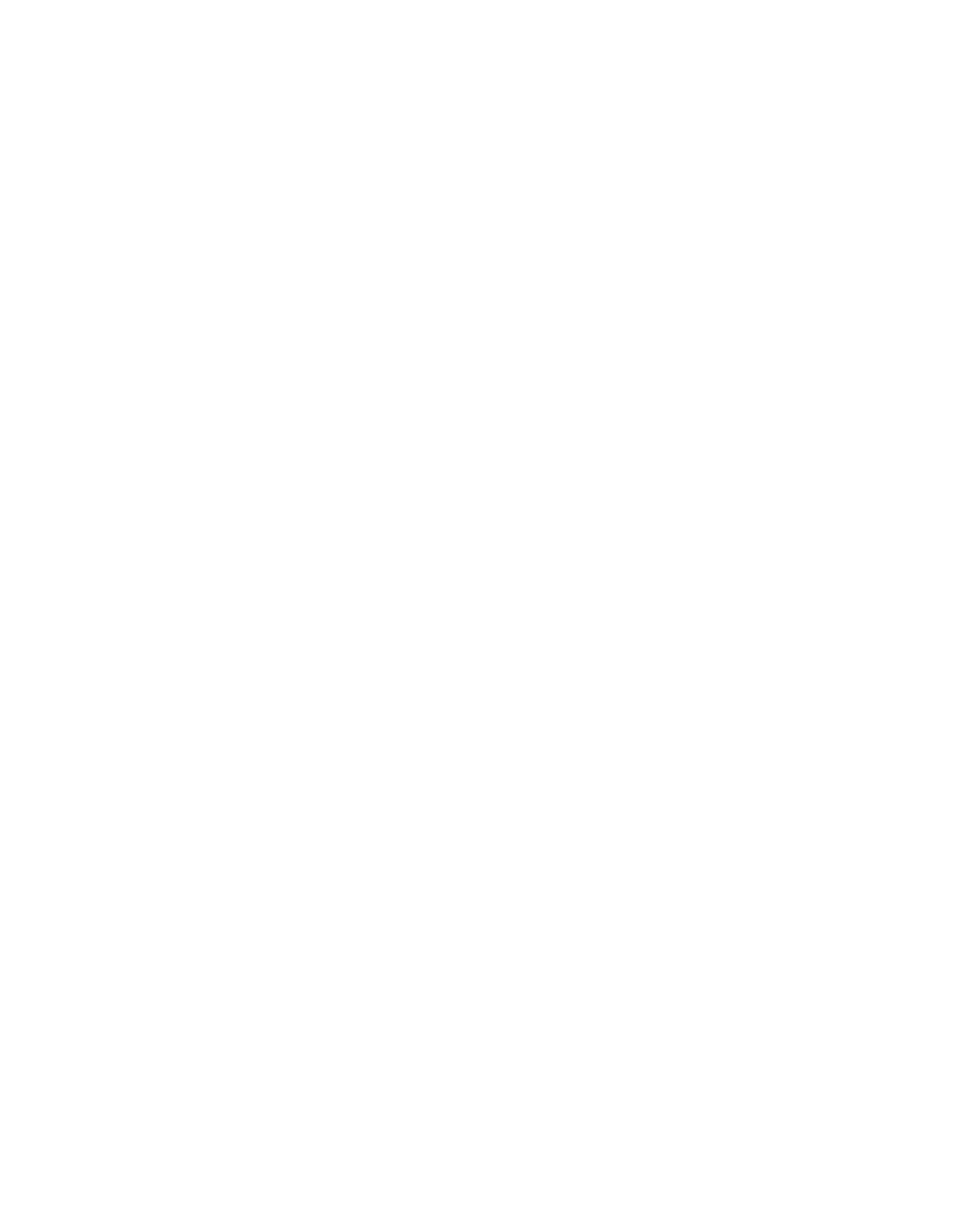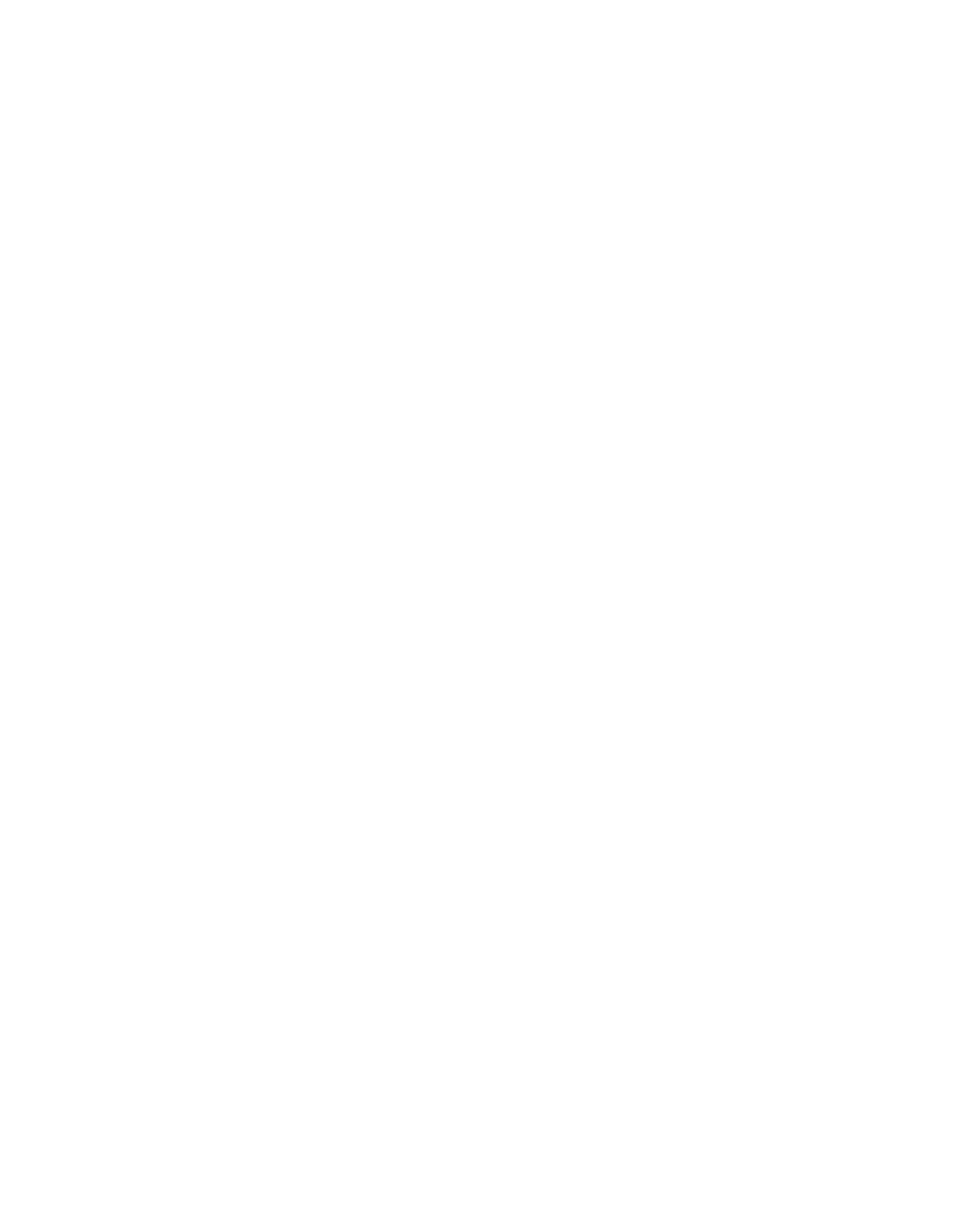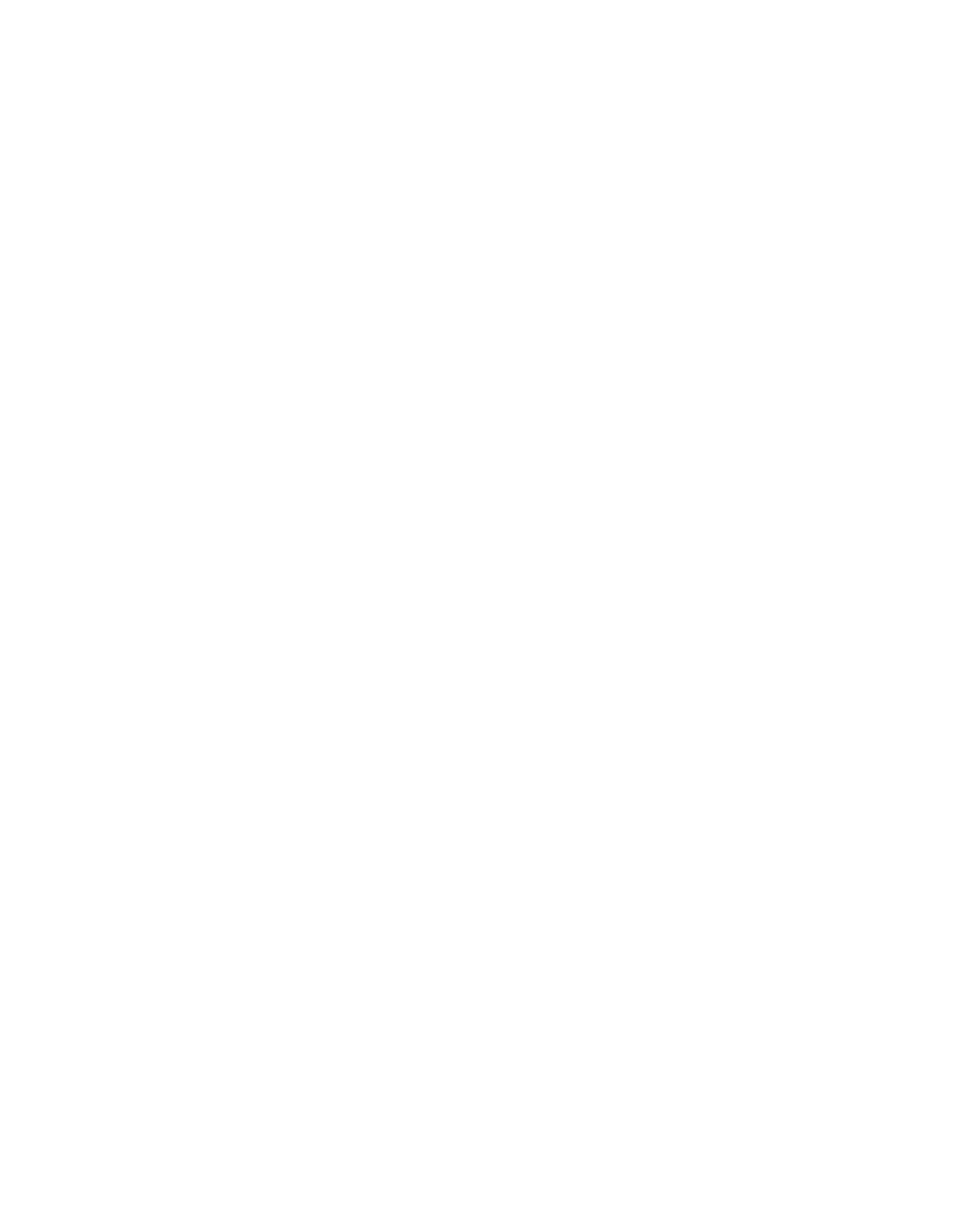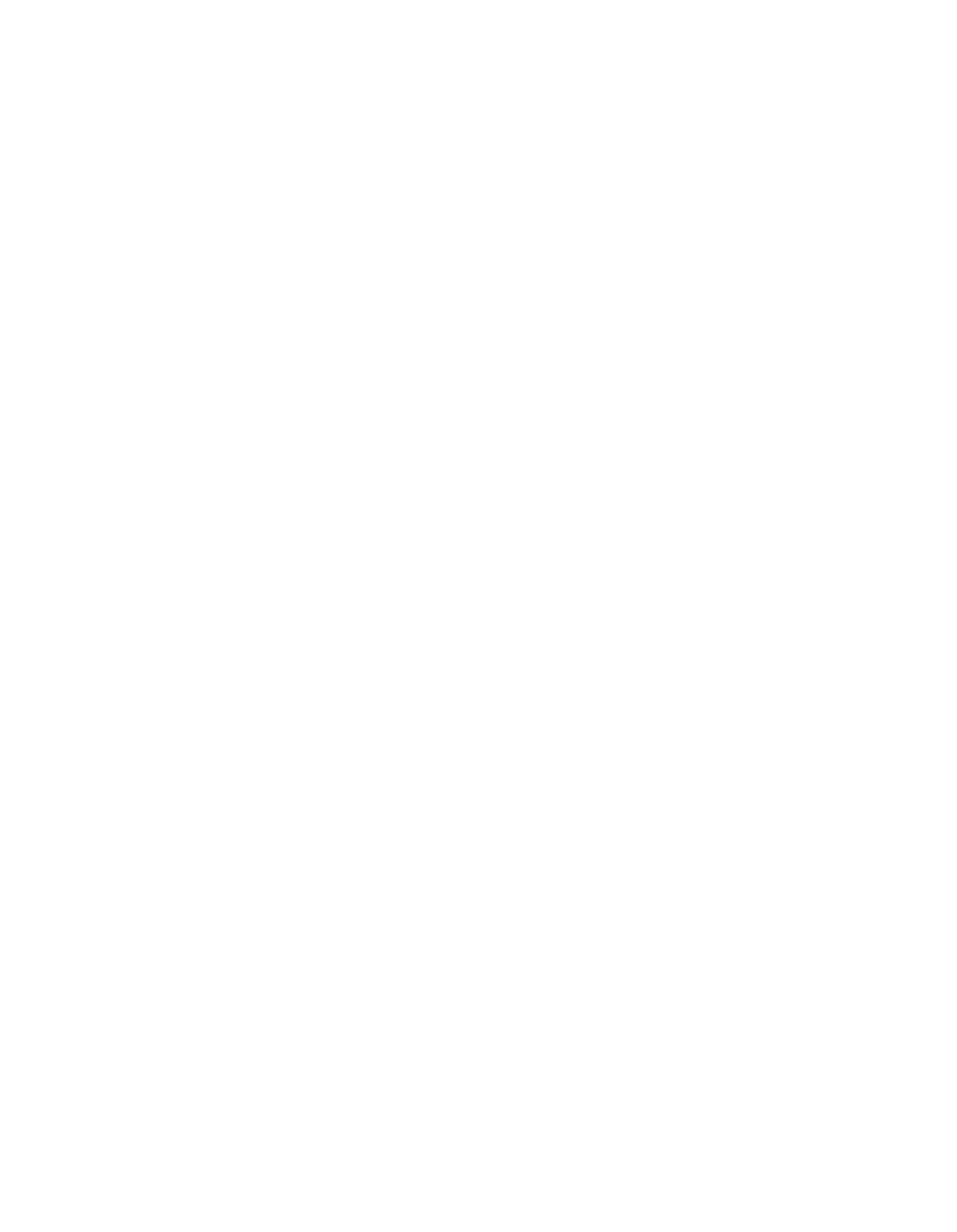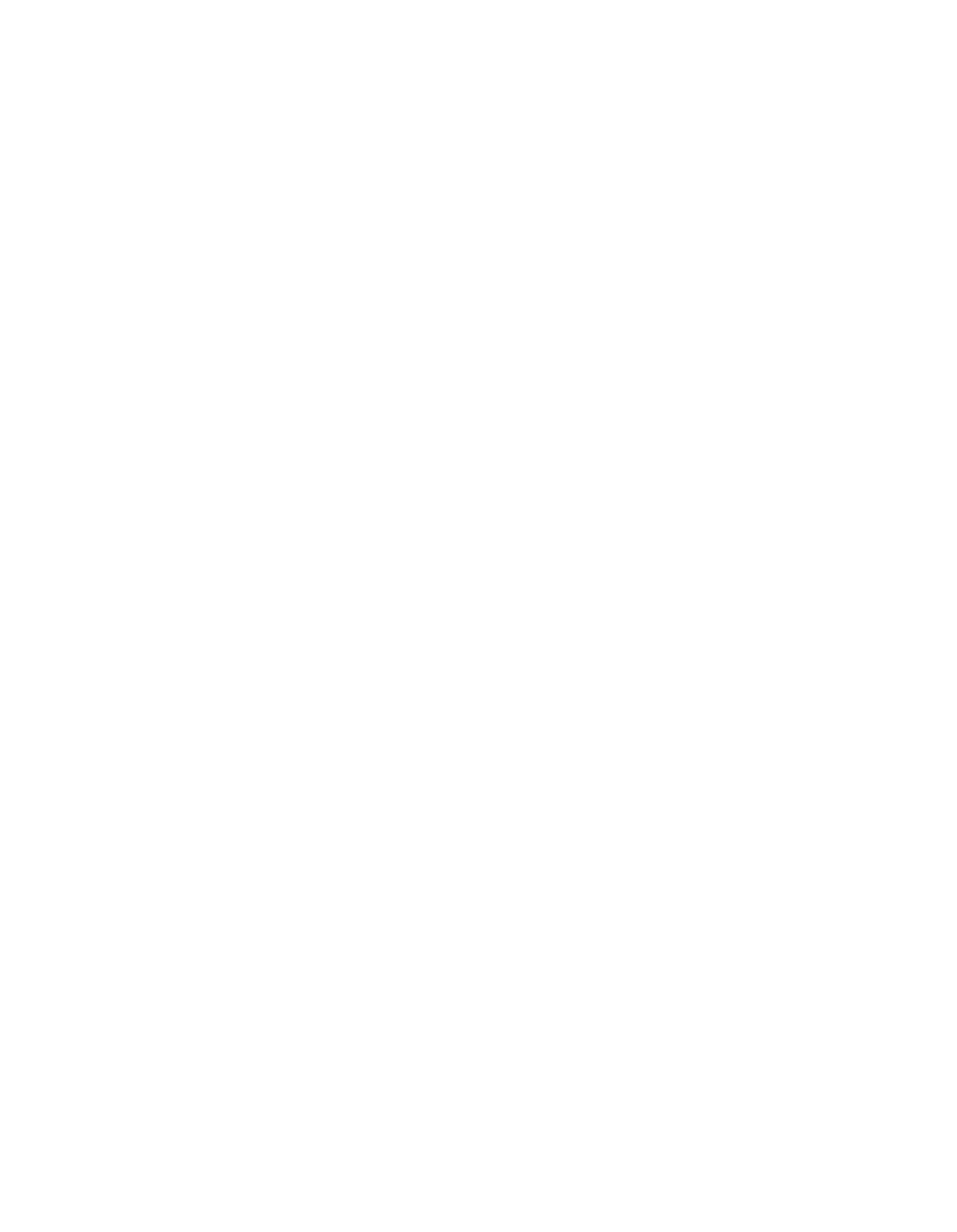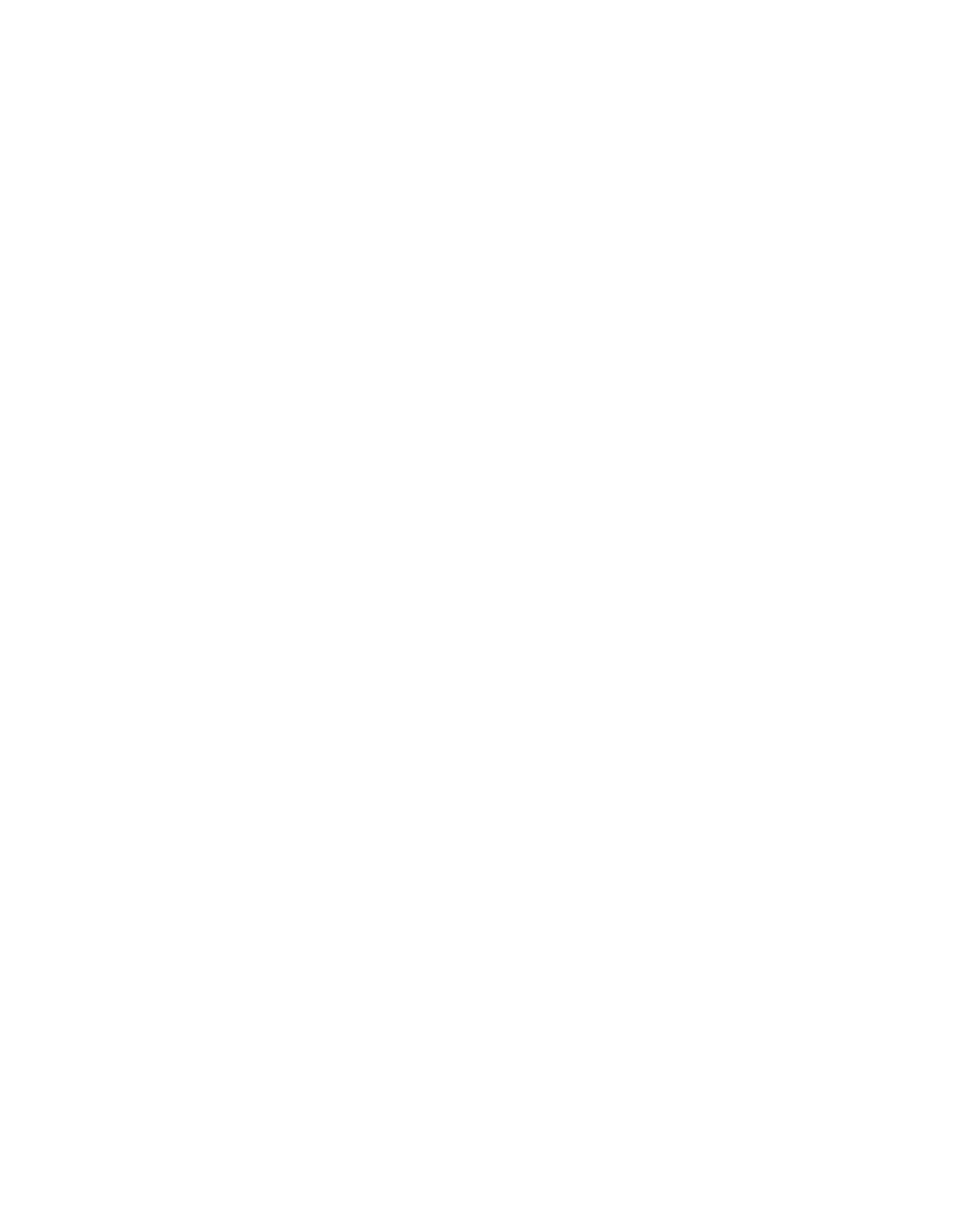ILLINOIS POLLUTION CONTROL BOARD
November 18, 1993
IN THE MATTER OF:
)
)
REASONABLY AVAILABLE CONTROL
)
TECHNOLOGY
FOR
MAJOR
SOURCES
)
EMITTING
VOLATILE
ORGANIC
)
R93-14
MATERIALS
IN
THE
CHICAGO
)
(Rulemaking)
OZONE
NONATTAINMENT
AREA:
25
TONS
)
(AMENDMENTS
TO
35
ILL.ADM.CODE
)
PARTS
211
AND
218)
)
ProDosed
Rule.
Second Notice.
OPINION AND
ORDER
OF THE
BOARD
(by J. Theodore
Meyer):
On
July
12,
1993,
the Illinois Environmental Protection
Agency (Agency) filed this proposal for rulemaking.
The proposal
represents one part of Illinois’ submittal of a complete state
implementation plan (SIP).
Pursuant to Section 182(a)
of the
federal Clean Air Act (CAA), as amended in 1990, Illinois was to
adopt and submit its plan by November 15,
1992.
This proposal
would expand the existing requirement that major sources of
volatile organic material
(VOM)
utilize reasonably available
control technology (RACT) to all sources in the Chicago ozone
nonattainment area which emit or have a potential to emit 25 tons
per year VOM.
The proposal seeks to amend 35 Ill. Adm. Code 211
and 218.
The proposed rules will apply to stationary sources
located in Cook,
DuPage, Kane, Lake
and Will Counties, oswego
Township in Kendall County, and
Aux
Sable and Goose Lake
Townships in Grundy County.
The Board’s responsibility in this matter arises from the
Environmental Protection Act (Act).
(415 ILCS 5/1 et sea.
(1992).)
The Board is charged by the Act to “determine, define
and implement the environmental control standards applicable in
the state of Illinois.”
(415 ILCS 5/5(b)
(1992).)
More
generally, the Board’s rulemaking charge is based on the system
of checks and balances integral to Illinois environmental
governance:
the Board bears responsibility for the rulemaking
and principal adjudicatory functions, while the Agency is
responsible for carrying out the principal administrative duties.
The Agency’s duties inc1uc~eadministering the regulations that
are proposed for amendment in this rulemaking.
This proposal was filed pursuant to Section 28.5 of the Act.
(415 ILCS 5/28.5
(1992).)
That section requires the Board to
proceed with CAA rulemaking under set time—frames, and is known
as “fast—track” rulemaking.
The Board has no discretion to
adjust these time frames under any circumstances.
Today the
Board acts to send this proposal to second notice under the
Illinois Administrative Procedure Act (APA).
(5 ILCS 100/1005—40
(1992)
.)
2
PROCEDURAL HISTORY
On July 22,
1993, the Board sent the proposal to first
notice under the APA, without commenting on the merits of the
proposal.
The proposal was published in the Illinois Register on
August 6,
1993, at 17 Ill.Reg.
12491.
Hearings were held on
August 31,
1993 and September 21,
1993, in cthicago, Illinois.
Members of the public attended those hearings, as well as
representatives of the Illinois Environmental Regulatory Group,
Rorween Leather Company, CCL Custom Manufacturing, Applied
Composites, Inc., Nalco Chemical Company, R. D. Werner Company,
Inc.,
E.
J. Brach Company, Ashland Chemical Company, Amoco
Corporation, and Amoco Chemical Company.
Pursuant to Section
28.5, the comment period closed on October 8, 1993.
On October
13,
1993, the Agency filed a motion to correct
the transcript.
(PC #12.)
That motion to correct is granted,
and the motion setting forth the corrections will be attached to
the transcript.
In its comments, Applied Composites also notes
corrections to the transcript.
Although Applied Composites has
not formally moved for correction, as provided by Section
102.281, the Board will also attach Applied Composites’
corrections to the transcript.
PROPOSAL
Section 182 (b) (2) of the CAA requires Illinois to modify its
3IP for the Chicago ozone nonattainment area to require RACT for
major sources of VOM.
For a nonattainment area classified as
“severe”,
as is the Chicago area, the term “major source” is
defined to include any stationary source which emits or has the
potential to emit
(PTE) at least 25 tons of VOM per year.
(42
U.S.C.
S
751la(d)
.)‘
“PTE”
is defined as the maximum capacity of
a stationary source to emit air pollution under its physical and
operational design, taking into account any control equipment and
any limitations that are federally enforceable.
(40 CFR Part 70,
415 ILCS 5/39.5(1)
(1992).)
“Maximum theoretical emissions”, or
“MTE”,
is defined as the maximum capacity of a stationary source
to emit air pollution presuming that the source operates 365 days
a year,
24 hours a day, without the use of any control equipment.
(35 Ill. Adm. Code 211.3690.)
In sum, PTE is figured by
considering control equipment and federally enforceable
limitations, while
MTE
is calculated as if the source operated
constantly without any control equipment.
Existing rules
(35 Ill. Adm. Code Part 218) require all
Chicago—area sources whose emissions of VOM are at least 100 tons
The definition of “major source” in Section 182(d)
of
the CAA also includes sources included in Section 302 ofthe
CAA.
3
MTE
to
implement
RACT.
The
CAA requires that all sources in
severe nonattainment areas whose emissions are at least 25 tons
PTE be regulated as major sources.
However, the Agency states
that Section 193 of the CAA prohibits Illinois from simply
lowering the applicability threshold from 100 tons
MTE
to 25 tons
PTE.
That section prohibits any regulation in effect, or
required to be in effect, by November 15,
1990 from being
modified unless the modification insures equivalent or greater
emission reductions
(42 U.S.C. 57515.)
The Agency contends
‘that
the mere changing of the applicability threshold could constitute
“backsliding”, since it could be a relaxation from the 100-ton
MTE
rules already in effect.
Theoretically, a 100-ton
MTE
source
may not be a 25—ton PTE source.
Thus, the Agency’s proposal
seeks to add a 25-ton PTE applicability threshold, •while
preserving the 100-ton
MTE
threshold rules.
(Agency Statement of
Reasons at 5.)
The RACT revisions required in Section 182 (b) (2)
of the CAA
are directed at three categories:
1) each category of source
covered by a control technique guideline
(CTG)
issued by the
United States Environmental Protection Agency
(USEPA) between
November 15,
1990
(the effective date of the 1990 amendments to
the CAA) and the date of attainment;
2) all sources covered by
any CTG issued before November 15,
1990; and 3) all other major
stationary sources of VON.
(42 U.S.C. §7511a(b) (2).)
The Agency
has stated that Illinois does not need to address the first
category of sources
(pending ~TG sources) at this time.
(Agency
Statement of Reasons at 6; Tr. at 40-41.)
Appendix E of the
General Preamble for the Implementation of Title
I of the Clean
Air Act Amendments of 1990
(57 Fed. Reg. 13498, April 16,
1992),
issued by USEPA, specifically excuses states from implementing
RACT for sources in these pending CTG categories until those CTGs
are issued, or until USEPA fails to meet its deadline for
promulgation.2
Therefore, pending CTG categories are not covered
by this rulemaking.
As to the second category of sources (CTG sources), there
are two categories in the Chicago ozone nonattainment area that
are affected by this proposal:
flexographic and rotogravure
printing, and petroleum solvent dry cleaners.
The proposal
requires RACT for sources in these categories whose, VON emissions
are between 25-tons
PTE
and 100-tons NTE.
The Agency has
identified 15 printers and 5 dry cleaners who are potentially
affected by this proposal.
(Tr.at 28,
41—43.)
The Agency has
included technical support documents which specifically discuss
the effect of the proposal on these two categories.
(Exh.
12
&
13.)
Illinois’ existing RACT rules in Part 218 already control
2
The General Preamble is included in the record of this
rulemaking as Exh. 2.
4
the
other
CTG
categories
to
the 25-ton level,
as required by the
CAA.
(Pr.
at
42.)
The
category
of
sources most impacted by this proposal is
the third category delineated by Section 182(b) (2)-—VON emissions
of all other major sources not included in either existing or
pending CTG categories.
This category is
known
as non-CTG
sources.
A number of non—CTG sources are already covered by RACT
provisions
in the Board’s rules.
Those existing rules, often
called the “generic rules”, regulate certain categories of non—
CTG sources whose VON emissions are at least 100 tons PIPE.
(Pr.
at 44; see 35 Ill. Adm. Code 218.Subparts AA, PP,
QQ, RR,
and
PT.)
This proposal affects non—CTG sources in these categories
whose annual emissions are between 25 tons
PTE
and 100 tons PIPE.
The Agency, working with a contractor, has identified 88 non-CTG
sources in the Chicago ozone non—attainment area who have
emissions greater than 25 tons
PTE
but less than 100 tons PIPE.
Of those sources,’ 45 had actual emissions of greater than 10
tons.
RACT was determined on the basis of those 45 sources.
(Pr.
at’ 47—51; Exh. 11.)
In general, the Agency concluded, and has proposed, that
RACT for a 25—ton
PTE
source is 81
percent control ‘at each
emission unit,
or,
if the emission unit is a coating line, that
the daily-weighted average VON shall not exceed 3.5 pounds of VON
per gallon of coating.
(Pr. at 51-52; Agency Statement of
Reasons at 11.)
However, the Agency found that these
requirements are not appropriate for several specific categories
of sources.
Thus, the Agency proposed specific RACT requirements
for polyester resin products manufacturing processes, aerosol can
filling, leather coaters, glass manufacturers, and miscellaneous
leaks.
(Pr. at 52-59; Agency Statement of Reasons at 12—17; Exh.
14-16, 21-23.)~ The Agency contends that these requirements are
technically feasible and economically reasonable.
(Agency
Statement of Reasons at 17—19; Exh. 11—16.)
•
Section 182 (b) (2) of the CAA requires that state rules must
provide for the implementation of RACT as expeditiously as
practicable, but no later than May 31,
1995.
(42 U.S.C.
S75l1a (b) (2).)
The Agency has proposed that compliance with
these rules be required no later than March 15,
1995.
(Pr. at
59-60; see proposed amendments to 35 Ill. Adm. Code 218.106(c).)
Public Comments
The Board received 13 public comments during the course of
For a specific section—by-section discussion of the
Agency’s proposed rules,
see the Agency Statement of Reasons at
22—38.
5
this rulemaking:
PC #1
Illinois Department of Commerce and Community
Affairs
PC #2
James River Paper Company, Handi-Kup Division
PC #3
Composites Fabricators Association
PC #4
Ashland Chemical
PC #5
Administrative Code Division, Secretary of State
PC #6
Hargro Health Care Packaging
PC #7
City of Chicago
PC #8
Horween Leather Company
PC #9
Applied Composites Corporation
PC #10
SPI Composites Institute
PC #11
United States Environmental Protection Agency
PC #12
Illinois Environmental Protection Agency
PC #13
Outboard Marine Corporation
Several of these comments were nonsubstantive (PC #1
& 5), while
the concerns raised by James River Paper
(PC #2) were addressed
in the recently—completed “omnibus” rulemaking.
(Omnibus CleanuD
of the Volatile Organic Material RACT Rules Applicable to Ozone
Nonattaininent Areas:
Amendments to 35 Ill. Adm. Code Parts 203,
211. 218. and 219 (September
9,
1993), R93—9.)
The City of
Chicago
(PC #7) states that it supports the proposed rules and
encourages their expeditious adoption and ‘implementation.
The Board has considered all public comments, as well as all
testimony and exhibits,
in making its decisions in this matter.
The Board will specifically address several issues and comments.
Alternative Control Plans—-Section 218.108
At hearing, the Board and the Illinois Environmental
Regulatory Group
(IERG)
asked specific questions about the
relationship between proposed Section 218.108 and the alternative
control plan provisions of Sections 218.926,
218.946, 218.966,
218.986.
The Agency states,
in its comments, that Section
218.108
is
intended to assure the regulated community and to
inform
USEPA and the public that variations from adopted rules
are available from environmental control authorities in Illinois
(i.e. the Board), while assuring USEPA that such action by the
state will not unilaterally alter the SIP approved by USEPA. The
Agency states that subsection
(a) of Section 218.108 simply
reiterates that the Board’s grant of an adjusted standard, site—
specific rule, or variance does not protect a source from federal
enforcement of violation of the underlying standard until that
relief
(the adjusted standard, site—specific rule,
or variance)
is approved by USEPA as a SIP revision.
As to subsection
(b),
the Agency contends that the language recognizes that there are
some alterations to methods of achieving compliance that are not
relaxations
(and therefore are equivalent), and thus can be
established, through a federally enforceable permit condition
6
issued by the Agency.
In sum, the Agency states that Section
218.108 reiterates relief already available to sources and
applies generally to the rules,
and thus has no particular
relationship to any specific subpart.
The Agency does suggest
some changes to Section 218.108 as originally proposed at first
notice.
(PC #12 at 2—4, 18—19.)
The Board accepts the Agency’s explanation, and will
propose, for second notice, the amendments to Section 218.108 as
proposed in the Agency’s comments.
Aaencv Reauest for Testing--Section 218.668(b)
At hearing, the Board also questioned Agency witnesses about
the provision in proposed Section 218.668(b) which requires the
owner or operator of a polyester resin products manufacturing
process to conduct testing “when in the opinion of the Agency it
is necessary to conduct sampling and analysis to demonstrate
compliance”.
The Board specifically inquired whether that Agency
determination is appealable to the Board, and what standards the
Agency will use in making that determination.
Applied Composites
raised similar concerns, both at hearing and in its comments.
The Agency responded at hearing, and subsequently in its
comments, that this provision parallels language included in
existing Board rules,
and that it did not believe that the Agency
determination that testing should be done was directly
appealable.
(Tr. at 171-172.)
The Agency states that if a
request to test is included as a condition in a permit, that
condition is appealable to the Board.
If the Agency simply asks
a source to test and the source refuses, the Agency notes that
the source could be subject to an enforcement action, where the
merits of the request to test could be challenged.
(Pr. at 192,
203-205.)’
As to possible criteria for when the Agency would make
such a request, the Agency testified at hearing that it
considered that decision as part of its general discretion in
enforcing regulations.
For example, the Agency stated that a
request to test could be generated by a change in operation,
information which suggests that an original test produced,
erroneous data, or by an observation that puts the operation of
equipment into question.
(Pr. at 172-173.)
The Agency testified
that the language was included pursuant to discussions with USEPA
concerning the enforceability of the rules.
(Pr. at 175-176; see
also PC
#
12 at 4—5.)
The Board recognizes the Agency’s point that similar
language to that at issue here is contained at several other
places in the Board’s existing rules.
However, that fact does
not shield this language from scrutiny.
The Board has an
obligation to ensure that rules comply with the APA, and that
rules will withstand review by the Joint Committee on
Administrative Rules
(JCAR).
One major area of JCAR inquiry is
7
whether rules contain standards or criteria sufficient to allow a
reader to determine when the rule may be triggered.
The Board
believes that the rule as proposed by the Agency does not contain
such standards.
Thus, the Board will add additional language to
Section 218.668(b)
which delineates the types of occurances which
may trigger an Agency request to test.
We specifically state
that this additional language merely lists examples, and does not
preclude the Agency from requesting a test under other similar
circumstances.
Thus, we do not believe that this added language
in any way dilutes the Agency’s ability to enforce the rule.
The
Board will add the following language to Section 218 •668(b):
The Agency’s decision to invoke this subsection may be based
on such factors including, but not limited to, a change in
operation of the polyester resin products manufacturing
process, or a reasonable belief that a previous test
resulted in erroneous data.
We will not, however, add language which allows a direct appeal
to the Board of an Agency request made pursuant to this section.
ApPlied Composites Corporation
In addition to its concern regarding Section 218.668(b),
Applied Composites has raised several other concerns.
(PC 1 9.)
Because Applied Composites has emissions of less than 100 tons
PIPE per year,
it has not previously been regulated by existing
RACT rules.
However, because its potential to emit is greater
than 25 tons per year, Applied Composites will become subject to
the~proposal under Subpart CC.
The Agency has proposed revisions
to the proposed rules in response to several of the concerns
raised by Applied Composites.
For example, the Agency has
proposed revisions to Section 218.668(a)
to include a material
balance testing method requested by Applied Composites, and has
proposed a change to Section 218.660(a) (2) to reflect that fact
that Subpart CC applies to formulation activities associated with
product manufacturing.
(PC #12 at 19-25.)
The Agency also
agrees that the proposal be amended to delete the applicability
threshold for Subpart CC.
(PC #12 at
6; see proposed Section
218.660(a) (1).)
However, there are several areas in which
Applied Composites and the Agency continue to disagree.
Applied Composites asks the Board to amend the language of
Subparts PP and QQ to clarify that the mixing of resin materials
in polyester resin manufacturing processes subject to Subpart cc
•are not subject to Subparts PP and QQ.
(PC #9 at 10-11.)
However, the language in Sections 218.920 and 218.940 that
Applied Composites apparently proposes to amend is language that
is to be deleted by this proceeding.
Thus, the Board will not
make the requested changes.
Applied Composites also asks that Subpart CC be revised to
8
apply to all polyester resin product manufacturing processes,
regardless of their annual emission levels.
As proposed by the
Agency, Subpart CC would apply only to those sources whose
maximum theoretical emissions do not exceed 100 tons per year.
The Agency states that the source becomes subject to 100 ton per
year rules
(Subparts PP,
QQ, or PT) when the source exceeds 100
tons MTE.
The source would also remain subject to the provisions
of proposed Subpart CC--i.e •,
“once in, always in.”
(PC #12 at
6.)
Applied Composites, and SPI Composites Institute (CI)
(PC #
10), contend that all polyester resin manufacturing product
processes whose emissions exceed 25 tons per year PTE should be
subject to Subpart CC, regardless of whether their emissions
exceed 100 tons per year PIPE.
Applied Composites and CI note
that Subparts PP and QQ require add-on controls, and argue that
the Agency itself has developed a categorical RACT rule which
does not include add-on control.
Applied Composites and CI
maintain that the Agency’s own technical support documents show
that add—on controls for polyester resin product manufacturing
processes, are not economically “feasible”.
In response, the Agency states that the purpose of the VON
RACT rules
is to apply stringent requirements to reduce VON
emissions’.
The Agency notes that Applied Composites admitted at
hearing that it had not participated in the development or
adoption of Part 218 in docket R91-7.
The Agency argues that, the
rulemaking in docket R91-7, which adopted Subparts PP, QQ, and
PT, was the appropriate place to question the reasonableness of
the provisions in those subparts.
The Agency also notes that an
adjusted standard may be available for a source who believes that
a requirement is unreasonable or infeasible, and states that
“(e)xistence of work practices different from the generic
requirements of Subparts PP, QQ, and PT and specifically
applicable to polyester resin products manufacturing would surely
carry a great deal of weight in a source’s argument that an
adjusted standard is appropriate.”
(PC #12 at 6.)
The Board will not at this time modify Subpart CC as
requested by Applied Composites and CI.
We do not believe that
the information in the record of this rulemaking is sufficient to
allow
a’ modification of Subpart CC to “exempt” polyester resin
products manufacturing processes from Subparts PP, QQ, and PT.
Of course, the Board would reconsider the merits of the inclusion
of polyester resin products manufacturing processes with
MTE
of
more than 100 tons per year in those “generic” subparts in a
proceeding for adjusted standard or site—specific rule.
Specialty Resins——Section 218.666
As originally proposed by the Agency, Section 218.666 did
not provide for corrosion resistant,
fire retardant, and high—
strength polyester resin materials with monomer contents greater
than 35.
‘A number of participants, including Ashland Chemical
9
Company and the Society of the Plastics Industry (PC #3, Pr. at
260—267), Amoco Chemical Company
(Pr. at 252—258, Exh• 27), the
Composites Fabricators Association
(PC 1 4), and Applied
Composites
(PC #
9) requested that the rule be amended to allow
the use of specialty corrosion,
fire retardant,
and high—strength
resins with a monomer content of no more than 48
as applied.
The Agency,
in its comments, states that it also believes that a
provision should be made for specialty resins.
Thus, the Agency
has proposed revisions to Section 218.666(a)(1)(A).
(PC ‘#12 at
22-24.)
The Board will accept those revisions.
Hararo Health Care Packaging
Hargro Health Care Packaging submitted a comment stating
that it would be unable to comply with the rules with a 25-ton
per year PTE threshold.
Hargro produces plastic pouches used in
sterilizing medical instruments.
Those pouches include a spot
which changes color when the proper sterilization temperature has
been reached.
Hargro states that in order to comply with the
proposed regulations, its material for the spot would have to be
approximately 35.2 lbs VON/gal, while its existing material is
65.4 lbs VON/gal.
Hargro contends that it has been working with
suppliers for three years to develop substitute material without
success.
Hargro requests an exemption from the proposed rules,
stating that in order to comply it would be forced to either
limit production or install control equipment at a cost of at
least several thousand dollars per ton of VON.
Hargro notes that
the South Coast Air Quality and Management District has exempted
sterilization indicating inks.
(PC 1 6.)
In response, the Agency contends that Hargro has not
provided any technical support for its request, and that,
although Hargro indicates that it has been aware of the problem
for three years,
it did not participate in development of the
proposal or in hearings.
The Agency states that it cannot
support an exemption,
and that it does not have technical support
for an exemption that would justify such an exemption with USEPA.
The Agency Opines that a site-specific rule or an adjusted
standard would be more appropriate for Hargro, and states that it
might act as a co-petitioner on an adjusted standard’if the
technical support so warrants.
The Board will not, at this time, provide an exemption for
Hargro.
We agree with the Agency that this record does not
contain the technical and economic information necessary to
support an exemption.
We remind the Agency, however, that we are
obligated to consider all issues properly raised at any time
during the proceeding, regardless of whether the commenter
participated in the development of the proposal or in the
hearings.
Section 28.5 does not,
in any way, prohibit a
participant from raising an issue only in final comments.
That
“late” raising of an issue will not,
in itself, bar a participant
10
from obtaining requested relief.
Horween Leather Company
As noted above,
the Agency has proposed specific RACT
requirements for leather coaters.
Arnold Horween III of Horween
Leather Company (Horween) testified in support of those proposed
rules at the August 31 hearing in this matter.
(Pr. at 77—91;
Exh.
16,
22.)
Horween also filed a comment.
Horween’s only
remaining concern with the Agency proposal is that the proposed
rule does not apply to all leather coating processes with the
potential to emit more than 25 tons per year, including those
that have maximum theoretical emissions of more than 100 tons per
year.
Horween’s argument is similar to Applied Composite’s
comments regarding the applicability of the polyester resin
products manufacturing processes.
Horween contends that if it
ever exceeds 100 tons per year MTE, it will be required to comply
with. rules which require add—on control.
Horween maintains that
requiring ‘add—on control is directly adverse to technical support
documents submitted by the Agency, and argues that if a rule is
RACT for a source, it should also be RACT for the identical
source, regardless of the amount of emissions.
(PC ,#8.)
The Board will not at this time modify the applicability of
Subpart PP as requested by Horween.
We do not believe that the
information in the record of this rulemaking is sufficient to
support such a modification.
Of course, the Board would
reconsider this issue in a proceeding for adjusted standard or
site—specific rule.
Outboard Marine Corporation
Outboard Marine Corporation
(OMC)
filed a comment requesting
the addition of a new subsection to Section 218.986.
OMC states
that although it has replaced solvent-baéed die lubricants with
water-soluble die lubricants,
it is not clear that it can comply
with the proposed rules.
OMC contends that the use of water—
soluble die lubricants represents RACT for die cast operations,
and asks that a new subsection be added to Section, 218.986 which
specifically states that use of an aqueous emulsion die lubricant
may be employed to comply with the rules.
(PC 1 13.)
The Agency states that it had not seen Oic comment prior to
filing its own comments, but that it was responding based upon
conversations with ONe.
The Agency states that it ~es
not
support any changes to this proposal, although the situation may
‘be resolvable through the permitting process, or through an
adjusted standard.
This is another instance where the Board believes that the
record does not contain sufficient information to make the
requested addition.
Therefore, we will not add to Section
11
218.986 as requested by ONC.
We would, of course, reconsider
this issue in a proceeding for individual relief.
USEPA
USEPA also submitted comments, through the Agency, on this
proposal.
(PC #11.)
In those comments, USEPA identified a number
of areas which the Agency agrees should be amended.
Those areas
at specifically discussed in the Agency’s comments (PC #12) at
pages 16-30.
There are several issues raised by USEPA with which
the Agency does not agree, however.
The Agency states that
rather than proposing revisions, it will continue to pursue those
issues with USEPA.
(PC #12 at 7.)
The areas of contention are
leather coating, aerosol can propellant filling, ‘and polyester
resin products manufacturing.
The Board accepts the Agency’s
explanations in those areas.
Other Revisions
The Agency has suggested a number of other revisions to its
original proposal.
SOme of those revisions are necessary to
respond to concerns from USEPA, while others are in response to
‘comments or testimony, or are the result of further negotiations.
The suggested revisions are explained in the~Agency’scomments
(PC #12 at 16-30), and we will not repeat those explanations
here.
We will adopt those suggested revisions for second notice.
CONCLUSION
The Board finds that the proposed rules are technically
feasible and economically reasonable, and that the rules are
necessary to meet the requirements of the Clean Air Act.
We find
that the record supports proceeding with the proposed ‘rules, as
amended, to second notice.
In the interests of indicating which
changes to the proposal have been made at second notice, we have
chosen to follow the Agency’s suggestion by indicating revisions
by highlighting (redlined).
Appropriate underlining and
strikeouts are included within that highlighting.
We note,
however, that in the interests of clarity, the highlighted
revisions do not include changes made because of the September 9,
1993 adoption of amendments in R93-9.
Those R93-9 amendments are
not part of the existing text, and are no longer indicated as
amendments in this proposal.
The substance of those R93—9
amendments were not at issue in this proceeding.
ORDER
The Board hereby proposes the following amendments to 35
Ill. Adm. Code Parts 211 and 218.
The amendments are to be
submitted to the Joint Committee on Administrative Rules.
12
TITLE
35:
ENVIRONMENTAL
PROTECTION
SUBTITLE B:
AIR POLLUTION
CHAPTER I:
POLLUTION CONTROL BOARD
SUBCHAPTER
C:
EMISSIONS STANDARDS AND LIMITATIONS
FOR STATIONARY SOURCES
PART
211
DEFINITIONS AND GENERAL PROVISIONS
SUBPART A:
GENERAL PROVISIONS
Section
211.
101
211.102
Section
211.121
211.122
211.130
211.150
211.
170
211.210
211.230
211.250
211.270
21j.
290
211.310
211.330
211.350
211.370
211.390
211.410
211.430
211.450
211.470
211.490
211.510
211.530
211.550
211.570
211.590
211.610
211.630
211.650
211.670
211.690
211.710
211. 730
211.750
Incorporations by Reference
Abbreviations and Units
SUBPART B:
DEFINITIONS
Other Definitions
Definitions (Repealed)
Accelacota
Accumulator
Acid Gases
Actual Heat Input
Adhesive
Aeration
Aerosol Can Filling Line
Afterburner
Air Contaminant
Air Dried Coatings
Air Oxidation Process
Air Pollutant
Air Pollution
Air Pollution Control Equipment’
Air Suspension Coater/Dryer
Airless Spray
Air Assisted Airless Spray
Annual Grain Through-Put
Application Area
Architectural Coating
As Applied
Asphalt
Asphalt Prime Coat
Automobile
Automobile or Light-Duty Truck Assembly Source or
Automobile or Light-Duty Truck Manufacturing Plant
Automobile or Light-Duty Truck Refinishing
Baked Coatings
Batch Loading
Bead-Dipping
Binders
British Thermal Unit.
13
211.
770
211.790
211.
8 10
211.830
211.850
211.870
211.890
211. 910
211.930
211.950
211.970
211.990
211.1010
211.1050
211.1070
211.1090
211.1110
211.1130
211.1150
211.1170
211.1190
211.1210
211.1230
211.1250
211.1270
211.1290
211.1310
211.1330
211.1350
211.2370
211.1390
211.1410
211.1430
211.1470
211.1490
211.1510
211.1530
211. 1550
211.1570
211.1590
211.1610
211.1630
211.
1650
211.
1670
211.
1690
211.
1710
211.1730
211.
1750
211.
1770
211.1790
211.1810
211.
1830
Brush or Wipe Coating
Bulk Gasoline Plant
Bulk Gasoline Terminal
Can
Can Coating
Can Coating Line
Capture
Capture Device
Capture Efficiency
Capture System
Certified Investigation
Choke Loading
Clean Air Act
Cleaning and separating Operation’
Cleaning Materials
Clear Coating
Clear Topcoat
Closed Purge System
Closed Vent System
Coal Refuse
Coating
Coating Applicator
Coating Line
Coating Plant
Coil Coating
Coil Coating Line
Cold Cleaning
Complete Combustion
Component
Concrete Curing Compounds
Concentrated Nitric Acid Manufacturing Process
Condensate
Condensible PM-b
Continuous Process
Control Device
Control Device Efficiency
Conventional Soybean Crushing Source
Conveyorized Degreasing
Crude Oil
Crude Oil Gathering
Crushing
Custody Transfer
Cutback Asphalt
Daily-Weighted Average VON Content
Day
Degreaser
Delivery Vessel
Dip Coating
Distillate Fuel Oil
Drum
Dry Cleaning Operation or Dry Cleaning Facility
Dump-Pit Area
14
211.1850
211.
1870
211.1890
211.1910
211.1930
211.1950
2lL.1970
211.1990
211.2010
211.2030
211.2050
211.2070
211.2090
211.2110
211.2130
211.2150
211.2170
211.2190
211.2210
211.2230
211.2250
211.2270
211.2310
‘211.2330
211.2350
211.2370
211.2390
211.2410
211.2430
211.2450
211.2470
211.2490
211.2510
211.2530
211.2550
211.2570
211.2590
211.2610
211.2650
211.2670
211.2690
211.2710
211.2730
211.2750
211.2770
211.2790
211.2810
211.2830
211.2850
211.2870
Effective Grate Area
Effluent Water Separator
Electrostatic Bell or Disc Spray
Electrostatic Spray
Emission Rate
Emission Unit
Enamel
Enclose
End Sealing Compound Coat
Enhanced Under-the-Cup Fill
Ethanol Blend Gasoline
Excess Air
Excessive Release
Existing Grain-Drying Operat~ion
Existing Grain-Handling Operation
Exterior Base Coat
Exterior End Coat
External Floating Roof
Extreme Performance Coating
Fabric Coating
Fabric Coating Line
Federally Enforceable Limitations and Conditions
Final Repair Coat
Firebox
Fixed-Roof Tank
Flexographic Printing
Flexographic Printing Line
Floating Roof
Fountain Solution,
Freeboard Height
Fuel Combustion Emission Unit or Fuel Combustion
Emission Source
Fugitive Particulate Matter
Full Operating Flowrate
Gas Service
Gas/Gas Method
Gasoline
Gasoline Dispensing Operation or Gasoline Dispensing
Facility
Gel Coat
Grain
Grain-Drying Operation
Grain-Handling and Conditioning Operation
Grain-Handling Operation
Green-Tire Spraying
Green Tires
Gross Heating Value
Gross Vehicle Weight Rating
Heated Airless Spray
Heatset
Heatset-Web-Offset Lithographic Printing Line
Heavy
Liquid,
15
211.2890
211.2910
211.2930
211.2950
211.2970
211.2990
211.3010
211.3030
211.3050
211.3070
211.3090
211.3110
211.3130
211.3150
211.3170
211.3190
211.3210
211.3230
211.3250
211.3270
211.3290
211.3310
211.3330
211.3350
211.3370
211.3390
211.3410
211.3430
211.3450
211.3470
211.3490
211.3510
211.3530
211.3550
211.3570
211.3590
211.3610
211.3630
211~.3650
211.
3670
211.3690
211.3710
211.3730
211.
3750
211.
3770
211.
3790
211.3810
211.
3830
211.3850
211.3870
211.3890
211.3910
Heavy Metals
Heavy Off-Highway Vehicle Products
Heavy Off-Highway Vehicle Products Coating
Heavy Off-Highway Vehicle Products Coating Line
High Temperature Aluminum Coating
High Volume Low Pressure (HVLP) Spray
Hood
Hot Well
Housekeeping Practices
Incinerator
Indirect Heat Transfer
Ink
In—Process Tank
In-Situ Sampling systems
Interior Body Spray Coat
Internal-Floating Roof
Internal Transferring Area
Lacquers
Large Appliance
Large Appliance Coating
Large Appliance Coating Line
Light Liquid
Light-Duty Truck
Light Oil
Liquid/Gas Method
Liquid—Mounted Seal
Liquid
Service
Liquids Dripping
Lithographic Printing Line
Load-Out Area
Low Solvent Coating
Magnet Wire
Magnet Wire Coating
Magnet Wire Coating Line
Major Dump Pit
Major Metropolitan Area
(MMA)
Major Population Area
(MPA)
Manufacturing Process
Marine Terminal
Material Recovery Section
Maximum Theoretical Emissions
Metal Furniture
Metal Furniture Coating
Metal Furniture Coating Line
Metallic Shoe-Type Seal
Miscellaneous Fabricated Product Manufacturing Process
Miscellaneous Formulation Manufacturing Process
Miscellaneous Metal Parts and Products
Miscellaneous Metal Parts and Products Coating
Miscellaneous Metal Parts or Products Coating Line
Miscellaneous Organic Chemical Manufacturing Process
Mixing Operation
16
211.3930
211.3950
211.3970
211.3990
211.4010
211.4030
211.4050
211.4070
211.4090
211.4110
211.4130
211.4150
211.4170
211.4190
211.4210
211.4230
211.4250
211.4270
211.4290
211.4310
211.4330
211.4350
211.4370
211.4390
211.4410
211.4430
211.4450
211~.4470
211.4490
211.4510
211.4530
211.4550
211.4590
211.4610
211.4630
211.4650
211.4670
211.4690
211.4710
211.4730
211.4750
211.4770
211.4790
211.4810
211.4830
211.4850
211.4870
211.4890
211.4910
Monitor
Monomer
Multiple Package Coating
New Grain-Drying Operation
New Grain-Handling Operation
No Detectable Volatile Organic Material Emissions
Non—e~ontactProcess Water Cooling Tower
Offset
One Hundred Percent Acid
One—Thrn Storage Space
Opacity
Opaque Stains
Open Top Vapor Degreasing
Open-Ended Valve
Operator of a Gasoline Dispensing Operation or
Operator of a Gasoline Dispensing Facility
Organic Compound
Organic Material and Organic Materials
Organic Vapor
Oven
Overall Control
Overvarnish
Owner of a Gasoline Dispensing Operation or Owner of a
Gasoline Dispensing Facility
Owner or Operator
Packaging Rotogravure Printing
Packaging Rotogravure Printing Line
Pail
Paint Manufacturing Source or Paint Manufacturing Plant
Paper Coating
Paper Coating Line
Particulate Matter
Parts Per Million (Volume) or PPM. (Vol)
Person
Petroleum
Petroleum Liquid
Petroleum Refinery
Pharmaceutical
Pharmaceutical Coating Operation
Photochemically Reactive Material
Pigmented Coatings
Plant
Plasticizers
PM-b
Pn~ninaticRubber Tire Manufacture
Polybasic Organic Acid Partial Oxidation Manufacturing
Process
Polyester Resin Materials
Polyester Resin Products Manufacturing Process
Polystyrene Plant
Polystyrene
Resin
Portable
Grain-Handling
Equipment
17
211.4930
211.4950
211.4970
211.4990
211.5030
211.5050
211.5070
211.5090
211.5110
211.5130
211.5150
211.5170
211.5185
211.5190
211.5210
211.5230
211.5250
211.5270
211.5310
211.5330
211.5350
211.5370
211.5390
211.5410
211.5430
211.5450
211.5470
211.5490
211.5510
211.5530
211.5550
211.5570
211.
5590
211.5610
211.5630
211.5650
211.5670
211.5690
211.5710
211.5730
211.5750
211.5770
211.5790
211.5810
211.5830
211.5850
211.5870
211.5890
211.5910
211.5930
211.5950
Portland
Cement
Manufacturing
Process
Emission
Source
Portland
Cement
Process
or
Portland
Cement
Manufacturing Plant
Potential
to
Emit
Power Driven Fastener Coating
Pressure Release
Pressure Tank
Prime Coat
Primer Surfacer Coat
Primer Surfacer Operation
Primers
Printing
Printing Line
Process Emission Source
Process Emission Unit
Process Unit
Process Unit Shutdown
Process Weight Rate
Production Equipment Exhaust System
Publication Rotogravure Printing Line
Purged Process Fluid
Reactor
Reasonably Available Control Technology
(RACT)
Reclamation SYstem
Refiner
Refinery Fuel Gas
Refinery Fuel Gas System
Refinery Unit or Refinery Process Unit
Refrigerated Condenser
Reid Vapor Pressure
Repair
.
Repair Coat
Repaired
Residual Fuel Oil
Restricted Area
Retail Outlet
Ringelmann Chart
Roadway
Roll Coater
Roll Coating
Roll Printer
Roll Printing
Rotogravure Printing
Rotogravure Printing Line
Safety Relief Valve
Sandblasting
Sanding Sealers
Screening
Sealer
Semi-Transparent Stains
Sensor
Set of Safety Relief Valves
18
211.5970
211.5990
211.6010
211.6030
211.
6050
211.6070
211.6090
211.6110
211.6130
211,.
6150
211.6170
211.6190
211.6210
211.6230
211.6250
211.6270
211.6290
211.6310
211.6330
211.6350
211.6370
211.6390
211.6410
211.6430
‘211.6450
211.6470
211.6490
211.6510
211.6530
211.6550
211 6570
211.6590
211.6610
211.6630
211.6650
211.6670
211..6690
211, 6710
211.6730
211.6750
211.6770
211.6790
211.6810
11.6830
211.6850
211.6870
211.6890
211.6910
211.6930
211.
6950
211.6970
Sheet
Basecoat
Shotblasting
Side-Seam Spray Coat
Smoke
Smokeless Flare
Solvent
Solvent Cleaning
Solvent RecoverY System
Source
Specialty High Gloss Catalyzed Coating
Specialty Leather
Specialty Soybean Crushing Source
Splash Loading
Stack
Stain Coating
Standard Conditions
Standard Cubic Foot
(scf)
Start-Up
Stationary Emission Source
Stationary Emission Unit
Stationary Source
Stationary Storage Tank
Storage Tank or Storage Vessel
Styrene Devolatilizer Unit
Styrene Recovery Unit
Submerged Loading Pipe
Substrate
Sulfuric Acid Mist
Surface Condenser
Synthetic Organic Chemical or Polymer Manufacturing
Plant
Tablet Coating Operation
Thirty-Day Rolling Average
Three—Piece Can
Through-the-Valve Fill
Tooling Resin
Topcoat
Topcoat Operation
Touch-Up
Transfer Efficiency
Tread End Cementing
True Vapor Pressure
Turnaround
Two-Piece Can
Under-the—Cup Fill
Undertread Cementing
Unregulated Safety Relief Valve
Vacuum Producing System
Vacuum Service
Valves Not Externally Regulated
Vapor Balance System
Vapor Collection System
19
211.6990
211.7010
211.7030
211.7050
211.7070
211.7090
211.7110
211.7130
211.7150
211.7170
211.7190
211.7210
211.7230
211.7250
211.7270
211.7290
211.7310
211.7330
211.7350
Vapor Control System
Vapor-Mounted Primary Seal
Vapor Recovery System
Va~or—Sup~ressed
Polyester Resin
Vinyl Coating
Vinyl Coating Line
Volatile Organic Liquid
(VOL)
Volatile Organic Material Content (VOMC)
Volatile Organic Material
(VON) or Volatile Organic
Compound
(VOC)
Volatile Petroleum Liquid
Wash Coat
Wastewater
(Oil/Water) Separator
Weak Nitric Acid Manufacturing Process
Web
Wholesale Purchase
—
Consumer
Wood Furniture
Wood Furniture Coating
Wood Furniture Coating Line
Woodworking
211.Appendix
A
Rule
into
Section
Table
211.Appendix B
Section into Rule Table
AUTHORITY:
Implementing Sections 9,
9 • 1 and 10 and authorized by
Sections 27 and 28.5 of the Environmental Protection Act
(Ill.
Rev. Stat.
1991,
ch.
111½,
pars.
1009,
1009.1, 1010 and 1027),
(P.A.
87—1213, effective September 26,
1992)
(415 ILCS 5/9,
9.1,
l0,.~27and 28.5.
SOURCE:
Adopted.as Chapter 2:
Air Pollution, Rule 201:
Definitions, R71—23,
4 Pea 191, filed and effective April 14,
1972;
amended in R74—2 and R75—5,
32 PCB ‘295, at
3
Ill.
Req.
5,
p.
777, effective February 3,
1979; amended in R78-3 and 4,
35
PCB 75 and 243,
at
3
Ill.
Reg.
30,
p.
124, effective July 28,
1979; amended in R80—5, at 7 Ill. Reg. 1244, effective January
21,
1983; codified at 7 Ill. Reg. 13590; amended in R82-1 (Docket
A) at 10 Ill.
Reg. 12624, effective July 7,
1986; amended in
R85—21(A) at 11 Ill. Reg.
11747, effective June 29,
1987; amended
in R86—34 at 11 Ill. Reg. 12267, effective July 10,
1987; amended
in R86—39 at 11 Ill. Reg. 20804, effective December 14,
1987;
amended in R82—14 and R86—37 at 12 Ill. Reg. 787, effective
December 24,
1987; amended in R86—18 at 12 Ill. Reg. 7284,
effective April
8,
1988; amended in R86-10 at 12 Ill. Req.
7621,
effective April
11, 1988; amended in R88-23 at 13 Ill. Reg.
10862,
effective June 27,
1989;
amended in R89—8 at 13 Ill. Reg.
17457,
effective January
1,
1990; amended in R89—b6(A) at 14 Ill.
Reg. 9141,
effective May 23,
1990; amended in R88—30(B)
at, 15
Ill. Reg.
5223,
effective March 28,
1991; amended in R88—14 at 15
.111. Reg.
7901, effective May 14,
1991;
amended in R9l—10 at 15
Ill. Reg.
15564, effective October 11,
1991;
amended in R91-6 at
20
15 Ill. Reg.
15673, effective October 14, 1991; amended in R91—22
at 16 Ill.
Reg. 7656, effective Nay 1,
1992; amended in R91—24 at
16 Ill. Reg.
13526, effective August 24, 1992; amended in R93—9
at 17 Ill.
Reg. 16504, effective September 27,
1993; amended in
R93—14 at
17
111. Reg.
________,
effective
________________
SUBPART B:
DEFINITIONS
Section 211.270
Aerosol Can Filling Line
“Aerosol can filling line” means an operation where a series of
process steps are used to fill and sea.
aerosol cans.
(Source: Added at
Ill. ‘Reg.
______,
effective
_________)
Section 211.1070
Cleanina Materials
“Cleaning materials” mean any materials used for cleanina an
emission unit: cleaning tools. equi~mentor other items used with
the emission unit: cleaning the walls or area in which the
emission unit is located: or cleaning ~ersonne1: or materials
used for other cleaning activity associated with an emission
unit.
(Source: Added at
,
Ill. Reg.
______,
effective
__________)
Section 211.2030
Enhanced Under—the—CUD Fill
“Enhanced under-the-cup fill’
means an improved
~echnique~ ~
ç~
~
~
____
Ipr~inr~s~
coz~iunctionwith
prodeø~~
~
forces most ~ro~e~Ilantw~hi~ihwould
~hérise~’remain
iñ~thë’heädspaceof the fill machine fitting
into the aerosol can by using either a compressed non—VOM gas
such as nitroQen or vaporization of the proDellant itself.
Enhanced under-the-cup fill may reauire adjustment of the fill
machine to reduce the hold-down pressure on the cup during the
period in the filling cycle when remaining pro~e11antin the
fitting is forced into the can.
(Source:• Added at
______
Ill. Reg.
______,
effective
__________)
Section 211.2610
Gel Coat
“Gel coat” means a
j~iyôi~’~r
Y:..resin
coating, either ~
p~çnted or clear ~
e~9~-~
~n intearal part of a
polyester
tesin
prQdU~t
and
that
provides
cosmetic enhancement and improves resistance to dearadation
from exposure to the elements.
(Source: Added at
______
Ill. Reg.
, effective
__________)
21
Section
211.3950
Monomer
“Monomer” means
a relatively low—molecular—weight organic
compound
that may combine with itself or other similar compounds
by_a_cross—linking reaction to become a polymer.
(Source: Added at
______
Ill. Reg.
______,
effective
__________)
Section 211.4050
Non-e~ontactProcess Water Cooling Tower
“Non—contact process water cooling tower” means a towerlike
device in which water is cooled by contact with atmospheric air
and evaporation, where such water has been or will be used for
cooling of a process stream where VON is present without
intentional direct contact of the cooling water and process
stream.
(Source:
Added at
—
Ill. Reg.
, effective
___________
Section 211.4070
Offset
“Offset” means. with respect to printina. use of a blanket
cylinder to transfer ink from the Diate cylinder to the surface
to be printed.
(Source:
Added at
—
Ill.
Reg.
_____,
effective
___________)
Section 211.4830
Polyester Resin Materia1~s~
“Polyester resin material~4”mean
unsaturated
~olvester resin, such as Isóohthalic.órthó~FI~halic.haloaenated,
bis~henol
~j,
vinyl ester.
or furan resins: cross—linking aaents:
~
inhibitors: accelerators: oromoters: and
any other
ter’i~
c9ñtpiniflg
YQM g~4 in
Po~y~tcr
rc~tn
o~eratxonç
~
(Source: Added at
______
Ill. Reg.
, effective
)
Section
211.4850
Polyester
Resin
Products
Manufacturing
Process
“Polyester
resin
products
manufacturing
process”
means
a
manufacturina
process
that
fabricates
or
reworks
products
for
22
commercial,
military
or
industrial
use
by
~i~~I9
‘~k
and
laying-up,
impregnating, injecting. ~ultrudiiiaform
ing~”u’iindina.
s~rayina. and/or curing
by
using
unsaturated polyester resin
materials
with
fiberglass.
fillers.
or any
other
reinforcement
materials.
(Source:
Added
at
____
Ill.
Reg.
______,
effective
__________)
Section 211.4970
Potential to
Emit
“Potential to emit
(PTE~”
means the maximum capacity of a
stationary
source
to
emit
any
air Dollutant under its physical
and gperational design.
Any physical or o~erationa1limitation
on the capacity of a source to emit an air pollutant, including
air pollution control eauipment and restriction on
hours
of
operation or on the
type or amount of material combusted.
stored.
or processed. shall ~
as part p~fit,s design if the
limitation is
~
enforceable
___
(Source~Added at
______
Ill. Reg.
______,
effective
__________)
Section 211.5390
Reclamation System
“Reclamation system” means equipment which reclaims spent
solvents, surplus oropellants. waste materials and other
materials generated by
an emission unit to produce
solvent.
pro~e1lantor other materials which may be reused in the emission
unit.
(Source: Added at
______
Ill.
Reg.
______,
effective
‘
)
Section 211.5530
Repair
“Repair” means. with respect to polyester resin product
manufacturing
processes,
a
portion
of the fabrication process
that requires the addition of oolyester resin materials to
portions of
a previously fabricated product in order to mend
damage immediately following normal fabrication ooerations.
(Source:
Added
at
______
Ill.
Reg.
______,
effective
_________)
Section 211.6110
Solvent Recovery System
“Solvent
recovery
system”
means
eauipaent which orocesses soent
solvents. surplus ~ropellpnts and other VON containing waste
materials generated by an emission unit to recover VON which can
‘be productively used,
either in the original unit or for another
purpose, reducing the amount of such material which must be
disposed of as waste.
(Source: Added at
______
Ill.
Reg.
,
effective
_________)
23
Section
211.6170
S~ecia1tv
Leather
“Specialty
leather”
means
leather
in
one
of
the following
categories:
~j-
“Specialty shoe leather.” such as “CHROMEXCEL”®
leather. that is:
fl
A
select
arade
of
chrome
tanned,
bark
retanned
leather
fl
Retanned to over 25
by weiaht grease. wax and
oils by direct ‘contact with such materials in
liquefied form at elevated temperature without the
presence of water:
fl
Finished with coating materials which adhere to
the leather surface to orovide.color and a rich
visual luster while allowing a surface that feels
oily; and
41
Used primarily for manufacture of shoes.
~
“Speciality football leather.” such as “TANNED IN
TACK”~
leather that is~
~J
Too grade, chrome tanned, bark retanned. and fat
liauored leather
2j.
Finished with coatina materials which impreanate
into the leather to produce a permanent non—slip
“tacky” exterior surface on the leather.
This
“tacky” characteristic continues to exist with
wear: and
fl
Used primarily for the manufacture of footballs.
(Source: Added at
______
Ill. Reg.
______,
effective
_________)
Section 211.6250
Stain Coating
“Stain coating” means a non—protective coating containing dye or
p,jament which
is apolied to a substrate to impart color without
obscuring the grain of the substrate.
i.e.. the aooearance and
texture of the surface of the substrate due to its physical
structure. or for a transparent substrate. without blockina the
passaae of
liaht throuah the substrate.
(Source: Added at
______
Ill. Reg.
, effective
_________)
24
Section
211.6630
Through-the-Valve
Fill
“Through—the—valve fill” means,. with resoect to filling of
aerosol cans with orooellant,
a method of filling cans by
injecting oropellant into the can throuah and around the outlet
tube of the can and aerosol valve. Through-the—valve fill is a
different method of fill than under—the-cup fill.
(Source: Added at
______
Ill. Req.
______,
effective
‘
)
Section 211.6650
Tooling Resin
“Tooling resin” means resins used to fabricate molds and fixtures
used in manufacturing of fiberglass products.
(Source: Added at
______
Ill. Reg.
______,
effective
_________)
Section 211.6710
Touch—Up
“Touch—up” means, with respect to polyester resin product
manufacturing orocesses,
a portion of the fabrication orocess
that is necessary to cover minor imperfections.
(Source: Added at
Ill. Reg.
______,
effective
_________)
Section 211.6830
Under—the—Cup Fill
“Under-the-cup fill” means, with respect to filling of aerosol
cans with orooellant,
a method of filling cans whereby the
oropellant is introduced tbrouah the junction between the annular
top of the can and the metal cuo which holds the outlet tube and
aerosol valve.
Under-the-cuo fill is a different method of fill
than through-the-valve fill.
(Source: Added at
______
Ill. Reg.
______,
effective
_________)
Section 211.7050
Vapor Suooressed Polyester Resin
“Vapor suppressed oolvester resin” means a polyester resin
material which contains catalysts or additives designed to reduce
monomer evaporation loss during apolication and curing.
(Source: Added at
______
Ill.
Req.
______,
effective
__________)
SUBTITLE B:
AIR POLLUTION
CHAPTER I:
POLLUTION CONTROL BOARD
SUBCHAPTER
c:
EMISSIONS
STANDARDS
AND LIMITATIONS
FOR STATIONARY SOURCES
PART 218
ORGANIC
MATERIAL
EMISSION STANDARDS
AND
LIMITATIONS
FOR
THE
CHICAGO AREA
25
SUBPART A:
GENERAL PROVISIONS
Section
218.100
218.101
218.102
218.103
218.104
218
•
105
218.106
218.107
218.108
218.109
218.110
218.111
218.112
218.l1~
Introduction
Savings Clause
Abbreviations and Conversion Factors
Applicability
Definitions
Test
Methods
and
Procedures
Compliance
Dates
Operation of Afterburners
Exemptions,
Variations,
and
Alternative
Means
of
Control or Compliance Determinations
Vapor Pressure of Volatile Organic Liquids
Vapor Pressure of Organic Material or Solvents
Vapor Pressure of Volatile Organic Material
Incorporations by Reference
Compliance with Permit Conditions
SUBPART B:
ORGANIC EMISSIONS FROM STORAGE AND LOADING OPERATIONS
Section
218. 121
218.122
218.123
218.124
218.125
218.126
Storage Containers
Loading Operations
Petroleum Liquid Storage Tanks
External
Floating Roofs
Compliance Dates
(Repealed)
Compliance Plan
(Repealed)
SUBPART
C:
ORGANIC EMISSIONS FROM
MISCELLANEOUS
EQUIPMENT
Section
218.141
218.142
218.143
218.144
Section
218.181
218.182
218.183
218. 184
218.185
‘218.186
Section
218.204
218.205
Separation Operations
Pumps and Compressors
Vapor Blowdown
Safety Relief Valves
SUBPART
E:
SOLVENT
CLEANING
Solvent Cleaning in General
Cold Cleaning
Open Top Vapor Degreasing
Conveyorized Degreasing
Compliance Schedule (Repealed)
Test Methods
SUBPART F:
COATING OPERATIONS
Emission Limitations
Daily-Weighted Average Limitations
26
218.206
218. 207
218.208
218.209
218.2 10
218.211
Section
218.3~1
218.302
218.303
218. 304
Solids
Basis
Calculation
Alternative
Emission Limitations
Exemptions
from Emission Limitations
Exemption from General Rule on Use of Organic Material
Compliance Schedule
Recordkeeping and Reporting
SUBPART
G:
USE
OF
ORGANIC
MATERIAL
Use
of
Organic
Material
Alternative Standard
Fuel Combustion Emission Units
Operations
with
Compliance
Program
SUBPART H:
PRINTING AND PUBLISHING
Flexographic and Rotogravure Printing
Applicability
Compliance Schedule
Recordkeeping and Reporting
Heatset-Web-Offset Lithographic Printing
SUBPART Q:
LEAKS FROM
SYNTHETIC
ORGANIC.
CHEMICAL
AND
POLYMER
MANUFACTURING
PLANT’
Section
218.421
218.422
218.423
218.424
218.425
218.426
218.427
218.428
218.429
218.430
General Requirements
Inspection Program Plan for Leaks
Inspection Program for Leaks
Repairing Leaks
Recordkeeping for Leaks
Report
for
Leaks
Alternative Program for Leaks
Open-Ended Valves
Standards for Control Devices
Compliance Date (Repealed)
SUBPART
R:
PETROLEUM
REFINING
AND RELATED INDUSTRIES;
ASPHALT
MATERIALS
Section
218.441
218.442
218.443
218.444
218.445
218. 446
218.447
218.448
218.449
Petroleum Refinery Waste Gas Disposal
Vacuum Producing Systems
Wastewater (Oil/Water) Separator
Process Unit Turnarounds
Leaks:
General Requirements
Monitoring Program Plan for Leaks
Monitoring Program for Leaks
Recordkeeping
for
Leaks
Reporting
for
Leaks
Section
218. 401
218.402
218.403
218.404
218.405
27
218.450
218.451
218.452
218.453
Alternative
Program
for
Leaks
Sealing Device Requirements
Compliance Schedule for Leaks
Compliance Dates
(Repealed)
SUBPART
5:
RUBBER AND
MISCELLANEOUS
PLASTIC
PRODUCTS
Section
218.461
218.462
218’.463
218.464
218.465
218.466
Section
218.480
218.481
218.482
218.483
218.484
218.485
218.486
218.487
218.488
218.489
Section
218.521
218.525
218.526
218.527
Section
218. 541
Manufacture
of
Pneumatic
Rubber
Tires
Green Tire Spraying Operations.
Alternative Emission Reduction Systems
Emission Testing
Compliance Dates
(Repealed)
Compliance Plan (Repealed)
SUBPART
T:
PHARMACEUTICAL
MANUFACTURING
Applicability
Control of Reactors, Distillation Units, Crystallizers,
Centrifuges and Vacuum Dryers
Control of Air Dryers, Production Equipment Exhaust
Systems and Filters
Material Storage and Transfer
In—Process Tanks
Leaks
Other Emission Units
Testing
Monitoring for Air Pollution Control Equipment
Recordkeeping for Air Pollution Control Equipment
SUBPART V:
AIR OXIDATION PROCESSES
Definitions
(Repealed)
Emission Limitations for Air Oxidation Processes
Testing and Monitoring
Compliance Date
(Repealed)
SUBPART W:
AGRICULTURE
Pesticide Exception
SUBPART
X:
CONSTRUCTION
Architectural
Coatings
Paving Operations
Cutback Asphalt
Section
218.561
218.562
218.563
28
SUBPART Y:
GASOLINE DISTRIBUTION
Perchloroethylene Dry Cleaners
Excmptiona Aoolicability
Leaks
Compliance Dates
(Repealed)
Compliance Plan (Repealed)
Exception to Compliance Plan (Repealed)
Standards for Petroleum Solvent Dry Cleaners
Operating Practices for Petroleum Solvent ‘Dry Cleaners
Program for Inspection and Repair of Leaks
Testing and Monitoring
~
for Petroleum Solvent Dry
Cleaners
218.612
Compliance Dates
(Repealed)
218.613
compliance Plan (Repealed)
SUBPART AA:
PAINT AND
INK
MANUFACTURING
Applicability
Exemption for Waterbase Material and Heatset-Offset Ink
Permit Conditions
(Repealed)
Open Top Mills, Tanks, Vats or Vessels
Grinding Mills
Storage Tanks
Leaks
Clean Up
Compliance Schedule
Recordkeeping and Reporting
SUBPART
BB:
POLYSTYRENE
PLANTS
‘Section
218.640
218
•
642
218.644
Applicability’
Emissions
Limitation
at
Polystyrene
Plants
Emissions Testing
Bulk Gasoline Plants
Bulk Gasoline Terminals
Gasoline Dispensing Operations
-
Storage Tank Filling
Operations
Gasoline Delivery Vessels
Gasoline Volatility Standards
Gasoline Dispensing Operations
-
Motor Vehicle Fueling
Operations
SUBPART 2:
DRY CLEANERS
Section
218.581
2 18.582
218.583
218.584
218.585
218.586
Section
‘218.601
218.602
218.603
218.604
218.605’
218.606
218.607
218.608
218.609
218.610
218.611
Section
218.620
218.621
218.623
218.624
218.625
218.626
218.628
218.630
218.636
218.637
SUBPART
CC:
POLYESTER
RESIN
PRODUCT
MANUFACTURING
.
PROCESS
29
218.660
218
•
666
218.667
218.668
218.670
218.672
Aoolicabi1itv
Control
Requirements
Comoliance Schedule
Testing
Recordkeeoina and Reporting for Exemot
Emission
Units
Recordkeeoina and Reporting for Sublect Emission Units
SUBPART
DD:
AEROSOL
CAN
FILLING
218.680
218.686
218.688
218.690
218.692
218.875
218.877
218. 879
218.8,81
218.883
218.886
Applicability
Control Requirements
Testing
Recordkeeping and Reoortina for Exemot
Emission
Units
Recordkeeoina and Reoortina for Subject Emission Units
Applicability of Subpart BB (Renumbered)
Emissions Limitation at Polystyrene Plants (Renumbered)
Compliance Date (Repealed)
Compliance Plan (Repealed)
Special Requirements for Compliance Plan (Repealed)
Emissions Testing (Renumbered)
SUBPART
PP:
MISCELLANEOUS
FABRICATED
‘PRODUCT
MANUFACTURING
PROCESSES
Section
218.920
218.923
218.926
218.927
218.928
Applicability
Permit Conditions iRepealed)
Control Requirements
Compliance Schedule
Testing
SUBPART
QQ:
MISCELLANEOUS FORMULATION MANUFACTURING PROCESSES
Section
218. 940
218.94 3
218.94 6
218.947
218.948.
Applicability
Permit Conditions (Reoealedl
Control Requirements
Compliance Schedule
Testing
SUBPART
RR:
MISCELLANEOUS
ORGANIC
CHEMICAL
MANUFACTURING
PROCESSES
Section
218. 960
218.963
218. 966
218.967
218. 968
Applicability
Permit Conditions Reoealed)
Control Requirements
Compliance Schedule
Testing
SUBPART
TT:
OTHER
EMISSION UNITS
30
Section
218.980
Applicability
218.983
Permit Conditions (Re~ealeth
218.986
Control Requirements
218.987
Compliance Schedule
218.988
Testing
SUBPART UU:
RECORDKEEPING AND REPORTING
Section
218.990
Exempt Emission Units
218.991
Subject Emission Units
Section 218.Appendix A:
List of Chemicals Defining Synthetic
Organic Chemical and Polymer
Manufacturing
Section 218 Appendix B:
VOM Measurement Techniques for Capture
Efficiency
Section 218.Appendix C:
Reference Methods and Procedures
Section 218.Appendix D:
Coefficients for the Total Resource
Effectiveness Index
(TRE)
Equation
AUTHORITY:
Implementing Section 10 and authorized by Section
28.5
of
the
Environmental Protection Act
(Ill. Rev. Stat.
1991,
ch.
111½,
par.
1010)
(P.A.
87—1213,
effective
September 26, 1992)
(415 ILCS 5/10 and 28.5).
SOURCE:
Adopted at R91-7 at 15 Ill. Reg. 12231, effective August
16,
1991;
amended in R91-23 at 16 Ill. Reg. 13564, effective
August
24,
1992;
amended in R91—28 and R91—30 at 16 Ill. Reg.
13864, effective August 24,
1992; amended in R93—9 at 17 Ill.
Req.
16636, ‘effective September 27,
1993; amended in R93—14 at 17
Ill. Reg. at
_____________,
effective
___________________
SUBPART A:
GENERAL PROVISIONS
Section 218.106
Compliance Dates
a)
Except ps provided in Section 218.106
(c) below or as
otherwise
provided in a specific Subpart of this Part.
~ompliance
with the
requirements of
all rules is
required by July
~,
1991,
or
September 1,
1991,
for
all
sources
located
in
Cook, DuPage, Kane,
Lake, McHenry
or
Will Counties, consistent with the
appropriate
provisions of ~ection 218.103 of this Part.
b)
Except as provided in Section 218.106
(c) below or as
otherwise provided in a specific Subpart of this Part.
~ompliance
with the requirements of this Part is
required by November 15,
1993,
for all sources located
in Aux Sable Township or Goose Lake Township in Grundy
County or in Oswego Township in Kendall County.
31
All
emission
units which meet the applicability
reauirements of 218.402(a) (2). 218.611(b).
218.620(b).
218.660(a).
218.680(a). 218.920(b).
218.940(b).
218.960(b) or 218.980(b)
of this Part,
including
emission units at sources which are excluded from the
applicability criteria of Sections 218.402 (a) (1).
218.,611(aI.
218.620(a). 218.920(a).
218.940(a).
218.960(a).
or 218.980(a)
of this Part by virtue of
p~ermitconditions or other enforceable means. must
comely
with
the reauirements of Subparts H.
2. AA.
CC.
DD.
PP. 00. BR or TT of this Part. res~ective1y.by
March 15.
1995
Any owner or operator of an
emission
unit which has already met the aoolicability
reauirements of Sections 218.402(a) (1). 218.611(a).
218.620(a).
218.920(a). 218.940(a).
218.960(a).
218.980(a)
of this Part on or by the effective date of
this
subsection
is
required
to
com~lv with
all
compliance dates or schedules found in Sections
218.106(a)
or
218.106(b)
above, as aøplicable.
(Source:
Amended at
—
Ill.
Reg.
______,
effective
Section
218.108
Notwithstanding the
Part,-~
Section
218.112
Exemptions,
Variations, and Alternative Means
of
Control
or
Compliance
Determinations
provisions of any other Sections of this
Incorporations
by
Reference
The
following
materials are incorporated by reference and do not
contain any subsequent additions or amendments:
set
Vt
in this Part
approved by thc
~ as a SIP revision.
(Source:
jn”ir”f~i~r~T~iv ~
revision
Amended at
—
Ill. Reg.
_______,
effective
_________)
32
a)
American Society for Testing and Materials,
1916 Race
Street, Philadelphia, PA 19103:
1)
ASTM D2879—86
2)
,
ASTM D323—82
3)
ASTM D86—82
4)
ASTM D369—69
(1971)
5)
ASTM D396—69
6)
ASTM D2880—71
7)
ASTM D975—68
8)
ASTM D3925—81 (1985)
9)
ASTM E300—86
10)
ASTM D1475—85
11)
ASTM D2369—87
12)
ASTM D3792—86
13)
ASTM D4017—81
(1987)
14)
ASTM D4457—85
15)
ASTM D2697—86
16)
ASTM D3980—87
‘17)
ASTM E180—85
18)
ASTM D2372—85
19)
ASTM D97—66
20)
ASTM E168—67
(1977)
21)
ASTM E169—87
22)
ASTM E260—91
23)
ASTM D2504—83
24)
ASTM D2382—83
25)
ASTM D323—82
(approved 1982)
b)
Standard Industrial Classification Manual, published by
Executive Office of the President, Office of Management
and Budget, Washington, D.C.,
1987.
c)
American Petroleum Institute Bulletin 2517,
“Evaporation Loss From Floating Roof Tanks”, Second
ed., February, 1980.
d)
40
CFR
Part
60
(July
1,
1991)
and
40
CFR
60,
Appendix
A,
Method
24
(57
FR 30654, July 10,
1992).
e)
40 CFR Part 61 (July
1, 1991).
f)
40
CFR
Part 50
(July 1,
1991).
g)
4C CFR Part 51
(July 1,
1991).
h)
40 CFR Part 52
(July 1,
1991).
i)
40 CFR Part 80
(July
1,
1991).
j)
“A Guide for Surface Coating Calculation”, United
States Environmental Protection Agency, Washington,
33
D.C., EPA—340/1—86—016.
k)
“Procedures for Certifying Quantity or Volatile Organic
Compounds Emitted by Paint,
Ink and Other Coating”,
(revised June 1986), United States Environmental
Protection Agency, Washington D.C., EPA-450/3—84-019.
1)
“A Guide for Graphic Arts Calculations”, August 1988,
United States Environmental Protection Agency,
Washington D.C., EPA—340/1—88—003.
m)
“Protocol for Determining the Daily Volatile Organic
Compound Emission Rate of Automobile and Light-Duty
Truck Topcoat Operations”, December 1988, United States
Environmental Protection Agency, Washington D
•C.,
EPA—450/3—88—018
n)
“Control of Volatile Organic Emissions from
Manufacturing of Synthesized Pharmaceutical Products”,
United States Environmental Protection Agency,
Washington, D.C., EPA—450/2—78—029.
o)
“Control of Volatile Organic Compound Leaks from
Gasoline Tank Trucks and Vapor Collection Systems”,
Appendix B, United States Environmental Protection
Agency, Washington,
D.C., EPA-450/2-78—051.
p)
“Control of Volatile Organic Compound Emissions from
Large Petroleum Dry Cleaners”, United States
Environmental Protection Agency, Washington,
D.C.,
EPA—450/3—82—009.
q)
“APTI Course 51417 Controlling Volatile Organic
Compound Emissions from Leaking Process Equipment”,
United States Environmental Protection Agency,
Washington,
D.C.,
EPA—450/2—82—015.
r)
“Portable Instrument User’s Manual for Monitoring VOC
Sources”, United States Environmental Protection
Agency, Washington, D.C., EPA-340/1—86—015.
s)
“Protocols for Generating Unit—Specific Emission
Estimates for Equipment Leaks of VOC and VHAP”, United
States Environmental Protection
.
Agency, Washington,
D.C.,
EPA—450/3—88—010.
t)
“Petroleum Refinery Enforcement Manual”, United States
Environmental Protection Agency, Washington, D.C
•,
EPA—340/1—80—008.
U)
“Inspection Manual for Control of Volatile Organic
Emissions from Gasoline Marketing Operations:
Appendix
34
D”,
United
States
Environmental
Protection
Agency,
Washington,
D.C.,
EPA—340/1—80—012.
v)
“Control of Hydrocarbons from Tank Truck Gasoline
Loading Terminals:
Appendix A”, United States
Environmental Protection Agency, Washington,
D.C.,
EPA—450/2—77—026.
w)
“Technical Guidance-Stage II Vapor Recovery Systems for
Control of Vehicle Refueling Emissions at Gasoline
Dispensing Facilities”, United States Environmental
Protection
Agency,
Wasbingto~, D.C., EPA—450/3—91—022b.
x)
California Air Resources Board, Compliance Division.
Compliance Assistance Program:
Gasoline Marketing and
Distribution:
Gasoline Facilities Phase I & II
(October 1988, rev. March 1991)
(CABB Manual).
yj
South Coast Air Quality Manaaement District (SCAOMD).
Applied Science & Technology Division. Laboratory
Services Branch. SCAQMD Method 309—91. Determination of
Static Volatile Emissions.
~j
South Coast Air Quality Management District
(SCAOMD).
Applied Science & Technology Division. Laboratory
Services Branch. SCAQMD Method 312-91. Determination of
Percent Monomer in Polyester Resins.
(So~irce: Amended at
—
Ill. Reg.
______,
effective
__________)
Sect~ion218.113
Compliance with Permit Conditions
No person shall violate any terms or conditions of a permit
reflecting ‘the reauirements of this Part,
operate any source
except in compliance with its permit. or violate any other
a~~licable
reauirements.
(Source:
Added at
—
Ill. Reg.
,
,
effective
__________
SUBPART H:
PRINTING
AND
PUBLISHING
Section 218.402
Applicability
a)
The limitations of Section 218.401 of this Part apply
to all flexographic and rotogravure printing lines at a
subject source.
e~ourceswith flexographic and/or
rotogravure printing lines are subject sources
un1caaj~:
1)
Total
maximum
theoretical
emissions of
VOM
from
all
flexographic
and
rotogravure printing
line(s)
(including
solvents
used
for
cleanup operations
35
2)
associated with flexographic and rotogravure
printing line(s)) at the source *~e~e~ev~’
exceed
90.7 Mg
(100 tons) per calendar year betore the
applioation of oapture oysteas arid control
dcvioeci,
or
and
the
flexographic
and
rotogravure
printing line(s)
(including colvents used
for
cleanuP operations associated with flexoaraphic
and rotoaravure ~rintina line(s)) at the source
are not limited to less
than.
90.7 Mg (10~tons)
of
VON emissions per calendar
year in
the
absence
of
air pollution control eauioinent throuah production
or capacity limitations contained in a federally
enforceable permit or
a SIP revision; or
A federally enfarocablo permit
or
dr
revision
for
~h1
flcxoaranhio and rotogravure printing ljnc(a)
eta
couroc roquirca the owner
or opcrator ‘~o
limit produotian or oapaoity of thoae printing
line(s) to reduce total you
omissiono from all
flcxographici and rotogravure printing linc(o) to
~)0.7Mg
(100 tons) or
1-eec per .alendar
year
bcfore the application of ‘capture
eyatcmu
and
control dcvioca. The flexoar~phicand rotoqravure
printing line(s)
(including solvents used for
c1eanu~operations associated
with
flexoara~hic
and rotogravure printing line(s)) at
the
source
have a
potentialto emit 22.7
Ma
(25 tons)
or more
of VON ~er year.
b)
Upon achieving compliance with this Subpart,
the
flexographic and rotogravure printing lines are flat
required to meet Subpart G
(Sections
218.301 or 218.302
of this Part).
Flexographic and rotogravure printing
lines exempt from this Subpart are subject to Subpart G
(Sections 218
.
301 or 218.302 of
this
Part).
Rotogravure or flexographic equipment used for both
roll printing and paper coating
is subject to this
Subpart.
C)
Once subject to the limitations of Section 218.401, a
flexographic or rotogravure printing line is always
subject to the limitations of Section 218.401 of this
Part.
d)
Any
owner or operator of any flexographic or
rotogravure printing line that is exempt from the
limitations
of Section 218.401 of this Part because of
the criteria in
this Section is subject to the
recordkeeping
and reporting requirements specified in
Section 218.404(b) of this Part.
(Source:
Amended at
—
Ill. Reg.
______,
effective
36
SUBPART
Z:
DRY
CLEANERS
Section
218.
602
ExemotionaApplicabilitv
The provisions of Section 218.601 of this Part are not applicable
to perchloroethylene dry cleaning operations which are
coin—operated or to dry cleaning operations consuming less than
30 gal per month (360 gal per year)
of percbloroethylene.
(Source:
Amended
at
—
Ill.
Reg.
_____,
effective __________I
Section 218.611
~
for Petroleum Solvent
Dry Cleaners
The provisions of Sections 218.607 through
218.610
of this Part
shall **et apply to petroleum solvent dry cleaning sources that:
whooc
alniOr3ionO of VOH do not exoood 91 aegagramo (100 tons) per
year in the absence of pollution control equipment or ~heee
omiooiono of VOM,
as limited by the operating permit, will not
exceed ~1 aegagrams
(lAO
tnno)
per year in the absence of
pellution control caui~acnt.
~J-
Have maximum theoretical emissions of 90.7 Ma 1100
tons) or more per calendar year of VON
and are not
limited to less than 90.7 Ma
(100 tons)
of VOM
emissions
per
calendar
year
in
the
absence
of
air
pollution
control
equipment
through
production
or
capacity
limitations
contained
in
a
federally
enforceable permit or a SIP revision: or
~
Have a potential to emit
22.7
Mg
(25 tons)
or more of
VON ~er year.
(Source:
Amended at
—
Ill.
Req.
,
effective
_________
SUBPART AA:
PAINT
AND INK MANUFACTURING
Section
21.8.620
Applicability
a)
This Subpart shall apply to all paint and ink manufacturing
sources
which:
1)
Include process emission units not subject to
Subparts B,
E, F (excluding Section 218.204(1)
of
this Part), H (excluding Section 218.405 of this
Part),
Q,
R,
5, T (excluding Section 218
•
486 of
this Part),
V,
X,
Y,
Z or BB of this Part; and
which as a group both:
A)
Have
maximum
theoretical
emissions
of
9490.7
Mg (100 tons)
or more per calendar year of
VON,
and
37
B)
Are not limited to less than 9490.7 Mg (100
tons)
of
VON
emissions
per calendar year in
the absence of air pollution control
equipment,
through
production
or
capacity
limitations contained in a federaly
enforceable
permit or a SIP revision, or
2)
Produce more than 7,570,820 1 (2,000,000 gal) per
calendar year of paint or ink formulations, which
contain less than 10
(by weight)
water, and ink
formulations not containing as the
primary
solvents water, Magie oil or glycol.
~
This Subpart shall also a~~lv
to all paint• and ink
manufacturina
sources
which:
)J-
Have the potential to emit
22.7
Mg
(25 tons)
or
more of VON oer year.
in aggregate.
from process
emission units that:
~j.
Are not reaulated
by
Suboarts B.
E.
F.
H.
0.
R.
S. T (excludina Section 218.486). V.
X.
Y,
Z.
or BB of this Part,
or
~j
Are not included in any ‘of the following
categories: synthetic organic chemical
manufacturina
industry (SOCMI) distillation.
SOcMI reactors, wood furniture, plastic Parts
coatina (business machines). olastic parts
coating (other), offset lithoaraohv.
industrial wastewater. autobodv refinishina.
SOCMI batch processing, volatile oraanic
liauid storaae tanks and clean-up solvents
ooerations. or
j)..
Produce more than 1.892.705 1 (500.000 gal) per
calendar Year of oaint or ink formulations which
contain less than 10
(by weight)
water. and ink
formulations not containing as the Primary
solvents water. Magie oil or g.vcol.
~ç) For the purposes of this Subpart, uncontrolled VON emissions
in the absence of air pollution control eauioment are the
emissions
of
VON
which
would
result
if no air pollution
control equipment were used.
(Source:
Amended
at
—
Ill.
Reg.
‘
,
effective
_____
Section
218.623
Permit
Conditions
(Repealed)
-the
_1__11
__~_1_A__
38
(Source:
Repealed
at
_______
Ill. Reg.
_____,
effective
_______)
SUBPART
CC:
POLYESTER
RESIN
PRODUCT
MANUFACTURING PROCESS
Section 218.660
Applicability
~2J..
A
source is sukiect to this Suboart if it is not
subject to t~erequirements pf Subparts PP,
90.
RR
and
TT
and
.~
~..
••~i~
~
~pr~
~
y~ç~
~
em1~4on~nnj~o~th~tereis
~1
Not reaulated by Subparts B.
E.
F.
H.
0.
R.
5, T (excluding Section 218.486). V.
X.
‘i
Z
or BB of this Subpart or
~j
Not included in any of the following
categories:
synthetic organic chemical
manufacturing industry (SOCMI) distillation.
•SOCMI reactors
.
wood fu~niture,plastic
oarts coatina (business machines). plastic
parts coating
(other)
.‘
offset lithograohv.
industrial
vastewater.
autobody refinishing.
SOCMI
batch
processing,
volatile
oraanic
~jg~.iidstoraae tanks and clean—uo solvent
operations.
2.1
If
a
source
is subject to this Subpart
pp
provided
~
the reaui
,
of this
r
~
shall
to
a
tfr
-
which
s e.
...
r’.
n.
~. R.
S.
or DD of this Suboart.
b)
If a source ceases to fulfill the criteria of
subsection
(a)
above, the requirements of this Subpart
shall continue to apply to a polyester resin products
manufacturing process emissions unit which was ever
subject to the control requirements of Section 218.666
of this Part.
C)
For
the
purposes
of
this
Subpart,
an emission unit
shall
be
considered
regulated
by
a
Subpart
if it is
subject
to
the
limits
of
that
Subpart.
An
emission
unit
is
considered
not
regulated
by
a
Subpart
if it is
not
subject
to
the
limits
of
that Subpart, e.g.,
the
~j
Potential to emit:
V.
X.
Y,
Z. AA.
39
emission unit is covered by an exemption in the Subpart
or
the
applicability
criteria
of
the
Subpart are not
met.
(Source:
Added at
____
Ill. Reg.
_____,
effective
_________)
Section 218.666
Control Reauirements
~j
EverY
owner
or
operator
of
a
oolvester
resin
products
manufacturina
process
sublect
to this Suboart shall
comolv with the operating reauirements below:
~
Any of the following:
___
1;
:~
~
olwmer
~
Use a closed-mold system or oultrusion system
which
will
result
in
less
than
4
weiaht
loss
of polyester resin materials
Qj.
Use vapor suporessed polyester resin aooroved
by
the
Aaencv
in
the
source’s
permit
such
that weiaht loss from VOM emissions does not
exceed 60 grams oer square meter of exPosed
surface area during
~
40
or
~j
Use
any
materials
or
processes
that
are
demonstrated
to
the
satisfaction
of
the
Agency to achieve VOM emission levels
equivalent to any
of the above.
This
alternative must be approved by the AgencY
and the USEPA in a federally enforceable
permit or as a SIP revisiç,n.
2.1
For sorayina operations.
in addition to the
requirements
specified in Section 218.666(a) (1)
above, use only high—volume low oressure
(HVLP),
airless. air—assisted airless. or electrostatic
spray equioment. exceot for touch up and reoa~
using a hand—hel& air-atomized spray gun
which
has
a
container
for polyester resin material as
part of the aun.
~J
AnY owner or ooerator ~
~ ~
products
manufacturing process
~
.
shall use
closed containers for
all
iyeserresth
materials,
cleaning materials which contain VON including waste
cleaning materials, and other materials that contain
VON including waste resin ‘materials in such a manner as
to effectively control VON emissions to the atmosphere
and_in_accordance with the oractices described in the
certification
oursuant
to
Section 218.670(b) (2) (A).
~
___
_____
_________
______
~
41
as a
grouo
use more
~
materials
which
contain
more than 200 arams
of VON per
liter
(1.7
oound
oer gallon) shall use a solvent
recovery system for such
materials.
Solvent recovery
may
be done at
the
source or
by using an off—site
commercial solvent recovery serviôe. The waste residue
from a solvent recovery system located at the source
shall not contain more than 20
VON by weight.
(Source:
Added
at
—
Ill.
Reg.
______,
effective
__________
Section 218.667
Comoliance Schedule
Every
owner
or
ooerator
of
an emission unit subiect to the
control
reauirements of
this Suboart shall comoly with
the
requirements
thereof on and
after the date consistent
with
Section
218.106
of
this
Part.
(Source:
Added at
—
Ill. Reg.
______,
effective
__________)
Section 218.668
Testing
Any owner or operator of polyester resin products
in?~nuf~rtu1—1nri~
~
wh4r~h
fl
The VQM’content of fresh cleaning
materials
42
s!’all be determined from
suoolier data or
by samol~ng and ‘analysis using
EPA Reference Method 24
incorporated by reference
in Section 218.112
of
this
Part.
21
The VON content of waste residue from a solvent
recovery system shall be determined by samplina
and analysis using EPA Reference Method 24.
incorporated by reference
in Section 218.112 of
the
Part.
fl
The
monomer
content
of
polyester
resin
materials
shall
be
determined:
~1
From
suoplier
data
and
operatina
data
~j
By samolina and analysis by the methods set
forth
in
SCAOMD
Method
312—91.
incorporated
by reference in Section 218.112 of this Part
~
By
site—specific
sampling
and
analysis
methods approved by the Aaency and USEPA
in a
federally
enforceable
permit.
.4.1
The
weiaht Loss from
oolvester
resin
material
in
a
closed-mo~.ds~yst~m
~
pultrusion system
during
shall be determined:
Al
From supplier data and operatina data:
~j
BY testing of VON emissions by the
methods
set forth in Section 218.105: or
43
A
~ci~c~
poi~~
~
~
çp~
By site-soecif
Ic
sampling
and
analysis
methods aooroved by
the
Aaencv
and
USEPA
in
a
federally enforceable permit.
~j
By
samplina
and
analysis
by
the
methods
set
forth
in
SCAOMD
Method
309—91.
incorporated
by reference in Section
218.112: or
~
By site-specific sampling and analysis
methods aoproved by the Agency and USEPA
in
a federally enforceable permit.
~
In the event of
a difference between data obtained
by
sampling and ana1~sisand other data~the data
from sampling and analysis shall govern.
b)
When
in
the opinion of the Agency,it is necessary to
conduct sampling and analysis to demonstrate compliance
with Section 218.668 of this Part, the owner or
operator of a polyester resin products manufacturing
process
subject
to the requirements of this Subpart
shall,
at
his
own
expense,
conduct
such sampling and
analysis in accordance with the applicable test methods
and procedures specified in subsection
(a)
above.
~
~
•~
___
a
*11k
~
1~he
~
~
~
~
~
~4I
I
~v~is
~t~t
resu1~e4~
ii~err~z~QJw
c)
Nothing in this Section shall limit the authority of
USEPA pursuant to the Clean Air Act, as amended, to
require
sampling and analysis.
Al.
From suoolier data and ooeratina data
(Source:
Added at
—
Ill. Reg.
_____,
effective
________)
44
Section
218.670
Recordkeeping
and
Reporting
for
Exempt
Emission Units
Upon request
by
the Agency. the owner
or operator of a polyester
resin manufacturing process which is exemot from the reauirements
of
Subpart
CC
of
this
Part
shall
submit
to
the
Agency
records
that
document
that
the
polyester
resin
oroduct
manufacturina
process is exempt from those requirements. These records shall be
submitted within 30 calendar days from the date of the request.
Source:
Added at
—
Ill.
Reg.
,
effective
_______)
Section 218.672
Recordkeeoina and Reportina for Subiect
Emission Units
~
AnY owner or ooerator of a oolyester resin oroducts
manufacturing process
which is subject to the
reauirements of ~~!!Suboart
~
___
~
shall
comolv
with
the
fo
lowing:
fl
By a date consistent with Section 218.106 of
this
Part
or upon jnitial stafl~a
prçcess
sub-iect to ~
Subpart
~
the owner
or
ooerator
of
the
subject
orocess
shall
certify
to the Aaencv that the process will be in
compliance with.Section 218.666(a)
of this ~part
on and after
a date consistent with Section
~
uch certification snali. inciuae:
Al
The name and identification number of each
polyester resin products manufacturing
process at the source
~
The name and identification number of each
polyester ~
material used in these
process~th?m~gkc~tmav
be
~I
The particular operating reauirement with
which
each
oolyester resin material will
comply, the actual monomer content of the
material (percent by weight) and other
relevant
data
to show compliance with the
operating
regujrement
including:
)
For each oolvester resin material which
is
apolied
in
a
closed—mold
or
pultrusion
system
so
as
to
comply
with
Section
218.666(a)
(1) (B)
of
this
~‘h~art. the weight loss from the
polyester
resin
material (Percent by
veiaht) durmna molding:
For each oolvester resin material
which is vaoor suopressed so as to
comply with
Section
)f...~’
••).......(.ç) ~
i~j~
the tyoe and content (oercent by
weiaht)
of catalyst in the
material,
the
maximum
process
temoerature for resin application.
the
maximum
ael time and
the weight
loss_(arams
oer sauare m ~
•
______
For each polyester resin material
which
is approved by the Aaencv and
the USEPA in a federally
enforceable oermit or as a SIP
revision so as to
comolv
with
~ection
218.666(a)
(1)
(D)
of
this
~i~art.
information showing
the
VÔ~4
emissions level which is
achieved and the VON emissions
which would result frOm compliance
with Section 218.666(a)(1)(A).
(B)
or
(C)~
•~‘•~
.~
~
~.
A
~.
~~
~
~
A.
~
~.
~
~
.~
.~
.X.t’,X ~t~O’~
r
‘etc
paa~
to
~O~t1
~t84r6~
46
the
monomer content of oolvester
ie~sinma erials and the information in
subsections
(a)
(~J~c~j~.i)
and
(iv) and
(a)_(1) (D) above
~
includina
data.
calculations. an~~i~iptions
and
results of the sampling and analysis that the
owner_or ooerator has relied upon to show
comoliance with Sections 218.666(a) (1) and
(2) of this
~~oart
~
For sprayina ooerations. the ‘eauipment for
spraying oolvester resin materials and the
eauioment for touch uo and repair
•
The method by which the owner or ooerator
will create and maintain records reauired in
subsections
(b)
(2) and
(b) (3)
below:
and
An example of the format
in which the records
“
reauired in subsections
(b)
(2) and
(b) (3)
below will be kept.
21
on and after a date consistent with
Section
218.106
of
this
Part
or
on
and
after
initial
start-up date, the owner or ooèrator of a aublect
orocess shall collect and record the following
information to maintain a comolete record of
all
polyester resin materials which are used by such
oolyester resin oroducts manufacturing process.
This information shall be maintained at the
source
•
for a period of three years.
Al
The name
and identification number of each
polyester
resin
material
used in the process
• The particular ooeratina requirement with
which
each
oolvester
resin
material
will
comply, the actual monomer content of the
material (oercent by weight) and other
relevant data to show compliance with the
~~ating_requirement
including:
ii~~t1~~l
e~1~~P
47
For each oolvester resin material
which is a~oliedin a closed-mold
or oultrusion system so as to
comolv
with
Section
218.666(a) (1’) (B) of this
~oart.
the weight loss from the o6Tlyester
‘resin material (oercent by weiaht)
durina
molding;
For each polyester resin
material which is vaPor
suooressed so as to comoly
with Section 218.666(a)(.1)(C)
of this
~oart.
the tyoe and
content
Thercent
by
veiaht)’
of
catalyst in the material, the
maximum process temoerature
for resin”’aoplication. the
maximum gel time and the
weight
loss
(arams
oer
emigre
meter
exp~se~
surface)
~ur1na
~
~
For
e~Ap~Lvester resin
material
whicih is arnroved by th~
“i”
and
—
—.——‘-‘
~
—--
the USEPA in a federally
enforceable oermit or
as a SIP
—
revision so as to comply with
~ection2~
~1b~art.
‘1
VOM emiss~
,8.666(al(1)(D1 of this
nformat on showing the
‘on leve.L which is
achieved
which wou~
~nd the VON emissions
.d result from comoliance
with Secti
or (C)~~
on 218.666~a)(1)(A). (B)
~
.
I
.
YI.
~t.
~
.‘.
si~,~?3~~ço
If
Ii
~
the
monomer
con
ent
of
oolyester
resIn
ma~eria1s
and the information in
subsections
(a)
(1)
(C)
(ii).
(iii)
and
(iv)
and
(a)
(1)
(D)
above
rid
~~q1l~
including
data.
calculations,
‘and
èIic±i’btions
and
results of the sampling and’analysis that the
48
owner or operator has relied upon to show
çomoliance
with
Section
218666(a)
(1)
of
this
art
Qj
The processes and goolications for which each
polyester restn material may be used in
compliance with apolicable operating
reauirements including:
For each oolvester resin
material which is
vapor
suppressed so ‘as to comoly
with Sect~~~~,n
218.666(a) (1) (CI
of this
tart,
the required
thickness
“of
the manufactured
oroduct.
the
type
and
amount
of catalyst in the resin. and
the maximum process
temperature and maximum ael
time; and
For each oolyester resin material
which is aooroved by the Aaencv and
approved by the USEPA as a SIP
revision so as to comolv with
Section 218.666(a) (1) (D)
of this
S~it~art.the required orocess
operating conditions or product
specifications:
For
each
oolyester
resin material
which is applied in a closed—mold
or pultrusion system so as to
comolv with Section
.~.6
.~k..a..l
(1
(B
.1
~
~
the required orocess temoerature
and minimum mold
cycle
time
Or
maximum pultrusion speed~
49
~
For each polyester resin material which is
apolied
in
a
sorayina
operation,
the
type
of
spray eauipment with which the material will
be
applied
so
as
to
comply
with Section
.218.666(a) (2) of this
~art.
.~J..
On and
after
the date consistent with Section
218.106 of this Part.
or on and after the initial
start—up date.
the owner or operator of a sublect
process shall collect and record all of the
following
information
each day for each process
and maintain the information at the source for
a
period of three years:
Al
The
name,
identification number and
amount
of
each oolvester resin material aoolied on each
process: and
~j
The
specific
data identified pursuant to’
Section
218.672(a)
(2)
(D)
of
this ~t~oart
to
confirm that the polyester resin maeerial was
apolied in such a manner
that
it
comolied
with
the
aoolicable
operating
requirement
j)
On.
and
after a
date consistent with Section
218.106 of this Part, the owner or ooeratorof a
~bjeqt
pr~,?cess~s~aU,,
‘içtj~y
~be~
4gency. ~
Al
~
~
y)~olationof ~he
pperat’ng req~uirementsQ~~fli8..:SubDart
~:.gf
~
by
sevding
a
copy
of
such
record
to
the
Aaencv
withjn
30
days
following
the occurrence of the violation:
~
‘~“.‘
from
one
operatiI~~~ iremen~ to
a~‘6th~”F
the
owner
or
ooerator
~ll
comply
with
all
aoplicable
requirements of
subsection
(a)
above.
~
Any
owner or operator of
a
oolvester
resin
product
At least 30 calendar days
before chanain
the
i-roTh
-~
~-—1iance
with
~
Subpart
ons
rw~~~t4vivv ~
(B).
(C).
or
~~~(a1
(1
(A~
-- --
.-—-
I
(a) (.1.~
.‘~
method
of
comoliance
wil
~ngina
the
Subpart
~:
manufacturina Process subiect to the reauirements of
50
Subpart CC of this Part shall comoly with the
following:
IL
On
a
date
consistent
with
Section
218.106
of
thi~
Part or upon initial start—up of a new source, the
owner or operator of the source shall certify to
the Agency that
the
source
will,
be
in
compliance
with Sections 218.666(b) and
(en)
of this.~t
on and after a date consistent with
SectioiT
218.106
of
this
Part,
or
on
or
after
the
initja2.
start—up date. Such certification shall includei
Al
A
descrio~ion
of
the
handlina
~ractices
for
polyester resin material, cleaning materials
which contain VON and waste materials
which
contain_VON including
the
use of closed
containers and a statement that these
practices effectively control VON emissions
to the atmosphere: and
~.
The usage on a daily basis of each cleanuo
material which contains VON. the VON content
per liter of
each such material and
whether a
reclamation system is ~emiiredby Section
218.666(04) of this ~art
for such material
or will
~6Ô
used. A d~criotionof the solvent
recovery_practices
...,if
recovery is reauired or
will be used.: and
a statement that where a
,solvent recovery system is reauired and will
be at the source, that the waste residue
contains 20
or less VON by weight.
21
On and after a date consistent with Section
218.106 of this Part, or on and after the initial
start—up date,
‘the owner or ooerator of the
orocess shall collect and record all the following
information and maintain the information at the
source for a period
pf
three years:
Al
The date, time and duration of scheduled
inspections
performed
to
confirm
the
orooer
use
of
closed
containers to control VON
•emissions
._
and any instances of imorooer use
of
closed
containers, with descriptions of
actual practice and corrective action taken.
if
any
~1
Information on a daily basis confirming the
proper use of a recovery s~ystemif one
is
reauired or is used,
including operation of a
recovery system at the source to produce a
waste residue that is 20
or less VON by
51
weight
and
information
identifying
any
observation
of noncompliance; and
ci
Information on a daily basis on the use of
cleanina materials which contain more than
200
arams
of
VON
oer
liter
(1.7
pound
~er
aallon)
if
a
recovery
svsteiu
is
not
required
or is not used. This information shall
include the name.
identification number.’
amount
used and VON content of each such
cleaning material.
fl
On
and
after
a
date
consistent
with Section
218.106~.’
~
the owner or ooera~ç~
9f a
s~1ect
J’~’~O~s~
~jaI1
notify
the Aaency
~
Al
~
~
a violation of
the
reau
irements
of
~~S~Subpart
~G with
resoect
to
handlina
oracflces
ankyer~~gyerv
for cleaning materials
~
by
sending a copy of all such reöOrd’s ‘to ‘the
Aaencv within 30 days following the calendar
quarter in which such violation occurred: or
~
Within 30 calendar days of chanaina the
handling
practices
for
Dolyester
resin
materials.
cleanina materials ‘and waste
materials or changing source practice with
resoect to a solvent
cleaning
~
~
the
change.
I
____
I
___
Is
I
_____
I
I
I
*:
_
p1~~~in
~
4~aj~~
53
(Source:
Added at
—
Ill. Reg.
_____,
effective
______)
SUBPART
DD:
AEROSOL
CAN FILLING
Section
218.680
Aoolicability
~
Potential
to
emit:
IL
A
source is sublect to this Suboart if
it
is
not
subiect
to
the
reauirements
of
Subparts
PP.
00.
BR
and
~
and
has
the
ootential
to
emit
22.7
Ma
(25
tons)
or more of VON oer year.
in aaareaate.
from
emission units that are:
Al
Not regulated by Suboarts B.
E. F (exciudina
Section 218
•
204(1)). H (excluding Section
218.405).
0. R.
S. T (excluding Section
218.486). V.
X.
Y.
Z or BB of
this Subpart or
~l
Not included in any of the followina
categories: synthetic organic chemical
manufacturing
indust~
(SO~MI) distillation,
SOCNI
reactors.
wood
furniture.
olastic
parts
coating
(business
machines).
plastic
oarts
coating
(other),
off
set lithoaraohv.
industrial wastewater.
~utobodv refinishing.
SO~MIbatch orocessing. volatile oraanic
liauid storaae tanks and clean up solvent
operations.
21
If a source is subject to this
Suboart
as provided
above, the reauirements of this Subpart shall
aoolv to a source’s aerosol can filling lines and
orooellant booster
oumps,
which are not reaulated
by or addressed
by
Suboarts B.
E.
F.
H.
0. R.
S.
T.
V.
X.
1.
Z.
Ak.
BB.
CC
of this Suboart.
~j
If
a
source
ceases
to
meet
the
criteria
of
subsec~ion
(a),
the
requirements of
this
Subpart
shall
continue
to
apoly to an aerosol can filling line and prooellant
booster
pumo
which
was
ever
sublect
to
the
control
reauirements of
Section
218.686
of
this
Part.
~
For
the
purposes
of
this
Subpart.
an
emission
unit
shall
be
considered
regulated
by
a
Subpart
if
it
is
subiect
to
the
limits
of
that
Subpart.
An
emission
unit
is
considered
not reaulated by
p
Subpart if it is
not
subiect
to
the
limits
of
that Subpart. e.g.. the
emission
unit
is covered by an exemption in the Subpart
or
the
aoolicability
criteria
of
the
Suboart
are
not
met.
54
(Source:
Added
at
Ill.
Reg.
,
effective
________)
Section 218.686
Control Requirements
nj..
EverY
owner
or operator of an aerosol can filling line
that is filling cans with a orooellant which contains
propane. butane or other VON subject to this Subpart
shall comoly with the followina requirements:
3~j
Emission caPture and control techniaues which
achieve an overall reduction in uncontrolled VON
emission of at least 81
from
the
propellant
filling area,
also known as
the
aas house, on
each
line: or
21
As
an alternative to compliance with subsection
(a)
(1)
above,
the
owner
or
ooerator
of
an
aerosol
can
filling line, shall comolv with the following
reauirements:
Al
Fill
all
cans,
other than trial
runs
of cans
to
verify product auality. using through-the-
valve fill or enhanced under—the-cup fill to
minimize loss
of
VON
oropellant: or use a
reclamation system to recover surplus VON
oropellant: or use another system approved in
a federally enforceable
permit
which
achieves
at least
75
reduction of
the
emissions of
under—the—cup fill
E.
Fill
on a monthly basis at least 90
of cans
filled on such aerosol can filling lines that
are capable of beina filled by the through-
the-valve method with through-the-valve fill.
Al.
cans
shall
be considered capable of
being
filled by the through-the-valve method
unless, as
demonstrated
by the records
required by Section 218.692(b) (2)
of
this
Part, the valve assembly is not adaotable to
the through-the-valve fill; through-the-valve
fill cannot
be accomplished with at least 85
of the under—the—cup ooerating rate in cans
per minute of filling: and oerformance. that
is the discharge of the can’s contents_~
accomolish
its intended function,
is
neaativelv affected by through-the-valve fill
considering
factors
such
as
propellant
solubility
in
the
can’s
contents
and
the
amount of turbulence which the contents may
experience
during
oropellant
filling:
and
ci
Verify
Drooer filling of cans
with
a
VON
55
monitoring
system
in the gas house. This system
may
monitor
VON
concentration
as
a
percentage
of
the
lower explosive limit.
~j
Every owner
or
operator of a orooellant booster
DUmP
associated with an aerosol can filling line subiect to
this Subpart shall comolv with one of the followina
reauirements:
11
Emission
caoture
and
control techniaues which
achieve an overall reduction in uncontrolled VON
emission of at least 81
from each oump,
If the
pumos
are located in the gas house of a fillina
line,
compliance with this reduction may be
achieved by the combination of the pumps located
in the gas house and the orooellant filling area:
or
21
Work practices to orevent leaks from apumo.
meaning a loss of VON from the pump above
background levels. Work practices shall include
changing seals every four
(4) weeks and olunuers
every 16 weeks unless a oumo monitoring procedure
approved in a federally enforceable permit
establishes otherwise.
(Source:
Added
at
—
Ill. Reg.
,
effective
_______)
Section 218.688 Testing
~j
When
in the opinion of the Aaency it is necessary to
conduct testing to demonstrate comoliance or verify
effectiveness with Section 218.686 of this Part. the
owner or operator of
a VON emission unit subject to the
reauirements
of
this
Subpart
shall,
at
its
own
expense.
conduct such tests in accordance with the applicable
test
methods
and
orocedures
specified
in
Section
218.105 of this Part.
~
Nothing
in
this
Section
shall limit the authority of
the
USEPA
Pursuant
to
the
Clean
Air
Act,
as
amended,
to
reauire
testing.
(Source:
Added at
—
Ill. Reg.
_____,
effective
________)
Section
218.690
Recordkeepina
and Reportina for Exempt
Emission Units
Upon reguest by the Agency, the owner or ooerator of an aerosol
can filling line or orooellant booster pump which is exemot from
the reauirements of Suboart DD of this Part shall submit to the
Agency records documenting that the aerosol can filling line or
56
propellant booster pump is exempt from those reauirements. These
records shall be submitted within 30 calendar days from the date
of the reauest.
(Source:
Added at
—
Ill.
Reg.
_____,
effective
_______)
Section 218.692
Recordkeepina and Reporting for Subject
Emission Units
~1
Any
owner or operator of an aerosol can filling line or
prooellant booster pump which is subject to the
reauirements of Suboart DD
of this Part and complyina
by means of the use of emission capture and control
eguioment shall comolv with the following:
IL
By
a date consistent with Section 218.106 of this
Part,
or upon initial start—uo of an aerosol can
filling line or propellant booster pump, the owner
or operator of
the
subiect line or
rump
shall
demonstrate to the Agency that the
subiect line or
pumo will be in compliance on and after a date.
consistent with Section 218.106 of this Part,
or
on and after
the initial start—up date by
submitting to the Aaency all calculations and
other supporting data,
including descriptions and
results of any tests the owner or operator may
have performed.
~
On and after a date consistent with Section
218.106 of this Part. or on and after the initial
start—up date, the owner or ooerator of a sublect
line or
pumo shall collect and record all of the
following information each day and maintain the
information at the source for a period of three
years:
Al
Control
device
monitoring
data:
~J.
A
log
of
operating time for the capture
system. control device, monitoring eauipment
and the associated lines and pumps: and
~
A maintenance
ba
for the capture system.
control device and monitoring eauioment
detailing all routine and non-routine
maintenance performed including dates and
duration of any outages.
IL
On and after a date consistent with Section
218.106 of this Part.
the owner or operator of a
sub-lect line or pump shall notify the Aaencv:
57
Al
Of
a
violation
of
the
reauirements
of
Subpart
DD of this Part by sendina
p
copy of any
records showina the violation to the Aaencv
within 30
days following the occurrence of
the violation; and
~j
At least 30 calendar
dave before chanaina the
method of comoliance with Suboart DD of this
Part from the use of capture
systems
and
control devices to methods of filling cans.
including use of a reclamation system or
~umo
work practice, the owner or operator shall
comply with the reauirements
of
subsections
(b) (1) or
(C)
(1)
below. respectively. Uoon
changing the method of compliance with
Suboart DD of this Part from the use of
capture systems and control devices to
compliance with the
methods
of filling cans
or work oractices. the owner or operator
shall comolv with all requirements of
subsections
(bi or
(c)
below.
resoectivelv.
h..
Any
owner or ooerator of an aerosol can fillina line
which is subiect to the requirements of Suboart DD of
this
Part
and comolying by means of the methods of
filling cans including use of a reclamation system
shall comolv with the following:
~3,j By a date consistent with Section 218.106 of this
Part, or upon initial start—un of a line
sublect
to Suboart DD of this Part. the owner or operator
of the subiect line shall certify to the Aaencv
that the line will
be in comoliance on and after a
date consistent with Section 218.106 of this Part.
or on and after the initial
start-up date. Such
certification
shall
include:
Al
The name and identification number of each
line which will comply by means of the
methods of filling cans:
~
The name and manufacturer’s descri~tionof
the can filling system:
ci
Calculations and other data to demonstrate
the orooellant losses with these systems.
including a description and results of.any
test
the
owner
or
ooerator
has
performed:
~
Technical and oroduction data.
alona with
calculations to demonstrate
hat the re~1red
oercentage of cans
~
~
58
fill
will
be filled usina through-the-valve
fill
~i
For
a
reclamation
system,
the parameters
which will
be monitored to demonstrate groper
system operation, with justification:
Li
For a system aooroved in a federally
enforceable permit. identification of such
permit;
and
An examole of the records
which
will be keot
pursuant to subsections
(b) (2) and
(b) (31
below.
21
On and after a date consistent with Section
218.106 of this Part or on and after the initial
start—up date. the owner or operator of .a subject
line shall collect and record the following
information for each tYpe of oroduct that Is not
filled by the through-the-valve method.
Information need be provided pursuant only to
subsections
(B).
(C).
(Dl and
(El
below to the
extent that the information is relied
uoon by the
owner or operator to demonstrate that a product is
not caoable of
beina
filled 1w through-the-valve
method. For this puroose. each formulation in a
particular
type
of can with a particula~r
tvoe of
valve assembly shall be addressed seoarately as a
uniaue product considering the
range of models of
cans and valve assemblies. e.g., supoliers. sizes
and weights of the
tvoe
used for such product:
Al
Identifying information for the product tvoe.
including identification and description of
the
cans’ contents.
tvoe
and model of cans.
tvoe and models of valve assembly.
and tyoe
of
propellant
and nominal oropellant charae
~1
Whether the valve
assembly is able to be
through—the-valve filled:
ci
Under-the-cup ooeratina rat~and orolected
through-the-valve fill opera~.inarate:
~i
Information addressing the imoact of through-
the-valve fill on performance:
Li
Other
supportina
data: and
Li
Whether
the
product
is
deemed
capable
of
59
being
filled
by
the
through-the-valve
method.
fl
On
and after a date consistent with Section
218.106 of this Part or on and after the initial
start—uo date.
the owner or ooerator of a sublect
line shall collect and record all of the following
information each day for each line and maintain
the_information at the source for a oeriod of
three years:
Al
Operating data for the’ line and fill systems
~J..
For a reclamation system. system monitorina
data; and
ci
Number
of cans ~
-.~.,,
~
~
a~bl~,
~
~
through-the—valve
fill, determined in
accordance
with
the
records
keot
pursuant
to
subsection
(bI (2)
above
and
Dercentage
of
such cans actually filled using through-the-
valve fill.
j).
On and after the date consistent with Section
218.106 of this Part. the owner or operator of a
subject
line
shall
notify
the
Aaency:
Al
Of a violation
of the requirements of Subpart
DD of this Part by sending a cooy of any
record showing
the
violation to
the
Aaency
within 30 days following the calendar auarter
in which
the violation occurred
~j
At least 30 calendar days before chanainu the
method of compliance with Subpart DD of this
Part. from the methods of fillina
‘cans
to the
use of caoture systems and control devices.
the_owner
or ooerator shall comolv with all
reauirements of subsection
(a) (1)
above.~Upon
chanaina
the method of compliance, the
owner
or ooerator shall coniolv with all
requirements of subsection
(a)
above.
~j
Aiw owner or operator of a propellant booster ~umo
which is subiect to the reauirements of Subpart DD of
this Part and comolying by means of work oractices.
shall comolv with the following:
IL
By a date consistent with Section 218.106 of this
Part. or upon initial start-up of a oumo
sublect
to Subpart DD
of this Part, the owner or ooerator
of the subiect oump shall certify to the Aaencv
60
that
the
pump will be in
comoliance
on and after a
date consistent with Section 218.106 of this Part.
or on and after
the initial start-up date.
Such
certification shall include:
Al
The
name
and identification number of each
oumo which will comply by means of work
practices:
~j
The work oractices which will be followed for
the oump.
including the means which will be
used to determine whether the
oump
is
leakina. that is. exoeriencina loss of VON
compared to background levels:
ci
For work practices aooroved in a federally
enforceable permit. idenfication of such
permit; and
~i
An example of the records which will be kept
pursuant to subsection
(Cl (2)
below.
21
On and after the date consistent with Section
218.106
of this Part, or on and after the initial
start—uo date, the owner or operator of a subject
oumo shall collect and record all of the following
information each day for each oumo and maintain
the information at the source for a oeriod of
three years:
Al
Operatina data for each pump.. including date
and time a leak in a ~umo is detected, date
and time a
leaking oumo
is removed from
service and action taken to reoair a
pump:
and
~
A maintenance log for the
pumo. detailina all
routine and non—routine maintenance oerformed
including
dates
and
duration
of
any
outages.
~
On and after a date consistent with Section
218,106 of this Part,
the owner or ooerator of p
subiect oump shall notify the Agency:
Al
Of
a violation
~f the reauirements of Suboart
DO of this Part
by
sendina a cotv of any
record showina the violation to the Agency
within 30 days following the occurrence of
the violation:
~l
At
least
30 calendar days before changing the
method of compliance with Subpart DD of this
61
Part from work Practices to use of emission
capture
and
control
equioment. the owner or
operator shall submit
a revised certification
pursuant
to
subsection
(a)
(1)
above.
UPon
chanaing the method of comoliance with
Suboart DD
of this Part the owner or ooerator
shall comolv with all applicable reauirements
of subsection
(a)
above.
(Source:
Added at
—
Ill.
Reg.
______,
effective
______)
SUBPART
PP:
MISCELLANEOUS
FABRICATED
PRODUCT
MANUFACTURING PROCESSES
Section 218.920
Applicability
TnC
rcauircmont~or
triis subpart unaji. aopiv
to
a
source’s
misoellaneous
fabricated
~roduot
manufacturing
proocca omiacion unite vhioh are not included vithin
any of thc
oatcuorioa aocioificd in
Cubvarta
B. C. F.
H.
Q. U,
£.
T.
V.
X.
Y.
Z or BB if the souroc is
subject to
thia
øu~art.
A
source is aubleot to this
Cubpart if it oont~a~ns
oroceas
emission units, not
~eaulatcd by Cuboar e—B.
C. F
(excluding Ceotion
216.204(1)
of this I’artl. H ~cxoludingSection 210.405
of
this
Part).
0.
U.
6. T (excluding Cootion 210.406 of
this Part).
V.
X.
Y.-Z or BB of this Parti which as a
Have maximum theoretical omissions of ~1 Pla
(100
tonal ‘or marc per calendar year of VOfl if ne air
pollution control
eauiament
~zcrcused, and
Are not limited to
less than’ ~1 Ha (100 tonal
of
VOn omissions ~cr calendar veer in the absence of
air
pollution
oontrol
cauipmont.
throuah
production or
caoacitv limitations contained in a
federally enforceable oormit or a CIP revision.
Maximum theoretical emissions:
IL
A
source is sublect to this SubPart if it
contains
process emission units not
reaulated
by Suboarts
B.
E.
F (excludina Section 218.204(1)). H
(excluding Section 218.405). 0
R.
S.
T.
fexciuding Section 218.486)
V.
X.
Y.
Z or BB of
this Part, which as a group both:
~
Have maximum theoretical emissions of 90.7 Mg
(100 tons)
or more oer calendar year of VON.
and
62
Are
not limited to less than 90.7 Mg
(100
tons)
of VON emissions per calendar year in
the absence of air pollution control
equipment. through production or capacity
limitations contained in a federally
enforceable permit or a SIP revision.
21
If a source is sublect to this Subpart as provided
above,
the
requirements
of
this
Suboart
shall
aoolv to a source’s miscellaneous fabricated
product manufacturina process emission units which
are not included within
any
of
the
categories
specified_in Subpa~~~
~,
____
~
~
T._V~,
X,.
I
Z
AA
~
~
~
Potential to emit:
il
A source is subject to this Suboart if it has the
potential to emit 227 Ma
(25 tons) or more of V~M
per year.
in agareaate. from emission units
thpt
are:
Al
Not regulated by Suboarts B.
E.
F.
H. 0. R.
S. T (excluding Section218.4861. V.
X,
I. Z~
or BB of this Part,
or,
~
Not included in any of
the
following
categories:
synthetic oraanic chemical
manufacturing industry
(SOCMI)
distillation~
SOCMI reactors,
wood
furniture, plastic parts
coating (business machines). plastic
tarts
coating (other). offset lithoaraphy.
industrial wastewater. autobody refiniehing~.
SOeMI batch Drocessing. volatile orasnic
liquid storaae tanks and clean—up solvents
operations.
21
If a source is subject to this Subpart as provid~g
above, the requirements of this Suboart shall
aooly to a source’s miscellaneous fabricated
product manufacturing process emission units.
~j
Not included in any of the following
categories:
synthetic organic chemical
manufacturing industry (SOCMI) distillatior~
SOCNI reactors, wood furniture. plastic~arts
which are:
63
coating (business machines). plastic oarts
coating (other)
•
offset lithography.
industrial wastewater. autobodv refinishing.
SO~MIbatch processing, volatile organic
liauid storaae tanks and clean—up solvents
ooerations.
~)
If a source ceases to fulfill the criteria of
subsection~ (a)
and~ffiJ (b)
above,
the requirements of
this Subpart shall càñtinue to apply to a miscellaneous
fabricated products manufacturing process emission unit
which was ever subject to the control requirements of
Section 218.926 of this Part.
e~) No limits under this Subpart shall apply to emission
units with emissions of VON to the atmosphere less than
or equal to 0.91 Mg
(1.0 ton) per calendar year if
the
total emissions from~’
units not complying
with Section 218.92~
4~5
,.—
dg)
For the purposes of this Subpart, an emission
unit
shall be considered regulated by a Subpart if it is
subject to the limits of that Subpart.
An emission
unit
is
~t
considered
n~
regulated
by
a
Subpart
if it
is not subject to the limits of that Subpart, e.g.,
the
emission
unit is covered
by an ‘exemption in
the Subpart
or the applicability criteria of
the
Subpart are not
met.
e~) For the purposes of this Subpart, uncontrolled VOM
emissions in the absence of air pollution control
eauioment are the emissions of VON which would result
if no air pollution control equipment were used.
~gj
The control requirements in Subpart PP shall not apply
to sewage treatment plants; vegetable oil extraction
and processing; coke ovens
(including by—product
recovery
plants);
fuel
combustion
units;
bakeries;
barge loading facilities; jet engine test cells;
production of polystyrene foam insulation
board
including
storage and extrusion of scrap where blowing
agent is added to the polystyrene resin at the source,
but not including blending and preliminary expansion of
resin prior to molding where blowing agent is
incorporated into the polystyrene resin by the producer
of the resin; production of polystyrene foam packaging
not including blending and preliminary expansion of
64
•
resin
prior
to
molding
where
blowing
agent
is
incorporated into the polystyrene resin by the producer
of the resin and not including storage and extrusion of
scrap where blowing agent is added to the polystyrene
resin at the source; and iron
and steel production.
(Source:
Amended at
—
Ill. Reg.
_____,
effective
__________
Section 218.923
Permit Conditions (Repealed)
ziu
nt~r~~~n
shall violate any oondition in
a permit when the
eenai~t~n
results in euelueien of
the
seuree
-—‘-—
tnia Subpart.
(Source:
Repealed at
_______
Ill. Reg.
_____,
effective
______
Section 218.926
Control Requirements
Every owner or operator of a miscellaneous fabricated product
manufacturing process emission
unit
subject to this Subpart shall
comply with the requirements of subsection
(a),
(b) or
(C)
of
this
Section:
a)
Emission capture and control techniques which achieve
an overall reduction in uncontrolled VON emissions of
at least 81
from each emission
unit,-j.
or
(Board Note:
For
the
purpose of this provision,
an
emission
unit
is any part or activity at a source of a
type that by itself is subject to control requirements
in other Subparts of this Part or 40
CFR
60,
incorporated by reference in Section 218
.
112, e.g., a
coating line, a printing line, a process
unit,
a
wastewater system, or other equipment,
or is otherwise
any part or activity at a source.)
b)
For
coating
lines,-i.
IL
tihe daily-weighted average VON content shall not
exceed 0.42 kg
VON/i
(35 lbs VON/gal
of coating
as applied (minus water and any compounds which
are specifically exempted from the definition of
VON) during any day.
Owners
and operators
complying with this Scotion limitation are not
required to comply with Section 218.301 of
this
•
PartTj~.or
21
~
leather
~
~4n~s at a source where the criteria of Secti~
~1i”.920(a)are not met:
Al
~
65
‘
~
______
w~
~L~L
~
: ~
j)~.
The VON contained in stain coatings.
other than stain coatings aoolied to
specialty leather.
as applied at the
consecut~
‘v—month
nr!111l!iiv~
stains, as aoplied to a
cateaory of specialty leather.
shall not
exceed 38 lbs oer 1000 square
feet
of such
specialty leather produced. determined on a
monthly
basi4,~
66
~rcc’~es !in~i
~
~
~
~v
L~’~
o~
Ôj~4~3~flI8
~
~AJ~’~)
providêd~9.p
~ec~W
~
C)
An eguivalent alternative control plan which has been
approved by the Agency and the USEPA in a federally
enforceable permit or as a
SIP revision.
(Source:
Amended
at
—
Ill.
Reg.
,
effective
__________)
SUBPART
QQ’:
MISCELLANEOUS
FORMULATION MANUFACTURING PROCESSES
Section 218.940
‘
Applicability
Thc rcquiromcnta of this Cubpart shall apply to a
souroc’s misocilaneous formulation manufaoturing
propose omission units, which are not included vithifi
any of
the
oategorios specified in Subparts B,
B,
F,
H, Q,
U,
C,
T, V,
X,
I, ~ or BB of this Part if the
seuroc is subject to this Subpart.
A source is
subject
to this Subpart if it oontains process emission unite-,-
not regulated by Subparts B,
E,
F (exoluding Ceotiefi
218.204(1)
ef
this Part), H (exOluding Section
218.40~
of this Part),
Q, R,
8, T (exeluding Seetien 218.486 ef
this Part),
V,
X,
1,
Z or BB of this Parts vhieh as a
group both~
4+
Have maximum thoorocica...
1
~~--~ns
of ~i1Hg (100
ndaryoarofVOH
if no
au
pollutia
67
Are not limited to loss than
~1
Mg
(100
tons)
of
VON
emissions
per oalondar year in the absence of
air pollution control equipment, through
production or capacity limitations contained in a
federally enforceable
permit or a LIP
revision.
~j
Maximum theoretical emissions:
IL
A source is subiect to this Subpart if it contains
process
emission units not regulated by Suboarts
B.
E. F (excluding Section 218.204(1)). H
(excluding Section 218.405).
0.
R.
S. T (excluding
Section
218.486).
V.
X.
Y.
Z or BB of this Part.
which
as
a
aroup
both:
Al
Have maximum theoretical emissions of 90.7 Mg
(100 tons) or more Per calendar year of VON.
~J-
Are
not limited to less than
90.7
Mg
(100
tons)
of VON emissions oer calendar year in
the
absence
of
air
oollution
control
equipment
throuah
oroduction
or
capacity
limitations
contained
in
a
federally
enforceable permit or a SIP or FIP revision.
21
If
a
source
is
subiect
to
this
Subpart
as
provided
above,
the
reauirements
of
thi~ Suboart
shall
aooly to a source’s miscellaneous formulation
manufacturing process emission units
which are not
included within any of the categories specified in
Subparts B~ErF. H. 0.
U..
S.
T. V.
X.
I.
Z. Ak.
~r BB~
ri~.
O~Iffi of this Part.
~
Potential
to
emit:
IL
A
source
is
subiect
to
this
Subpart
if
it
has
the
•
ootential
to emit 22.7
Ma (25 tons)
or
more of VON
oer year.
in aggregate. from emission units that
are
Al
Not
regulated
by
Subparts
B.
E.
F.
H.
0. R.
S. T (excludina Section 218.486). V.
X.
I.
Z~
or BB of this Part,
or
~j
Not
included
in
any
of the following
categories:
synthetic organic chemical
manufacturing industry
(SOCMI) distillation.
SOCMI reactors, wood furniture,
plastic Darts
coating (business machines). plastic Darts
coating (other). offset lithography,
industrial wastewater, autobodv refinishing,
68
SOCNI
batch
mrocessina.
volatile
organic
~jguid
storage
tanks
and
clean-up
solvents
operations.
2)..
If
a
source
is
subiect
to
this
Submart
as
mrovided
above. the reauirements of this Subpart shall
apolv to a source’s miscellaneous formulation
manufacturing mrocess emission units which
are~
Al
~
Not included in any of the following
categories:
synthetic organic chemical
manufacturing
industry
(SOcMI)
distillation.
SOCMI reactors. wood furniture.
mlastic marts
coating
(business machines). plastic parts
coating
(other). offset lithoaraohy.
industrial wastewater. autobodv refinishing.
SOCNI
batch
processing. volatile oraanic
liauid
storaae
tanks
and
clean—up
solvents
•operations.
bç)
If
a
source
ceases
to
fulfill
the
criteria
of
subsection~(a) and
(b)
of this Cootionabove, the
requirements of thiè ~ubpart shall continue to apply to
a miscellaneous formulation manufacturing process
emission unit which was ever subject to the control
requirements of Section 218.946 of this Part.
e~) No limits under this Subpart shall apply to emission
units with emissions of VON to the atmosphere less than
or equal to 2.3
Mg (2.5
tons) per calendar year if the
total emissions from such emission units not. complying
with this Section does not exceed 4.5 Mg (5.0 tons) per
calendar year.
4~)
For
the
purposes
of
this
Subpart, an
emission
unit
shall be considered regulated by
a Subpart if it is
subject to the limits of that Subpart.
An emission
unit is net
considered
~
regulated by a Subpart if it
is not subject to
the limits of that Subpart, e.g., the
emission unit is covered by an exemption in
the Subpart
or the applicability criteria of the Subpart are not
met.
eL)
For the purposes of this Subpart, unoontrollcd VON
emissions
in
the absence of air mollution control
eguipment
are
the
emissions of VON which would result
if
no
air
pollution
control
equipment
were
used.
••Lc••••~v.•~~••::7~
~.
Ak-
!
Of
th4c~
P~r+
or
69
gj
The
control
requirements
in Subpart QQ shall not apply
to
sewage
treatment
plants;
vegetable
oil
extraction
and
processing;
coke ovens (including by—product
recovery plants); fuel combustion units; bakeries;
barge loading facilities; jet engine test cells;
production of polystyrene foam insulation board
including storage and extrusion of scrap where blowing
agent is added to the polystyrene resin at the source,
but not including blending and preliminary expansion of
resin prior to molding where blowing agent is
incorporated into the polystyrene resin by the producer
of the resin; production of polystyrene foam packaging
not including blending and preliminary expansion of
resin prior to molding where blowing agent is
incorporated into the polystyrene resin by the producer
of the resin and not including storage and extrusion of
scrap where blowing agent is added to the polystyrene
resin at the source; and iron and steel production.
(Source:
Amended at
Ill. Reg.
______,
effective
__________)
Section 218.943
Permit Conditions
(Remealed)
Me
person
shall
vielate
any
condition
in
a
permit
when
the
eenditien results in exelusien ef
the souree or an emission unit
tram
cnii~
~i.wpart.
(Source:
Repealed at
•
Ill. Reg.
_____,
effective
_______)
Section 218.946
Control Requirements
Every owner or operator of a miscellaneous formulation
manufacturing process emission
unit subject to this Subpart shall
comply with the requirements of subsection
(a) or
(b) below.
a)
Emission capture and control techniques which achieve
an overall reduction in uncontrolled VON emissions of
at least 81 percent from each emission unit, or
(Board Note:
For the purpose of this provision, an
emission unit is any part or activity at a source of a
type that by itself
is subject to control requirements
in other Subparts of this Part or 40
CFR
60,
incorporated by reference in Section 218.112,
e.g., a
coating line, a printing line, a process unit, a
wastewater system, or other equipment, or is otherwise
any part or activity at a source.)
b)
An equivalent alternative control plan which has been
approved by the Agency and
USEPA in a federally
enforceable
permit
or as a SIP revision.
70
(Source:
•
Amended at
Ill. Reg.
,
effective
__________)
SUBPART
RR:
MISCELLANEOUS ORGANIC CHEMICAL
MANUFACTURING
PROCESSES
Section
218.960
Applicability
t shall apply to a
5euroc‘a Lit300lL..1..eouo
process omission units
-~
of thr
~irir~a
organic anemi~
manuraoturing
which are not included within
specified in Submar1-~
fl..
~
P.
H,Q,R,C, T,V,X,Y,
or
BD
of
this
Fart, iftho
source is subject
to
this
Cubpart.,
A
souroc is subject
to
this
Subpart
if
it
contains
proosso emiGsion units,
not
regulated
by
Cubparts
B,
E,
F
(excluding
Cootion
218.204(1)
of this Part), H (excluding Section 218.40S
of this Part),
Q,
U,
9, P (excluding Caption 218.486 of
this Part), V1
X,
Y,
Z or BD of this
rart~ which as a
4-)-
Have maximum thcorctioal
emissions of
~)1
Mg
(100
tons) or marc per calendar year of VON if no air
pollution control equipment wore ucod, and
2-)-
Arc not limited to less than ~1 Mg
(100
tons)
of
VON omissions par calendar year in the absence of
air pollution control equipment, through
production or capacity limitations oontainod in a
federally cnforooablc permit or a CIP revision.
~j
Maximum theoretical emissions:
IL
A source
is sublect to this
Suboart if it
contains
process emission units not regulated by Submarts
B. E
F (excluding Section
218.204(1)).
H
(excluding
Section 218.405).
0. R.
S.
T.
(excluding Section 218.486)
V.
X.
Y.
Z or BB of
this Part. which as a group both:
Al
Nave
maximum theoretical
emissions of 90.7 Mg
(100 tons) or more per calendar year of VON.
~l
Are
not limited to less than 90.7
Mg
(100
tons) of
VON
emissions per calendar year in
the absence of air pollution control
eauipment
through
production
or
camacity
limitations
contained
in a
federally
enforceable mermit or a SIP revision.
21
If a source is
subiect to this Subpart as provided
above,
the requirements of this Subpart shall
71
ammly
to
a
source’s
miscellaneous
organic
chemical
manufacturing mrocess emission units which are not
included within any of the categories specified in
Subparts B. E.
F.
H.
0. R.
S.
P. V.
X.
Y.
Z. AA.
BB~VD~O~~Oof this Part.
~
Potential
to
emit:
~1
A source
is subiect to this Submart if it has
the
potential to emit 22.7 Ma
(25 tons) or more of VON
per year.
in aggregate. from emission units other
than VON leaks from components that are:
Al
Not reciulated by Submarts B. •E. F
H.
0.
R.
S. T (excluding Section 218.486). V.
X.
Y.
Z.
or BB of
this Part. or
•
~
Not included in one of the following
•
categories:
s~theticorganic
chemical
manufacturing
industry
(SOCHI)
distillation.
SOCMI reactors. wood furniture, plastic marts
coatinci
(business
machines),
mlastic
parts
coating
(other).
offset
lithoaraphy.
industrial wastewater. áutobodv refinishing.
SOcHI
batch processina. volatile orcianic
liauid
storage tanks and clean-up solvents
operations.
21
If
a
source is
sub-lect
to
this
Submart
as
orovided
•
above, the reauirements of this Submart shall
ammly to a source’s miscellaneous orcianic chemical
manufacturing orocess emission units
which are:
Al
F.
H.
~j
Not included in any of the following
categories:
synthetic organic chemical
manufacturina industry (SOCMI)
distillation.
SOCMI
reactors,
wood furniture,
plastic parts
coating
(business machines). mlastic parts
coating
(other), offset lithograohv.
industrial wastewater. autobodv refinishing.
SOCMI
batch processing, volatile organic
licnhid
storaae tanks
and clean-up solvents
oPerations.
b~) If a source ceases to fulfill the criteria of
8~ubsection~(a) and~ft~(b) of this Ccotionpbpve, the
requirements
of
this
Subpart
shall
continue
to
apply
to
7,
X.
Y.
Z. AA.
of
+hi~
Part.
or
72
a
miscellaneous
organic
chemical
manufacturing
process
emission
unit
which
was
ever subject to the control
requirements of Section 218.966 of this Part.
e~) No limits under this Subpart shall apply to emission
units with emissions of VOM to the
atmosphere
less
than
or equal to 0.91 Mg
(1.0 ton) per calendar year if
the
total emissions from such emission units not complying
with Section 218.966 of this
Part does
not exceed
4.5
Mg (5.0 tons) per calendar year.
d~) For the purposes of this Subpart, an ea~ssion
unit
shall be considered regulated by a Subpart if it is
subject to the limits of that Subpart.
An emission
unit
is eet considered fl~regulated by a
Subpart
if it
is not subject to the limits of that Subpart, e.g., the
emission
unit is covered by an exemption in
the Subpart
or the applicability criteria of the Subpart are not
met.
e~)
For
the
purposes
of
this
Subpart,
uncontrolled
VON
emissions in the absence of air ~o1lutioncontrol
eauipment
are the emissions of VON which would result
if
no air pollution control
equipment were used.
aL
The control requirements in Subpart RR shall not apply
to sewage treatment plants; vegetable oil extraction
and processing; coke ovens (including by—product
recovery plants); fuel combustion
units;
bakeries;
barge loading facilities; jet engine test cells;
•
production of polystyrene foam insulation
board
including storage and extrusion of scrap where blowing
agent is added to the polystyrene resin at
the
source,
• but not including blending and preliminary expansion of
resin prior to molding where blowing agent is
incorporated into the polystyrene resin by
the
producer
of the resin; production of polystyrene foam packaging
•
not including blending and preliminary expansion of
resin prior to molding where blowing agent is
incorporated into the polystyrene resin by the producer
of the resin and not including storage and extrusion of
scrap where blowing agent is added to the polystyrene
resin at the source; and iron and steel production.
(Source:
Amended at
Ill. Reg.
______,
effective
__________)
Section 218.963
Permit Conditions
(Repealed)
v~-’-~on
shall violate any
~
~
oonai1~r~~~
rcsuJ.~3in exclusi
from this Subpart.
73
(Source:
•
Repealed at
_______
Ill. Reg.
_____,
effective
_______)
Section 218.966
Control Requirements
Every
owner or operator of a miscellaneous organic chemical
manufacturing process emission
unit
subject to this Subpart shall
comply with the requirements of subsection
(a),
(b), or
(c)
below.
a)
Emission capture and control techniques which achieve
an overall reduction in uncontrolled VON emissions of
at least 81 percent from each emission
unit,
or
(Board Note:
For the purpose of this provision, an
emission
unit
is any part or activity at a source of a
type that by itself is subject to control requirements
in other Subparts of this Part or 40
CFR
60,
incorporated by reference in Section 218.112, e.g., a
coating line, a printing line, a process unit,
a
wastewater system, or other equipment, or is otherwise
any part or activity at a source.)
b)
An eauivalent alternative control plan which has been
approved by the Agency and USEPA in a federally
enforceable permit or as a SIP revision.
C)
Any leaks
from components subject to the control
requirements of this Subpart shall be subject to the
following control measures~
1)
Repair any component from which a leak of VOL can
be observed. The repair shall be completed as soon
as practicable but no later than 15 days after the
leak is found, unless the leaking component cannot
be repaired until the process unit is shut
down,
in which case the leaking component must be
repaired before
the
unit is restarted.
2)
For any leak which cannot be readily repaired
within one hour after detection, the following
records, as set forth in this subsection, shall be
kept. These records shall be maintained by the
owner or operator for a minimum of two years after
the date on which they are made. Copies of the
records shall be made available to the Agency or
USEPA upon verbal or written request.
A)
The name and identification of the leaking
component;
B)
The date and time the leak is detected;
74
C)
The
action taken to repair
the leak; and
D)
The date and time the leak is repaired.
(Source:
Amended at
—
Ill. Reg.
,
effective
_______
SUBPART
TT:
OTHER EMISSION UNITS
Section 218.980
Applicability
e~)-
The rcquircmcnts of this
Subpart shall apply to a
source’s
process VON emission
units,
which are not
included vithin any of the
categories. specified in
Subparts B,
E,
F,
H,
Q,
U,
C,
T, V,
X,
Y,
Z, AX, BB,
PP, QQ, or
flU of this Part, or arc not
exempted
from
permitting
requirements
pursuant
to
35
1)1. Ada. Code
201.146-
if the source is subject to thic
Cubpart~
A
source
-
—--
tnis
Cuboart
if it
contains
is
subject
~.
~
units, not rogulatea by
t~uDparta B,
E,
.
~ny
Caption 218.204(1) of
this
Part),
II
‘~‘irn
Cootion
218.405
of
this Part),
Q,
U,
C,
‘P
Section 218.486 of
this
Part),
V,
X,
Y,
~-
r~
cxclu~~
(cxclu~..~
CD of this Part, which go
p
group both,
Have
maximum theoretical emissions
of
~Il
Mg
-(100
tons)
or more per
calendar
year
of VON
if no air
pollution control equipment were used, and
Arc not limited-to less than
~1
Hg (100 tons) of
VON
omissions
per
calendar year
in the
aboenco of
air
pollution
control
equipment,
through
production or capacity limitationa contained in a
federally enforceable permit or
a SIP revision.
orocc~a
~j
Maximum theoretical emissions:
A
source is sublect to this Suboart if it contains
process emission units not regulated by Subparts
B.
E.
F
(excludinci Section 218.204(1). H
(excluding Section 218.405).
0.
R.
S. T (excluding
•
Section 218.486). V.
X,
1.
Z or BB of this Part.
which as a group both:
Al
Have maximum theoretical emissions of 90.7 Mg
(100 tons)
or more mer cale~.~ar
year of VON,
~
~1
Are
not limited to less than 90.7 Mg
(100
tons)
of VON emissions per calendar year in
the absence of air pollution control
equipment through
production or capacity
limitations contained in a federally
75
~nforceable
oermit
or
a
SIP
revision.
~j
If a source is subiect to this Suboart
as provided
above, the reauirements of this
SubPart
shall
aoolv to a source’s VON emission units which are
not included within any of
the
catecories
specified in Suboarts S.
E.
F.
H.
0.
R.
S.
T. V.
X.
Y.
Z.
AX. BB.
PP. 00.
or RR
of this Part or
which are not exemoted from ~ermittina
reauirements Pursuant to 35 Ill. Ada. Code
201. 146.
~
Potential to emit:
fl
A source is subiect to this Suboart
if it has the
potential to emit 22.7 Ma
(25 tons) or more of VON
per year.
in aa~egate.from emission unit4
other
than furnaces at alass container manufacturina
sources and VON leaks from com~onents~
that
are:
Al
Not regulated by Suboarts B.
E.
F.
H.
0.
R.
S.
T.
(excluding Section 218.486).
V.
X.
Y.
Z. or BB of this Part, or
~).
Not included in any of the
following
categories:
synthetic organic chemical
manufacturing industry (SO~MI)distillation.
SOCMI reactors. wood furniture. olastic oarts
coating (business machines). plastic
tarts
coatina (other), offset lithoaraohv.
industrial wastewater. autobodv refinishing.
SO~MIbatch orocessing. volatile organic
liauid storaae
tanks
and clean-up solvents
ooerations.
~
If a source is subject to this SubDart as provided
above, the reauirements of this Suboart shall
apply to a source’s VON emission units,
which are:
All
____
L
___
~Y.Z.
AX. SB. CC. DD. PP.
00
or
RR
of
this
Part,
or
which
are not
exemoted from
permitting
requirements
pursuant
to
35
Ill.
Ada. Code
201.146
(excluding Section 201.146(o)
and
(t)).
or
~j
Not included in any of the following
categories:
synthetic
organic
chemical
manufacturina industry
(SOCMI) distillation.
SOcNI reactors, wood furniture, plastic Darts
coating
(business
machines).
plastic
parts
F
-
76
coating (other),
offset lithography..
industrial wastewater. autobody refinishing.
SOCMI batch processing. volatile organic
liguid storage tanks and clean-up solvents
operations.
~)
If a source ceases
to fulfill the criteria of
subsection~(a) and~~(b), of
this
Section above, the
requirements
of
this
Subpart
shall
continue
to
apply
to
an
emission
unit
which
was
ever
subject
to
the
control
requirements of Section 218.986 of this
Part.
e~) No limits under this Subpart
shall apply to emission
units
with emissions of VON to the atmosphere less than
or equal to 2.3 Mg
(2.5 tons)
per calendar year if the
total
emissions
from
such emission units not complying
with
Section
218.986
of
this
Part does not exceed
4.5 Mg (5.0 tons) per calendar year.
4~)
For
the
purposes
of
this
Subpart,
an
emission
unit
shall be considered regulated by a Subpart if it is
subject to the limits of that Subpart.
An emission
unit is
ftO~
considered
~j
regulated by a Subpart if it
is not subject to the limits of that
Subpart, e.g.,
the
emission unit is covered by an exemption in the Subpart
or the
applicability criteria of the Subpart
are not
met.
e~) The control
requirements
in Subpart TT shall not apply
to
sewage
treatment
plants;
vegetable
oil
extraction
and
processing; coke ovens
(including by-product
recovery plants); fuel combustion units; bakeries;
•
barge loading facilities; jet engine test cells;
production of polystyrene foam insulation board
including
storage
and
extrusion
of
scrap
where
blowing
agent is added to the polystyrene resin at the source,
•
but not including blending and preliminary expansion of
resin prior to molding where blowing agent is
incorporated into the polystyrene resin by the producer
of the resin; production of polystyrene foam packaging
not including blending and preliminary expansion of
resin prior to molding where blowing agent is
incorporated into the polystyrene resin by the producer
of the resin,
and not including storage and extrusion
of
scrap
where
blowing
‘gent
is
added
to
the
polystyrene
resin
at
the
source;
e~diron
and
steel
production,-~andfurnaces at alass container
manufacturing
sources.
(Source:
Amended at
—
Ill. Reg.
______,
effective
.
)
77
Section 218.983
Permit Conditions
(Repealed)
em ~
ohall violate
any
Ounui~iun
in a permit when the
conuition resuit~
in exclusion of the plant or
an
emission source
~
l..~IA.J.S
5y1+
-
(Source:
Repealed at
_______
Ill. Reg.
_____,
effective
_______)
Section 218
.
986
Control Requirements
Every
owner or operator
of an emission unit subject to this
Subpart shall comply with the requirements of subsection
(a),
(b),
(C),
(d), or
(e) below.
a)
Emission capture and control equipment which achieve an
overall reduction in uncontrolled VON emissions of at
least 81 percent from each emission unit, or
(Board Note:
For the purpose of this provision, an
emission
unit is any
part
or
activity at a source of a
type
that by itself is subject to control requirements
in other Subparts of this Part or 40
CFR
60,
incorporated by reference in Section 218.112, e.g., a
coating line,
a printing line, a ptocess unit, a
wastewater system, or other equipment, or is otherwise
any part or activity at a source.)
b)
For
coating
lines,
the
daily-weighted
average
VOM
content shall not exceed 0.42 kg VOM/l
(3.5 lbs
VON/gal)
of coating (minus water and any
compounds
which are specifically exempted from the definition of
VOM)
as applied during any day.
Owners and operators
complying
with
this
Section
are
not
required
to
comply
with Section 218.301 of this Part, or
c)
An
eanivalent
alternative
control plan which has been
•
approved by the Agency and USEPA
in
a
federally
enforceable permit or as a SIP revision.
d)
Non—contact process water cooling towers which are
subject
to
the control
requirements of this Subpart
shall
comply with the following control measures no
later than March 15,
1995 or
upon initial startup:
1)
The owner or
operator
of a non—contact process
water cooling tower shall perform the following
actions to control emissions of volatile organic
material
(VON) from such a tower:
A)
Inspect and monitor such tower to identify
leaks of VON into the water,
as further
specified in subsection
(d) (3)
below;
78
B)
When a
leak
is
identified,
initiate
and
carry
out steps to identify the specific leaking
component
or
components
as soon as
practicable,
as
further
specified
in
subsection
(d) (4) below.
C)
When
a leaking component is identified which:
i)
Can be removed from service without
disrupting production, remove the
component from service;
ii)
Cannot be removed from service without
disrupting production, undertake repair
of the component at the next reasonable
opportunity to do
so including any
period when the component is out of
service for
scheduled maintenance, as
further specified in subsection
(d) (4)
below;
D)
Maintain records of inspection and monitoring
activities, identification of leaks and
leaking components,
elimination and
repair of
leaks, and
operation
of
equipment
as related
to these activities, as further specified
in
subsection
(d)
(5)
below.
2)
A VON leak shall be considered to exist in a non-
contact
process water cooling water system if the
VON
emissions or
VON content exceed background
levels as determined by monitoring conducted in
accordance with subsection
(d) (3) (A)
below.
• 3)
The owner or operator of an non—contact process
water cooling tower shall carry out an inspection
and monitoring program to identify VON leaks in
the cooling water system.
A)
The owner or operator of a non—contact
process water cooling tower shall submit to
the Agency a proposed monitoring program,
accompanied by technical justification for
the
program,
including
justification
for
the
sampling location(s), parameter(s) selected
for measurement, monitoring and inspection
frequency,
and the criteria used relative to
the
monitored
parameters
to
determine
whether
a leak exists as specified in subsection
(d) (2)
above.
B)
This
inspection
and
monitoring
program
for
79
non-contact
process
water
cooling
towers
shall
include,
but
shall
not
be
limited
to:
i)
Monitoring of
each
such
tower
with
a
water flow rate of 25,000 gallons per
minute or more at a petroleum refinery
at least weekly and monitoring of other
towers
at
least
monthly;
ii)
Inspection of each such
tower at least
weekly if monitoring is not performed at
least
weekly.
C)
This inspection and monitoring
program
shall
be carried out in accordance with written
procedures which the Agency shall specify as
a condition in a federally enforceable
operating permit. These procedures shall
include the VON background levels for the
cooling tower as established by the owner or
operator through monitoring; describe the
locations at which samples will be taken;
identify the parameter(s) to be measured, the
frequency of measurements, and the procedures
for monitoring each such tower, that is,
taking of samples and other subsequent
handling
and
analyzing
of
samples;
provide
the criteria used to determine that a leak
exists as specified in subsection
(d)(2)
above;
and describe the records which will be
maintained.
D)
A
non—contact
process
water
cooling
tower
is
exempt from the requirements of subsections
(d) (3) (B) and
(d) (3) (C) above if all
equipment where leaks of VON into cooling
water
may
occur
is operated at a minimum
• pressure in the cooling water of at least 35
kPa greater than the maximum pressure in the
process fluid.
)
The repair of a leak in a non—contact process
water cooling tower shall
be considered to be
completed
in an acceptable manner as follows:
A)
Efforts to identify and locate the leaking
components are initiated as soon as
practicable,
but
in
no
event
later
than
three
days
after
detection
of
the
leak
in
the
cooling water tower;
B)
Leaking components shall be repaired or
80
removed from service as soon as possible but
no later than 30 days after the leak in the
cooling
water
tower
is
detected,
unless
the
leaking
components
cannot
be
repaired
until
the
next
scheduled
shutdown
for
maintenance.
5)
The owner or operator of a non—contact process
water
cooling
tower
shall
keep
records
as
set
forth below in this subsection. These records
shall be retained at a readily accessible location
at the source and shall be available for
inspection and copying by the Agency for at least
3 years:
A)
Records
of
inspection
and
monitoring
activity;
B)
Records of each leak identified in such
tower, with date, time and nature of
observation or measured level of
parameter;
C)
Records of
activity to identify leaking
components,
with date initiated, summary
of
components
inspected
witl3 dates, and method
of
inspection
and
observations;
D)
Records
of
activity
to
remove
a
leaking
component from service or repair a leaking
component, with date initiated and completed,
description of actions taken and the
basis
for determining the leak in such tower has
been eliminated.
If the leaking component is
not identified, repaired or eliminated within
30 days of initial identification of a leak
in such tower, this report shall include
specific
reasons
why the leak could not be
eliminated sooner
including all other
intervening periods when
the
process
unit
was
out of service, actions taken to minimize VON
losses
prior
to elimination of the leak and
any
actions taken to
prevent
the recurrence
of a leak of this type.
6)
The owner or
operator
of a non—contact
process
water cooling tower shall submit an annual report
to the Agency which provides:
A)
The
number
of leaks identified in each
cooling
tower;
B)
A
general
description
of activity to repair
or eliminate leaks which were identified;
81
C)
Identification of •each leak which was not
repaired
in
30
days
from
the
date of
identification
of
a
leak
in
such
a
tower,
with
description
of
the
leaks,
explanation
why the leak was not repaired in 30 days;
D)
Identification of any
periods
when required
inspection and monitoring activities were not
carried out.
e)
Any leaks
from components subject to the control
requirements of this
Subpart
shall be subject to the
following control measures by March 15, 1995:
1)
Repair any component from which a leak of VOL can
be observed. The repair shall be completed as soon
as practicable but no later than 15 days after the
leak
is found, unless the leaking component cannot
be
repaired until the next process
unit-
shutdown,
in which case the leaking component must be
repaired before the unit is restarted.
2)
For any leak which cannot be readily repaired
within one hour after detection, the following
records, as set forth below in this subsection,
shall be kept. These records shall be maintained
by the owner or operator for a minimum of two
years after the date on which
they
are made.
Copies of the records shall be
made
available to
the Agency or USEPA upon verbal or written
request.
A)
The
name
and
identification
of
the
leaking
component;
B)
The
date and time the leak is detected;
C)
The action taken to repair
the
leak; and
D)
The date and time the leak is repaired.
(Source:
Amended at
—
Ill.
Reg.
______,
effective
__________)
SUBPART UU:
RECORDKEEPING AND REPORTING
Section 218.991
Subject Emission Units
a)
Any
owner or operator of a VOM emission unit which is
subject
to
the
requirements
of
Subpart
PP,
QQ,
RU or TT and
complying
by
the use
of
emission
capture
and
control
equipment
shall
comply
with
the
following:
82
1)
•
By a date consistent with
Section 218.106 of this Part,
or upon initial start—up of a new emission unit, the
owner or operator of the subject VON emission
unit
shall demonstrate to the Agency that the subject
emission unit will be
in compliance on and after a date
consistent with Section 218.106 of this Part, or on and
after the initial
start-up
date
by submitting to the
Agency
all calculations and other
supporting
data,
including
descriptions
and results of
any
tests the
owner or operator may have performed.
2)
On and after a date consistent with Section 218.106 of
this Part, or on and after the inLtial start-up date,
the
owner or operator of a subject VON source shall
collect
and
record all of the following information
each day and maintain the information at the source for
a period of
three
years:
A)
Control device monitoring data-i-;
B)
A log of operating time for the capture system,
control device,
monitoring equipment and the
associated emission source-~-j
C)
A maintenance
log
for the
capture system, control
device and monitoring equipment detailing all
routine and non—routine maintenance performed
including dates and duration of any outages.
3)
On and after a date consistent with Section 218.106 of
•
this Part,
the owner or operator of a
subject
VON
emission source shall notify the Agency~in thc
following inatanoosi
A)
Any
record showing Of~~t~:violation of the
requirements of Subpart
PP.,
QQ, PR or TT ohall bc
~epet~te4by sending a copy of ouch ~y
record
showing a violation to the Agency within 30 days
following the occurrence of
the
violation-i-i.
B)
At least 30 calendar days before changing the
method of compliance with Subpart PP or TT from
the
use
of
capture
systems
and control devices to
the use of complying coatings, the owner or
operator shall comply with all requirements of
subsection
(b) (1) ef thio Cootionabove.
Upon
changing the
method
of compliance with Subpart PP
or
TT from
the use of capture systems and control
devices to the use of complying coatings, the
owner or operator shall comply with all
requirements
of
subsection
(b)
of
thia
Ccotionabove.
83
4)
~e~ini~
A)
When,
in the opinion of the Agency it is necessary
to conduct testing to demonstrate compliance with
this Subpart, the owner or operator of a VON
emission source subject to
the
requirements
of
this Subpart shall, at his own expense, conduct
such tests in accordance with the applicable test
methods and procedures specified in Section
218.105 of this Part.
B)
Nothing in this Section shall limit
the
authority
of the USEPA pursuant to the Clean Air Act, as
amended,
to require testing.
b)
Any owner or operator of a coating line which is subject to
the requirements of Subpart PP or TT and complying by means
of the daily-weighted average VON content limitation shall
comply with the following:
1)
By a date consistent with Section 218.106 of this Part,
or upon initial start-up of a coating line subject to
Subpart PP or TT, the owner or operator of the subject
coating line shall certify to the Agency that the
coating line will be in compliance on and after a date
consistent with Section 218.106
of this Part, or on and
after the initial start-up date
Such certification
shall include:
A)
The name and identification number of each coating
line which will comply by means of the
daily-weighted average VON content limitation-ri
B)
The name and identification number of each coating
as
applied
on
each coating
line-i-j.
C)
The weight of VON per volume and the volume of
each coating (minus water and any compounds which
are specifically exempted from the definition of
VOM) as applied each day on each coating line~-j.
D)
The instrument or method by which the owner or
operator will accurately measure or calculate the
volume
of
each
coating as applied each day on each
coating line,-~
E)
The method by which the owner or operator will
create and maintain records each day as required
in subsection
(b) (2)
of thia Cection.above: and
F)
An
example
of
the
format
in
which the records
required
in
subsection
(b) (2)
of
thia
Coationabove
84
will be kept.
2)
On and after a date consistent with Section 218.106 of
this Part, or on and after the initial start—up date,
the owner or operator of a subject coating line shall
collect and record all of the following information
each day for each coating line and maintain the
information at the source for a
period
of
three
years:
A)
The name and identification number of each coating
as applied on each coat..ng
line-i-j.
B)
The weight of VON per volume
and
the volume of
each coating (minus water and any compounds which
are specifically exempted from the definition of
VOM) as applied each day on each coating
line-i-i.
and
C)
The daily-weighted average VON content of all
coatings as applied on each coating line as
defined in Section 218.104 of this Part.
3)
On and after a date consistent with Section 218.106 of
this Part, the owner or operator of a subject coating
line shall notify
the
Agency in the following
instances:
A)
Any
record ahowing Of a violation of the
requirements of Subpart PP or TT shall be roported
by sending a copy of ouch ~
record showina a
violation to the Agency and the UCEFA within 30
days following the occurrence of the violation,-~
• B)
At least 30 calendar days before changing
the
method of compliance with Subpart PP or TT from
the use of
complying coatings to
the
use capture
systems
and
control
devices,
the
owner
or
operator
shall comply with all requirements of subsection
(a) (1) of this Cootionabove.
Upon
changing th~
method of
compliance with Subpart
PP or TT from
the use of
complying coatings to the
use capture
systems and control devices, the owner or operator
shall
comply with all requirements of subsection
(a) of this Cootioriabove.
c)
Any owner or
operator
of a VON source which is subject
to the
requirements of
Subpart ~P•~•
QQ, RU or TT and
complying by means of an
___________
alternative control
plan which has been approved
by
the Agency and
the USEPA
4~
j~1
~s’a
SIP
revision
Shall
Oomply
~iththEr±e~&dkeeping
and
reporting requirements
specified in the alternative
control plan.
85
•
I
Id~i
~
~
-~
~
~
~
~
~
~
~
~
~
7
~
~
...
~
~
~-
—
\
~
~
~
-~
r~-~:-
~
/
‘-
~
V
i
.~
~
~
V
-‘
V
~
‘~
I~
V
.~.
V
86
87
88
•IT IS SO ORDERED.
I,
Dorothy
N.
Gunn,
Clerk of
the Illinois Pollution Control
aboxe opinion
and order was
Board, hereby c
adopted
on
the
~~ay
of
/7
~2
--~--L-’~
1993, by a vote
of
_______
Dorothy N.
Gu~a,Clerk
Illinois Pol
ion Control
Board
(Source:
Amended
at
Ill.
Reg.
______,
effective
